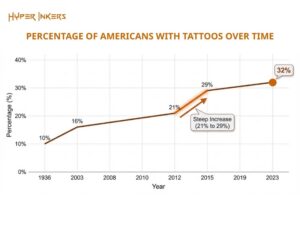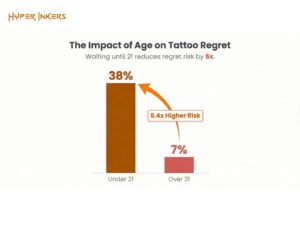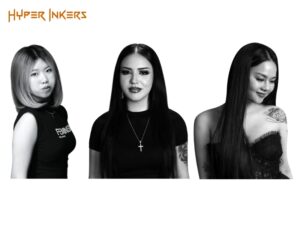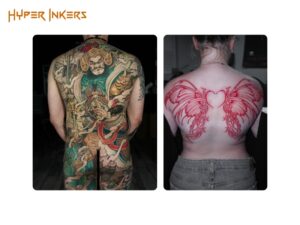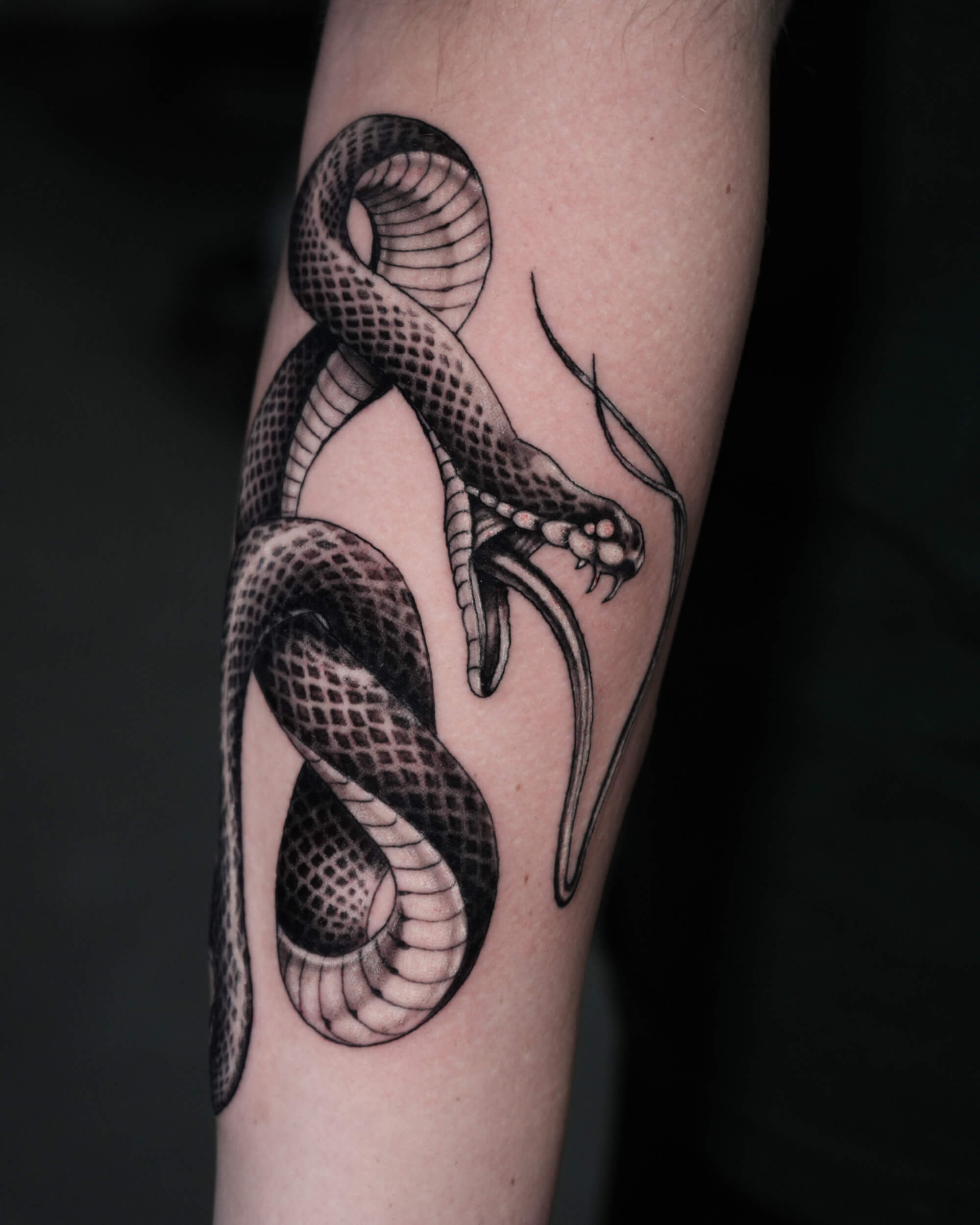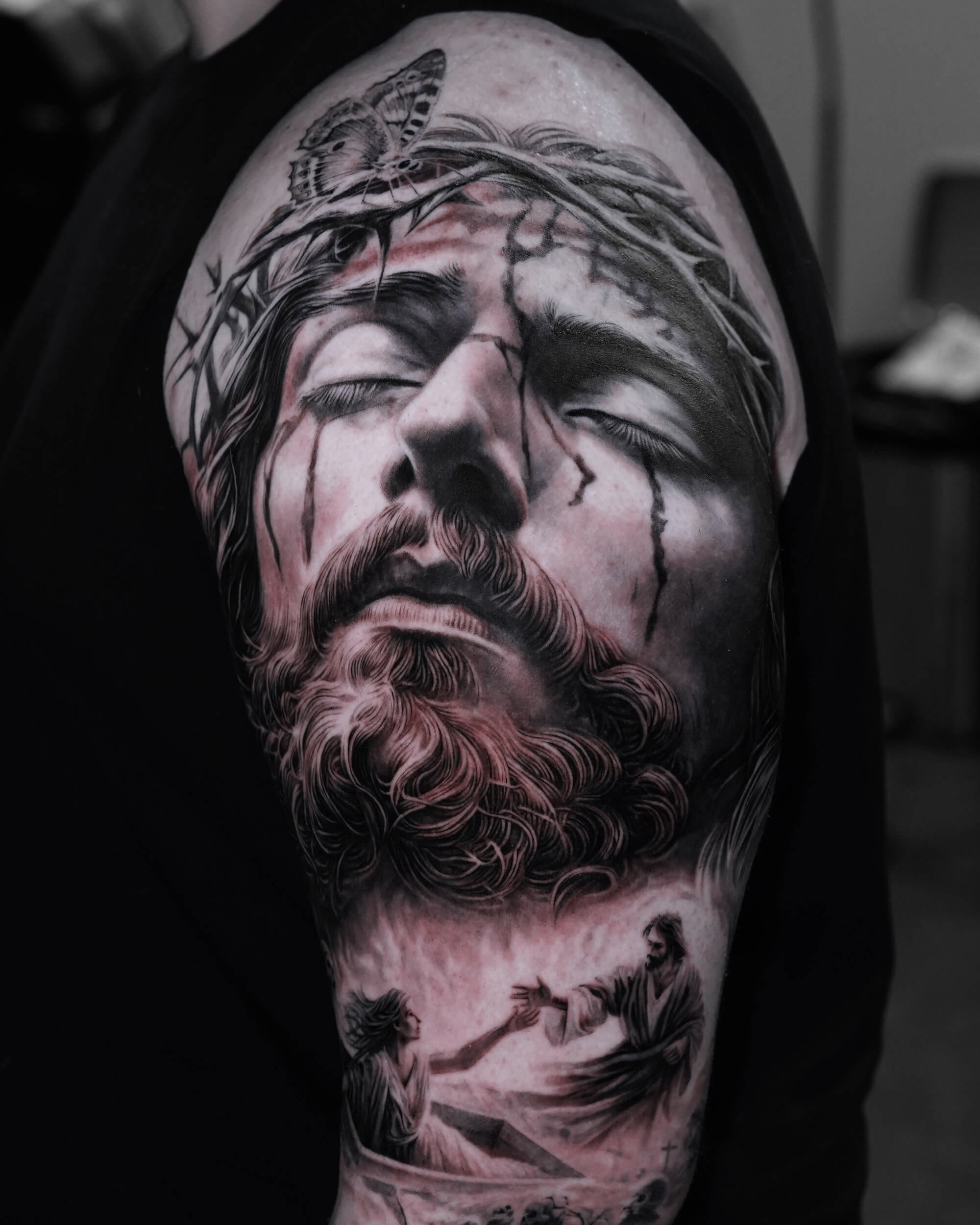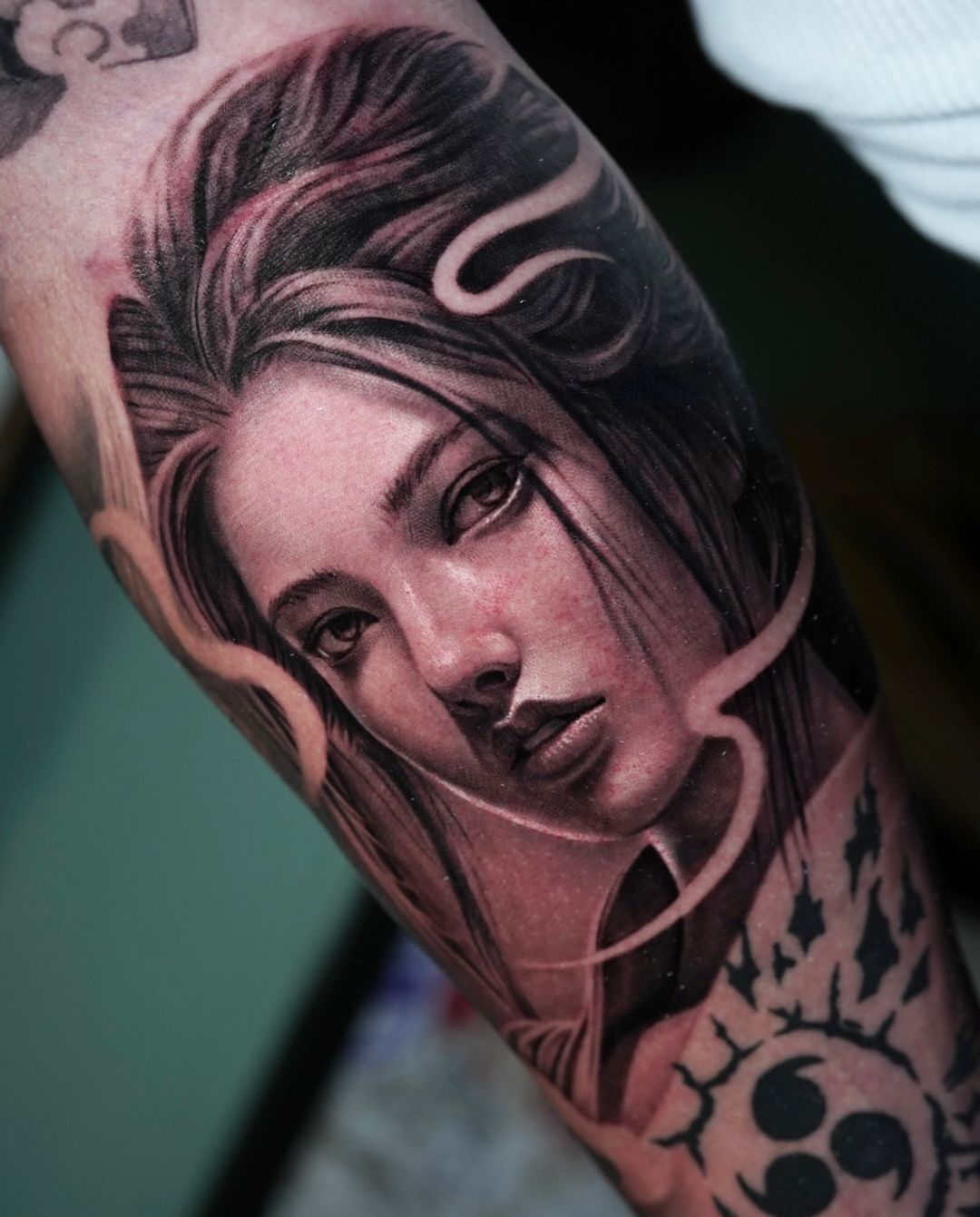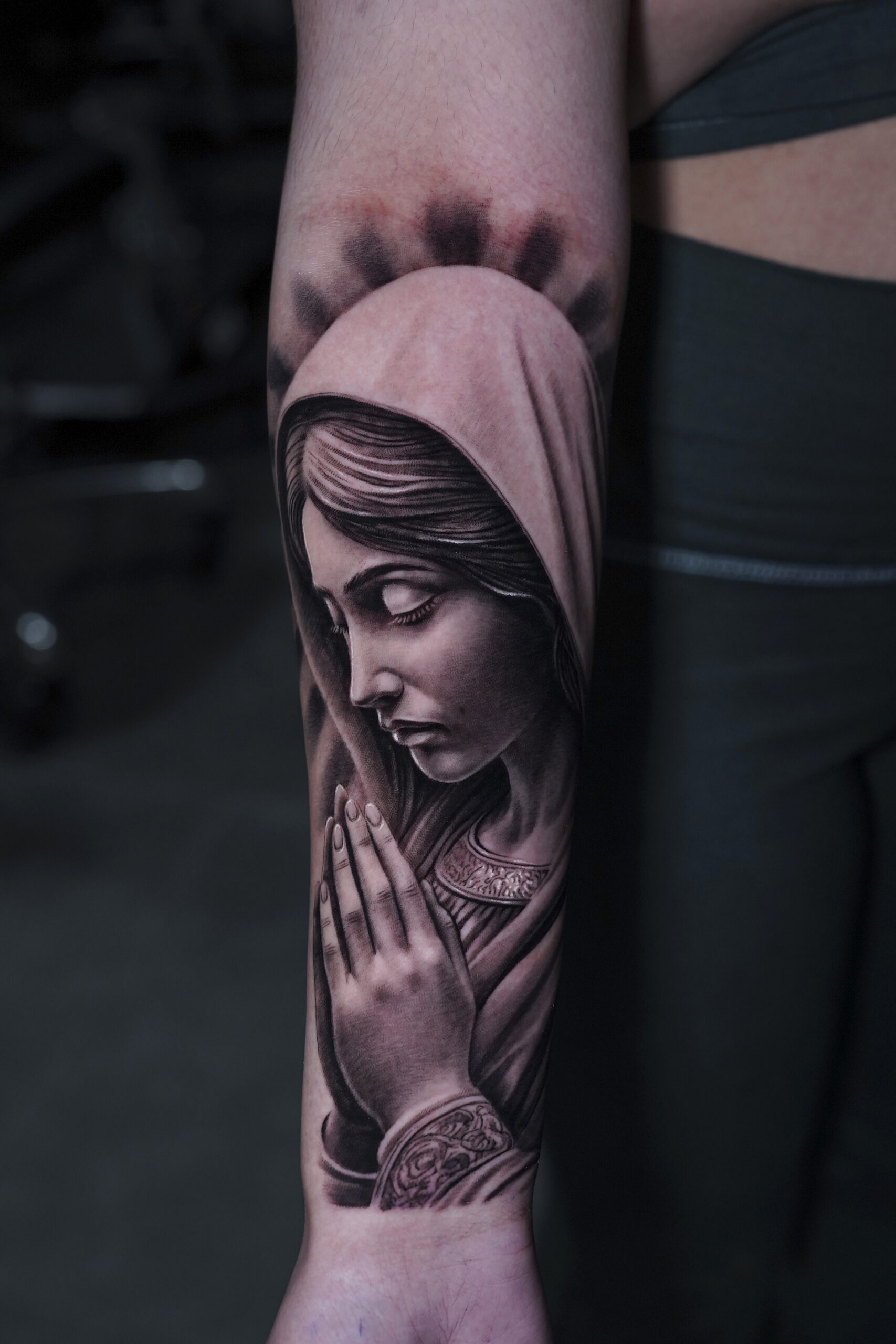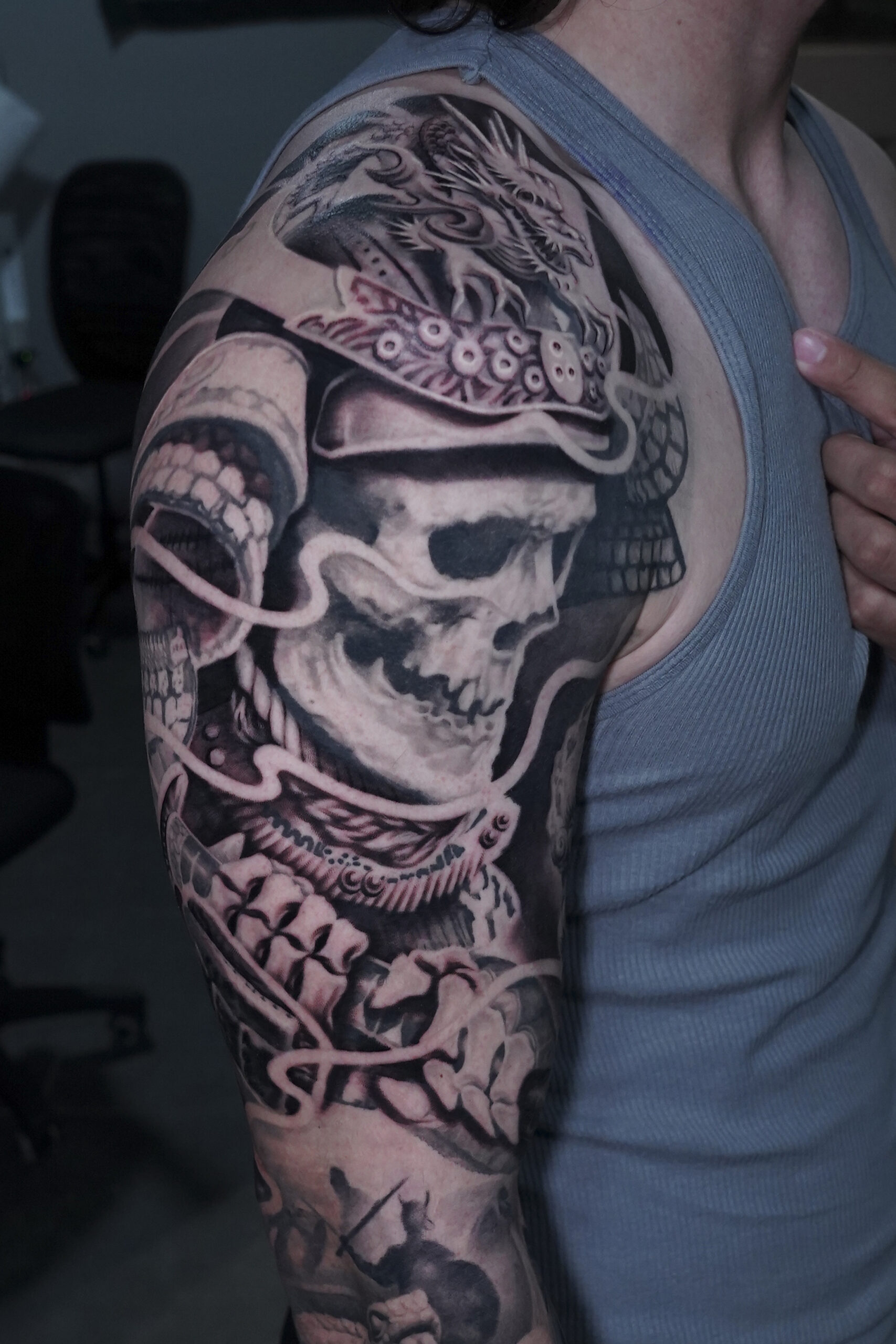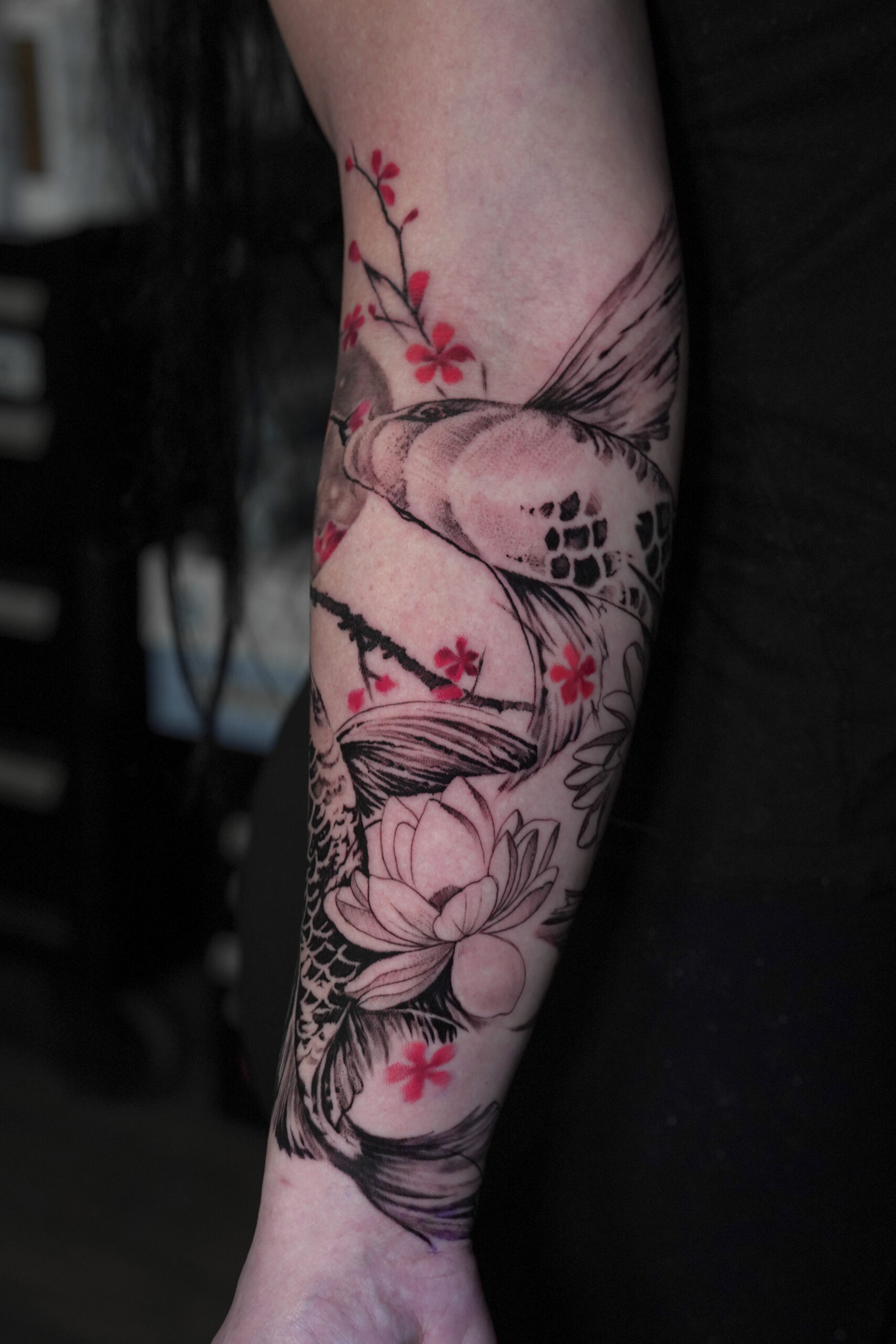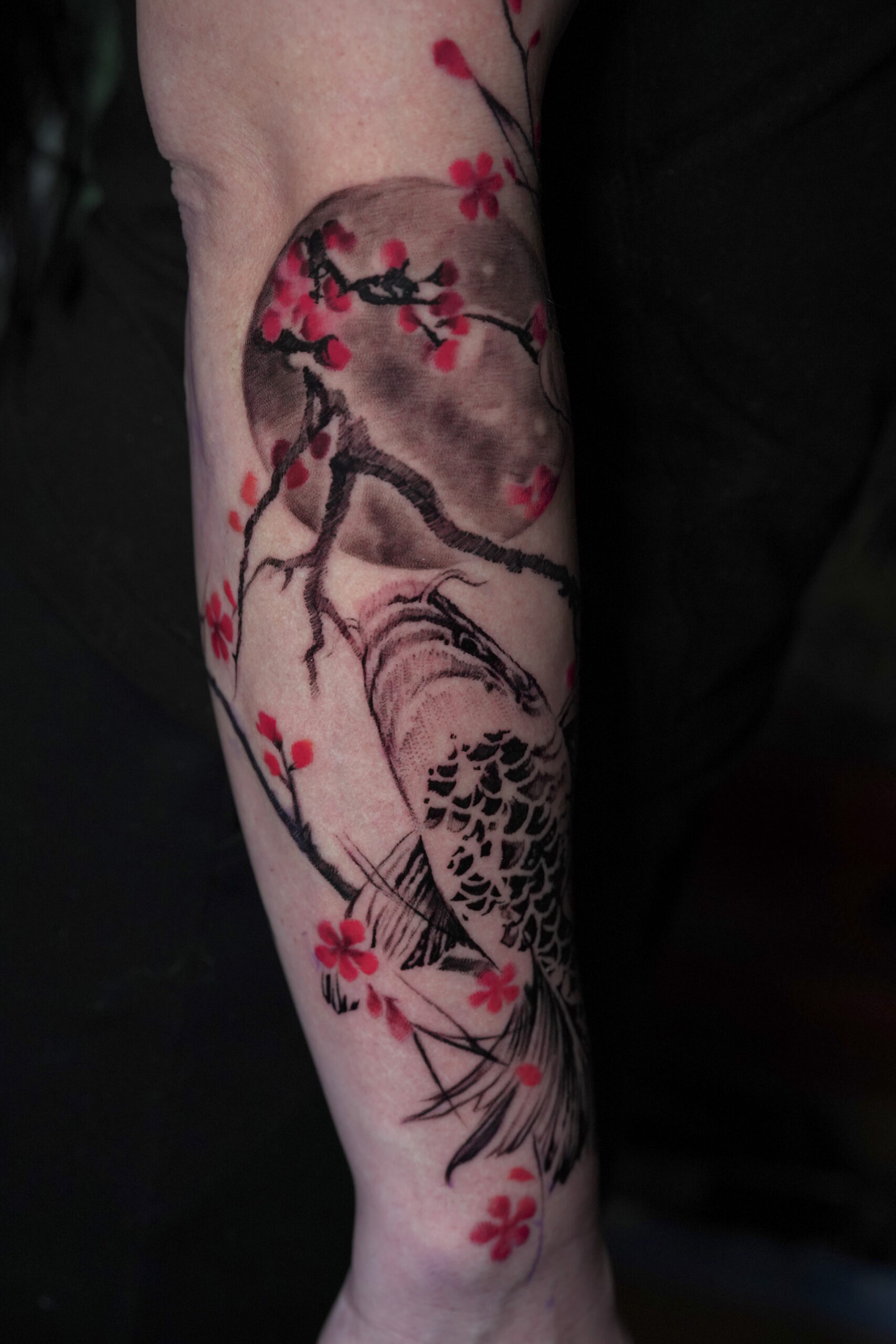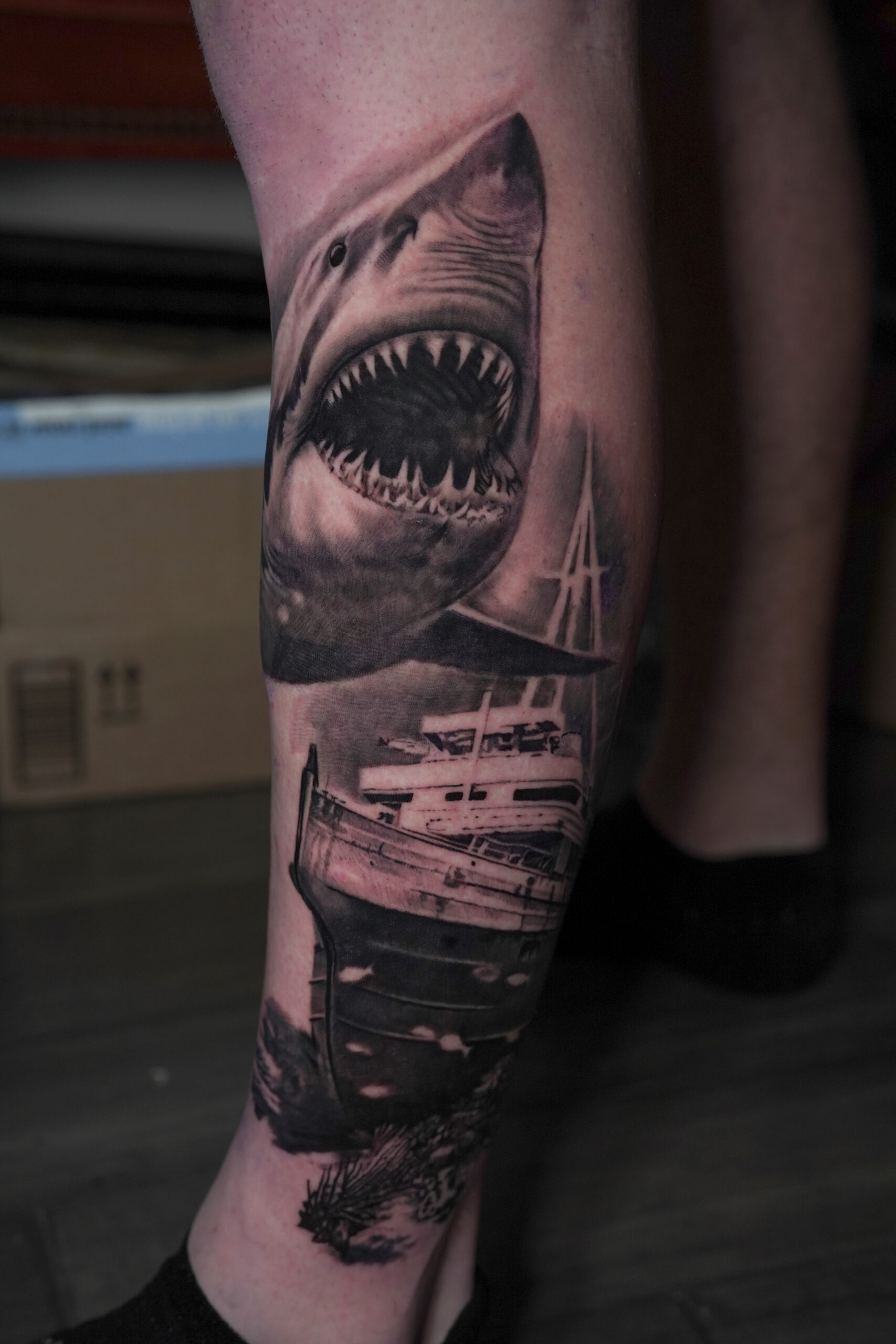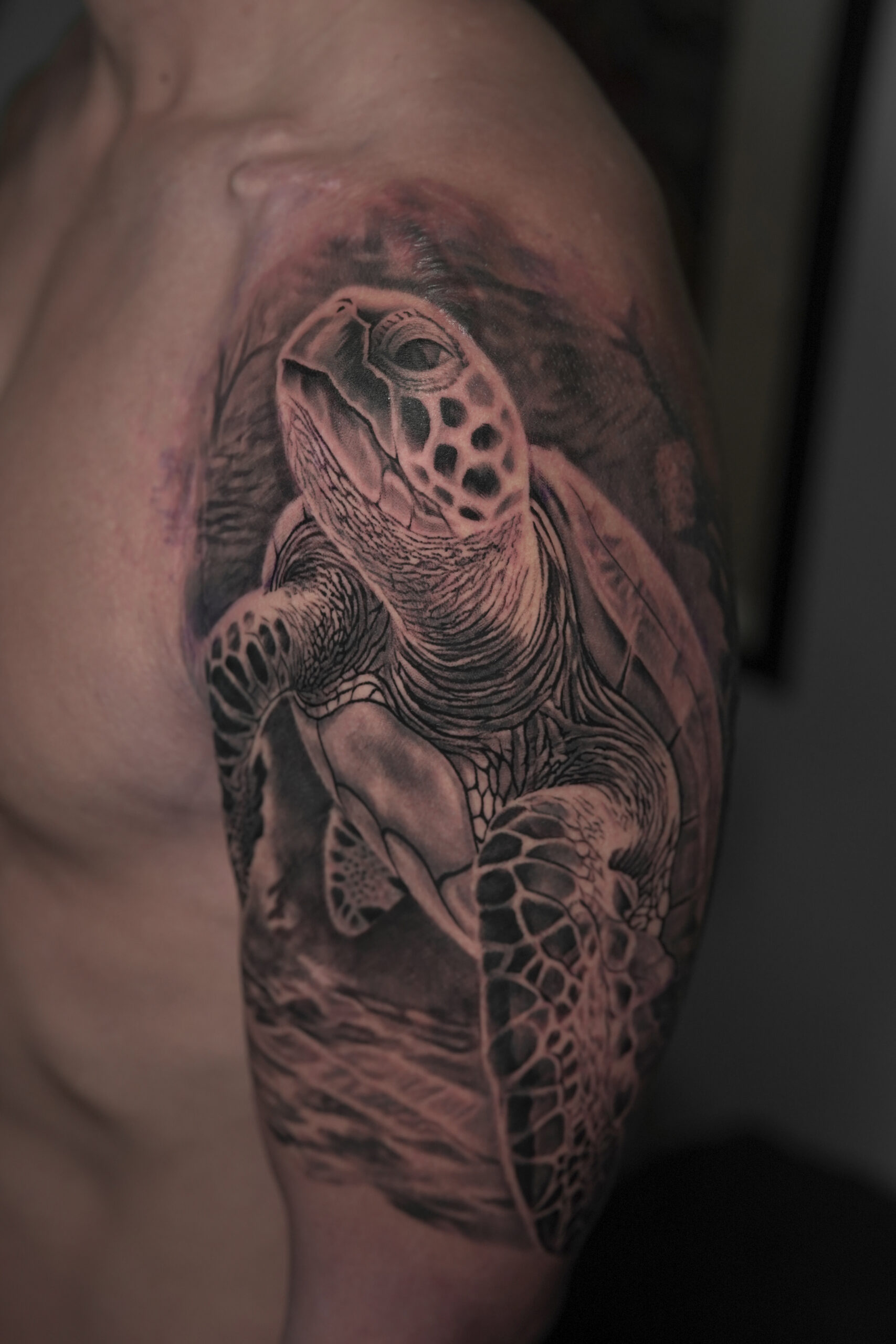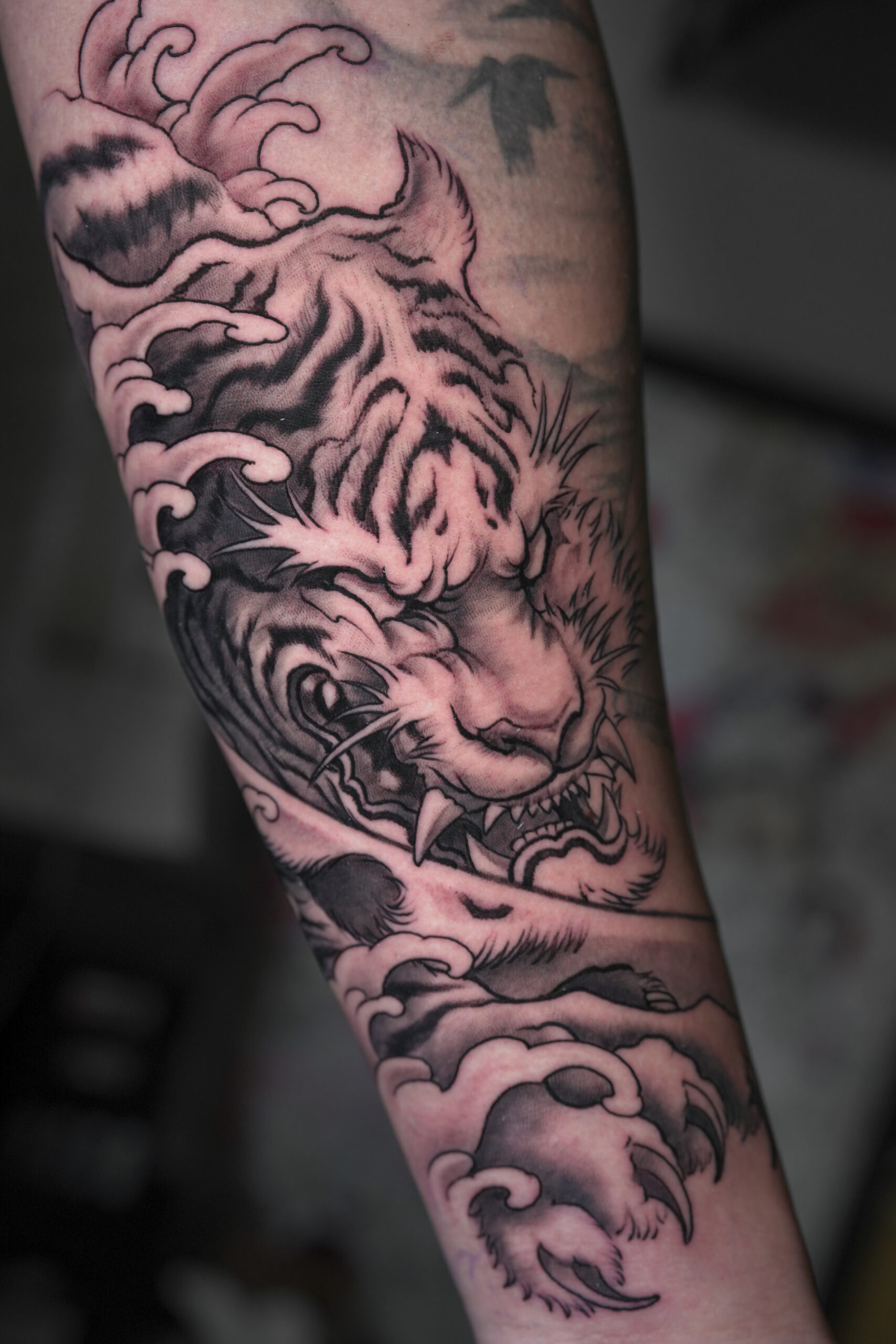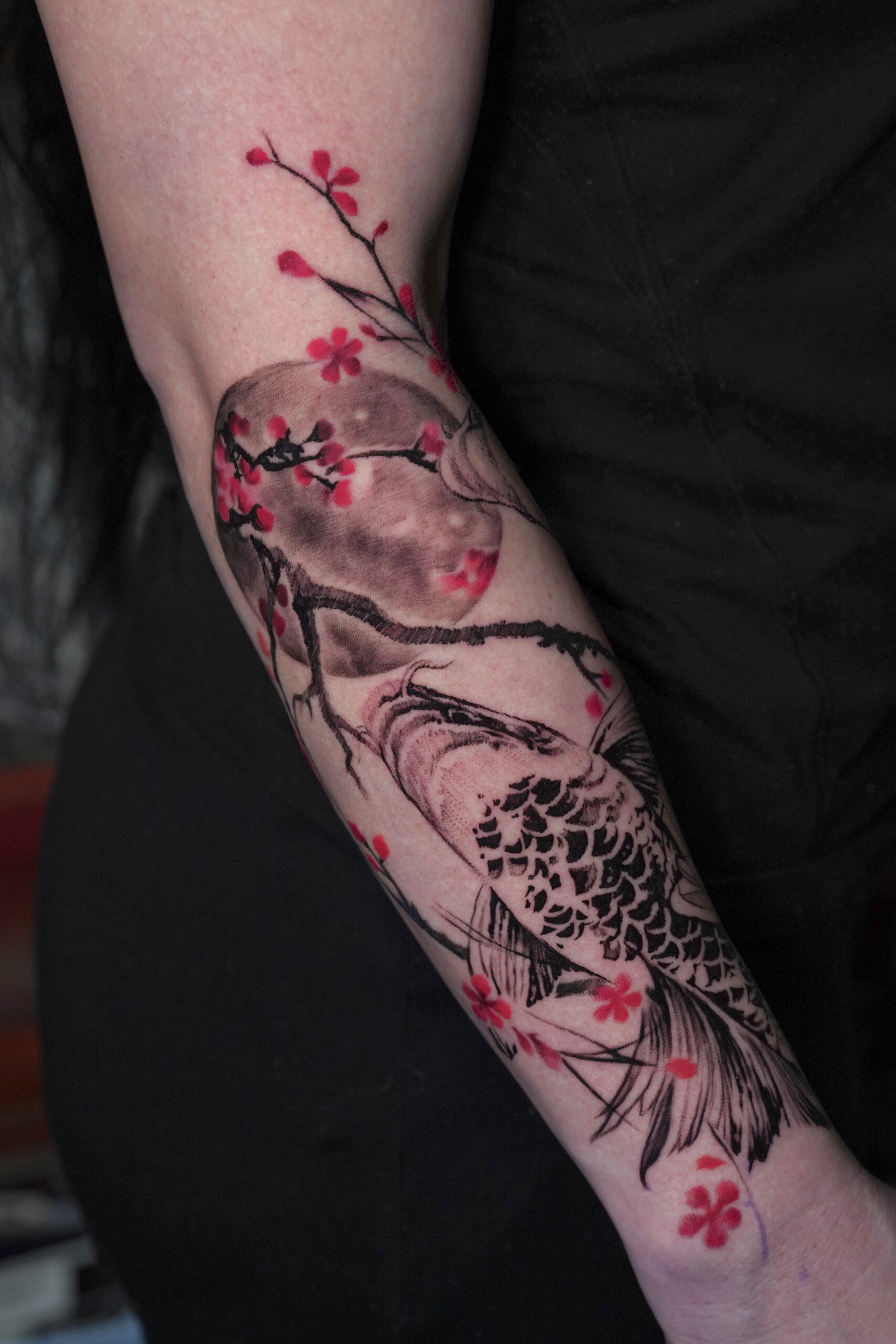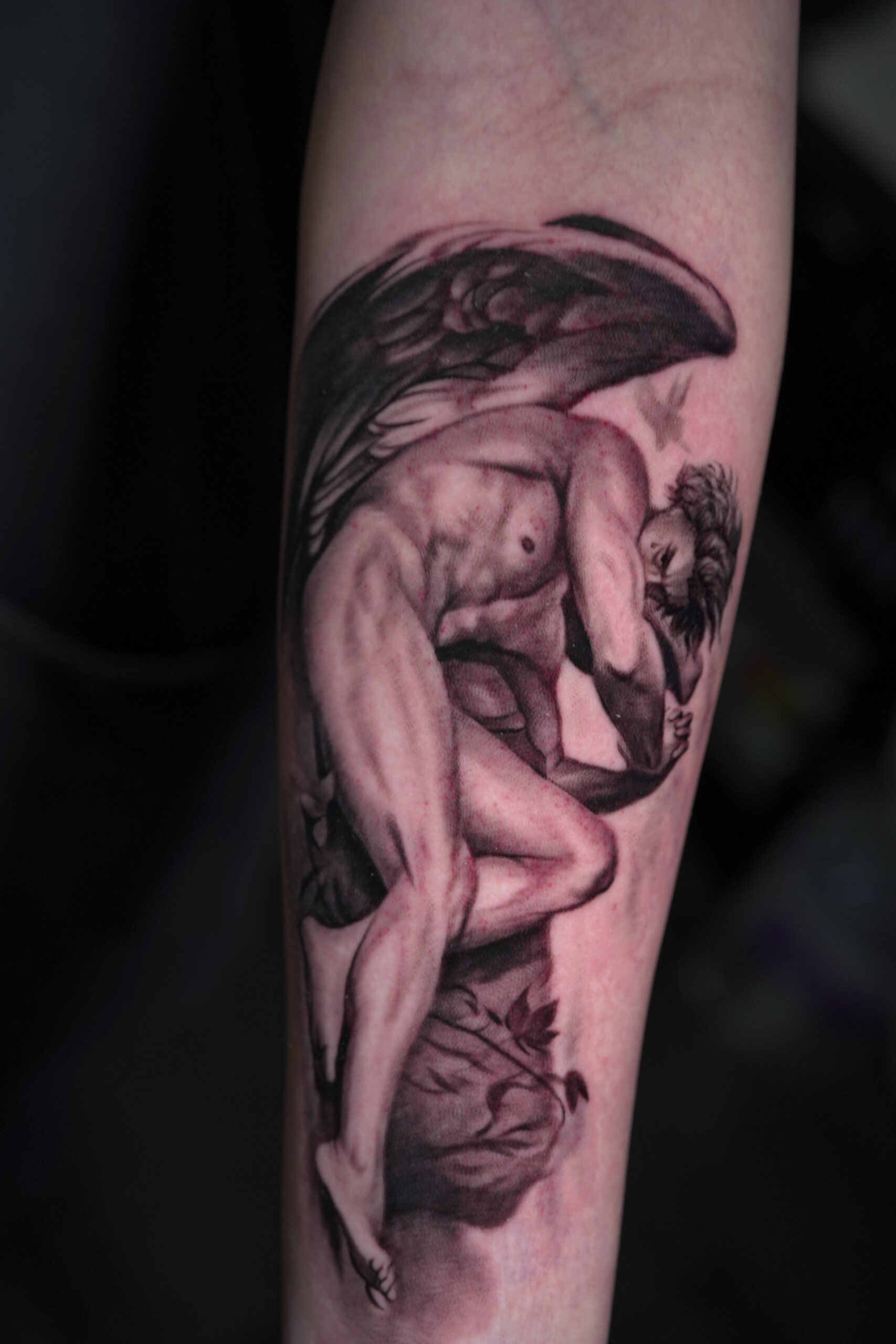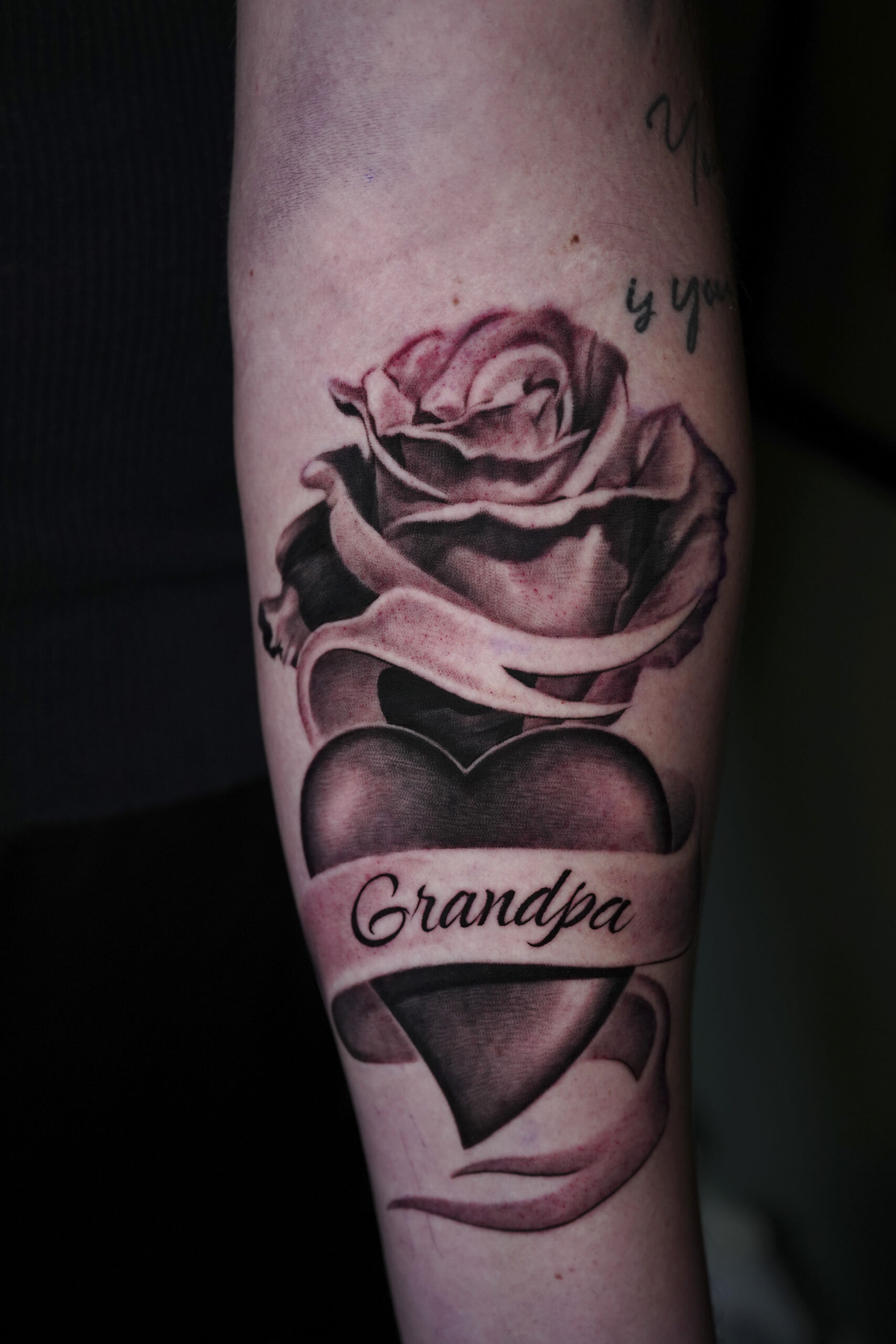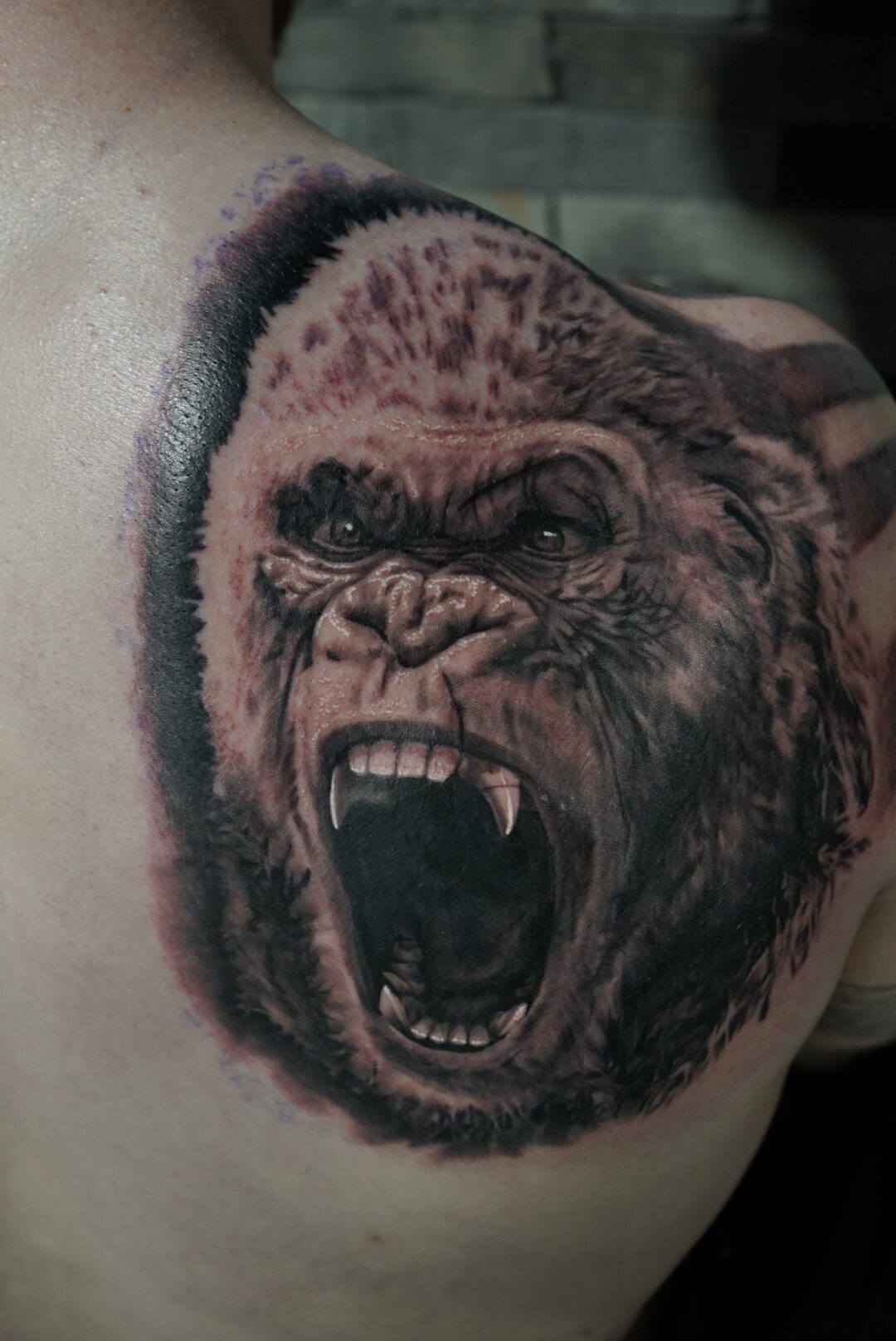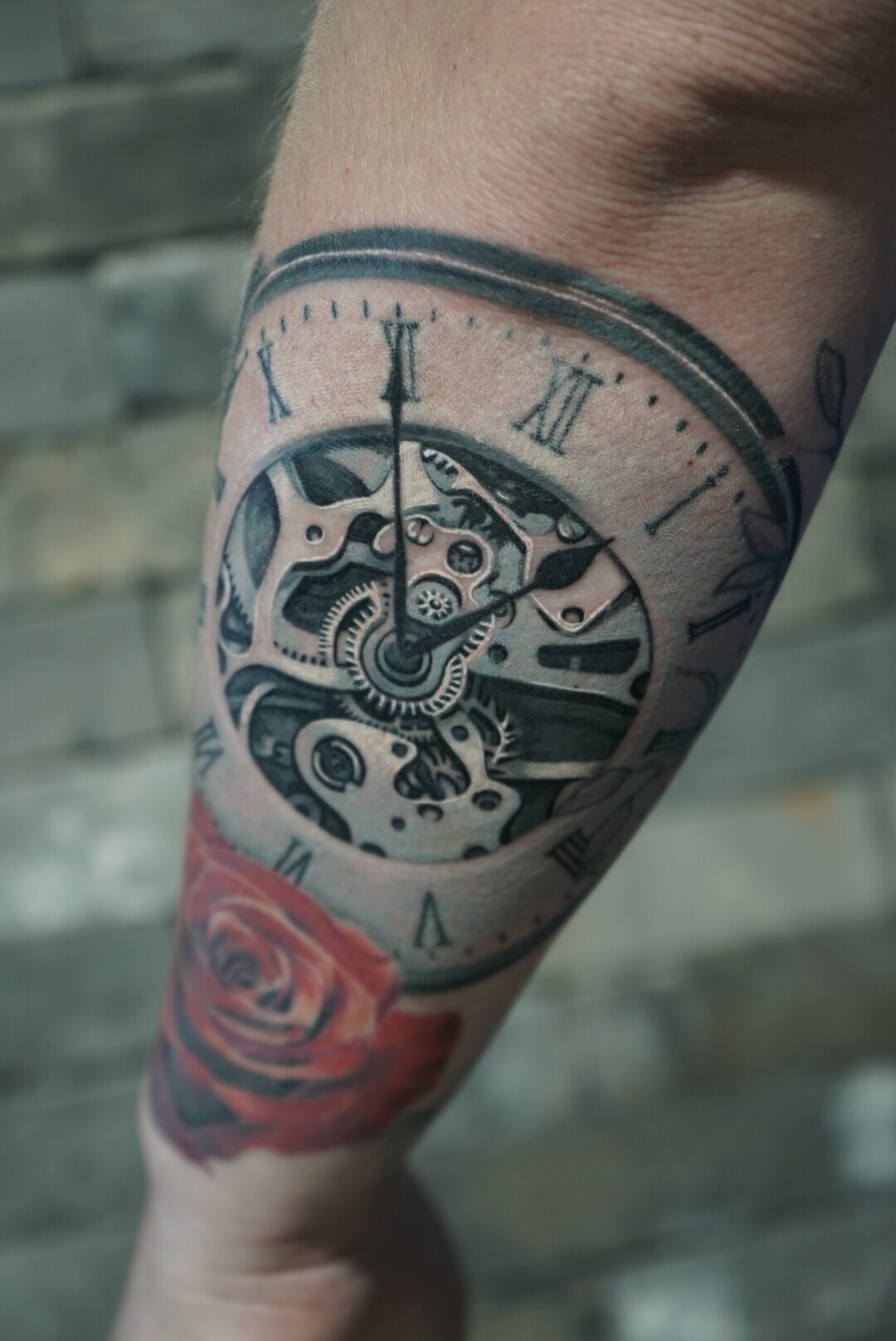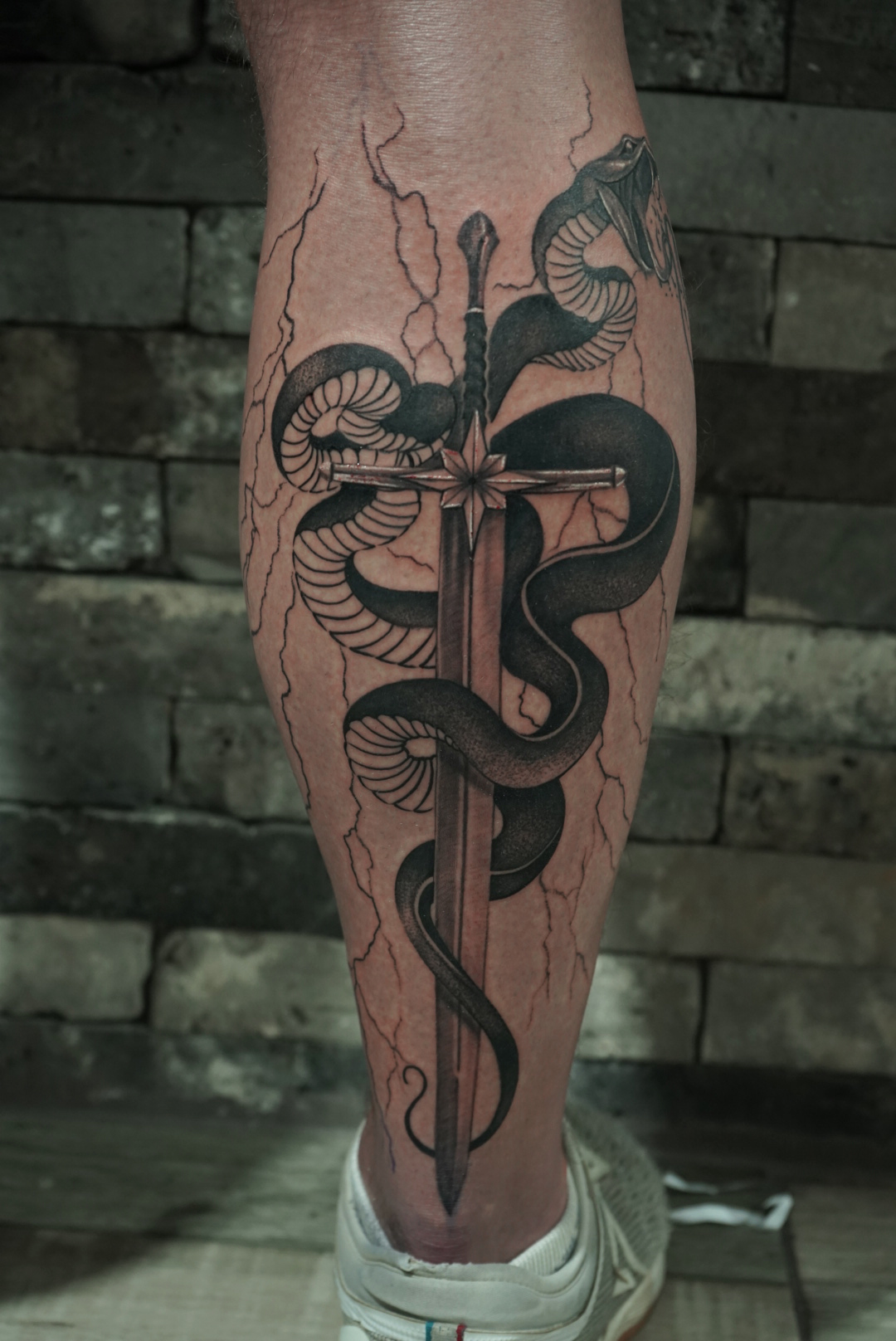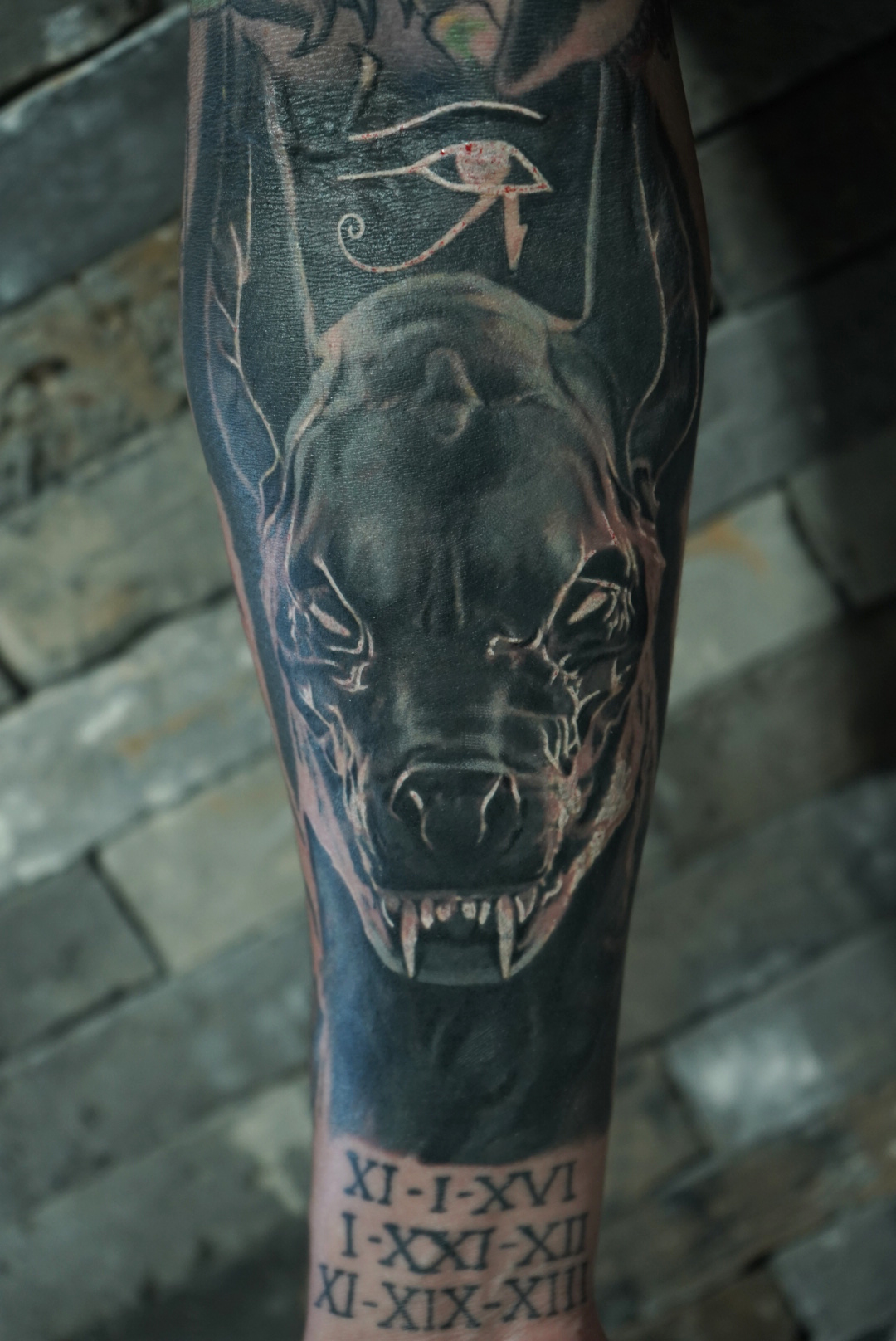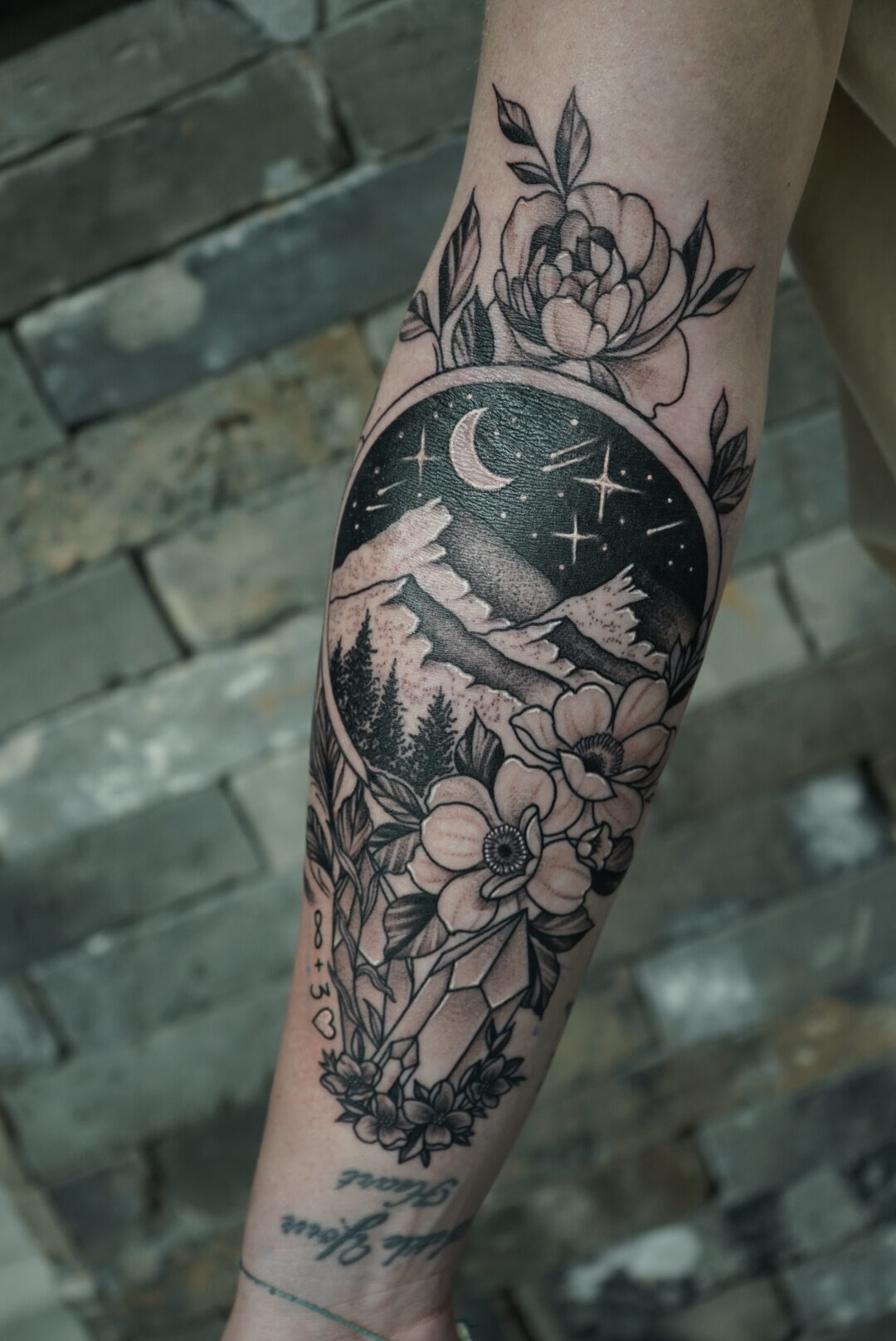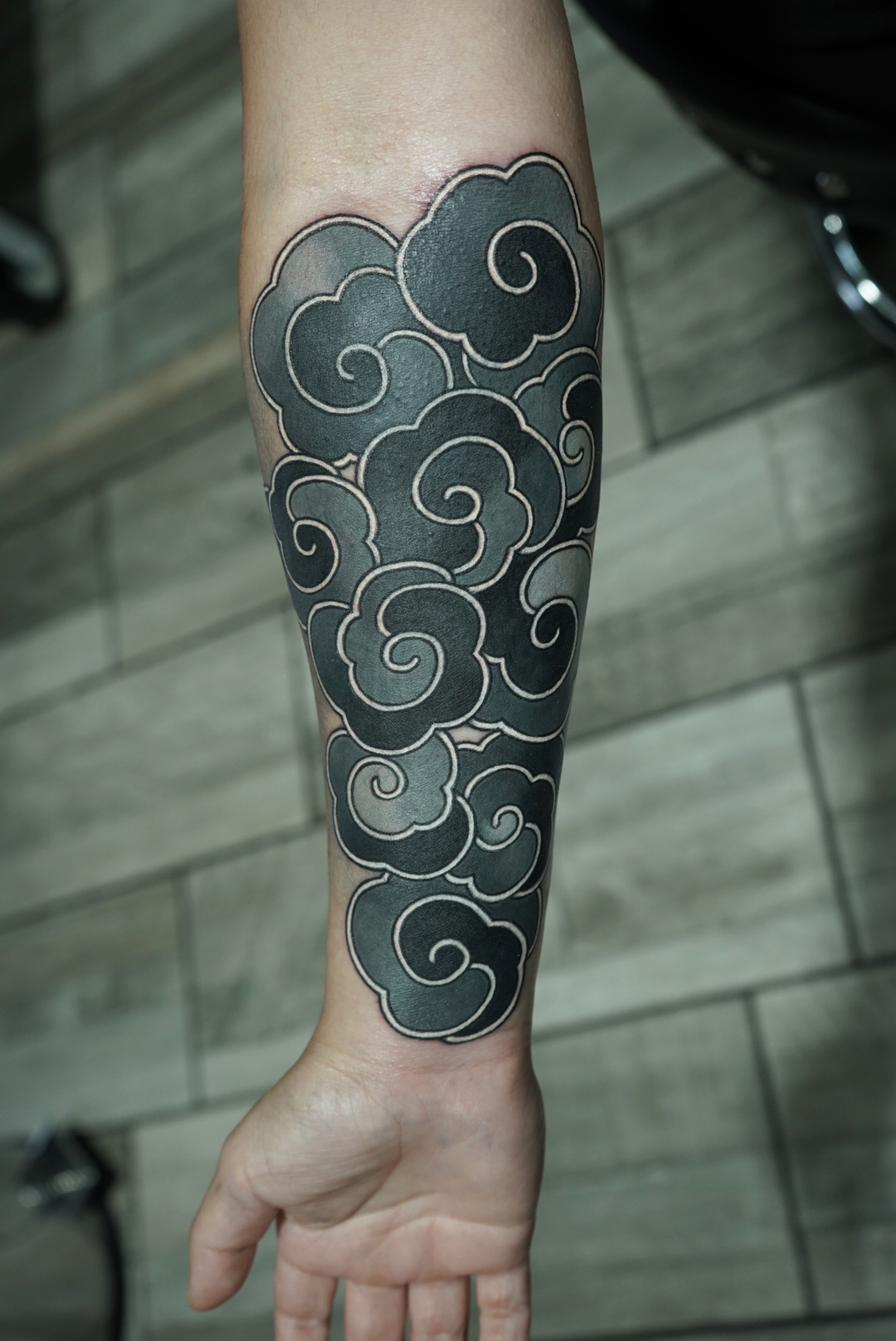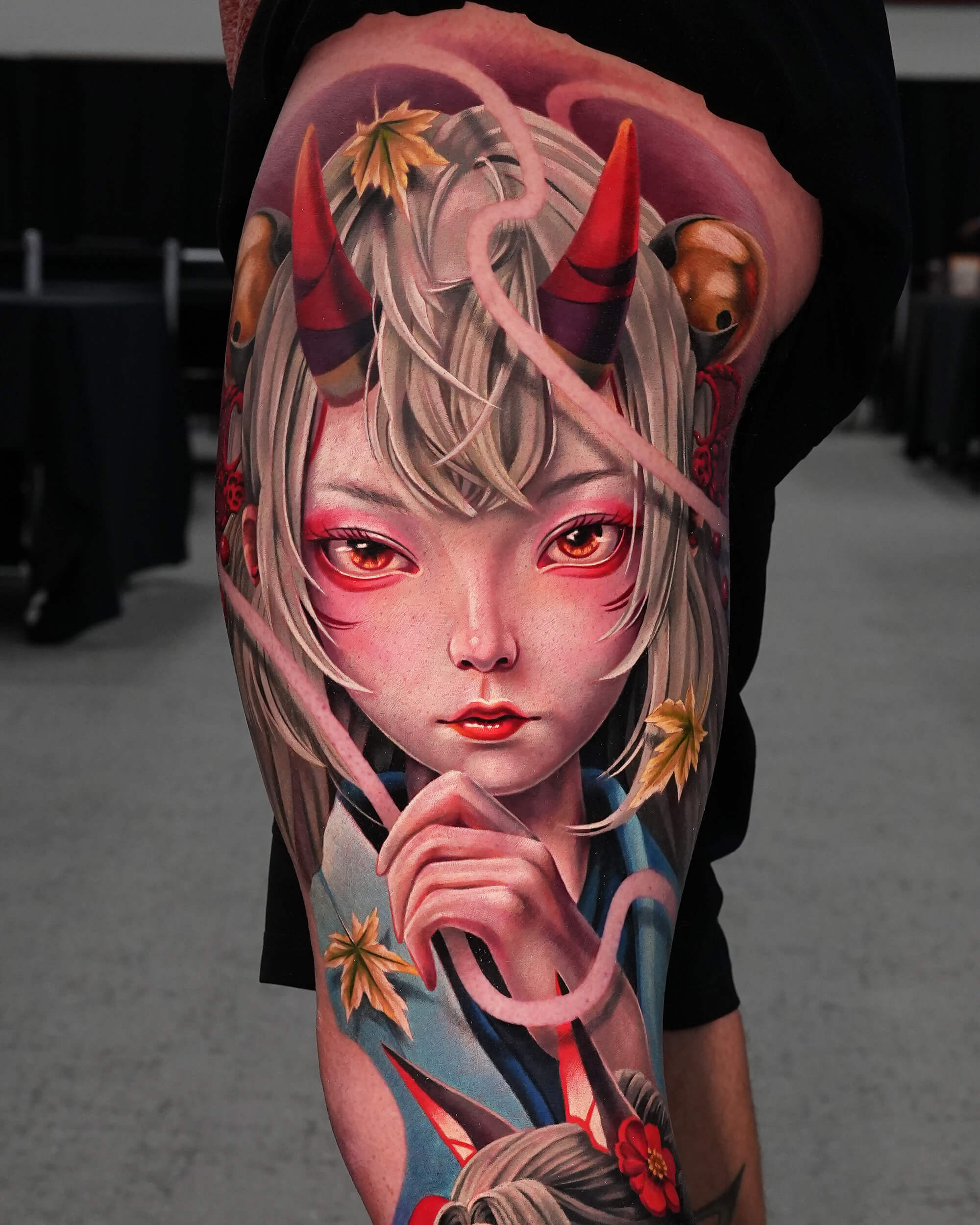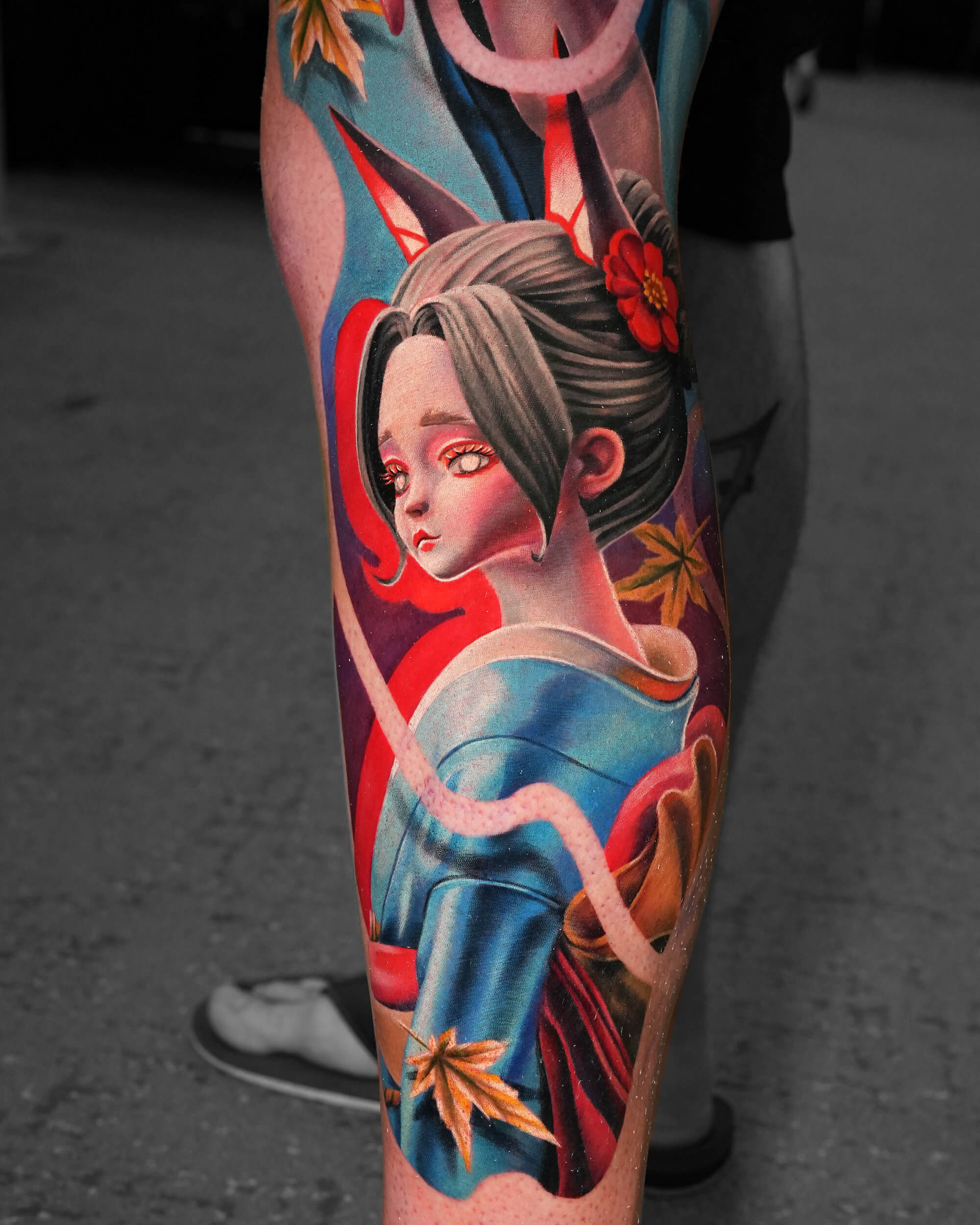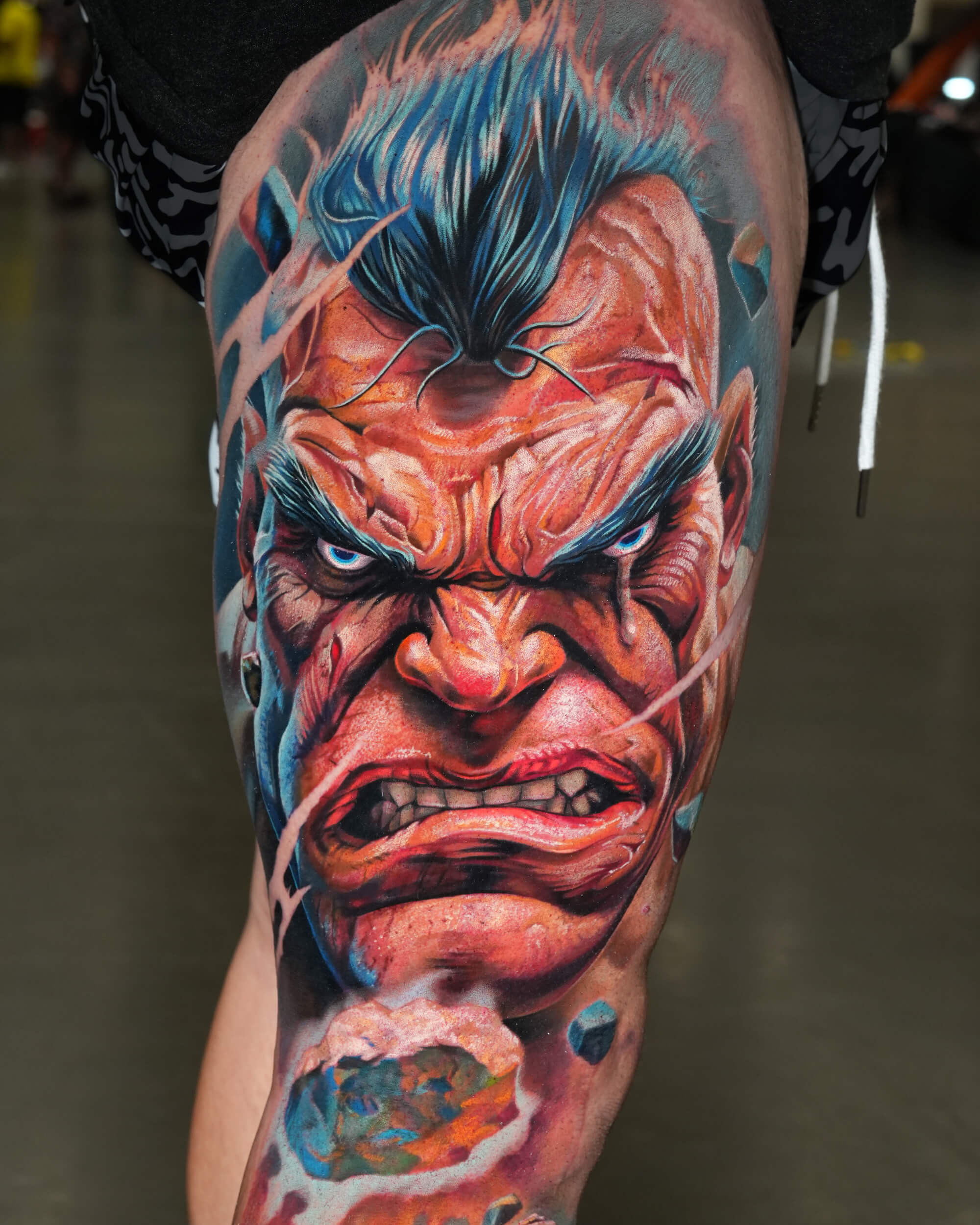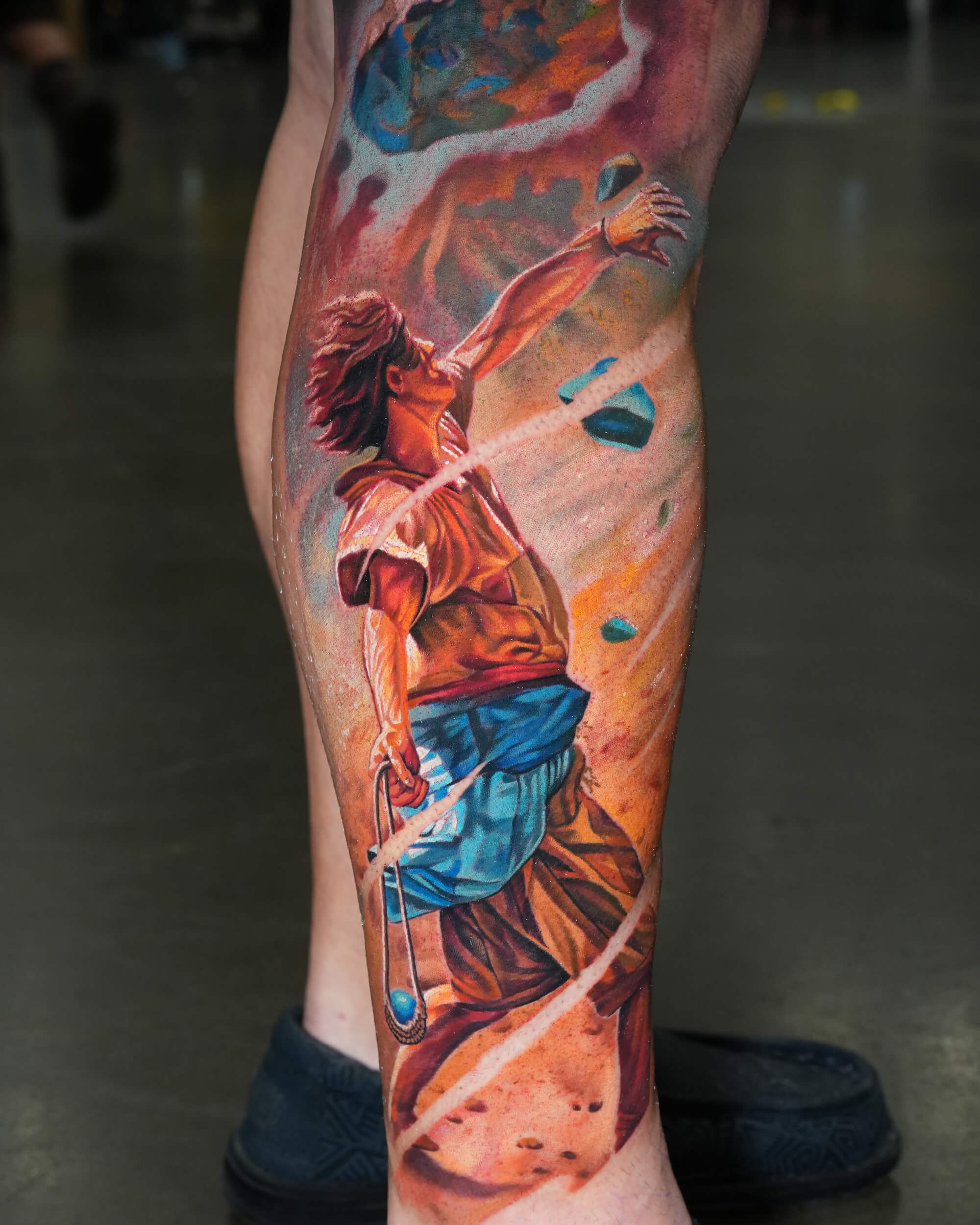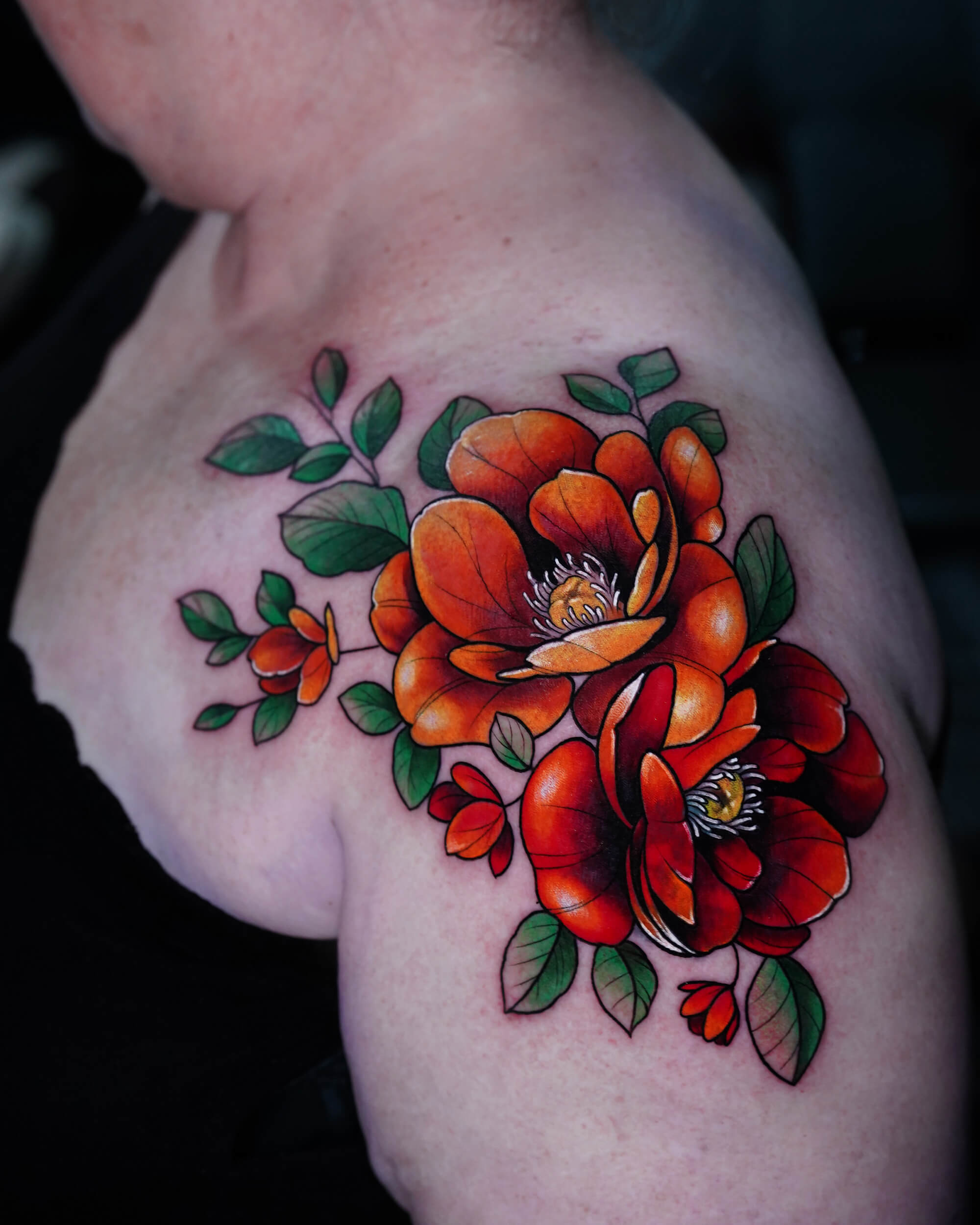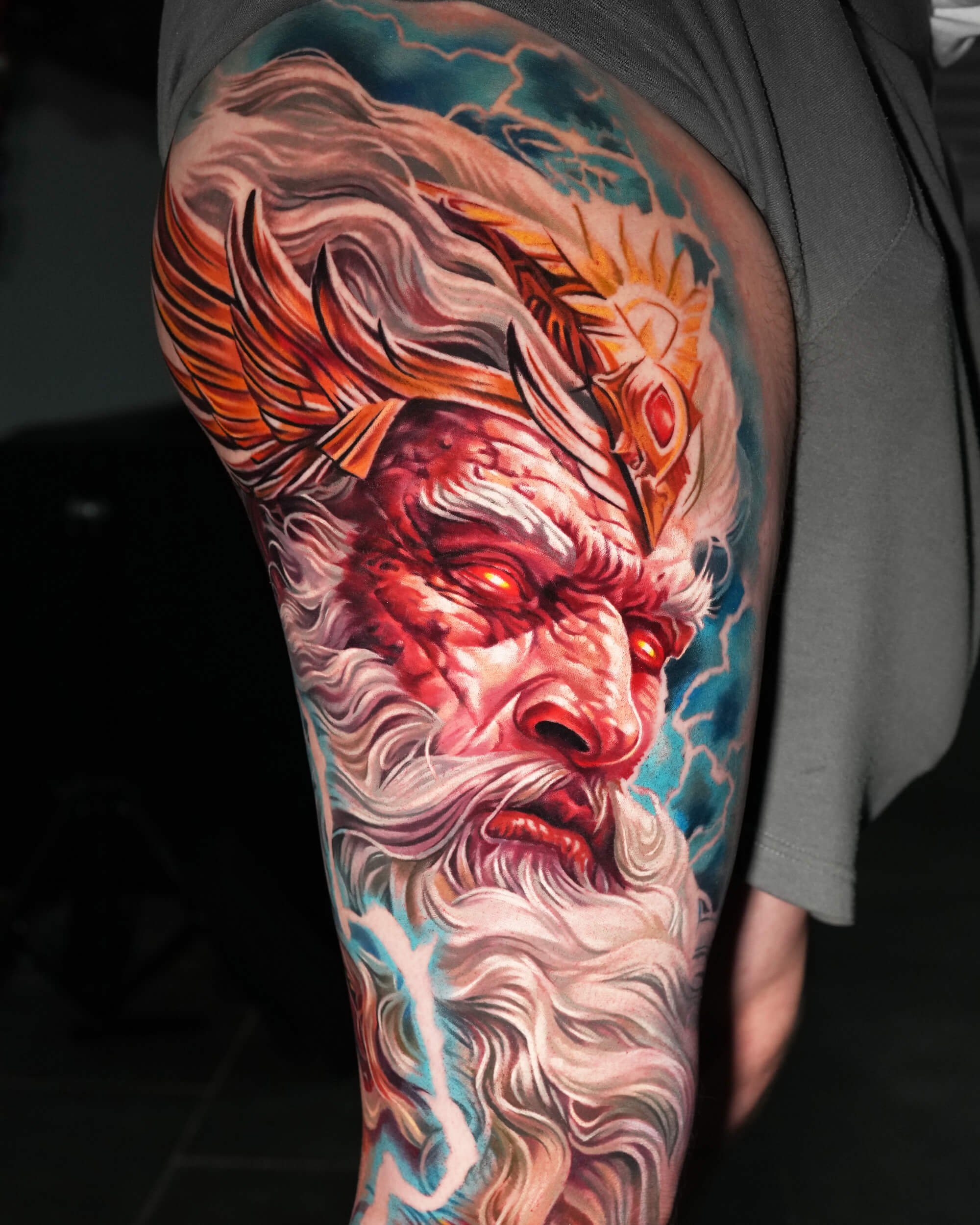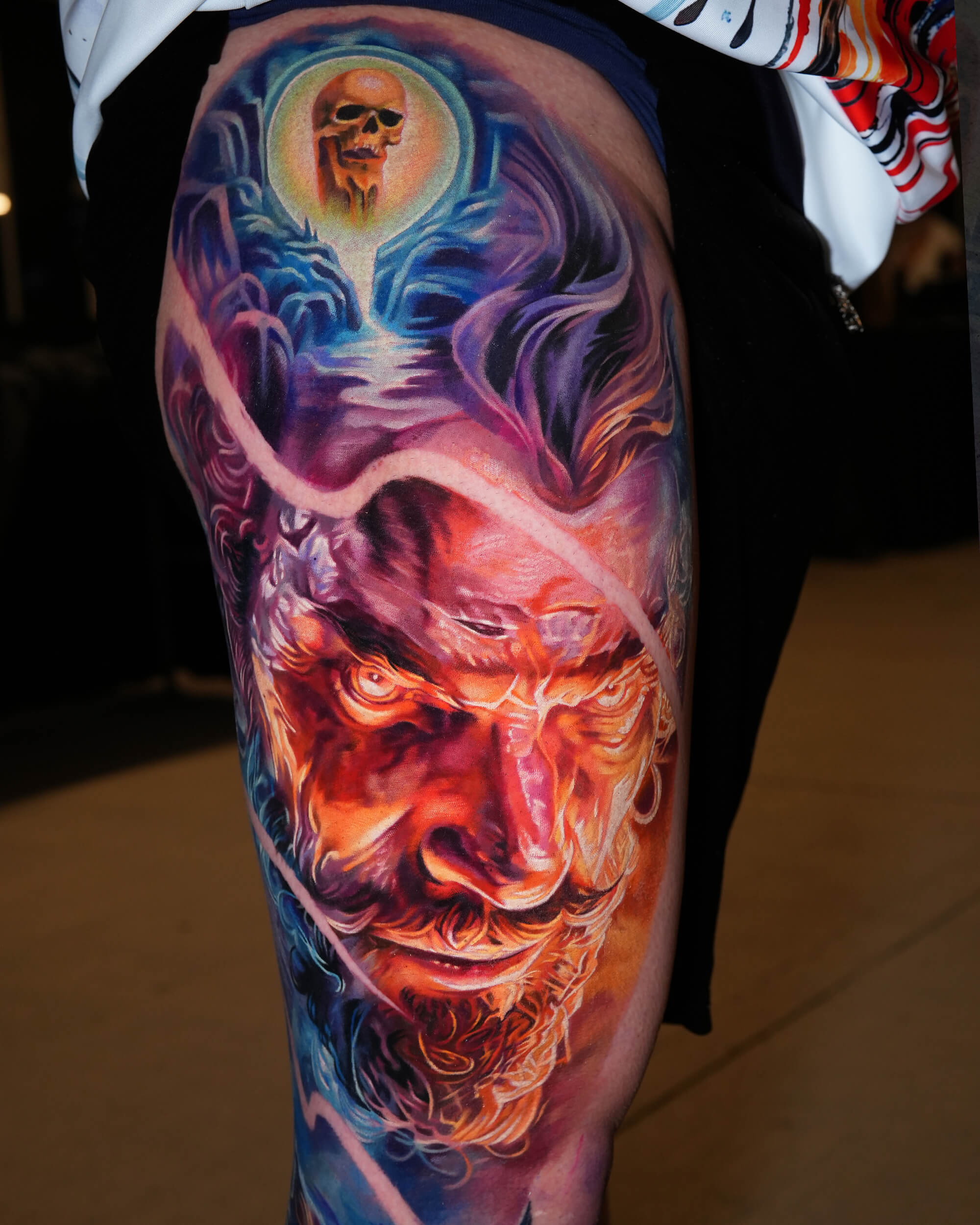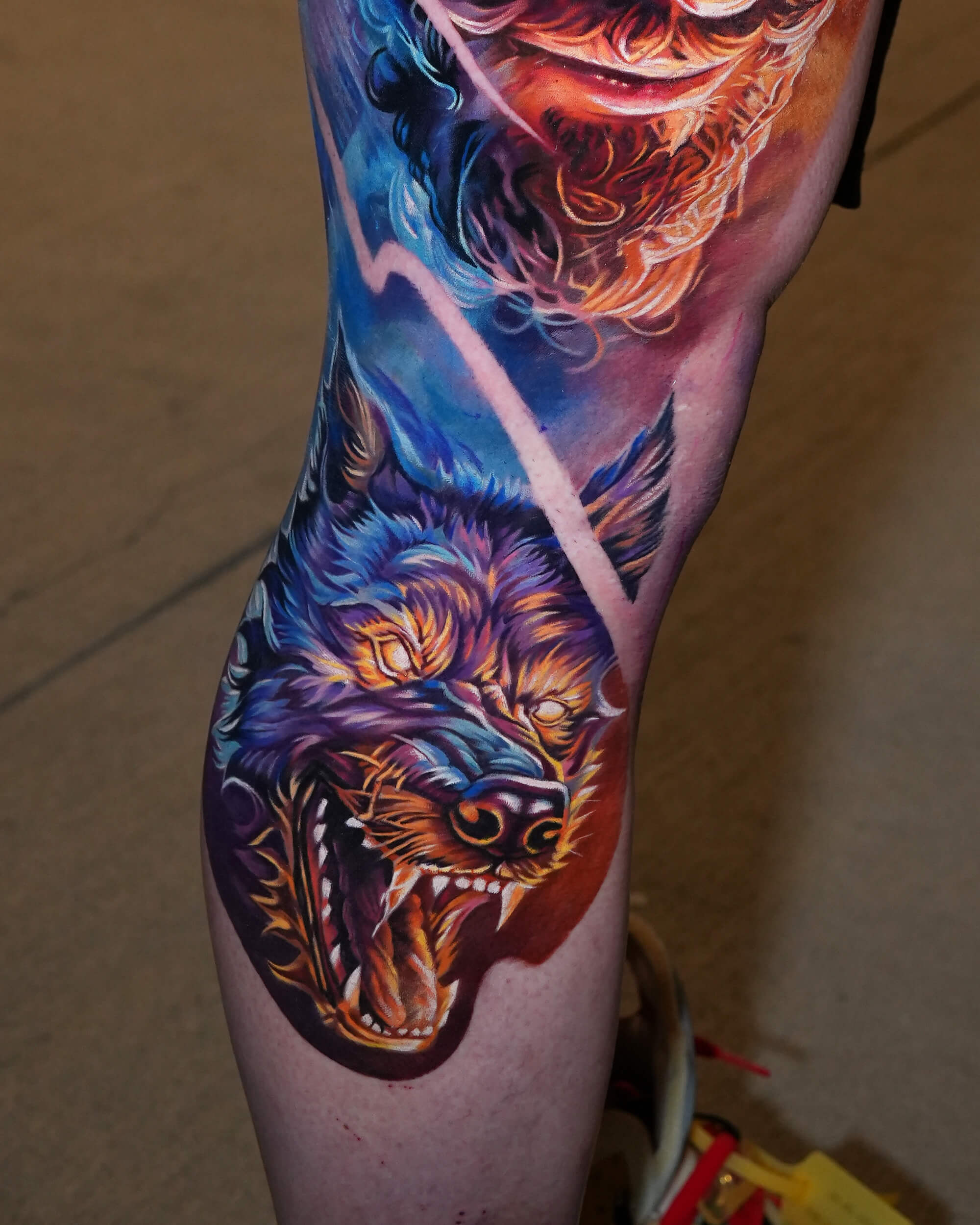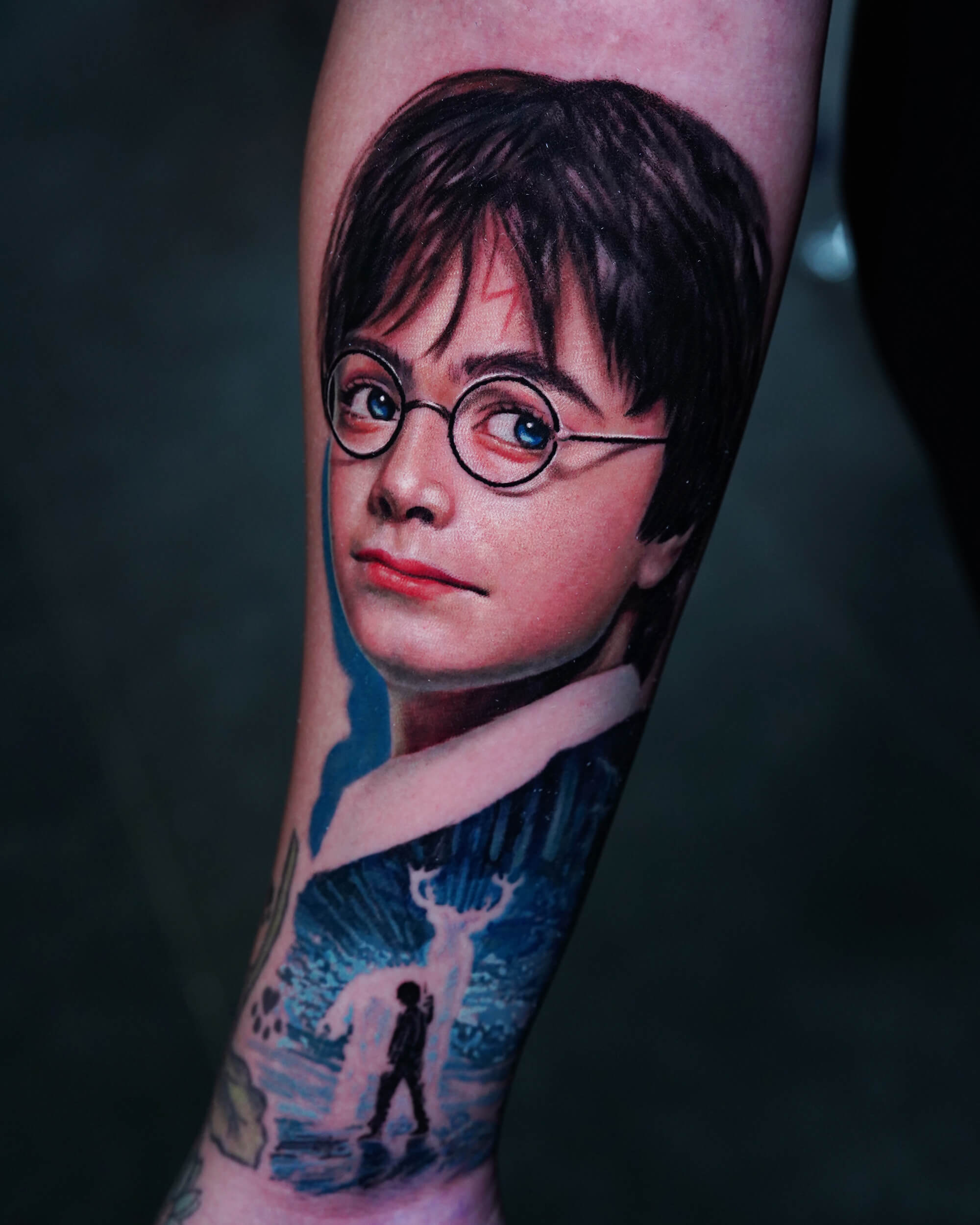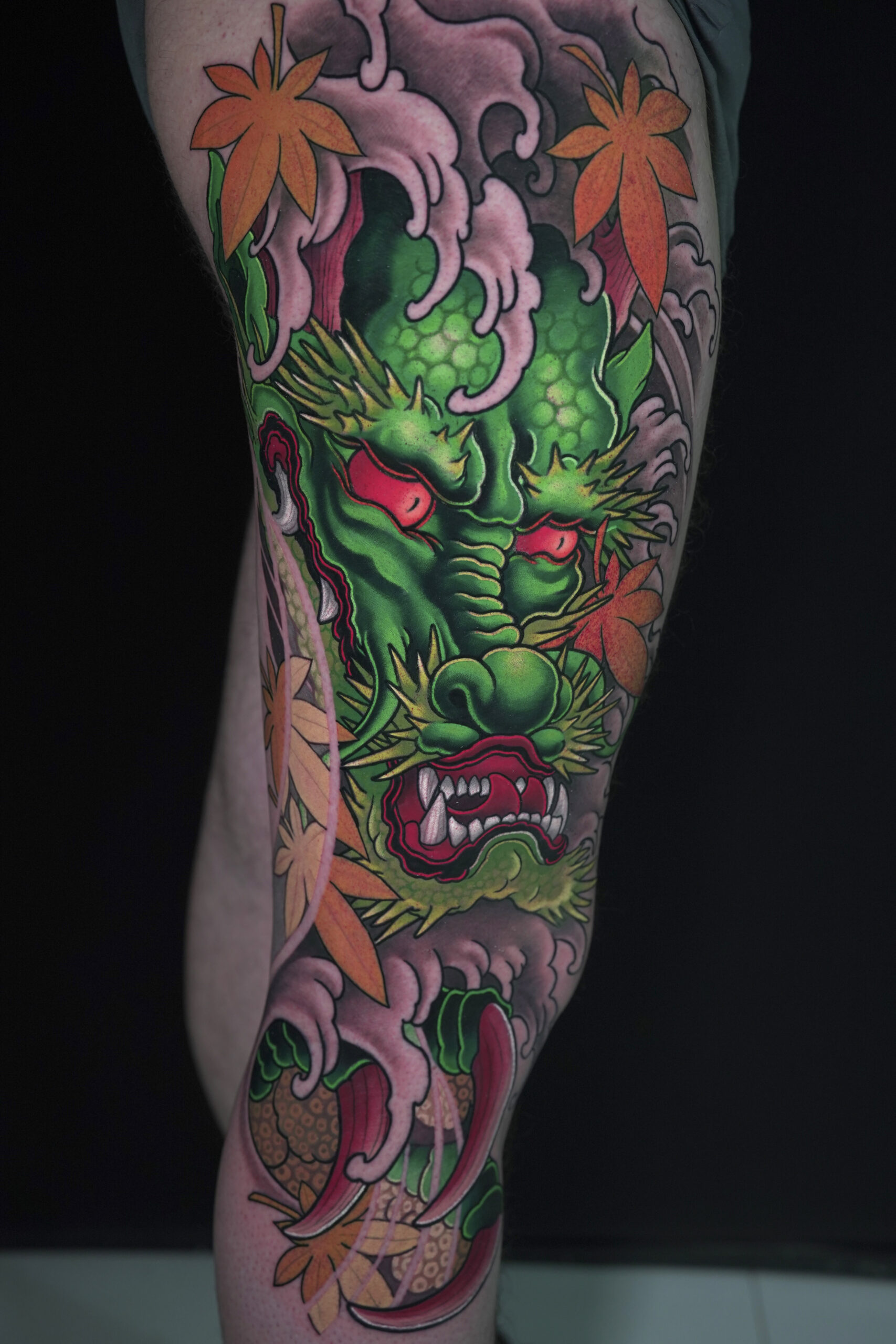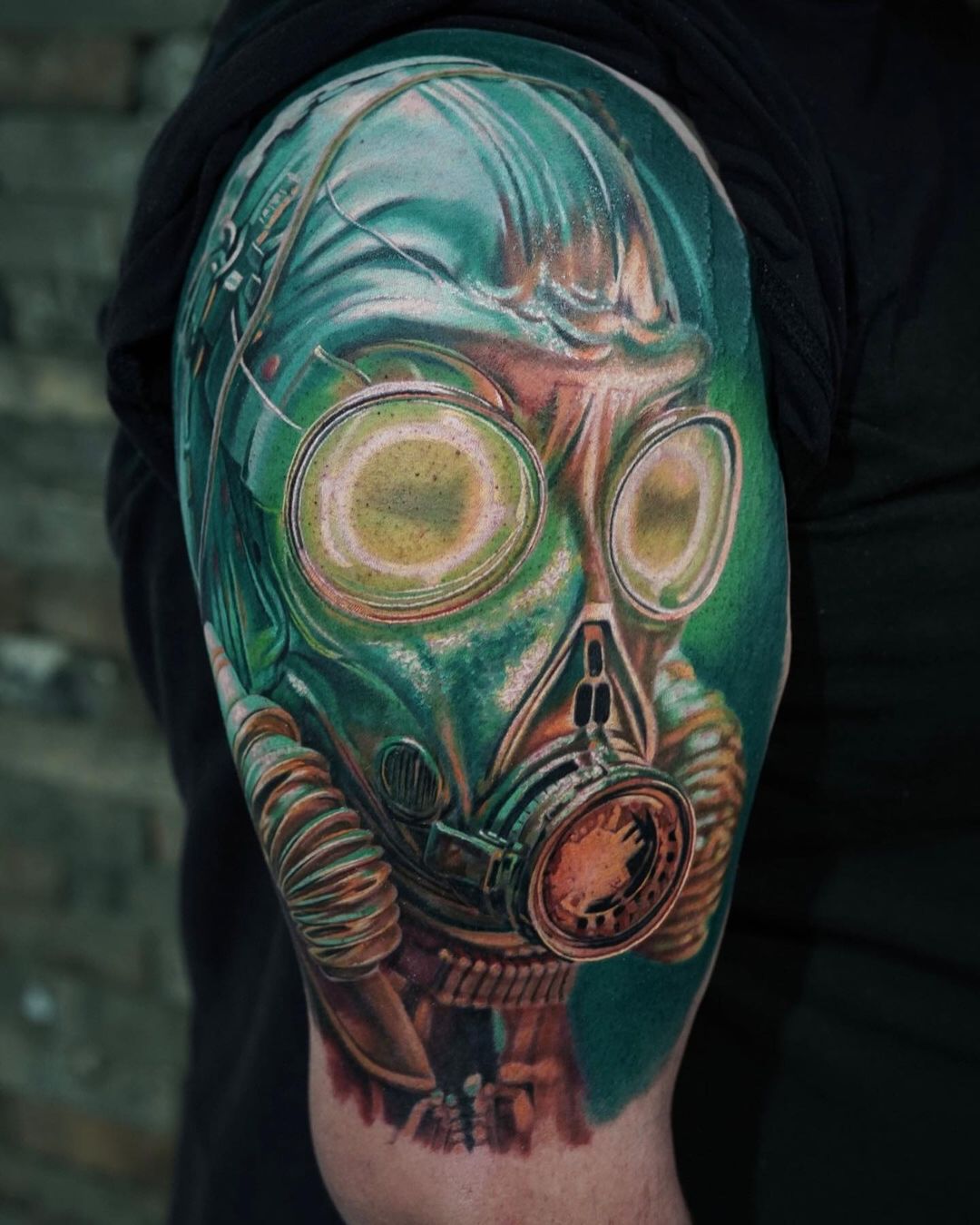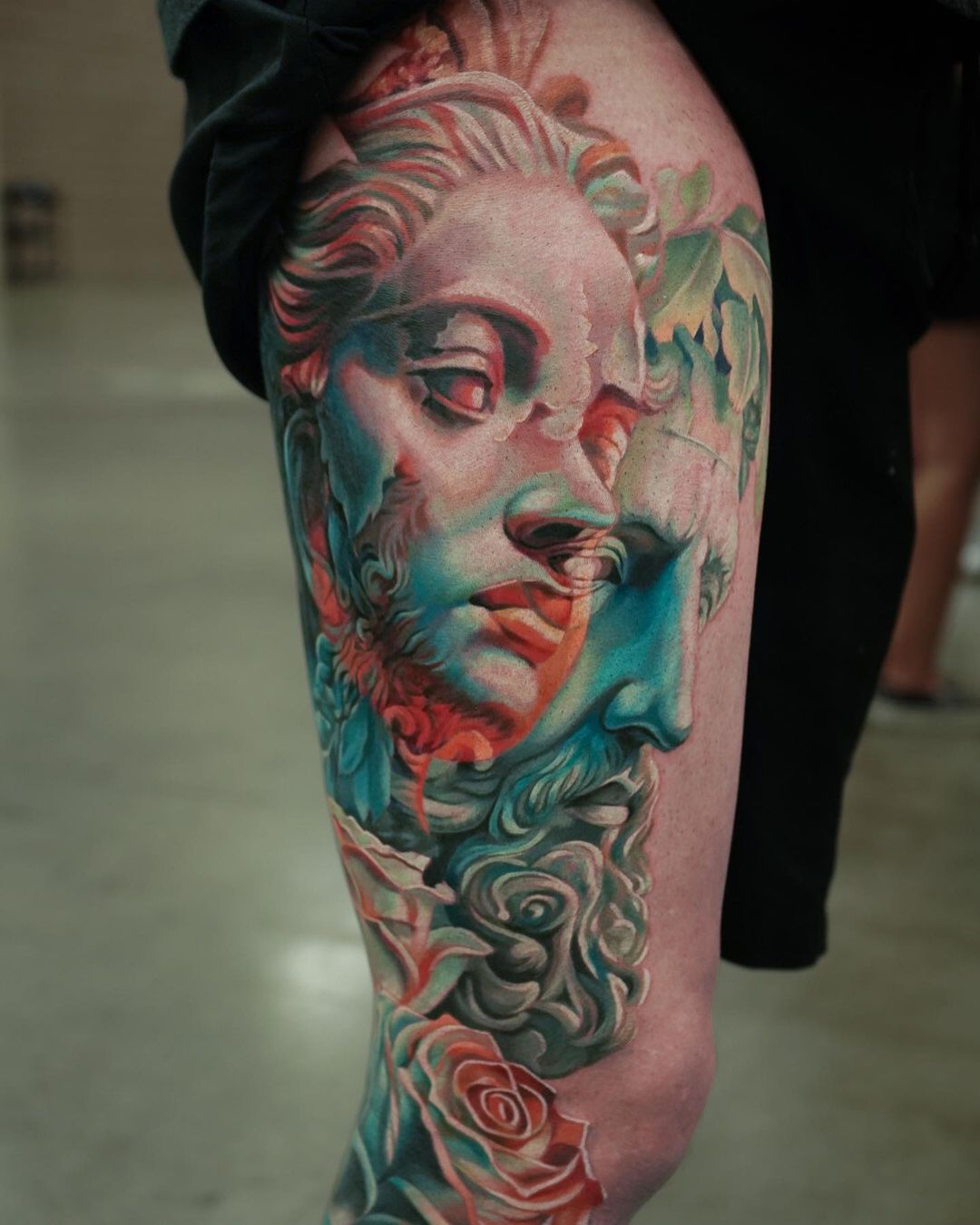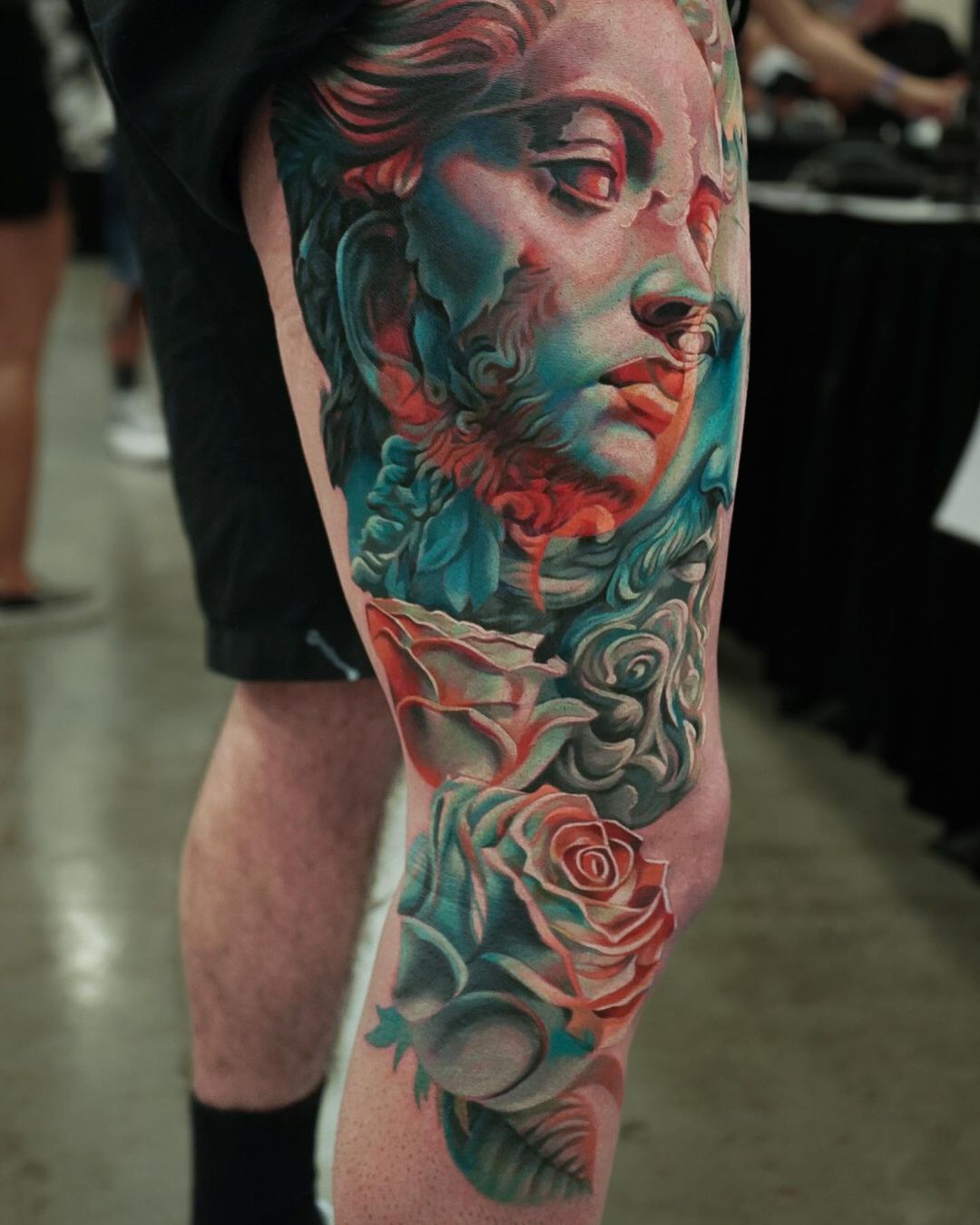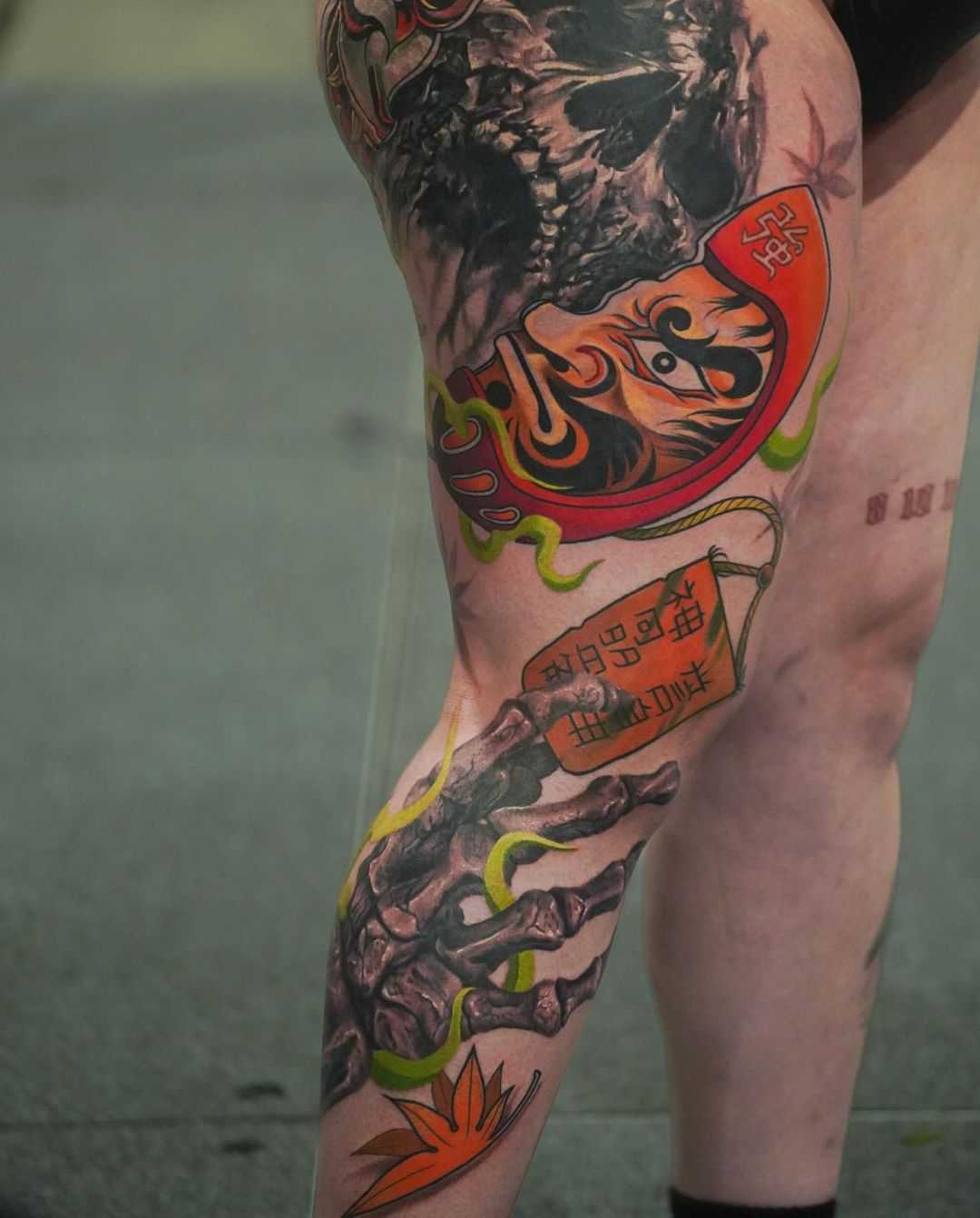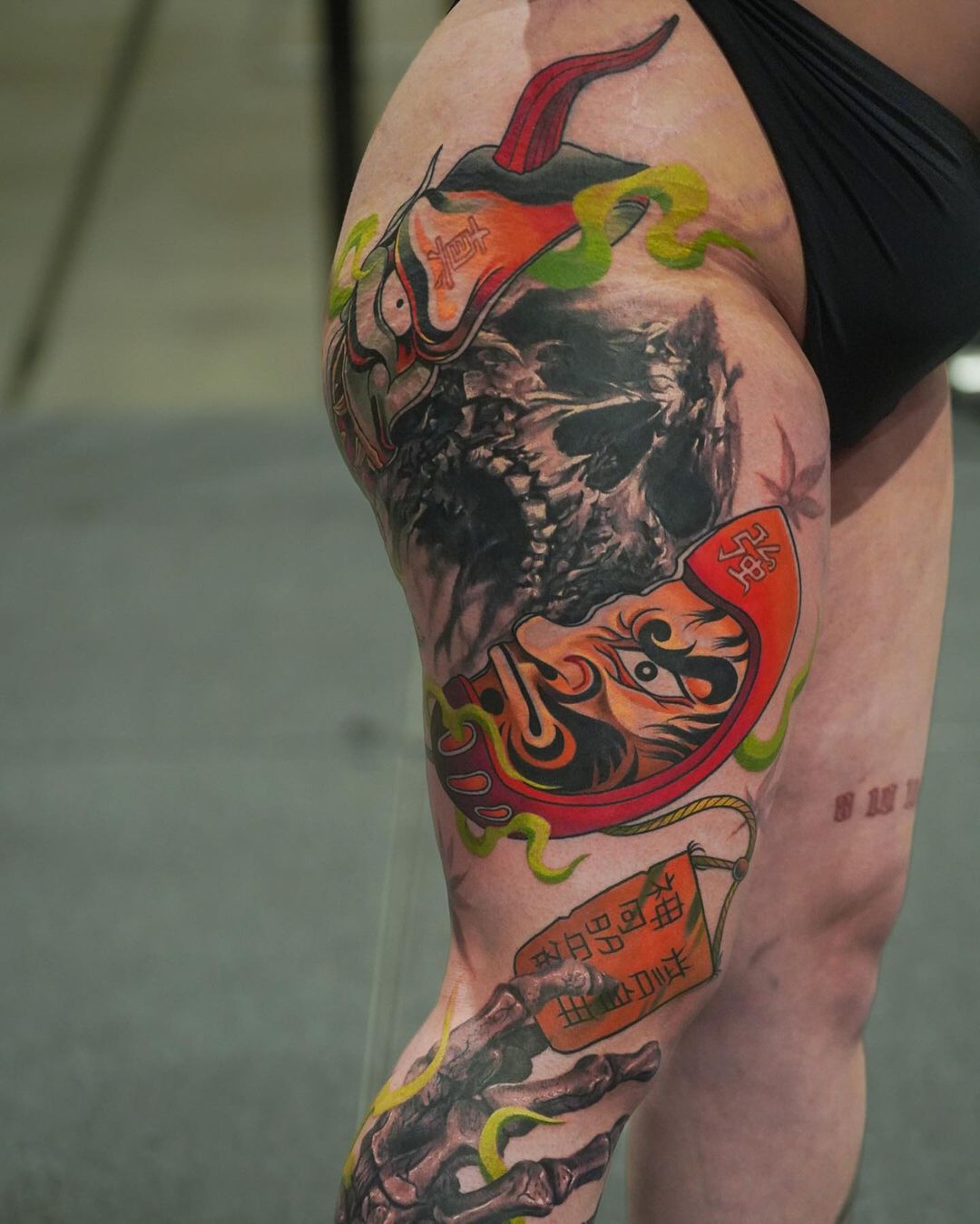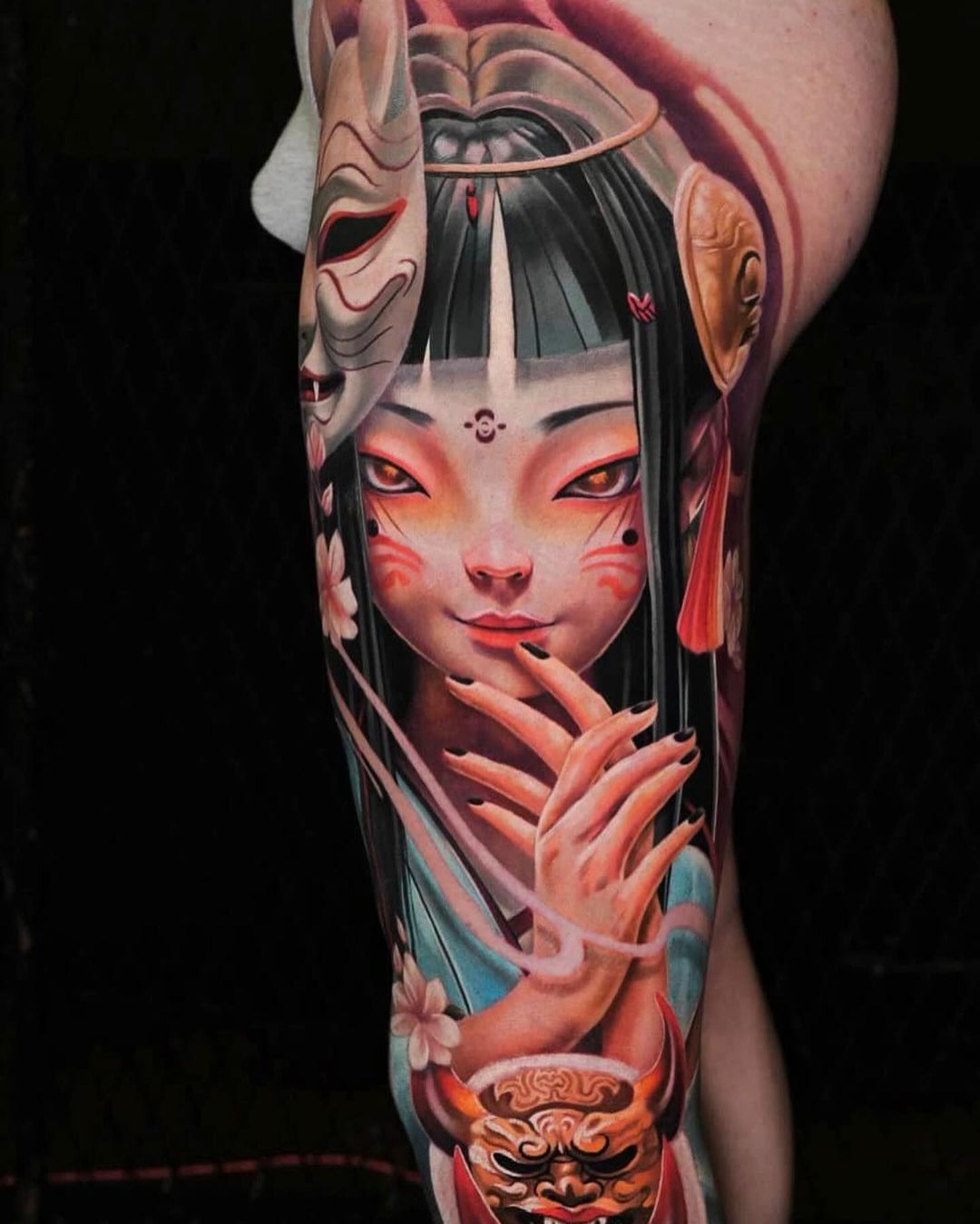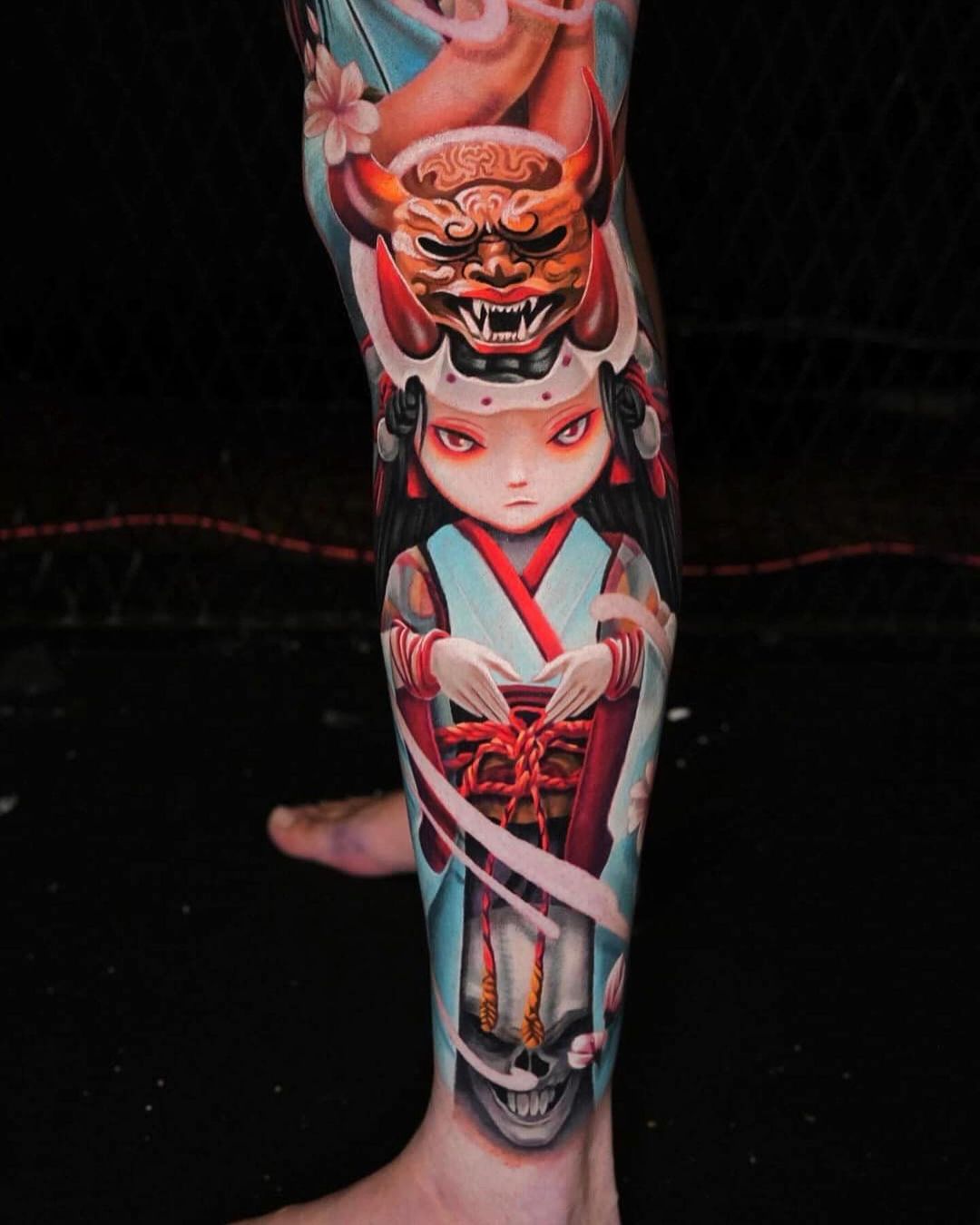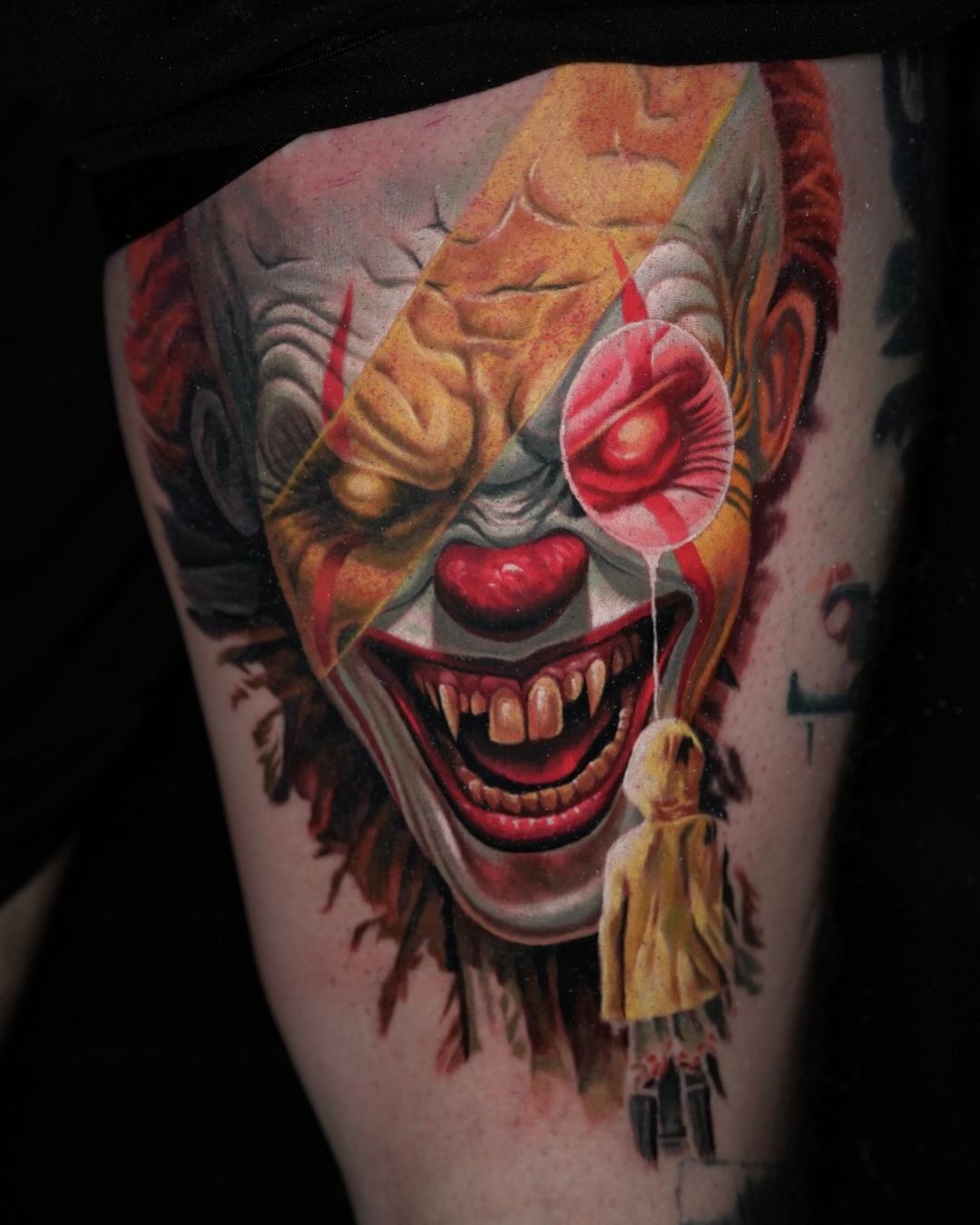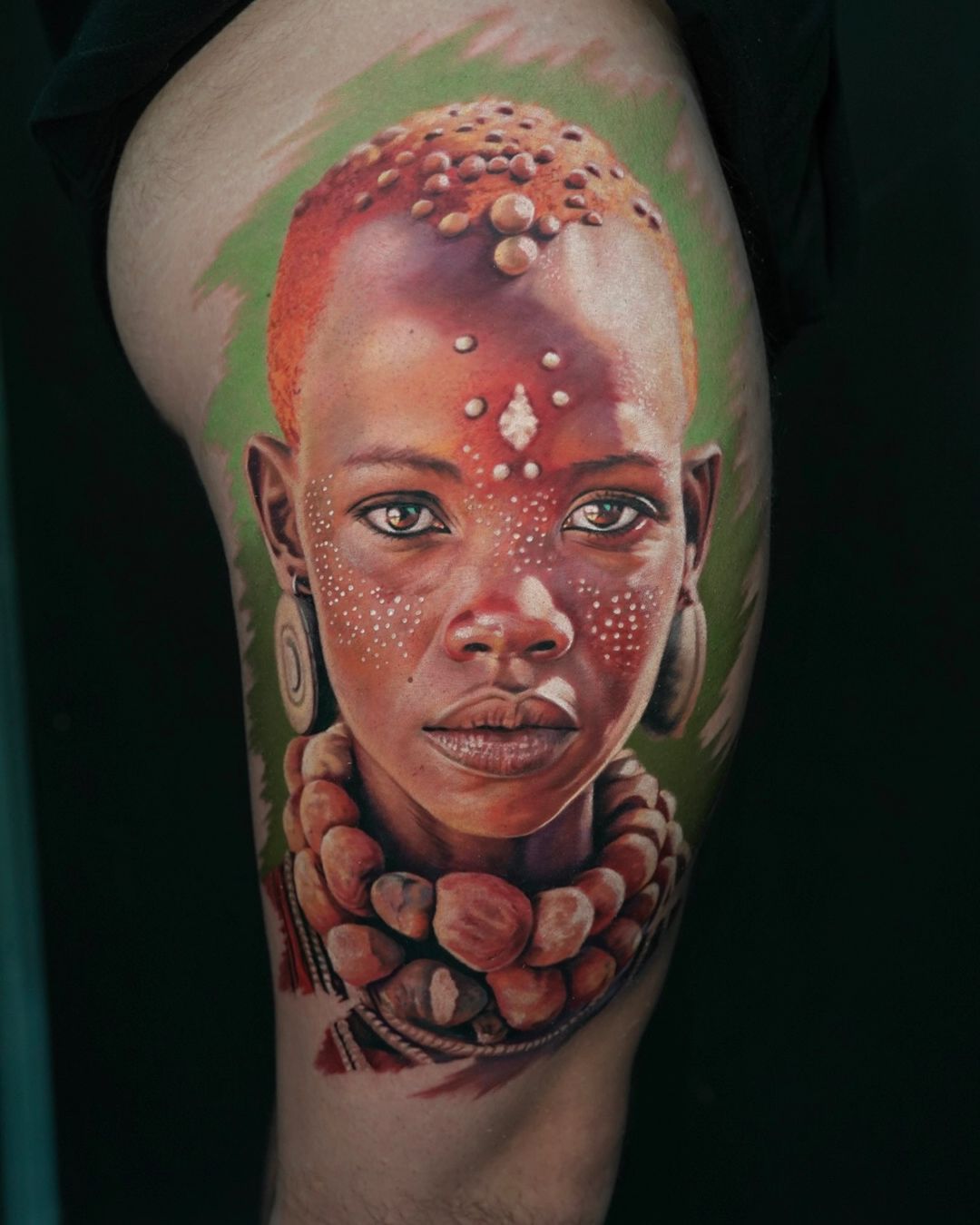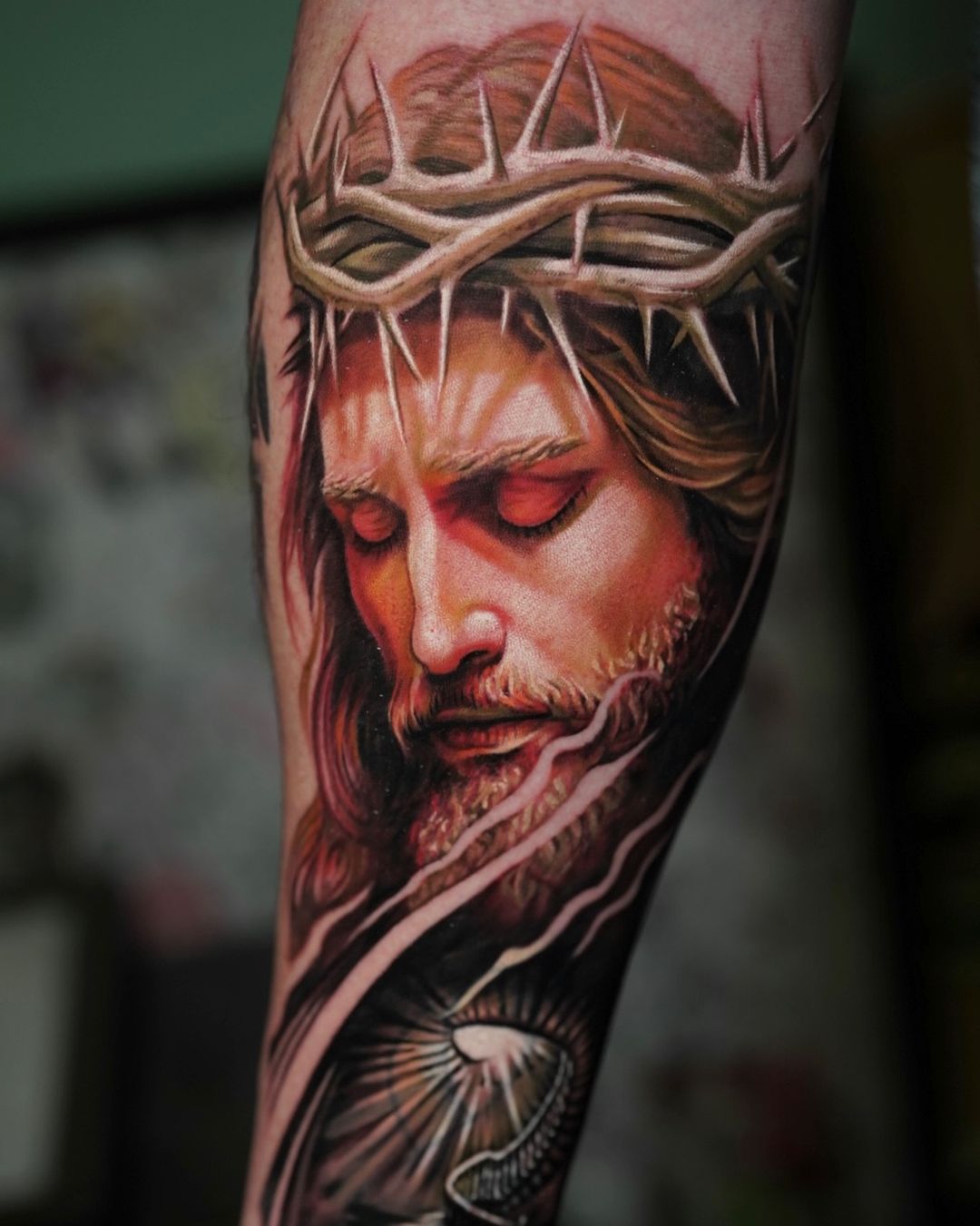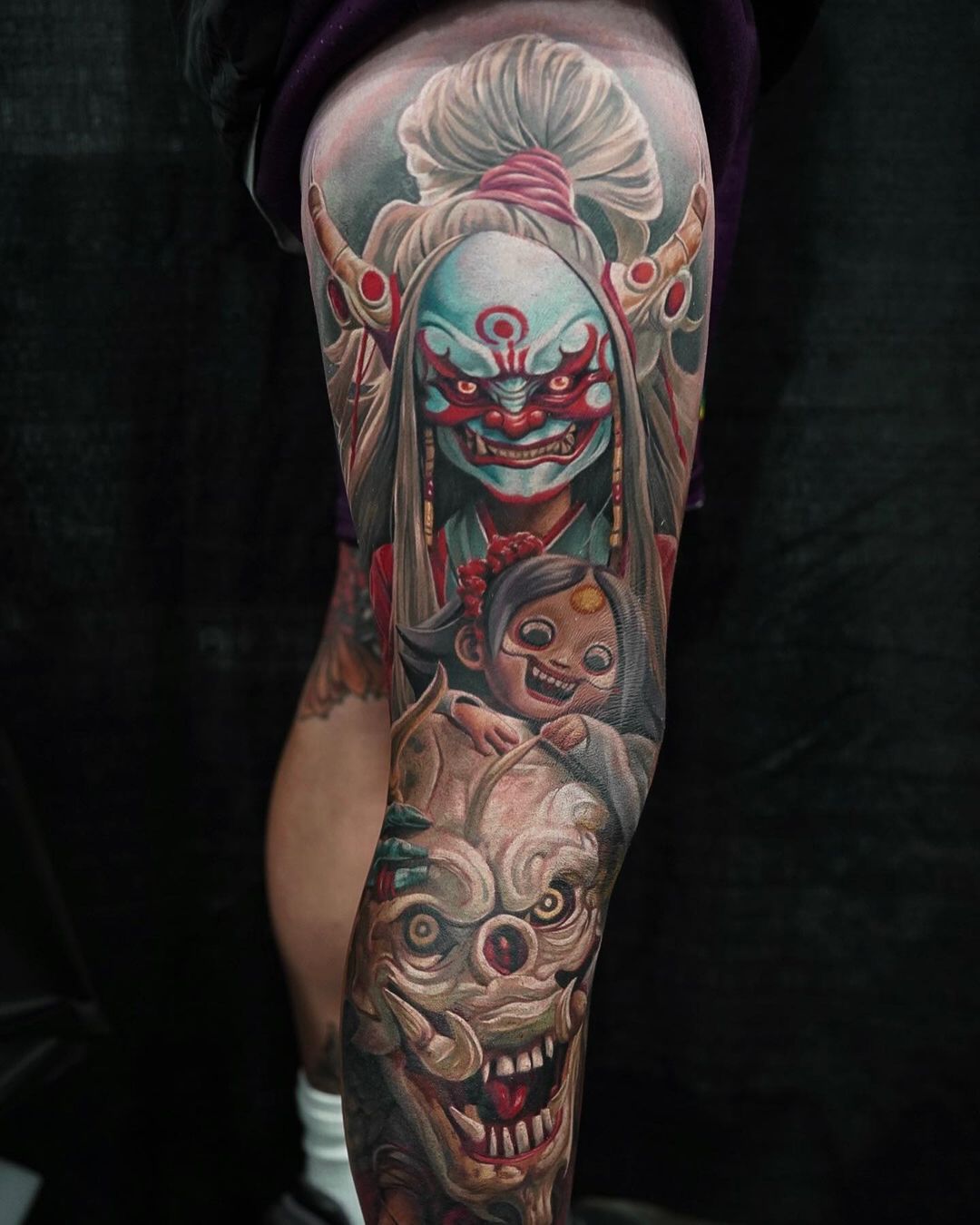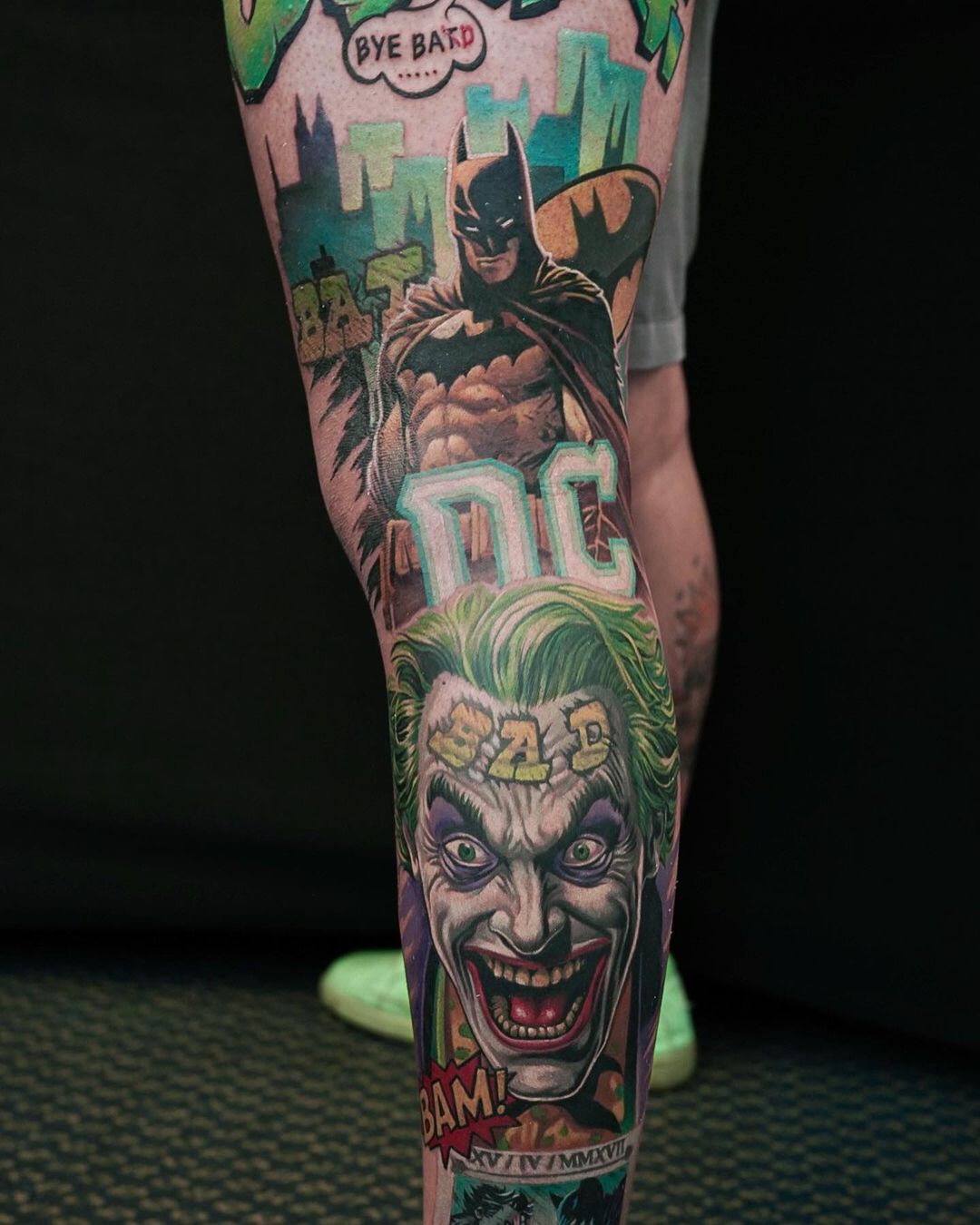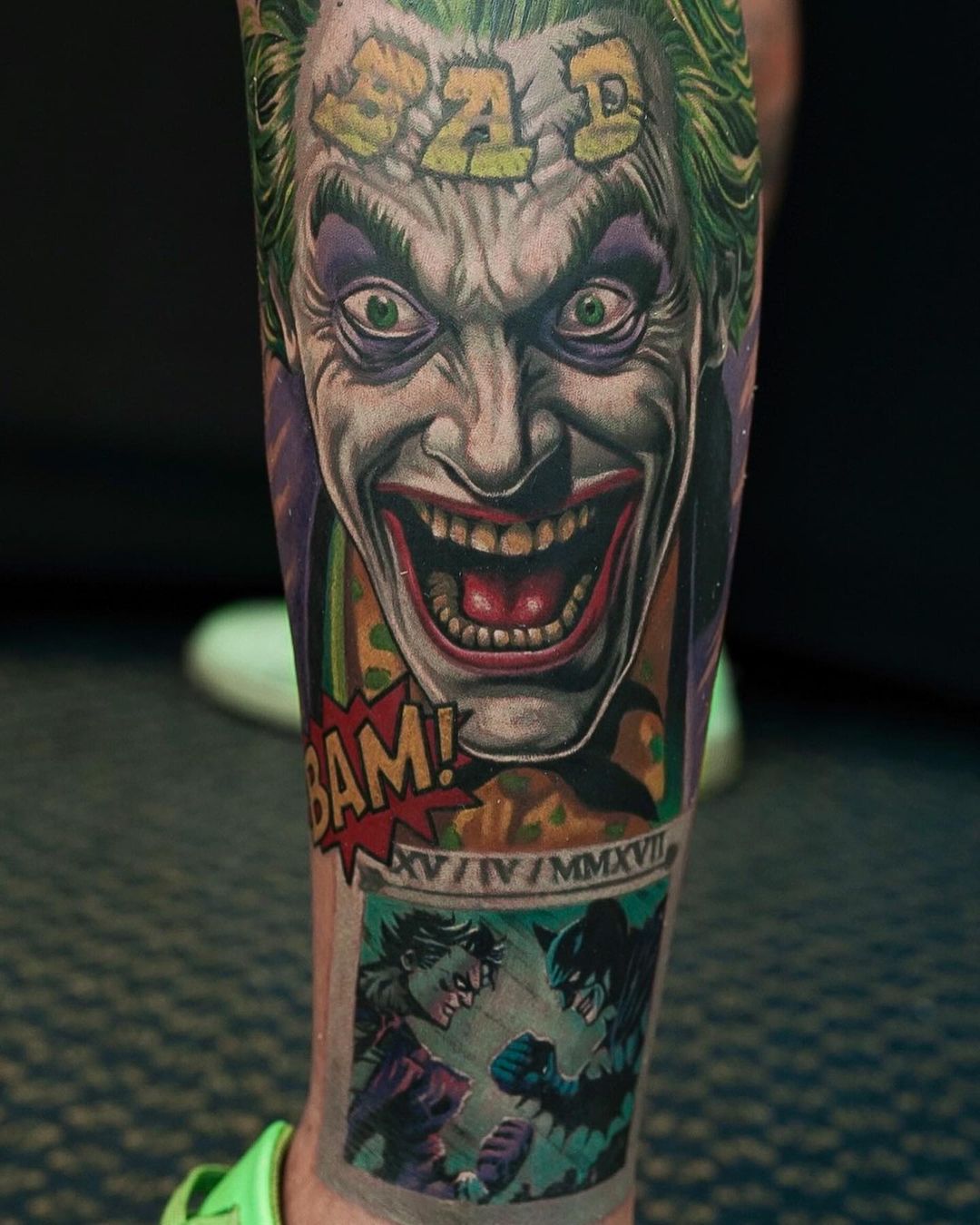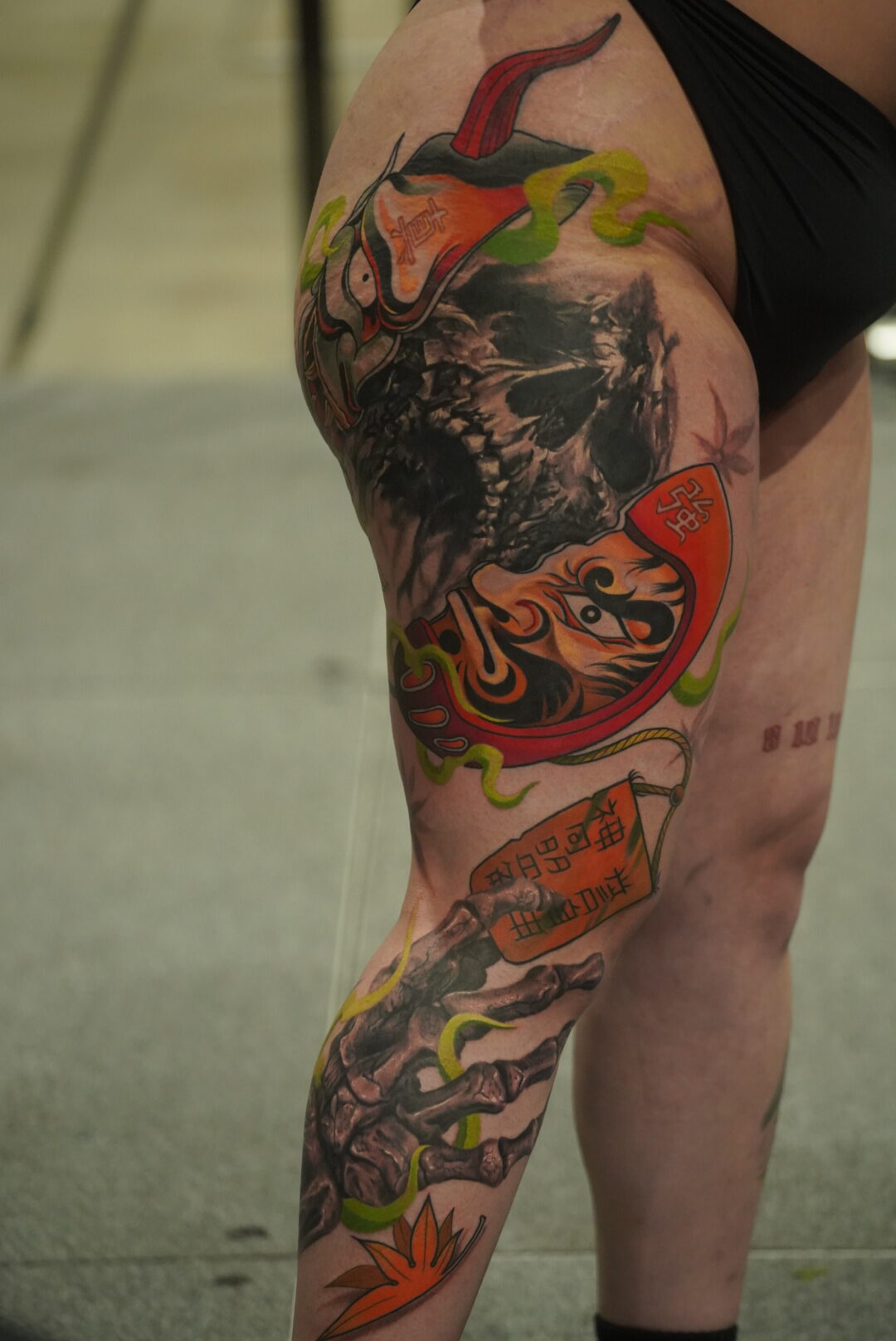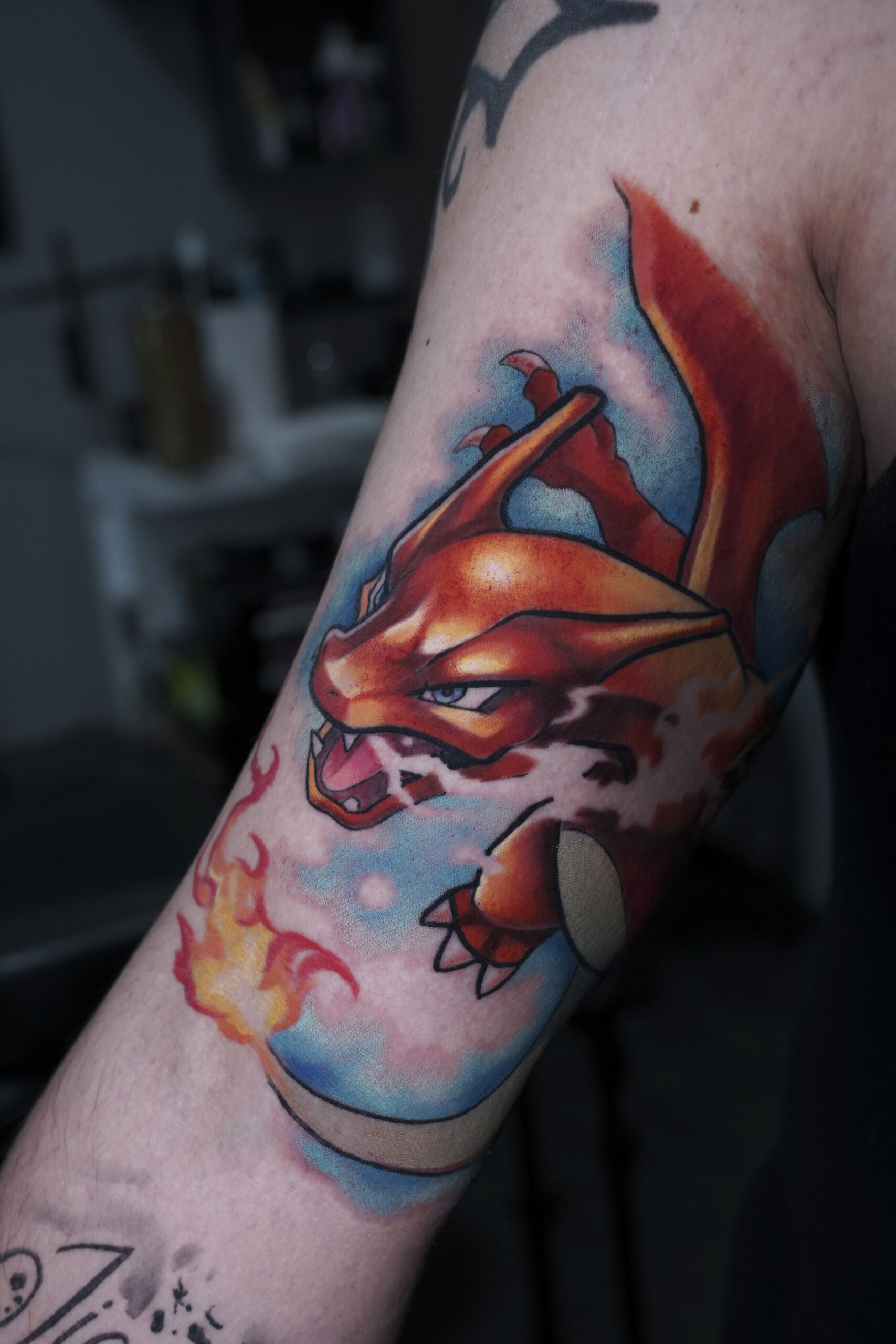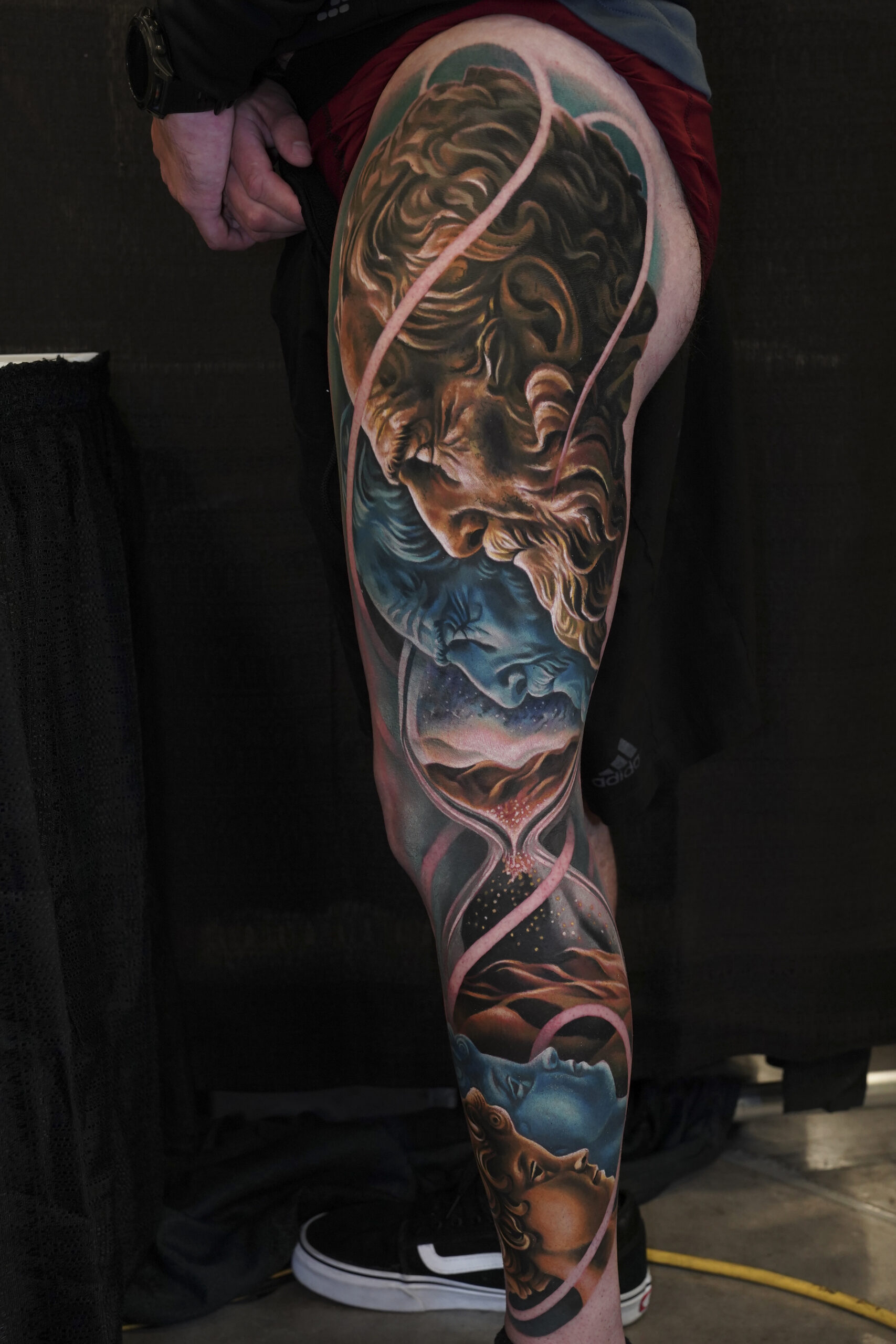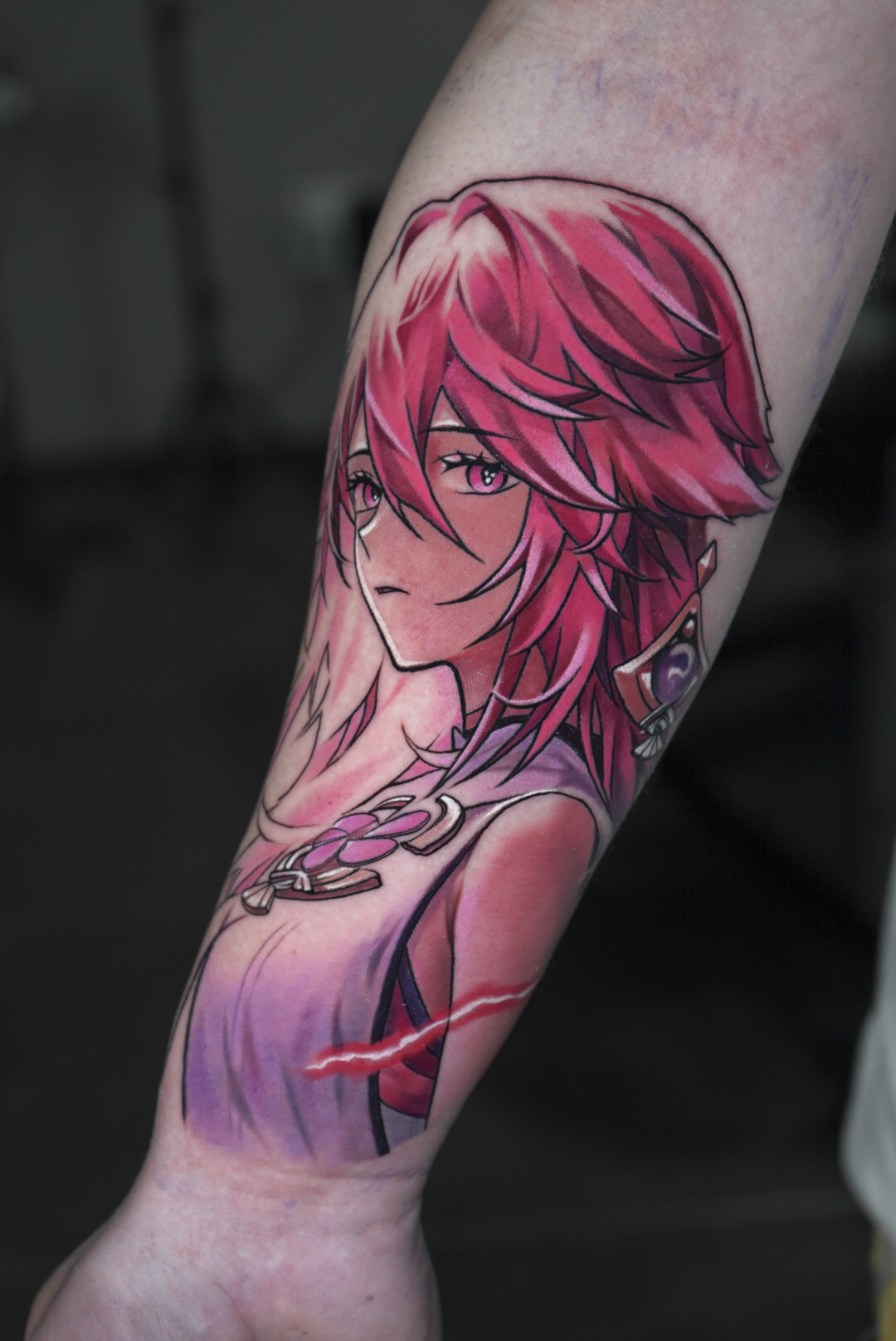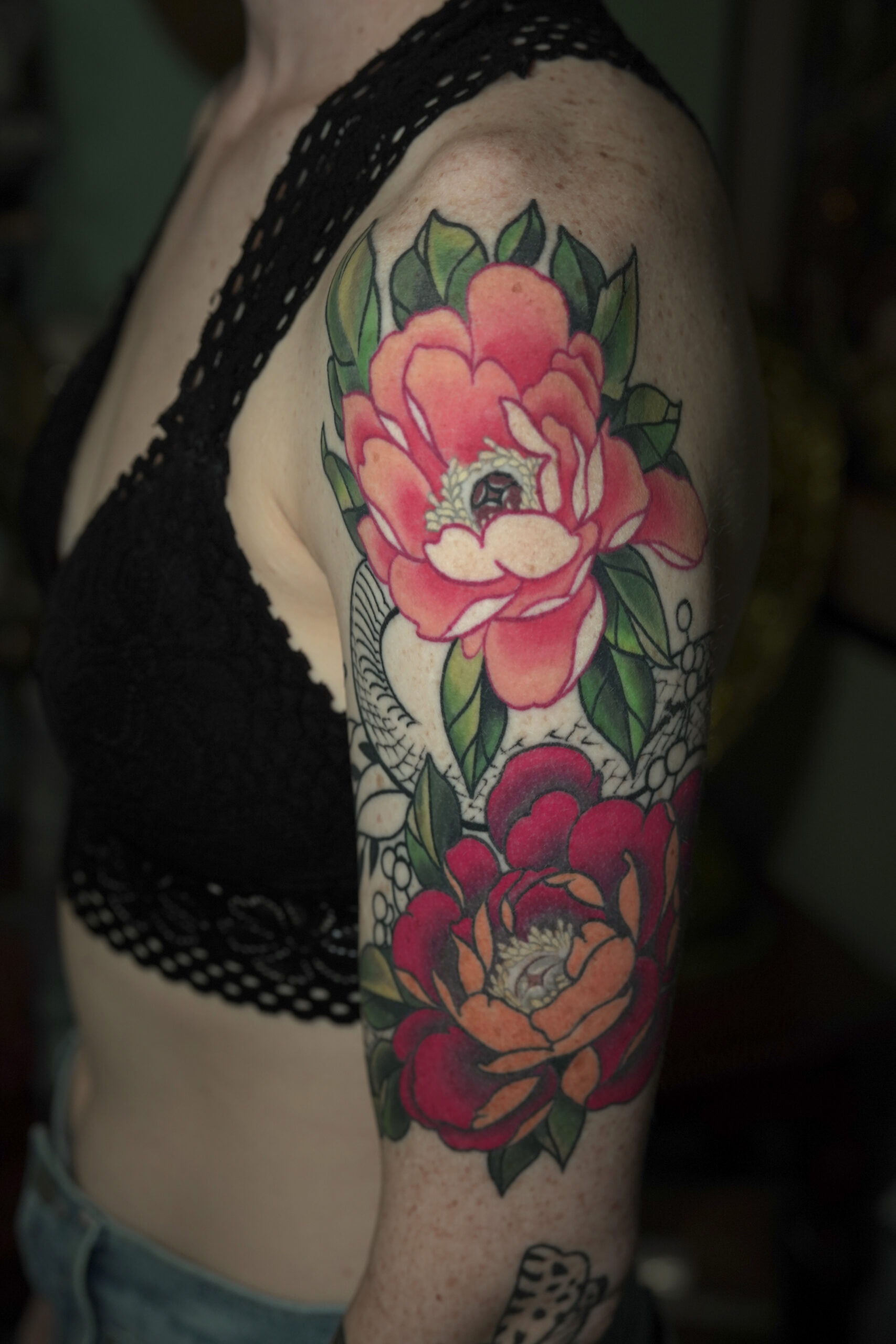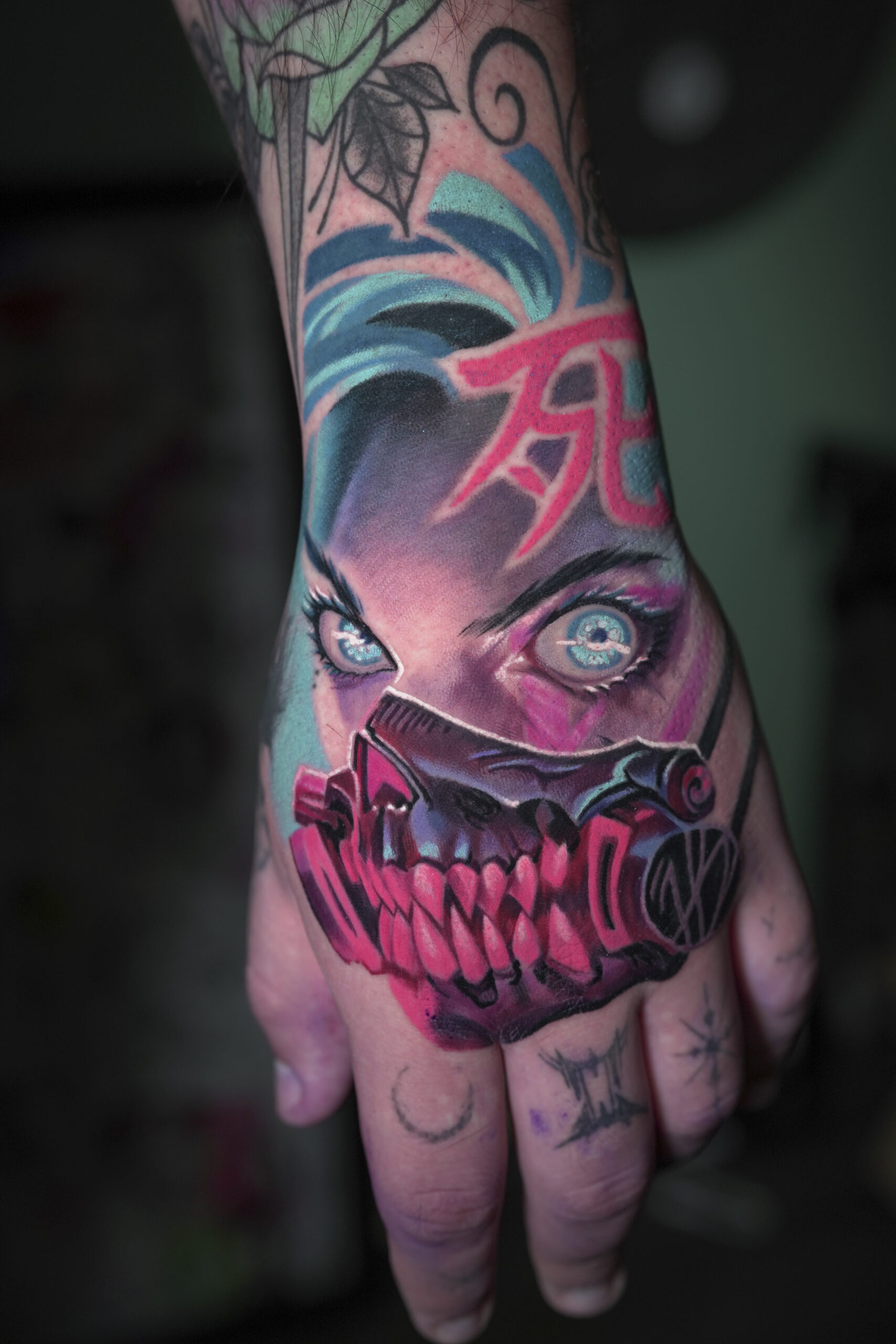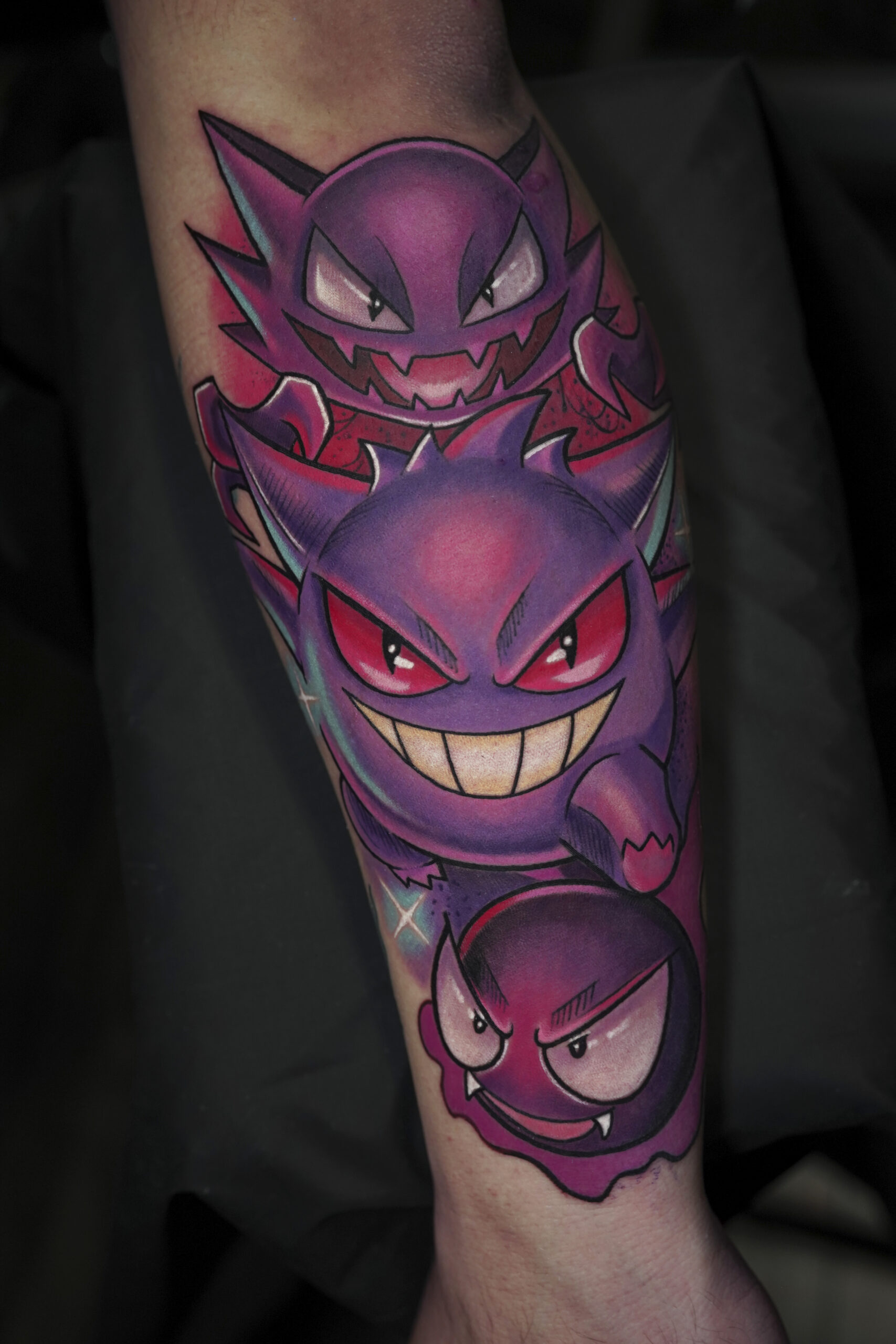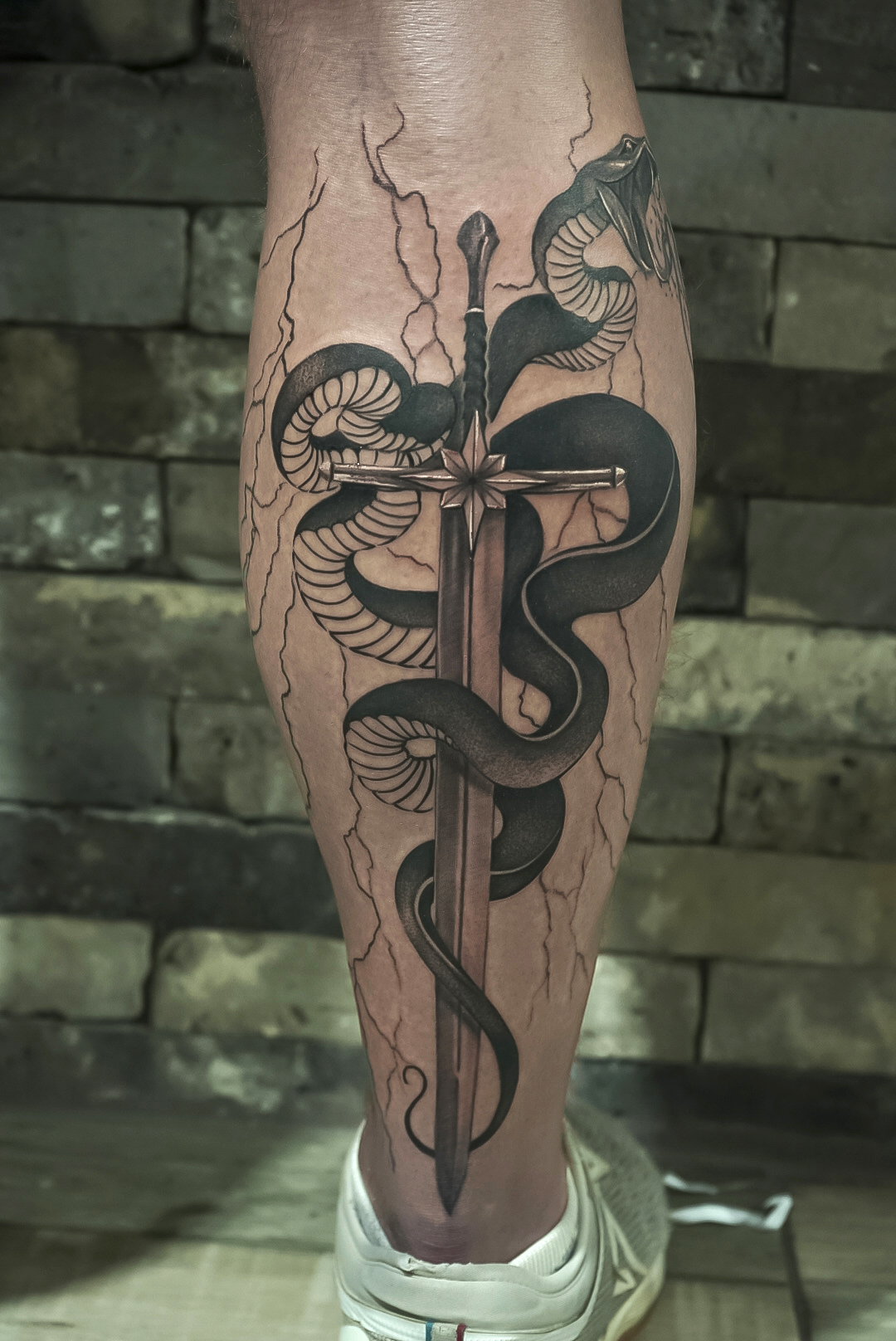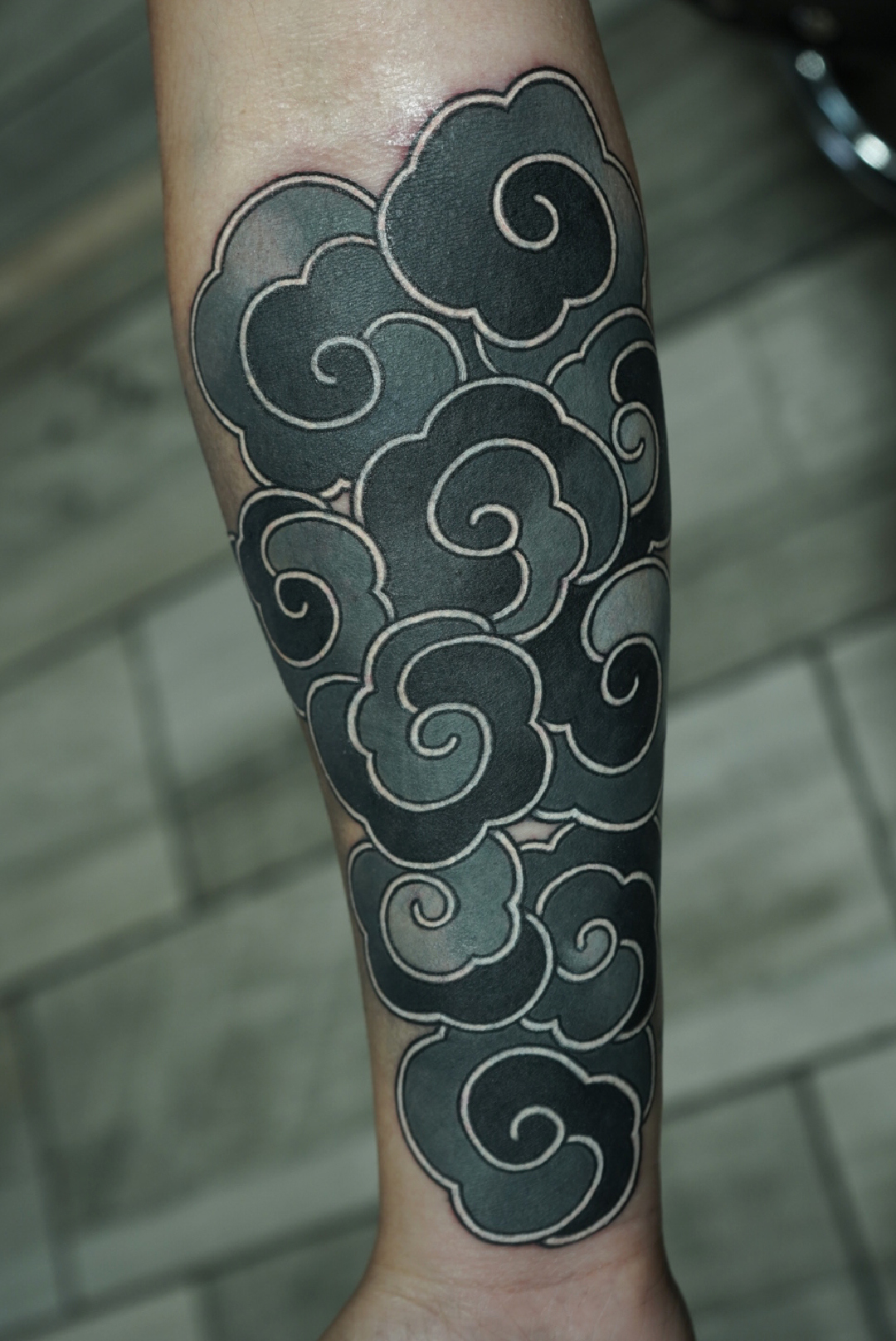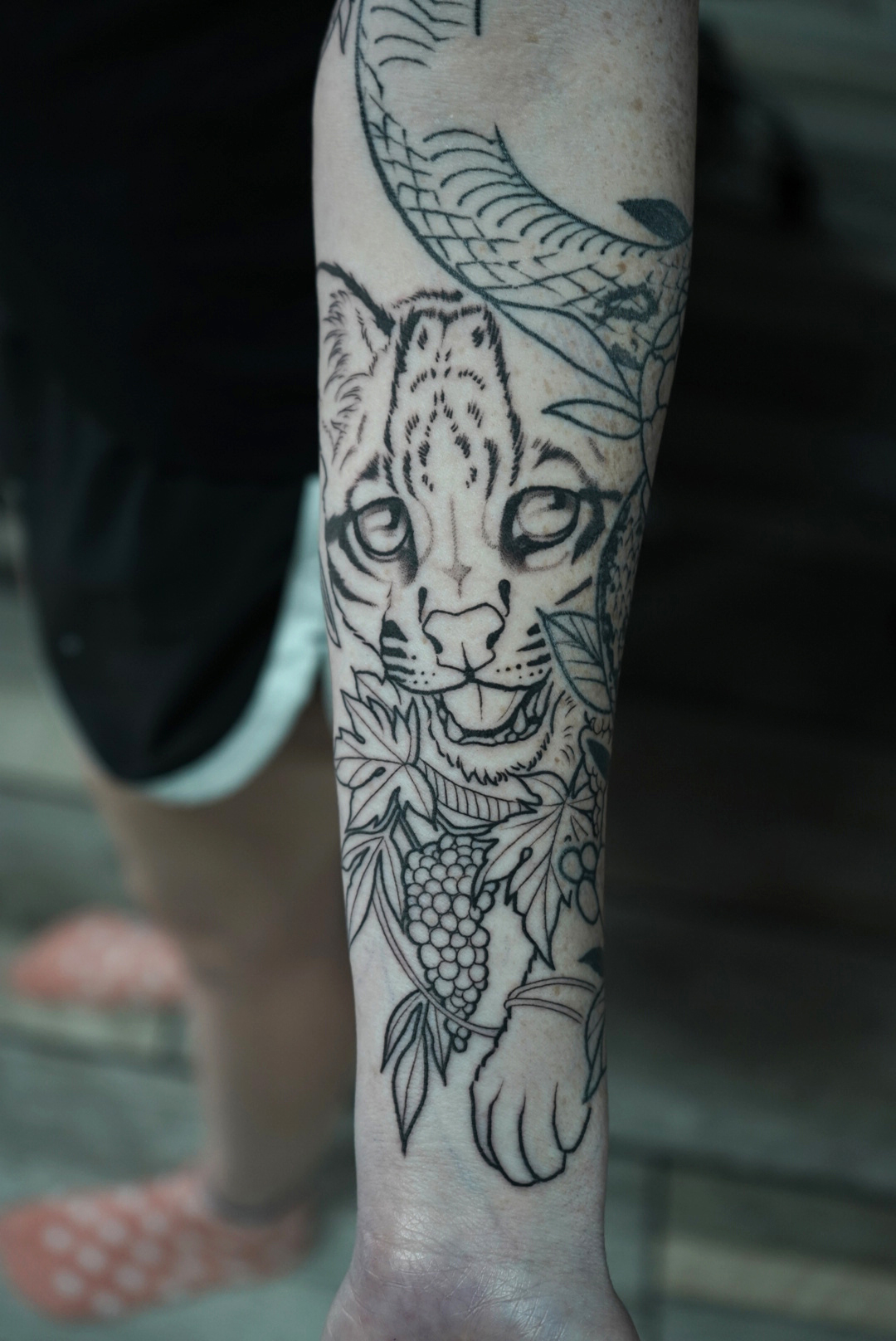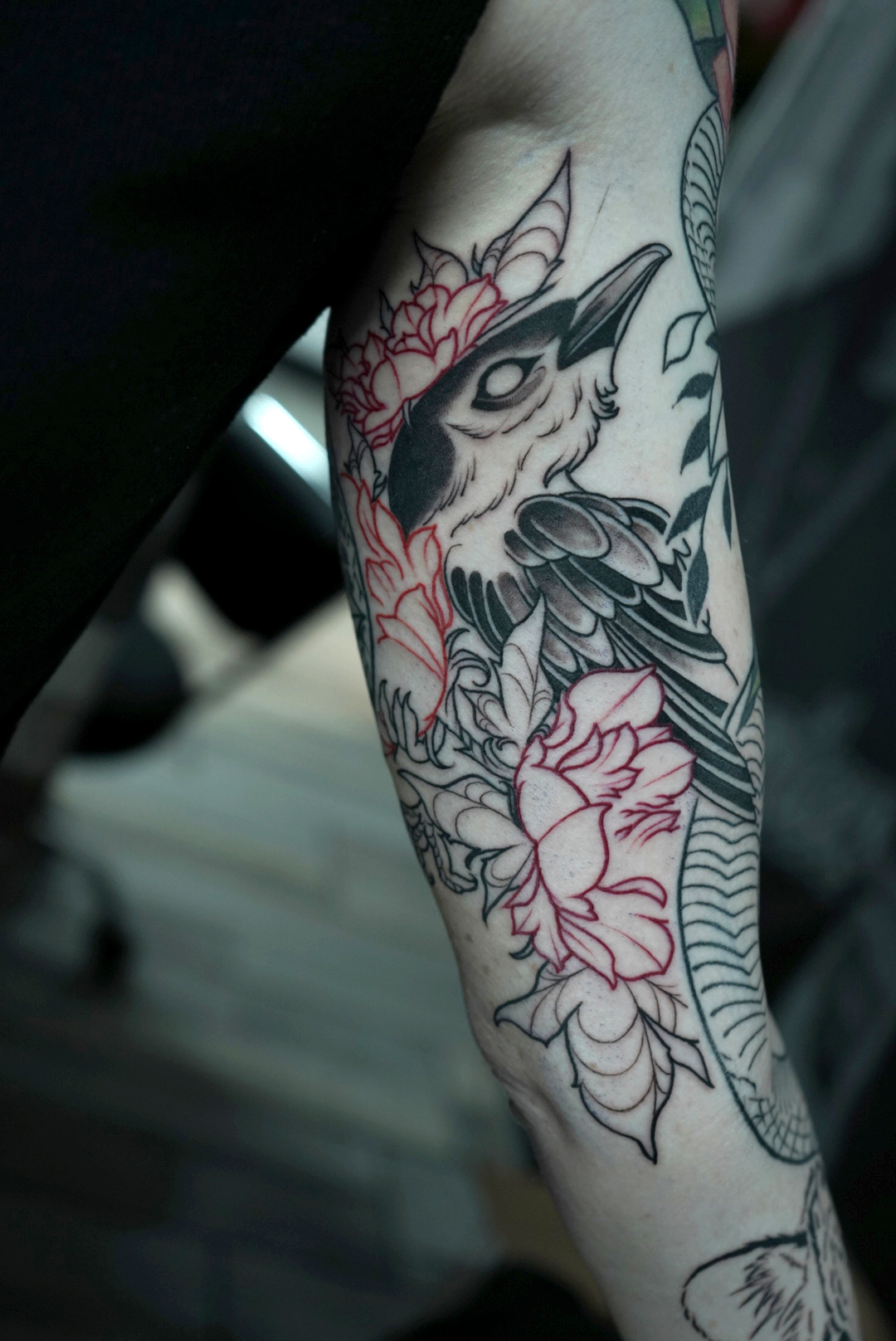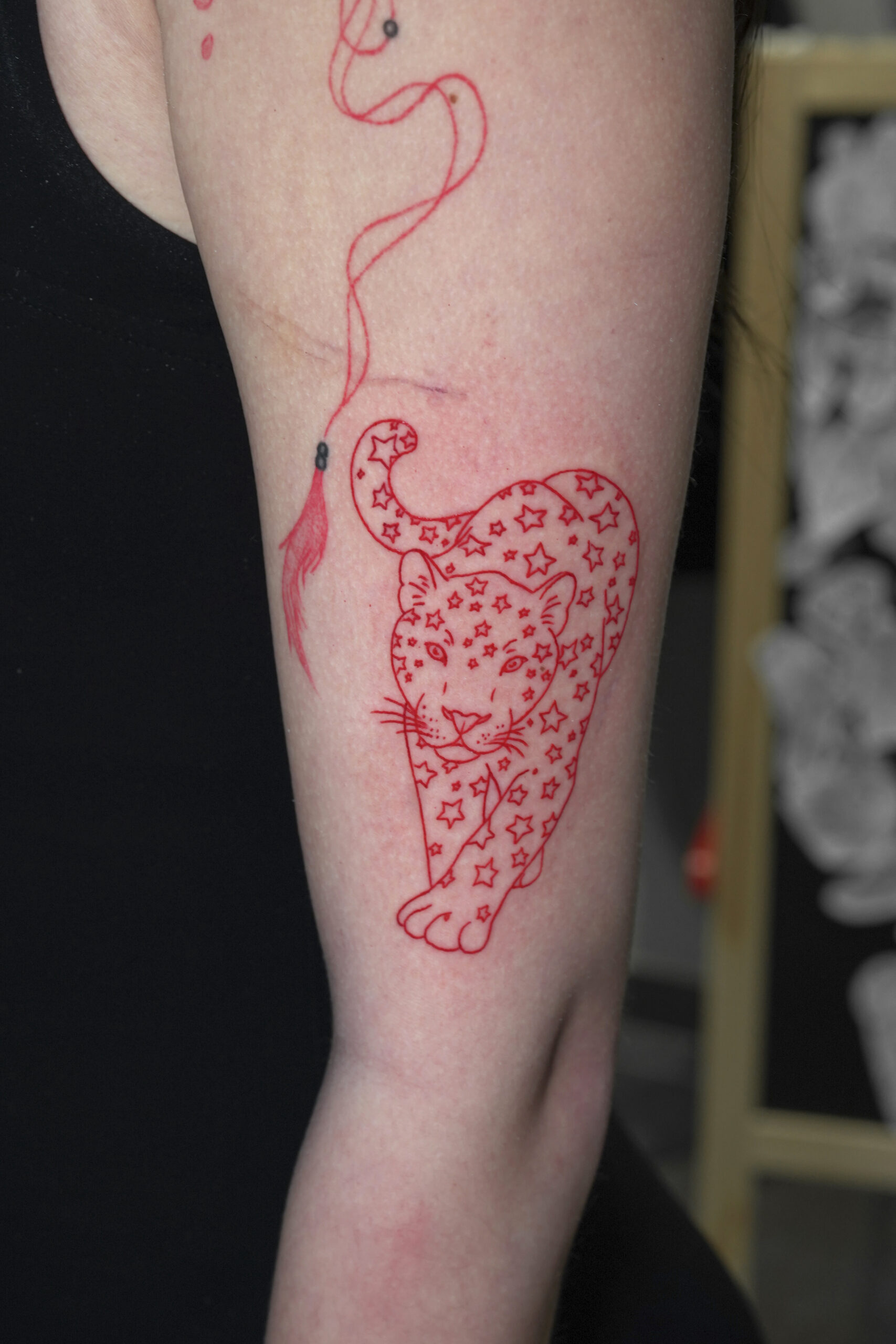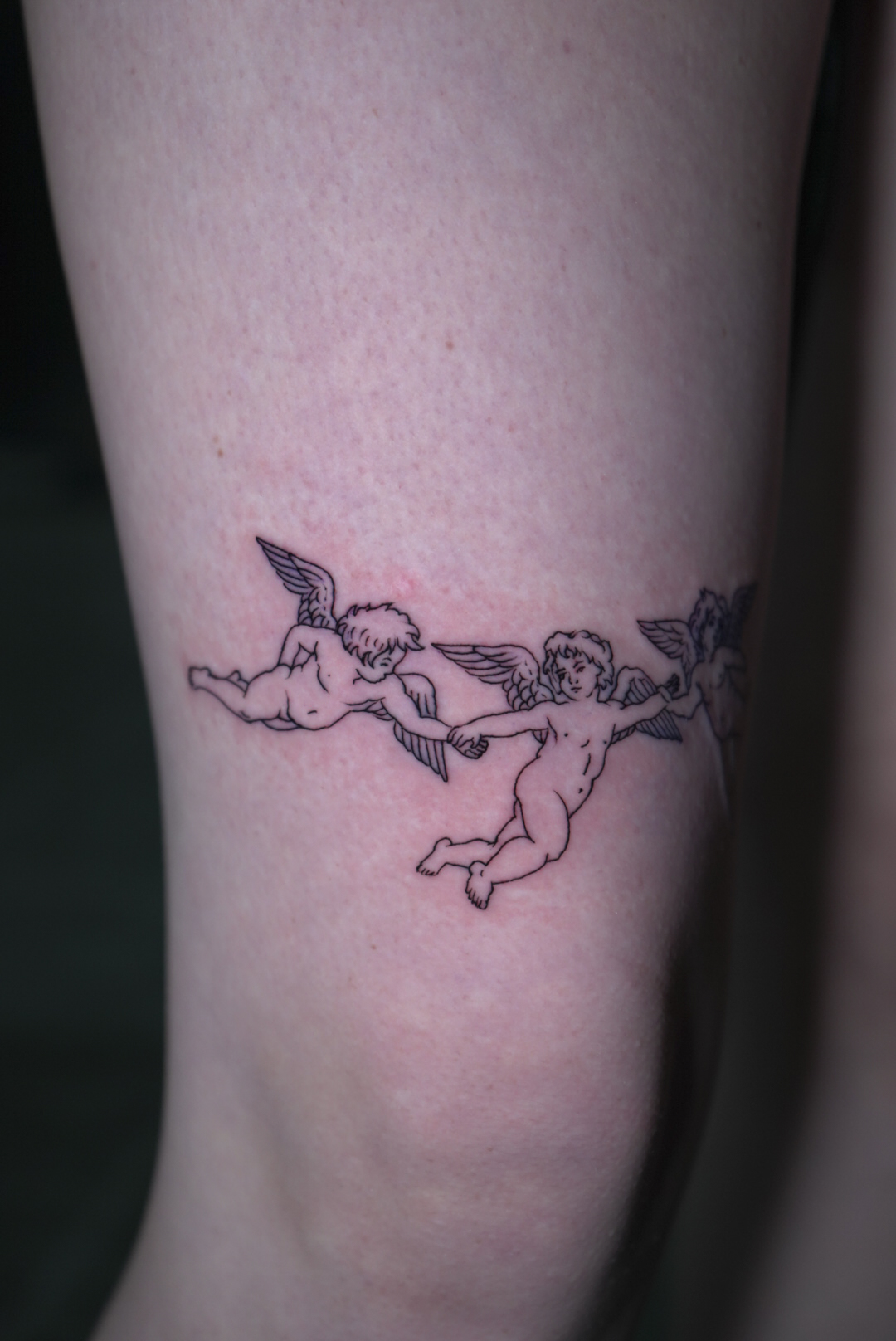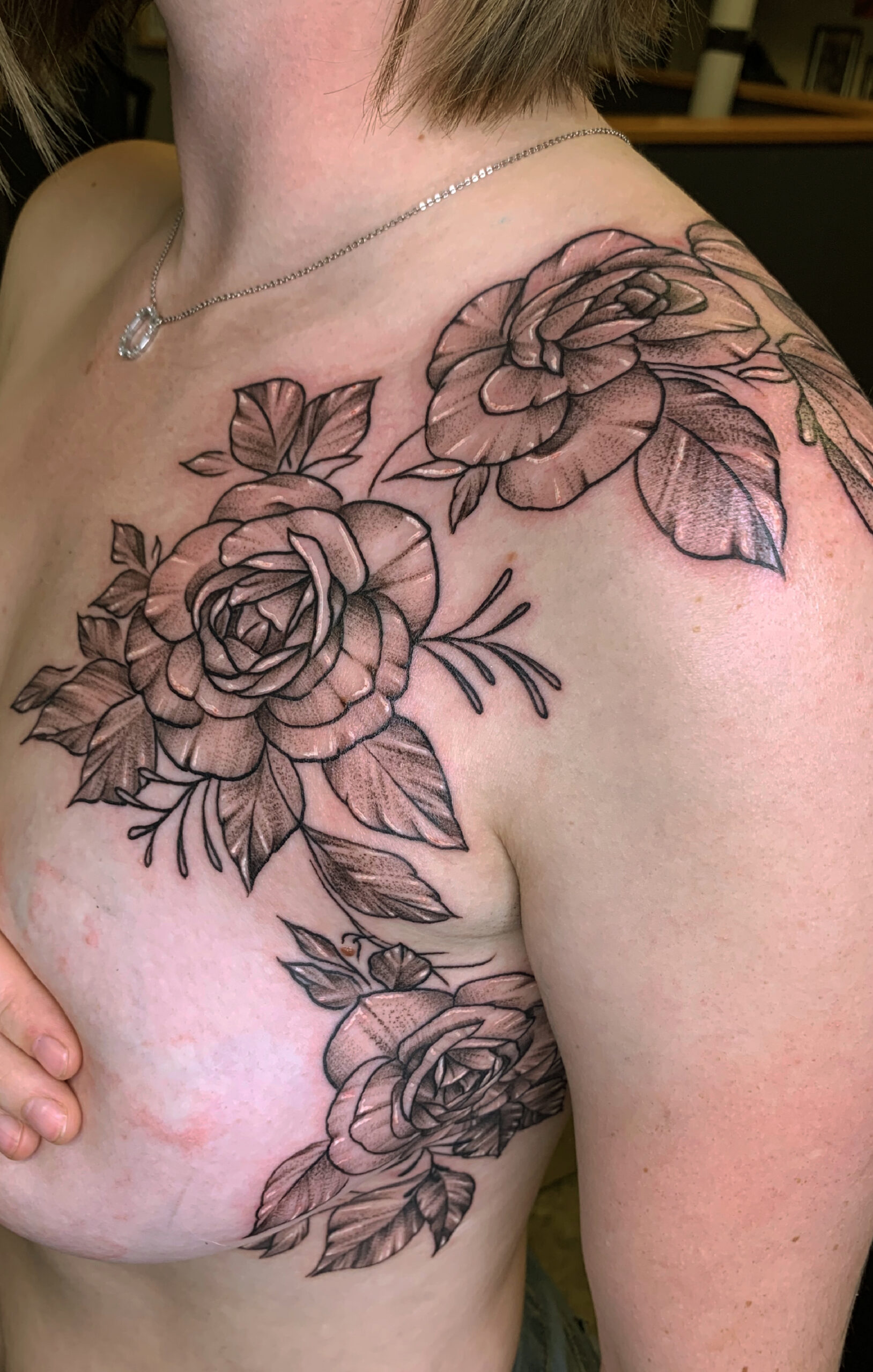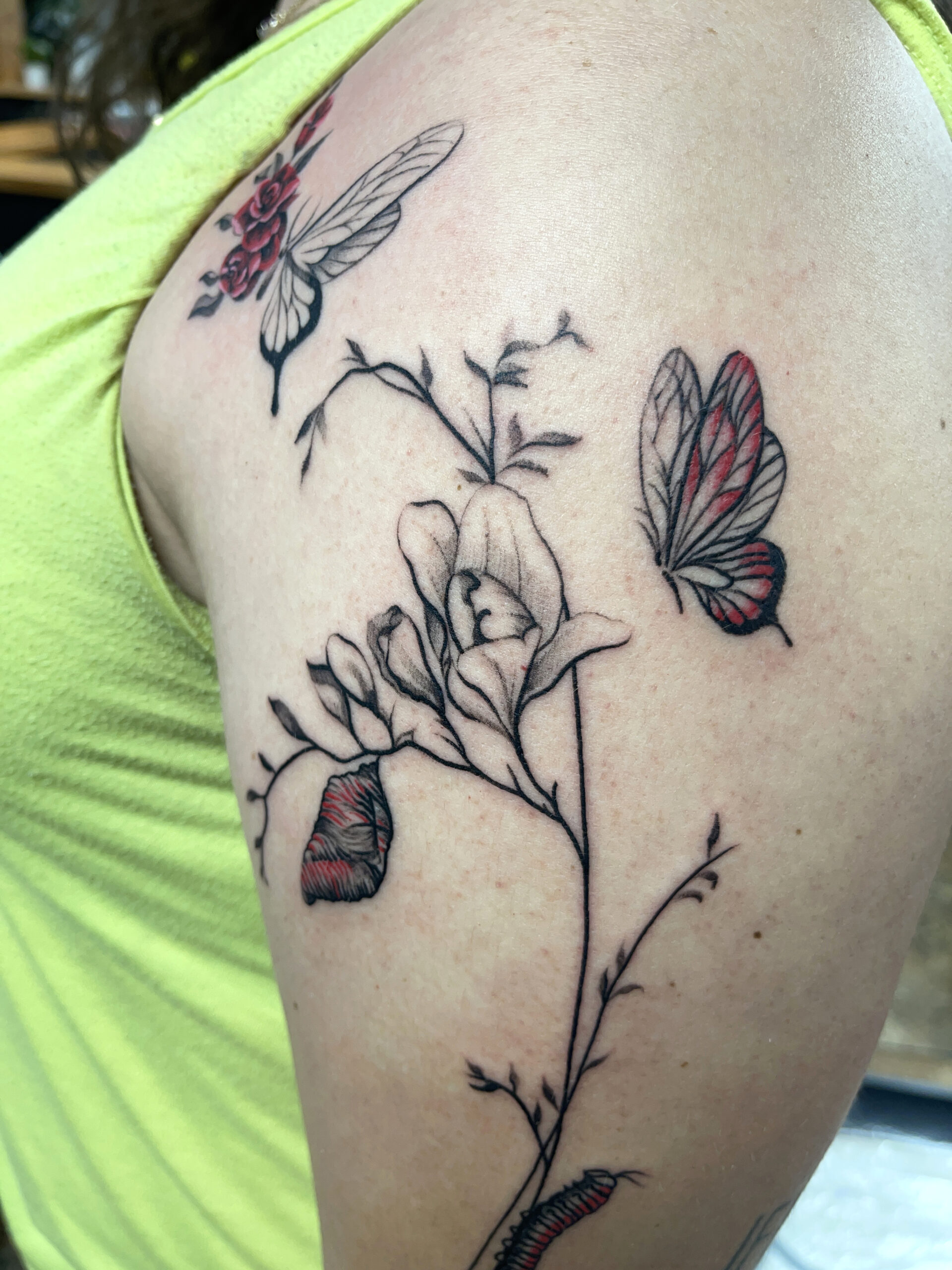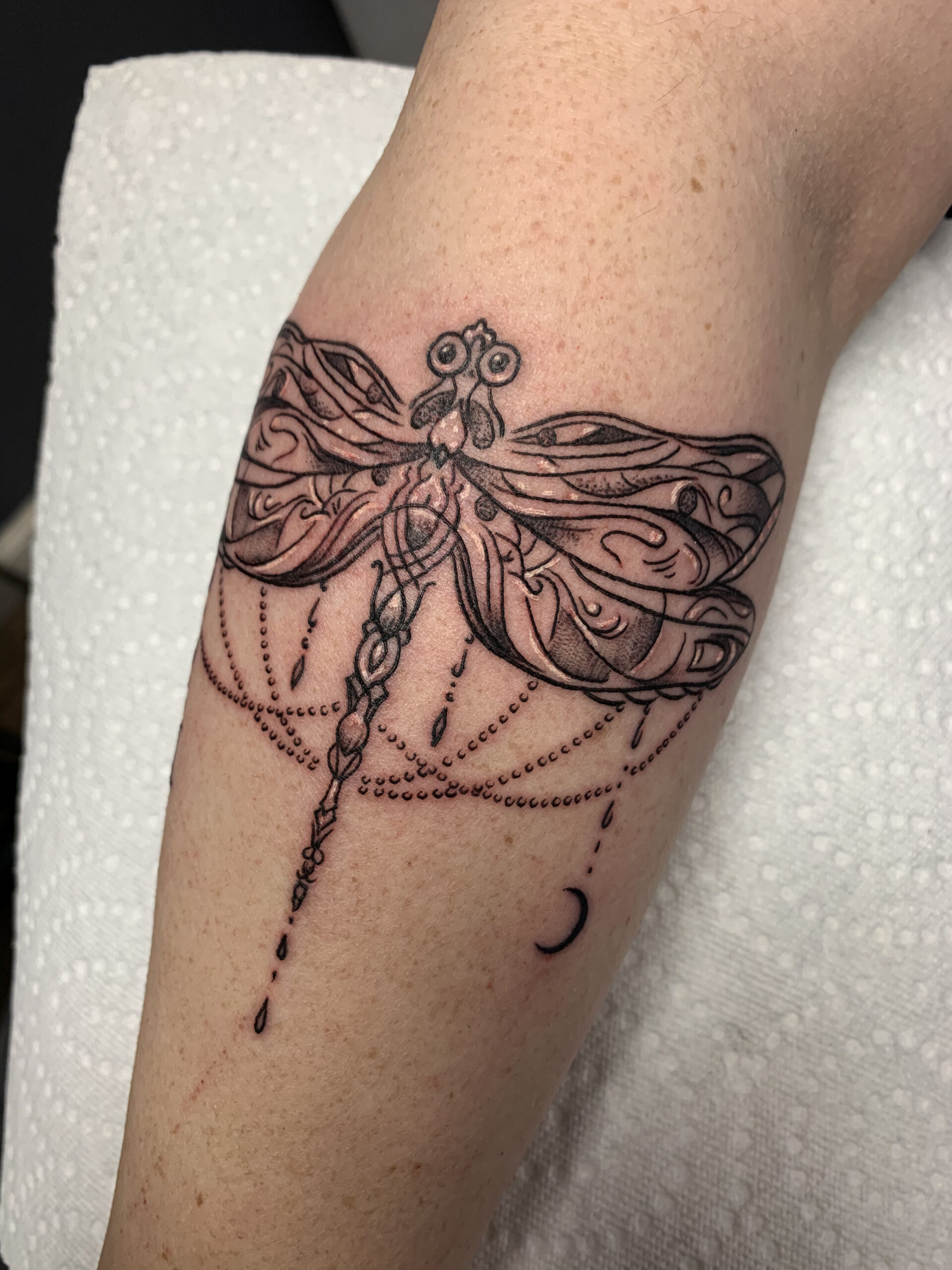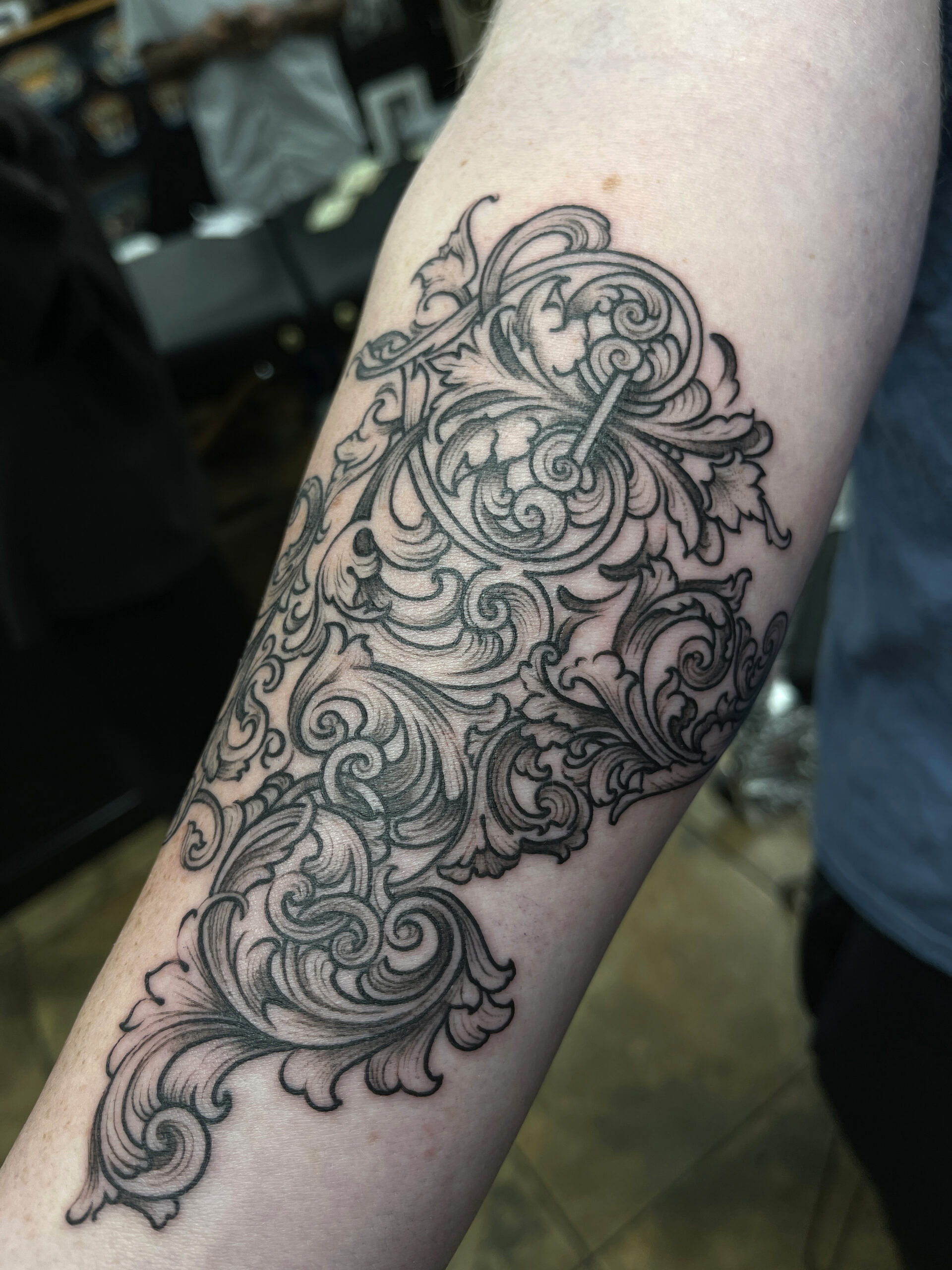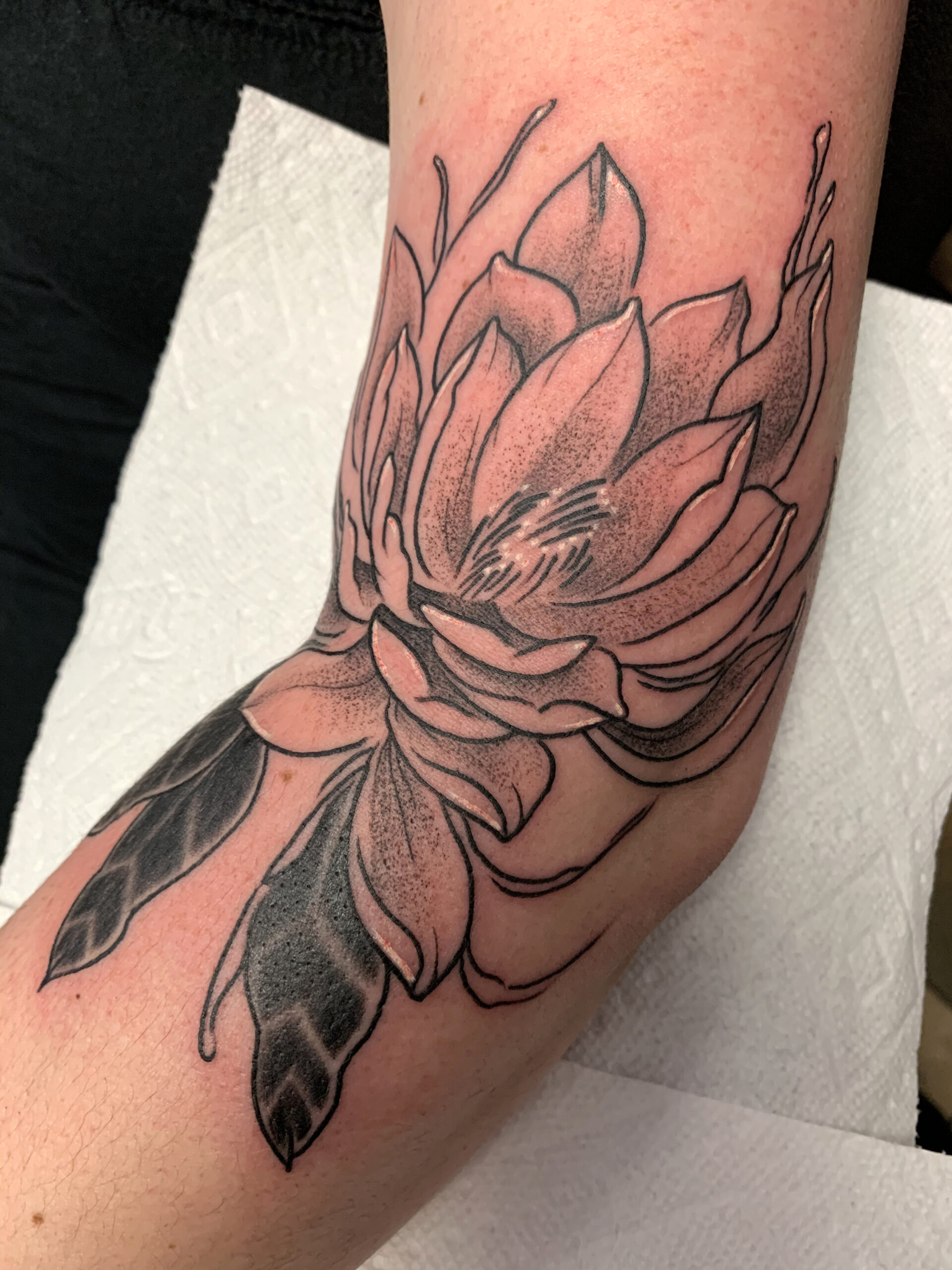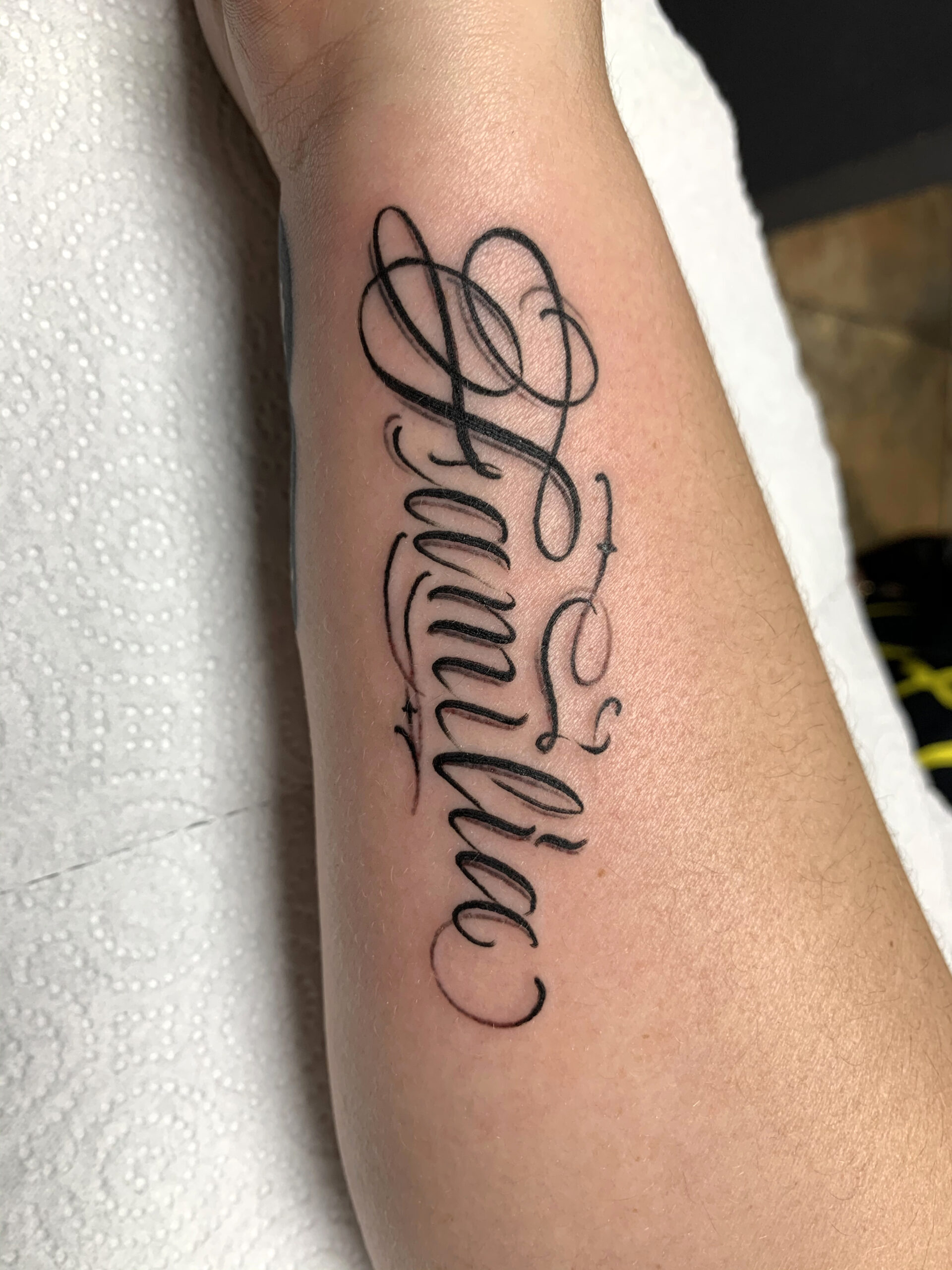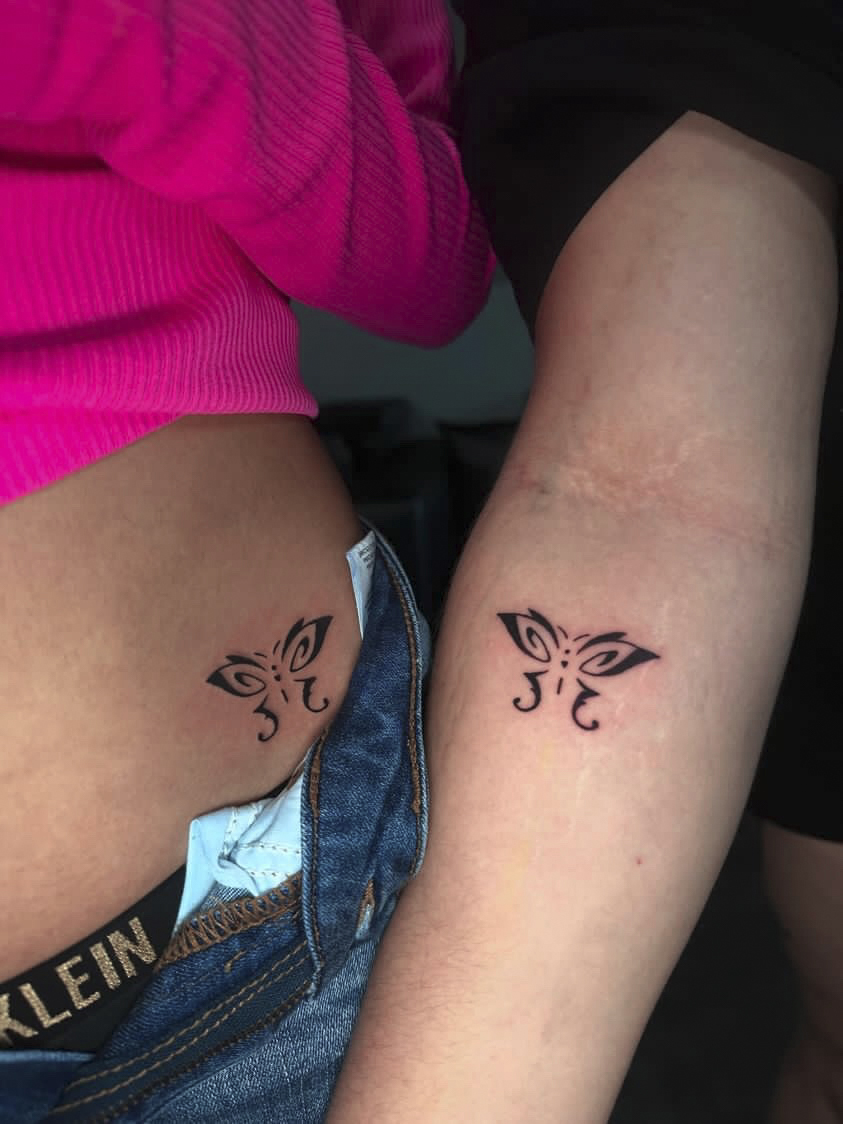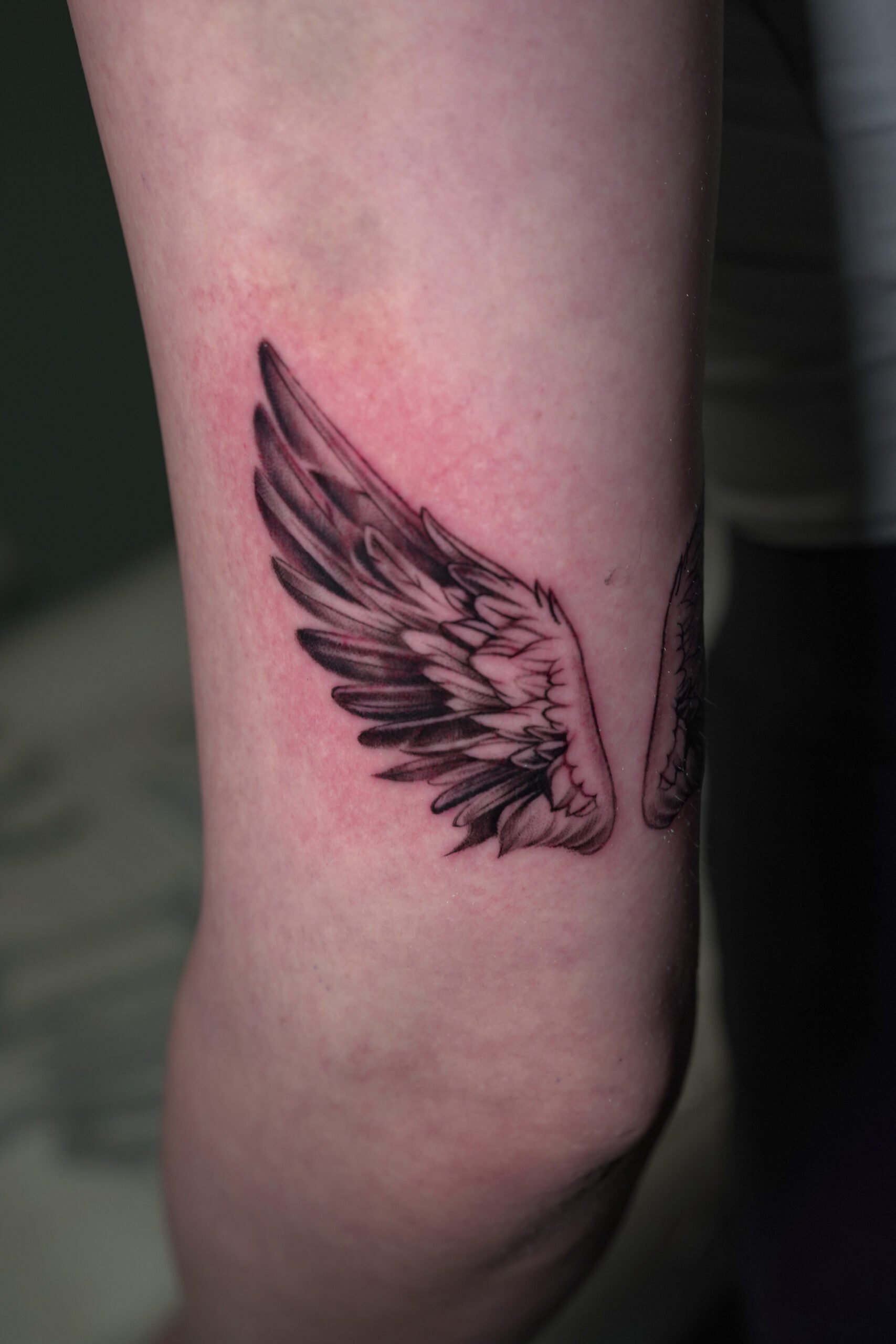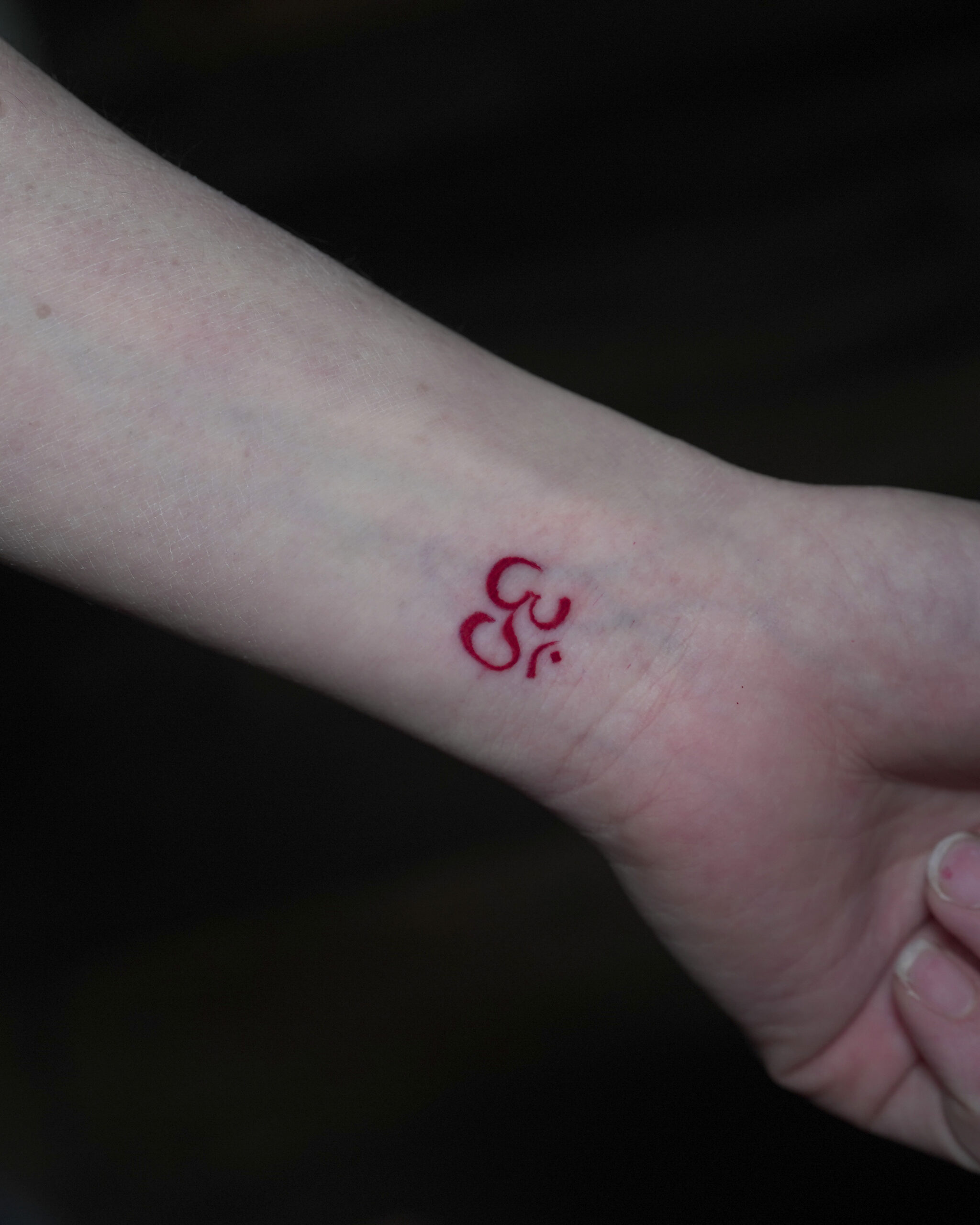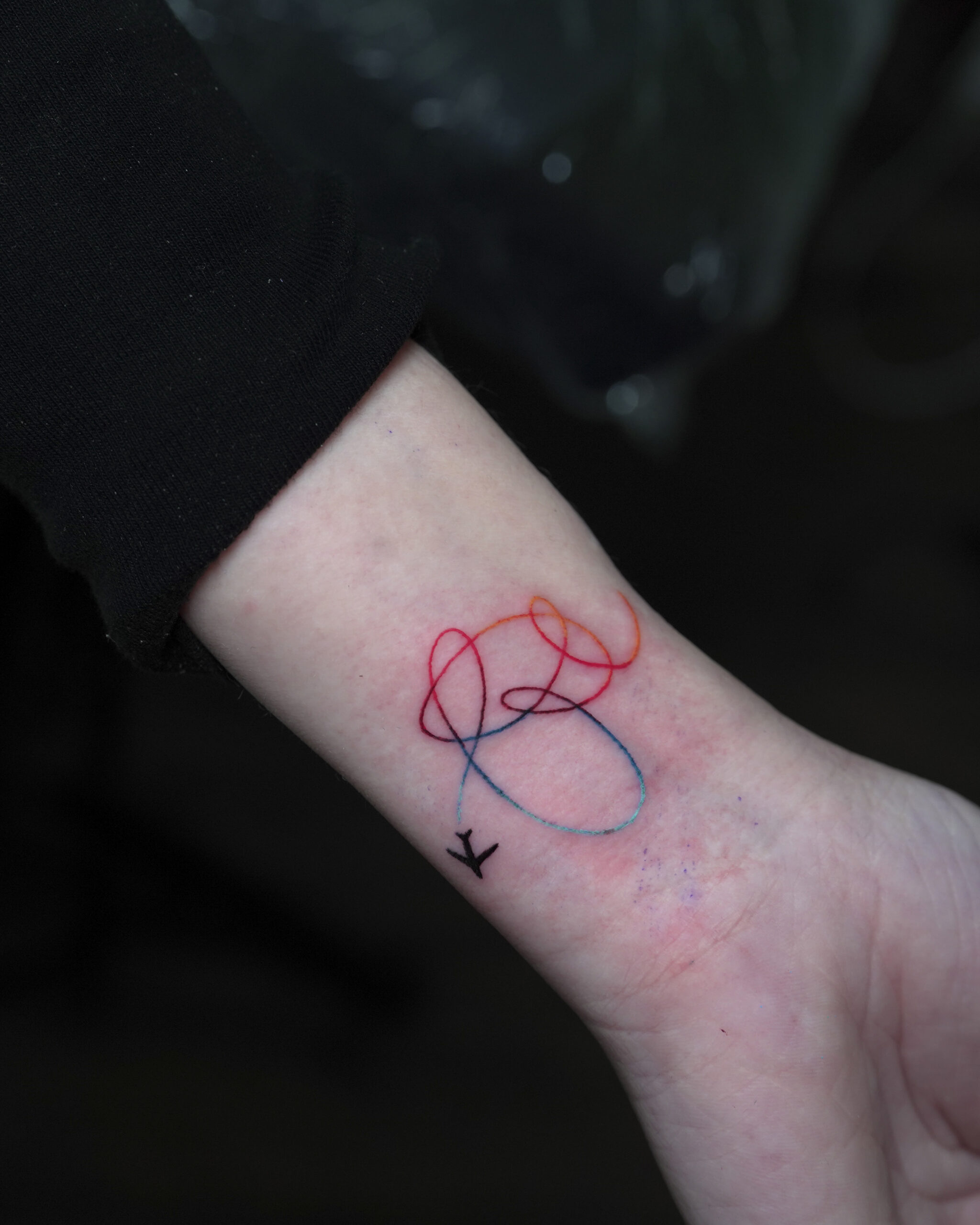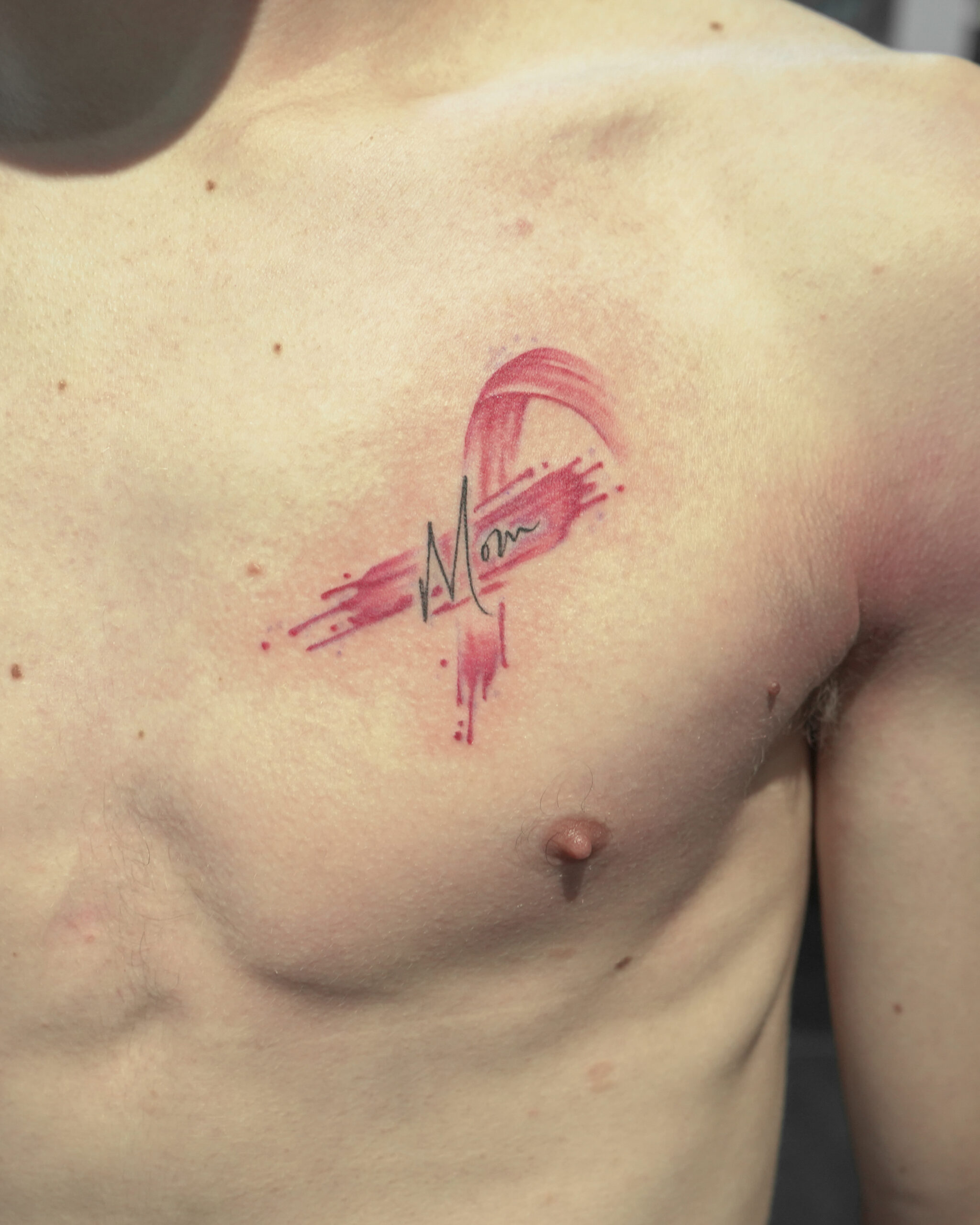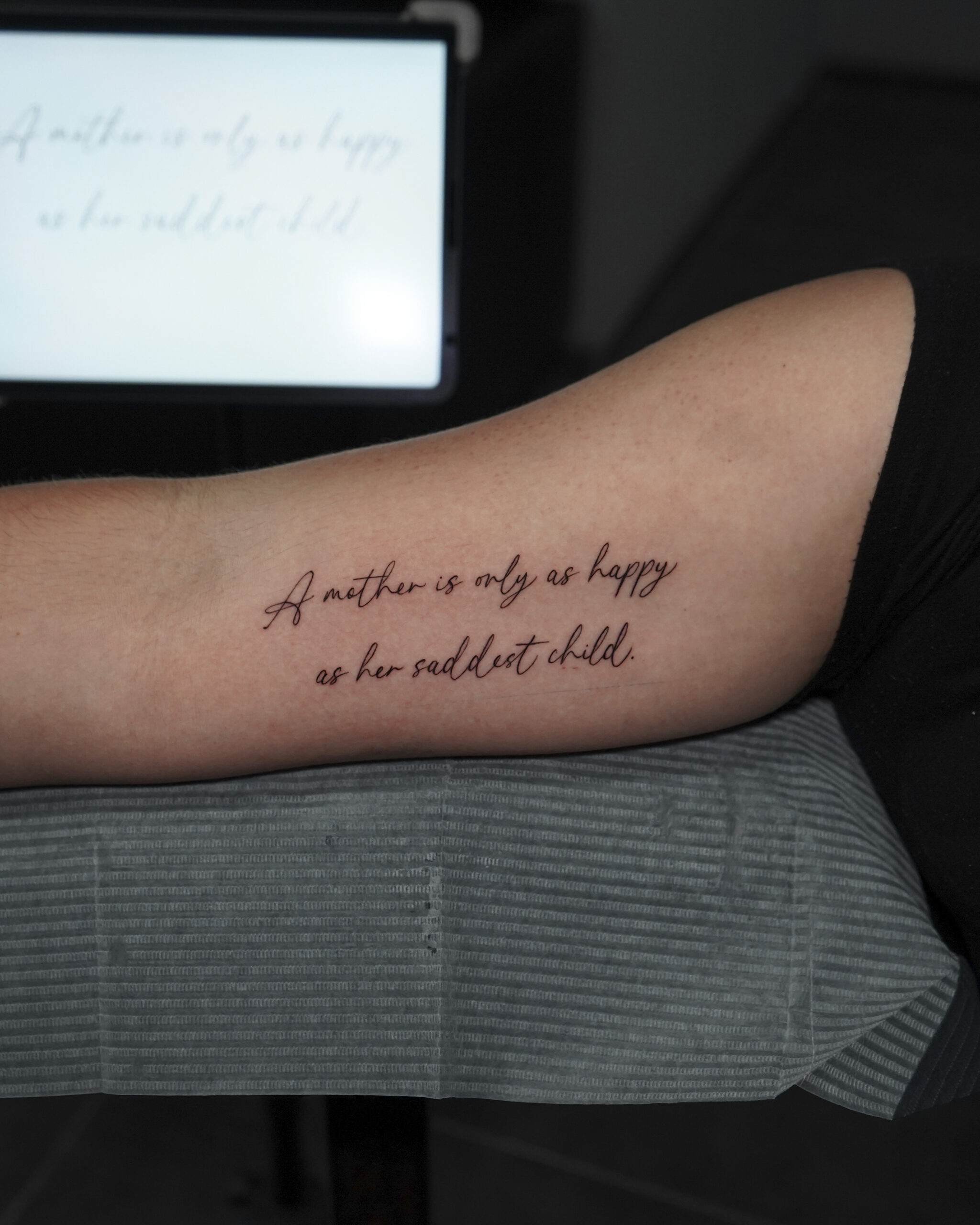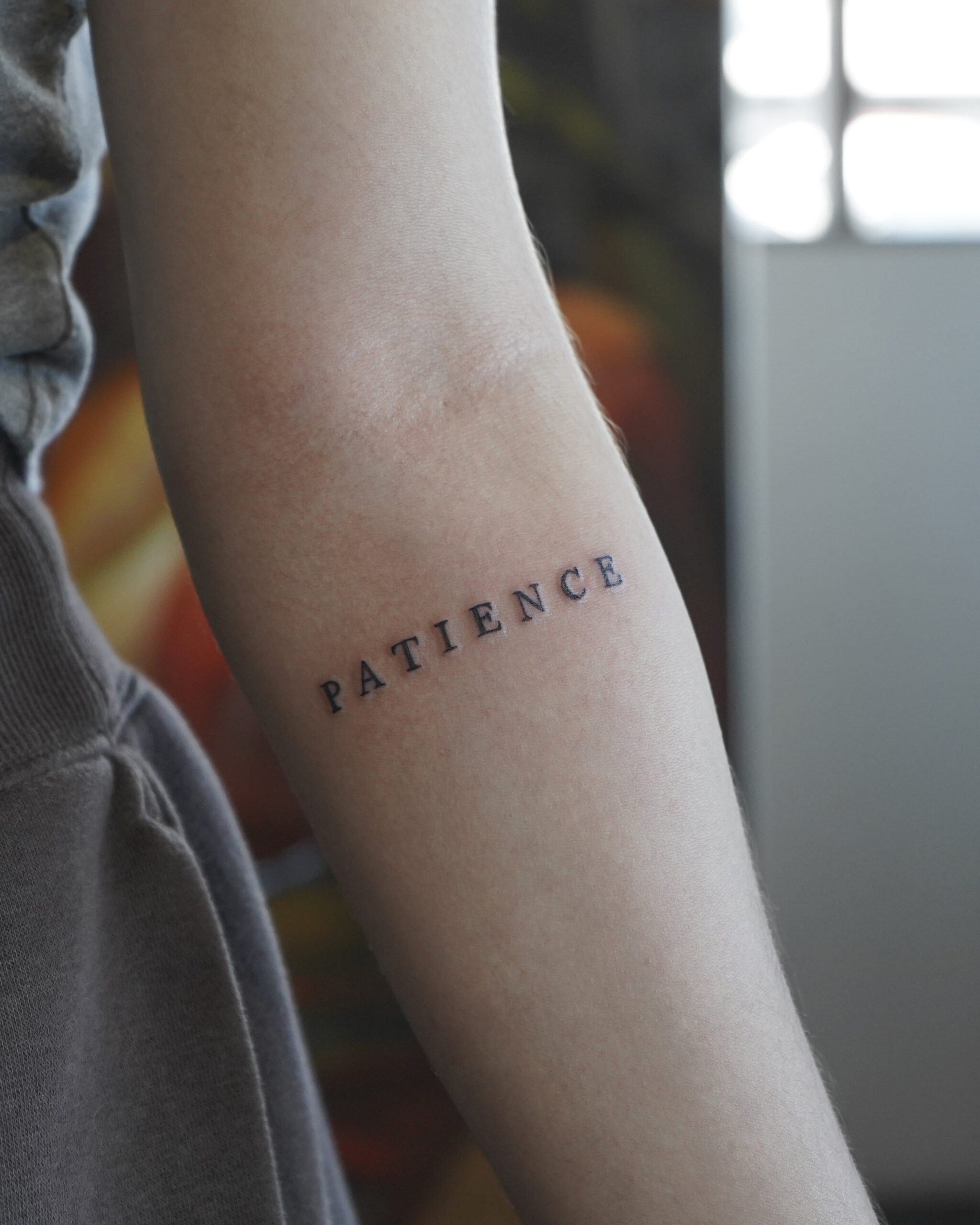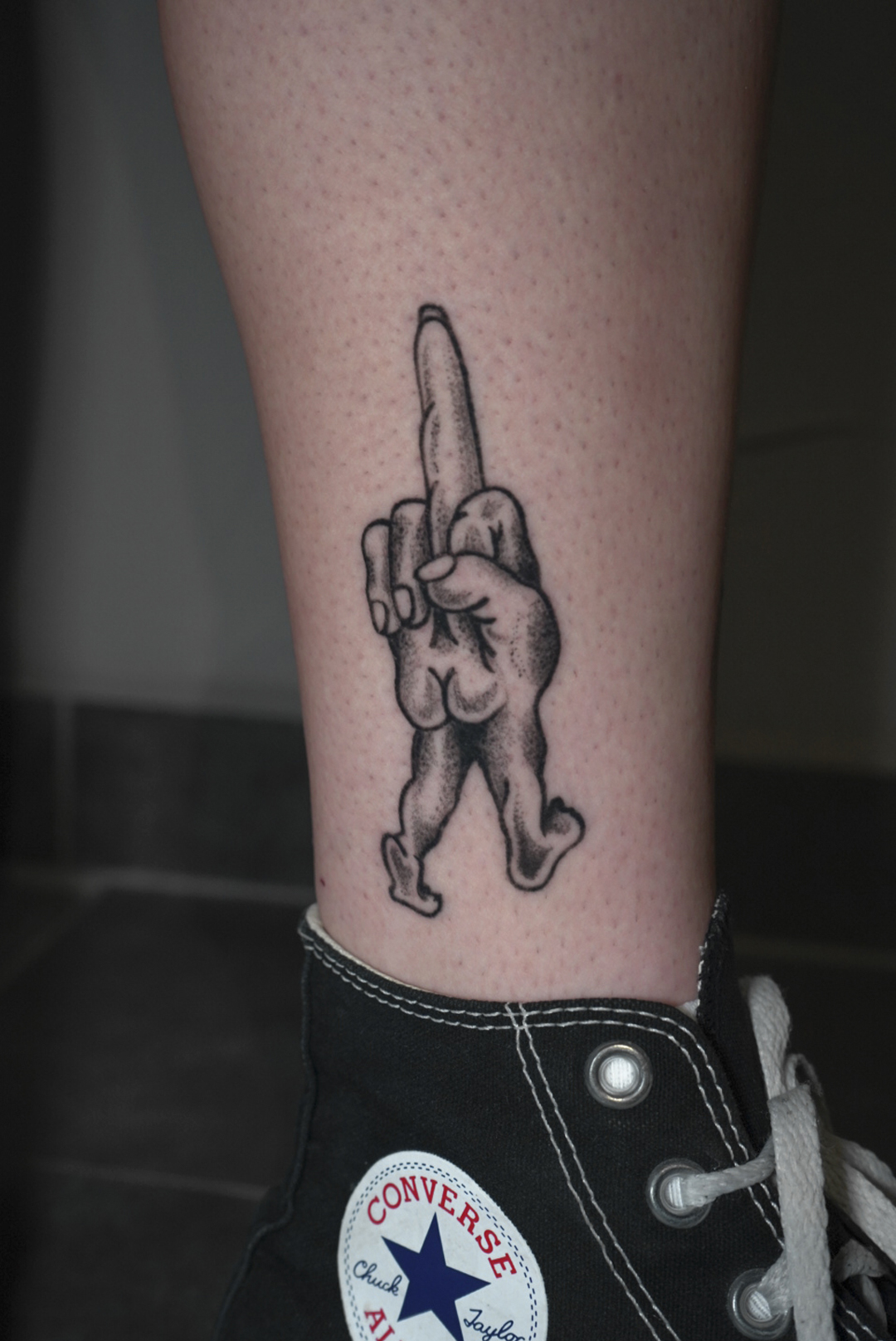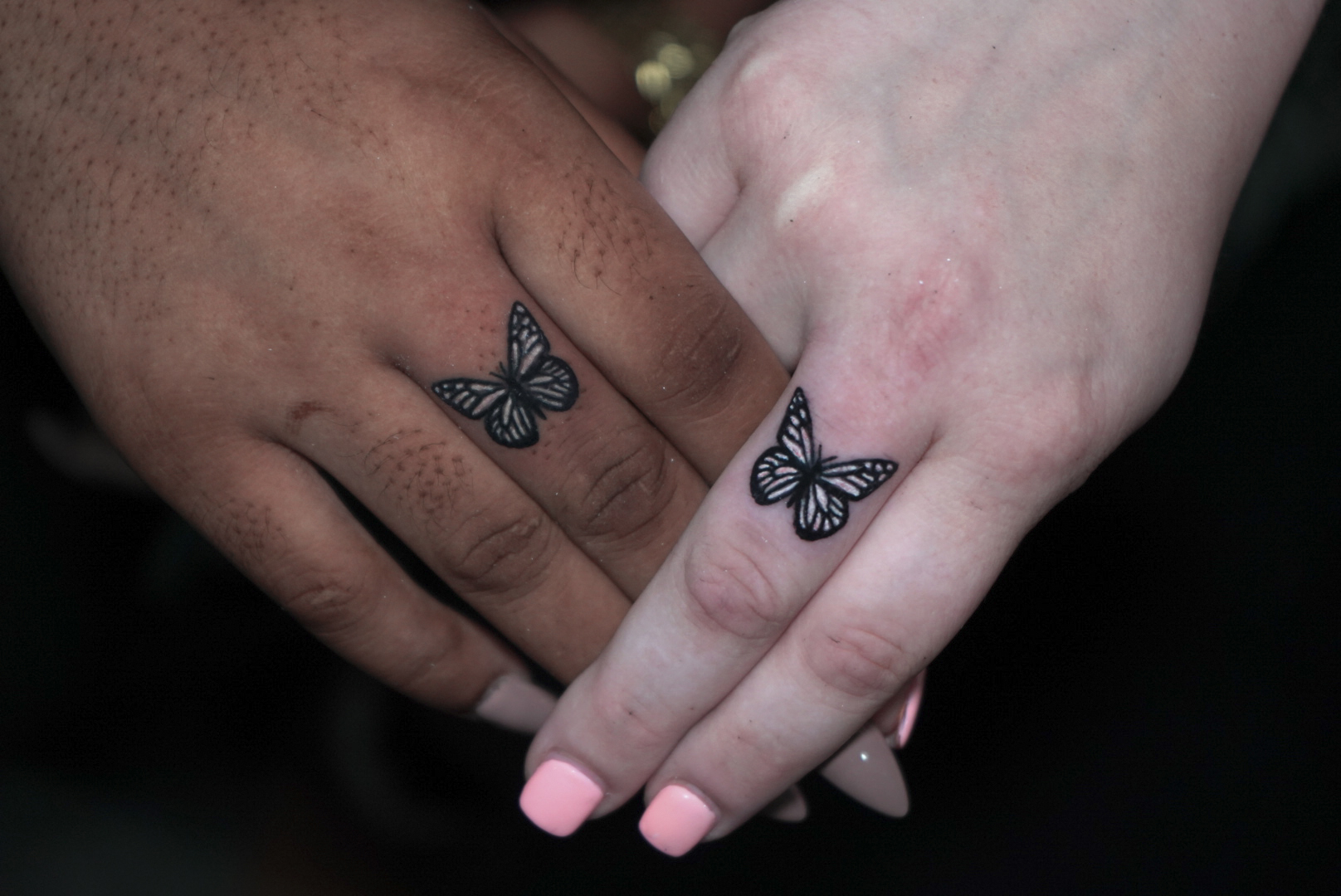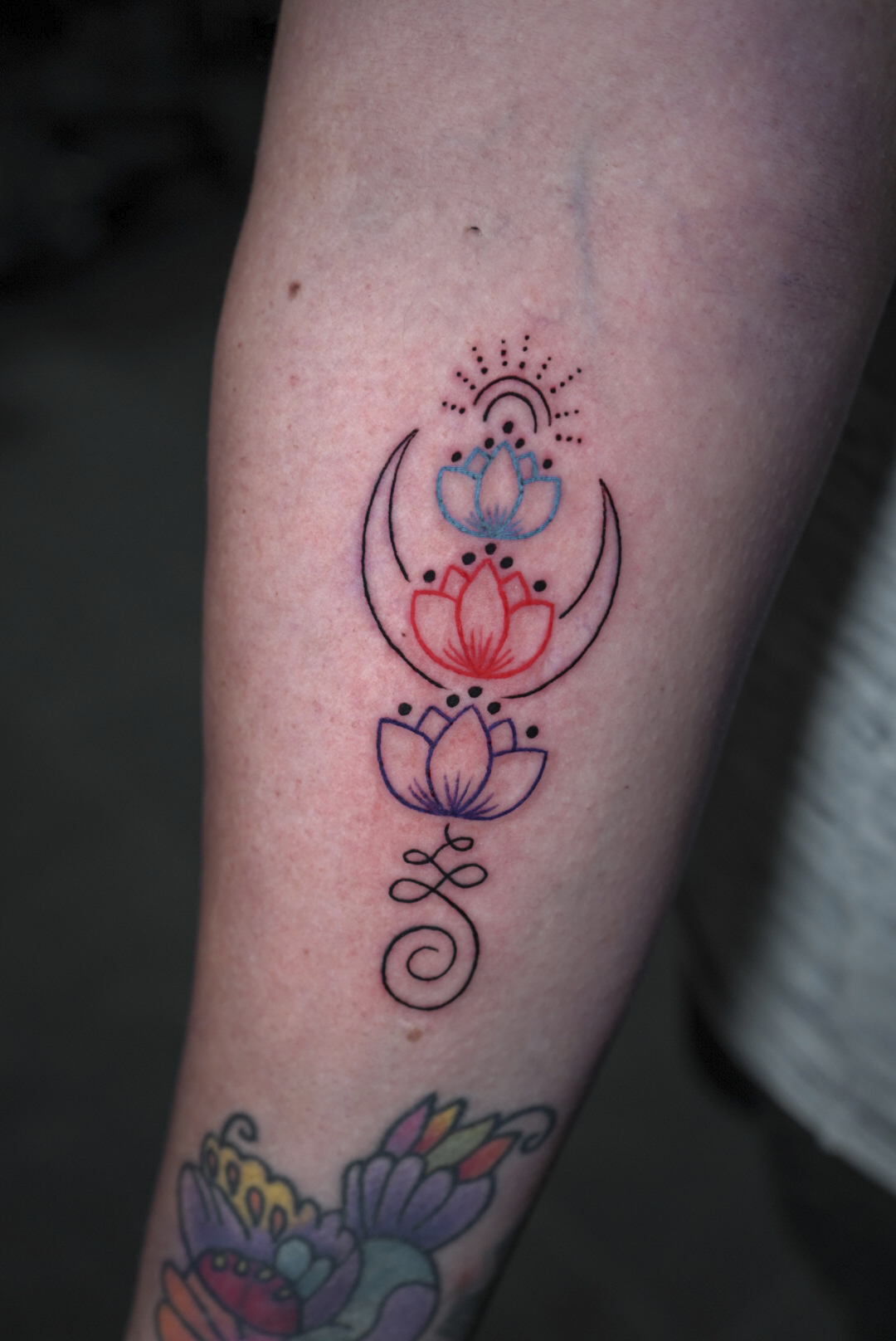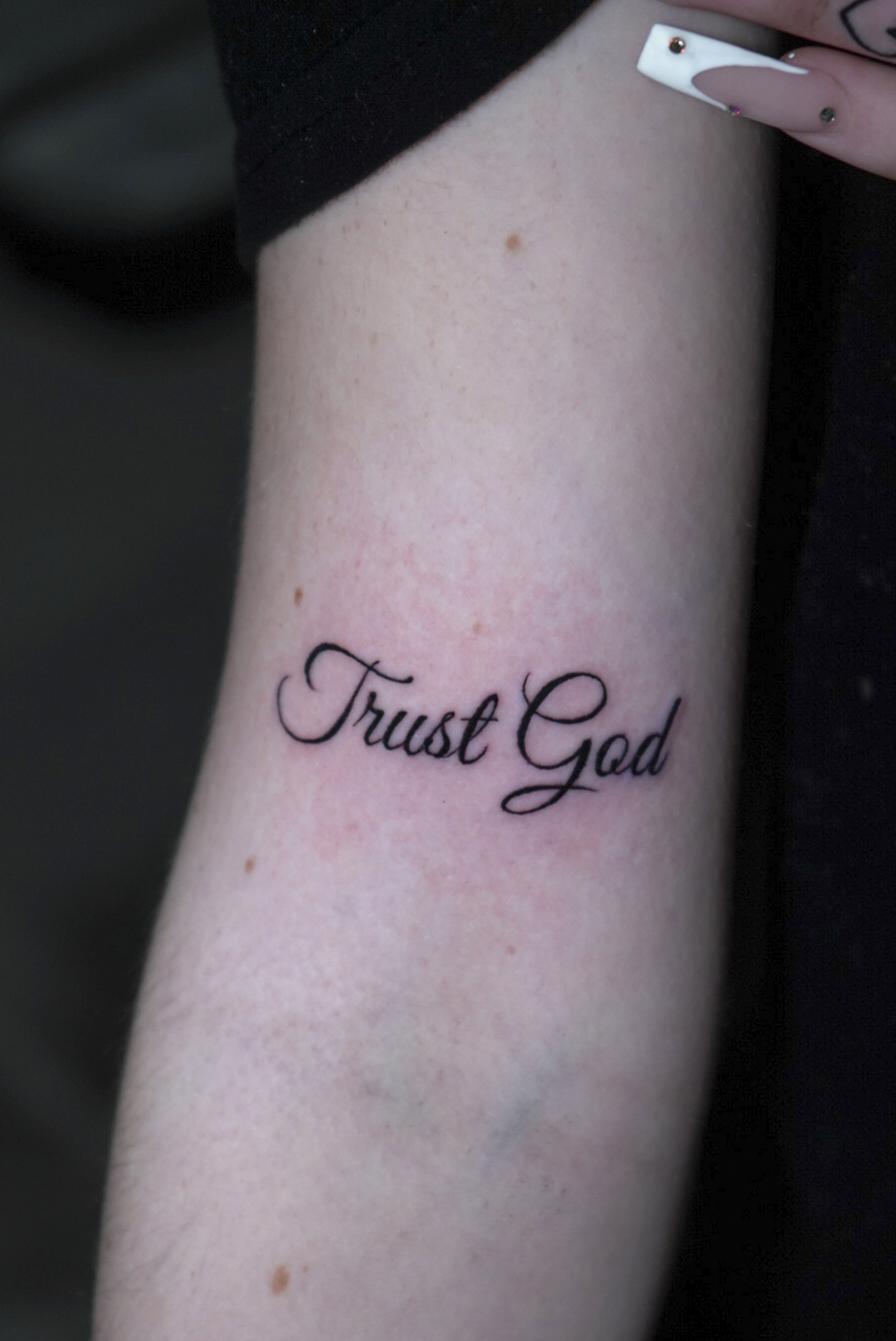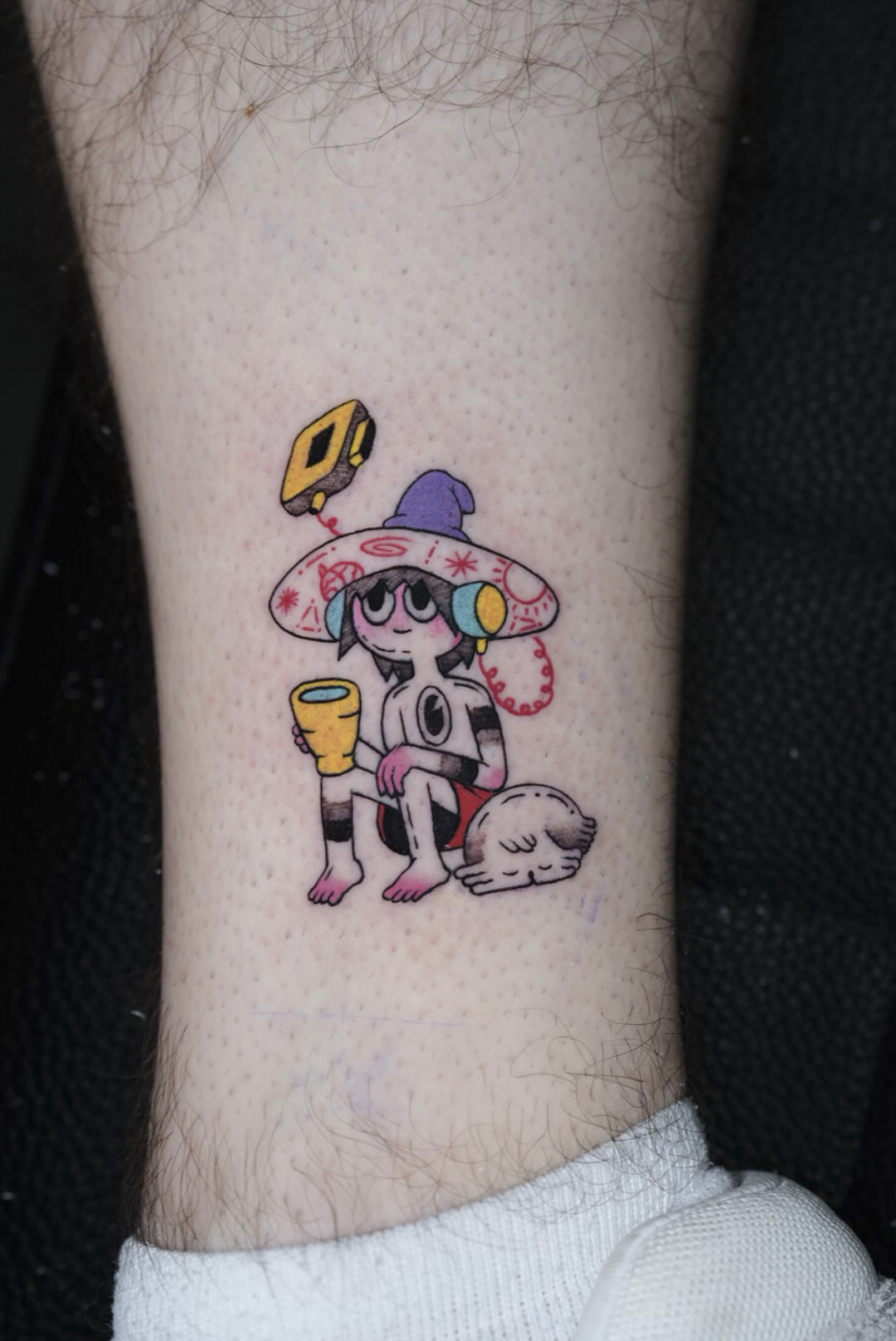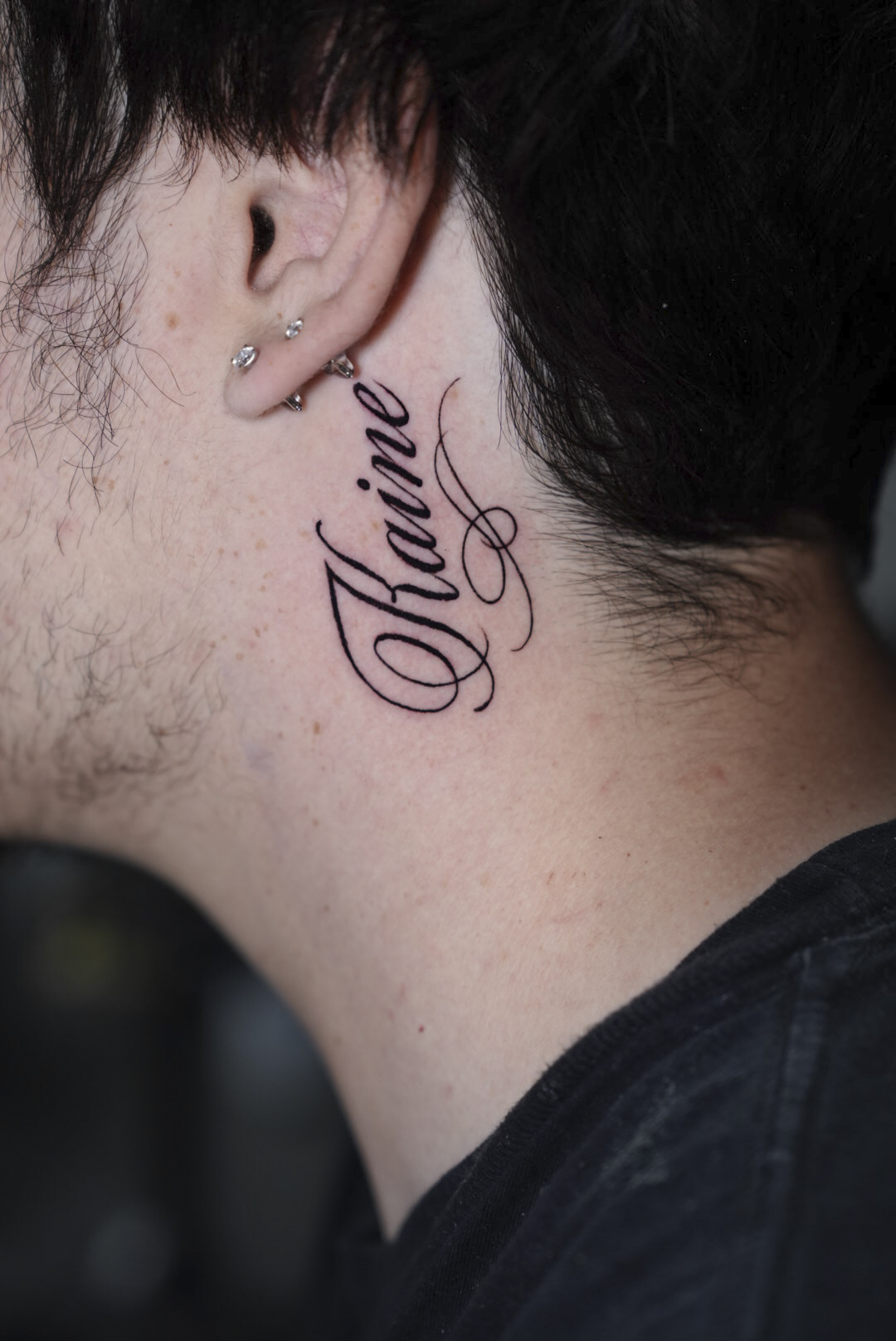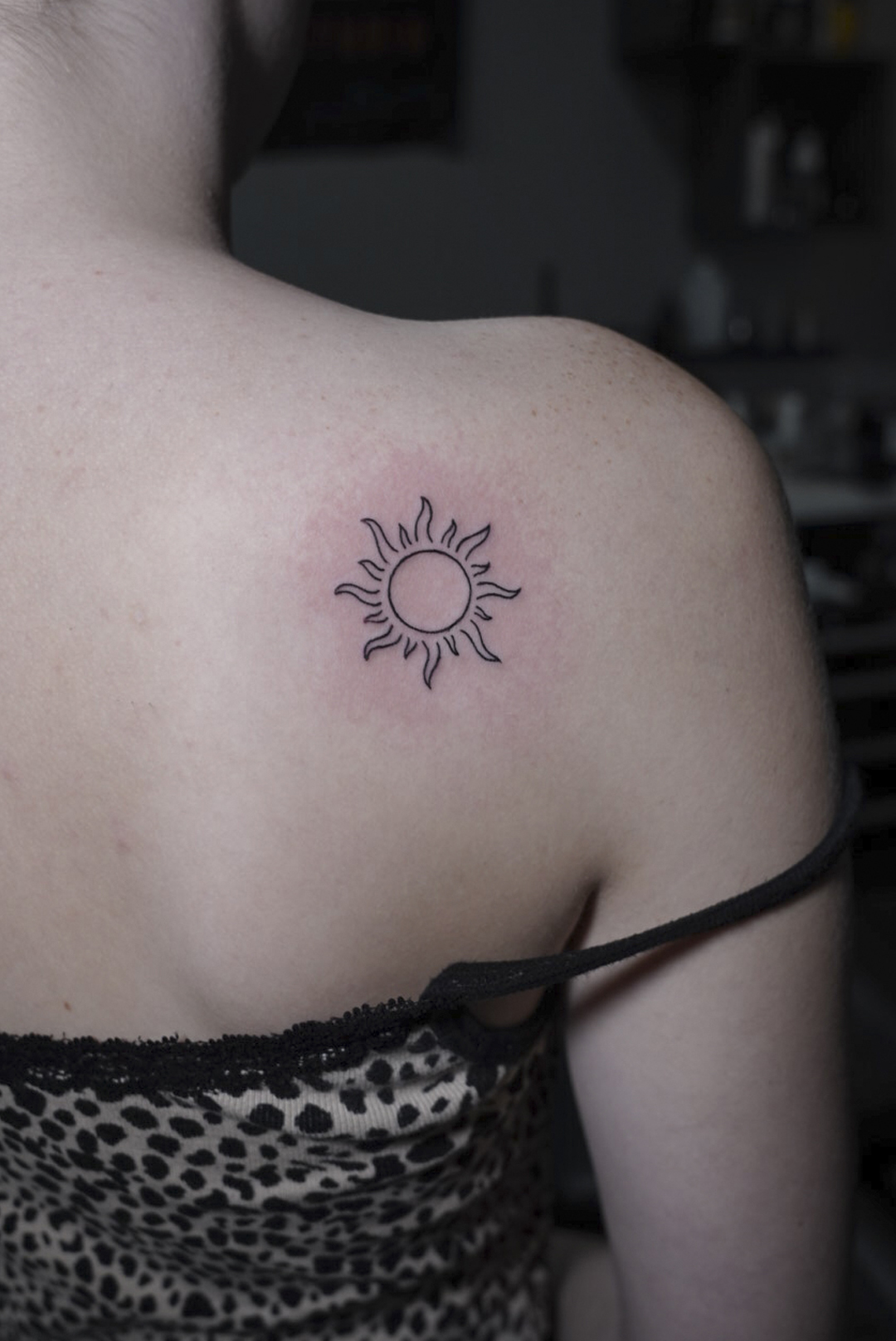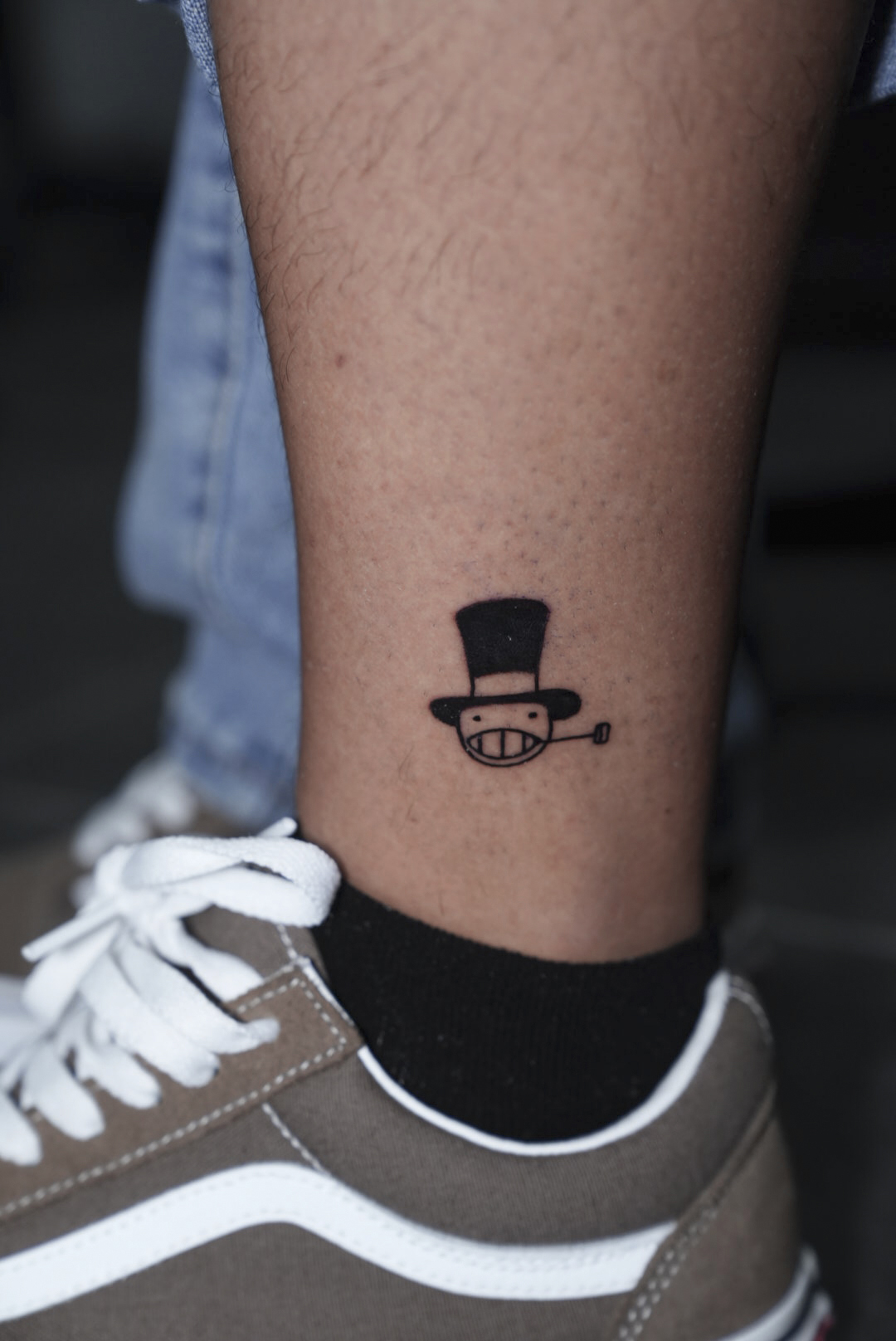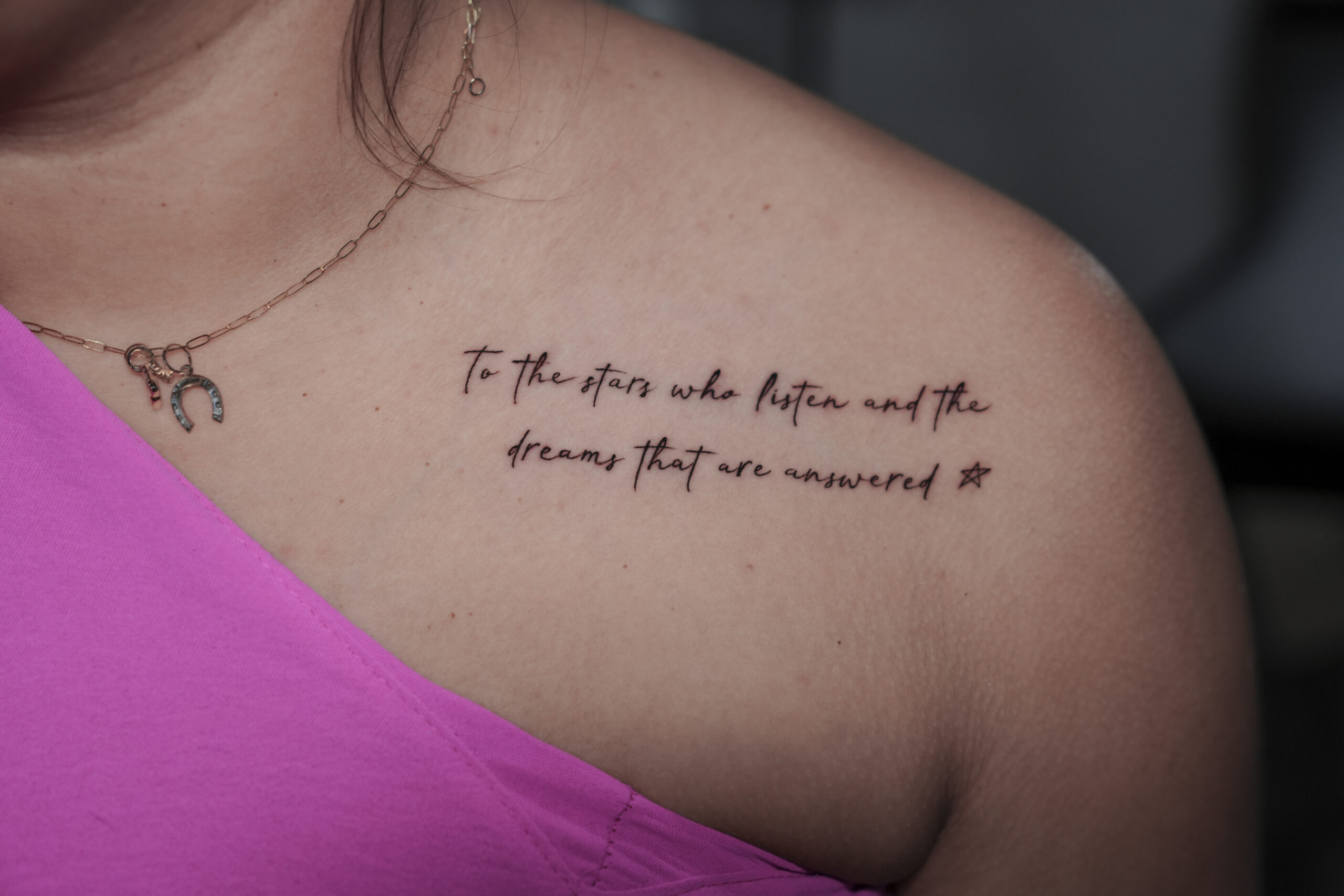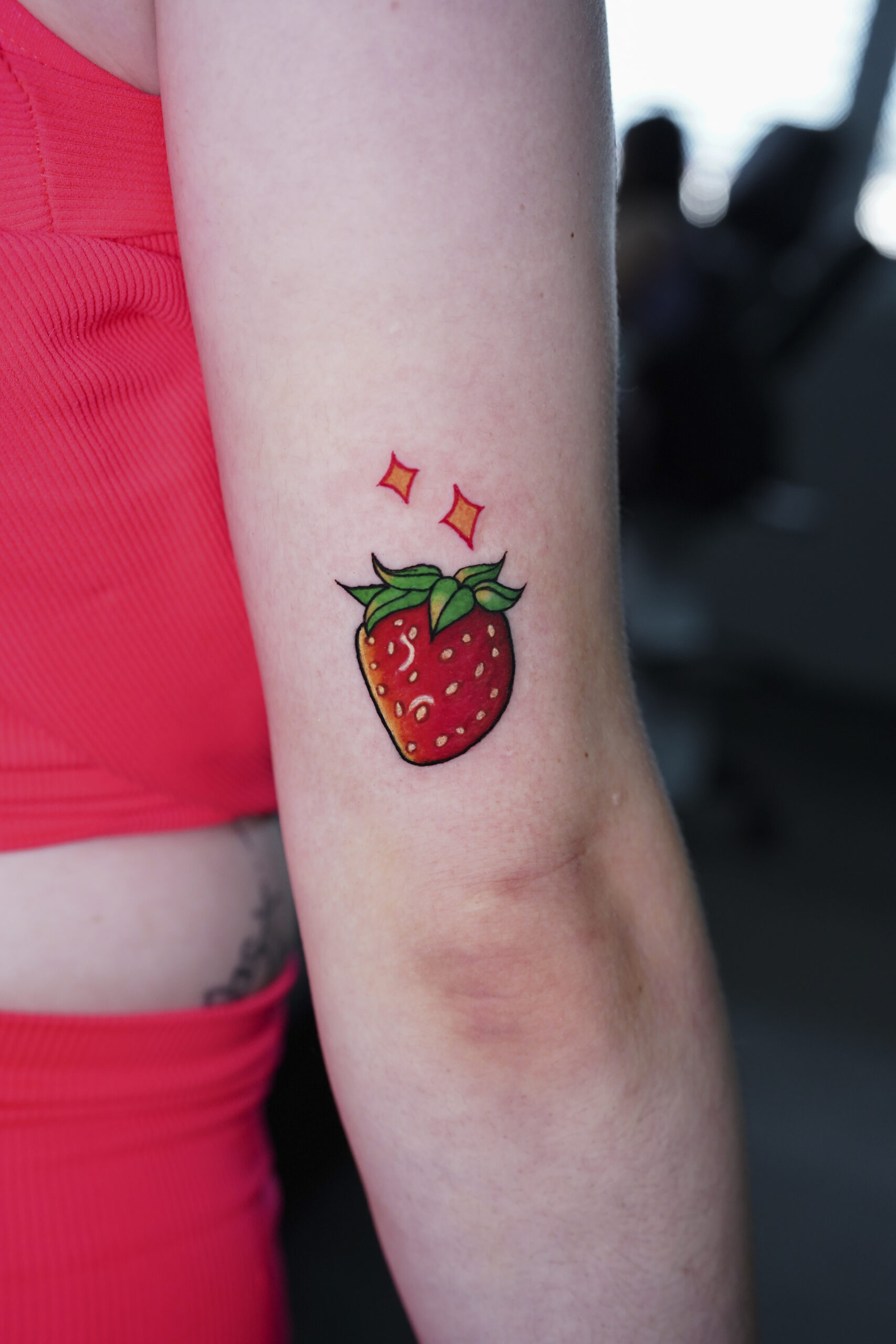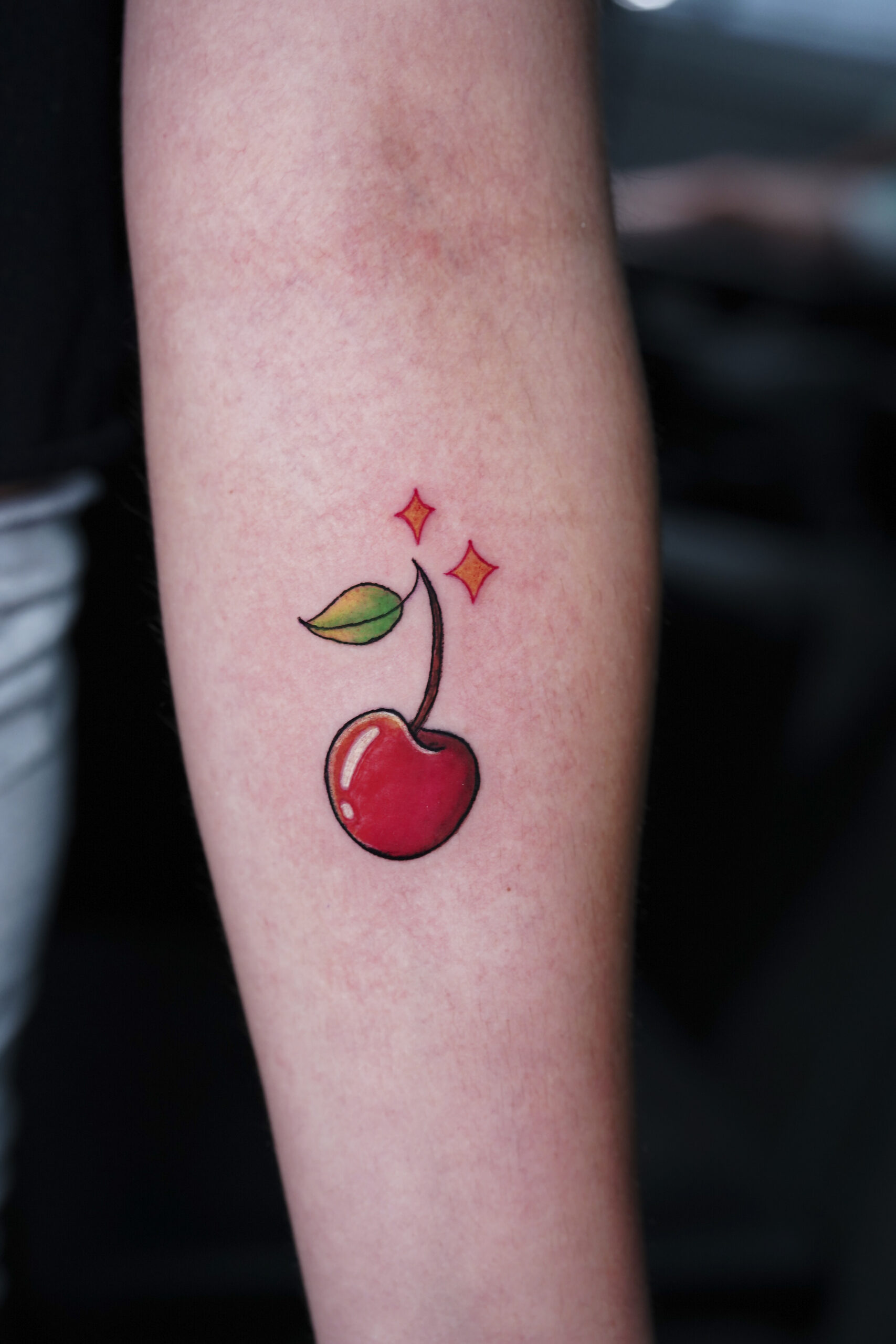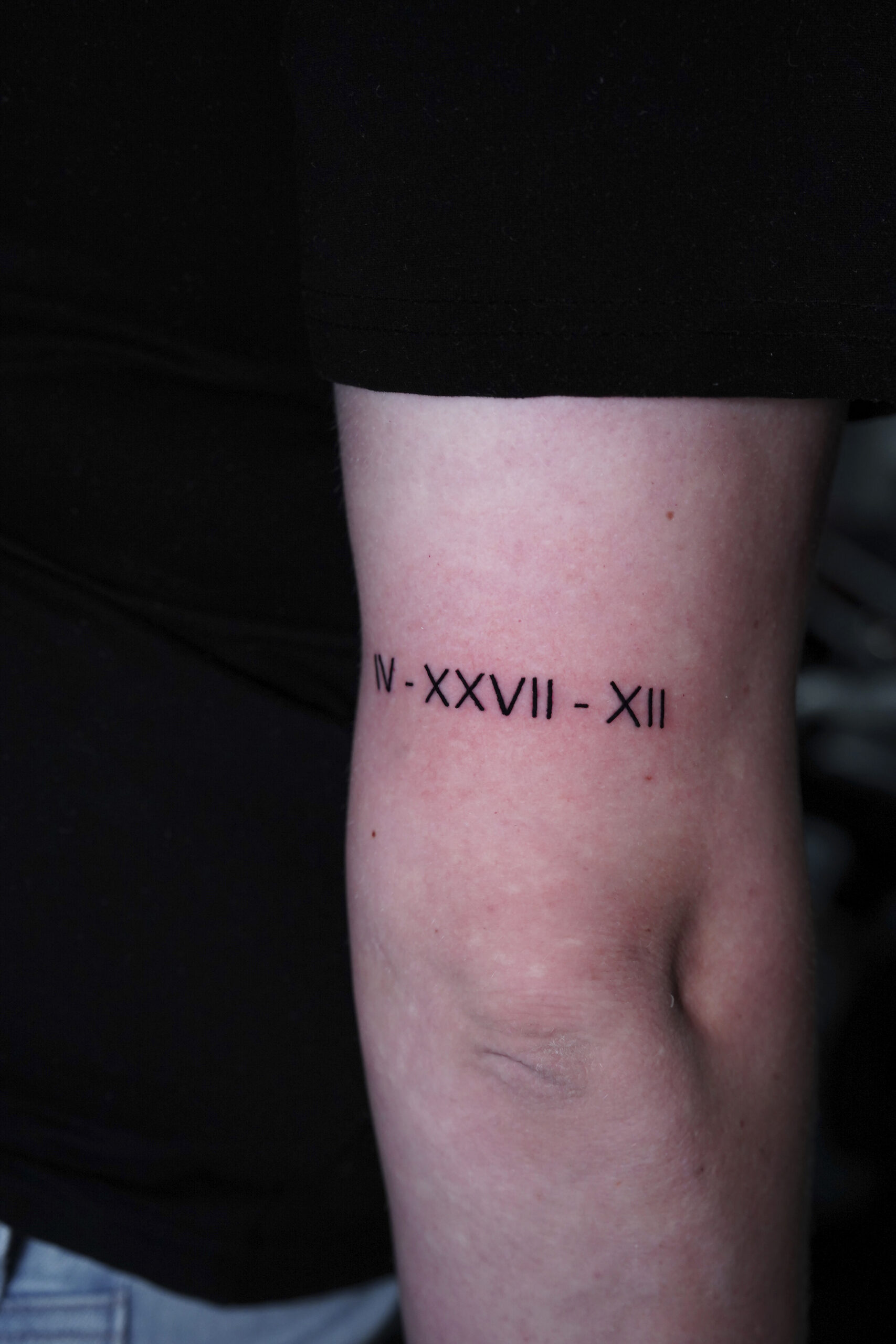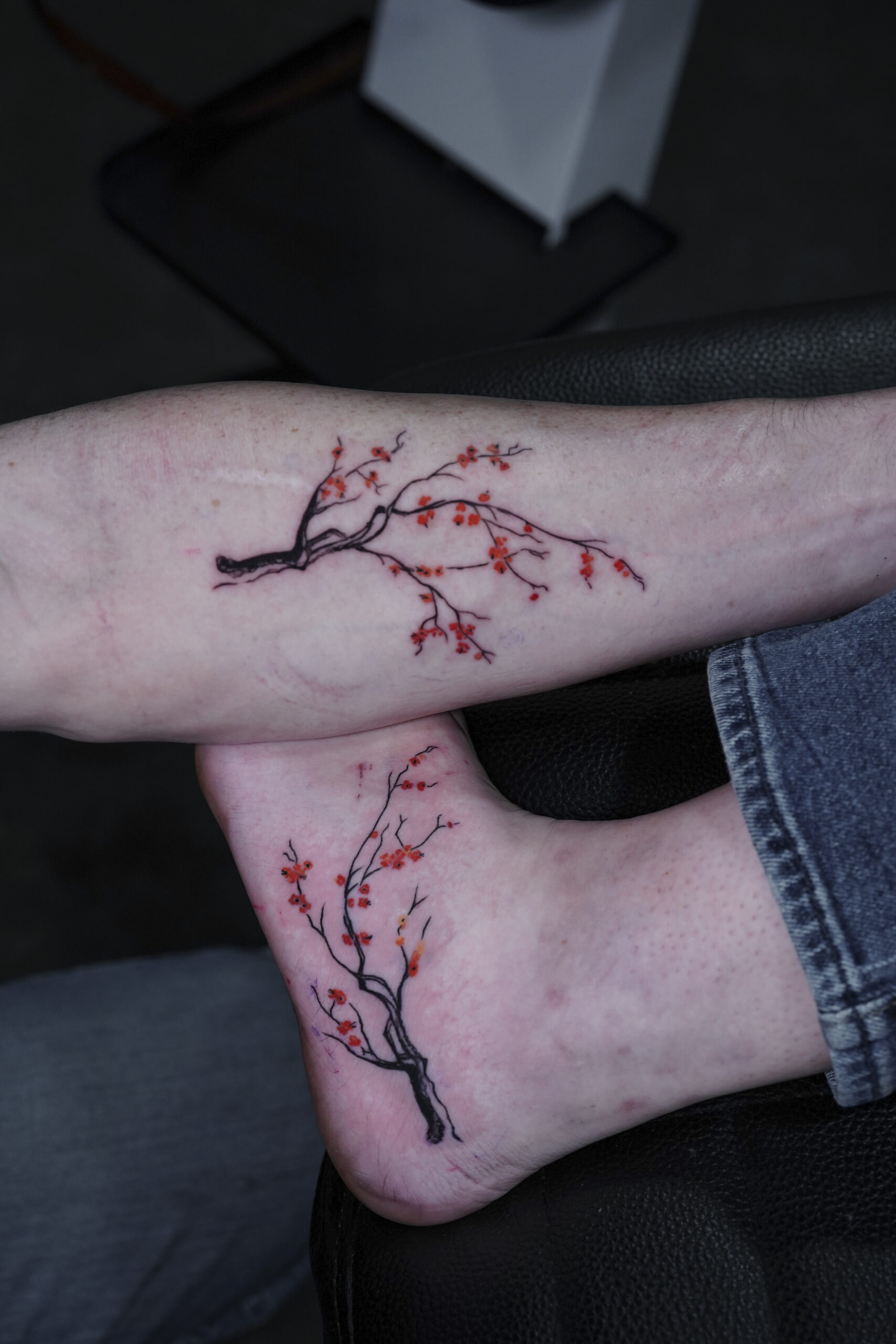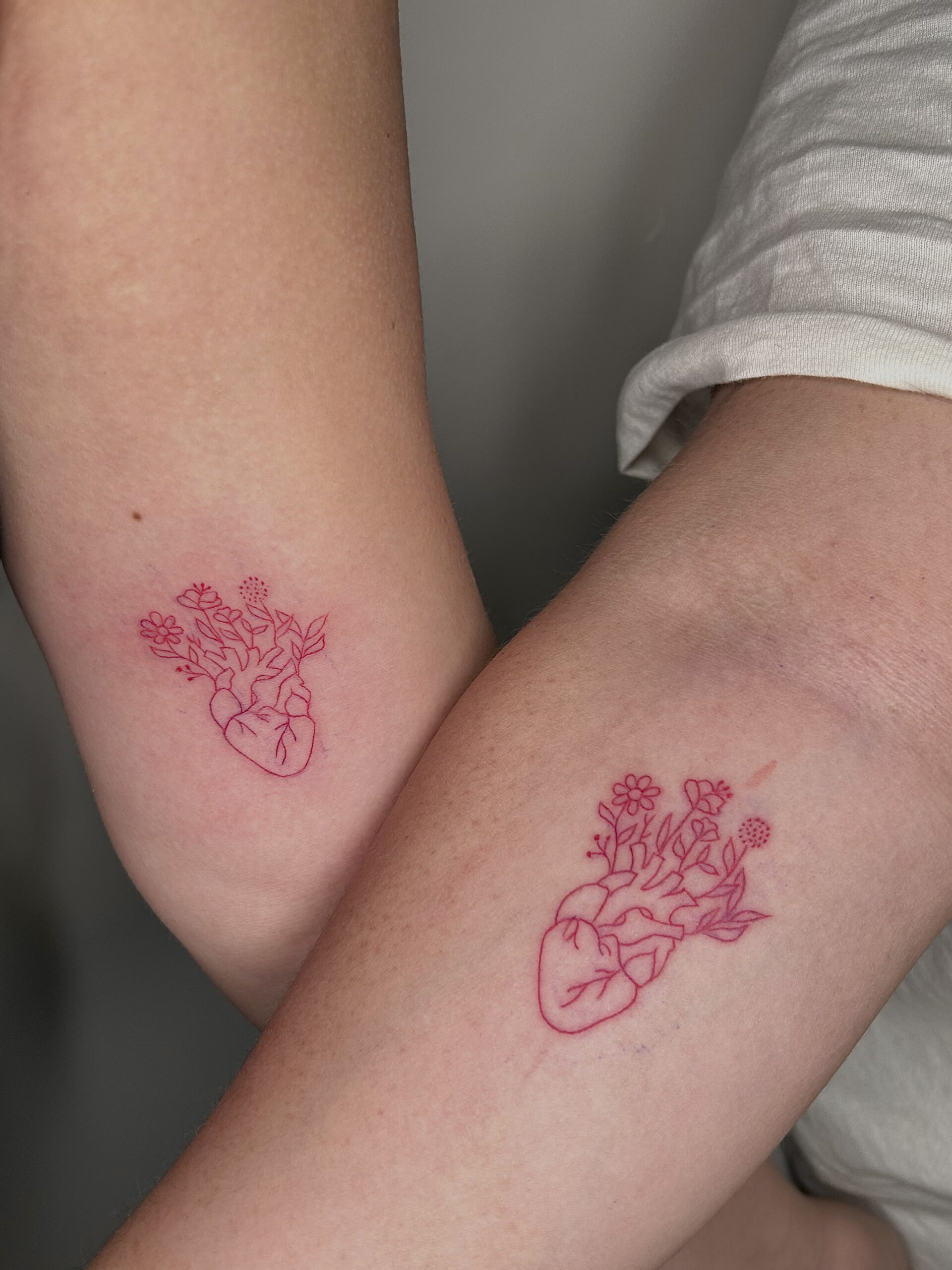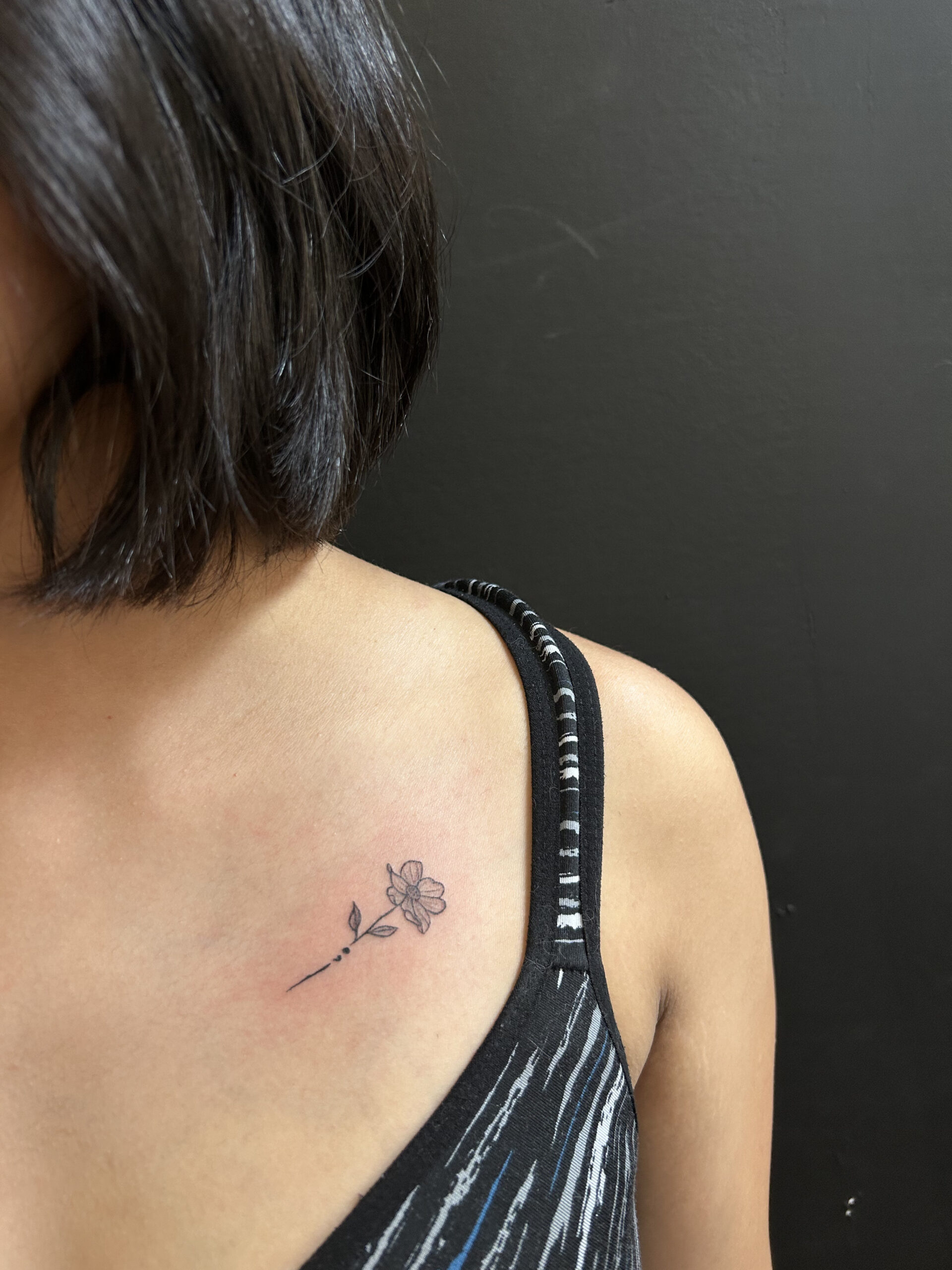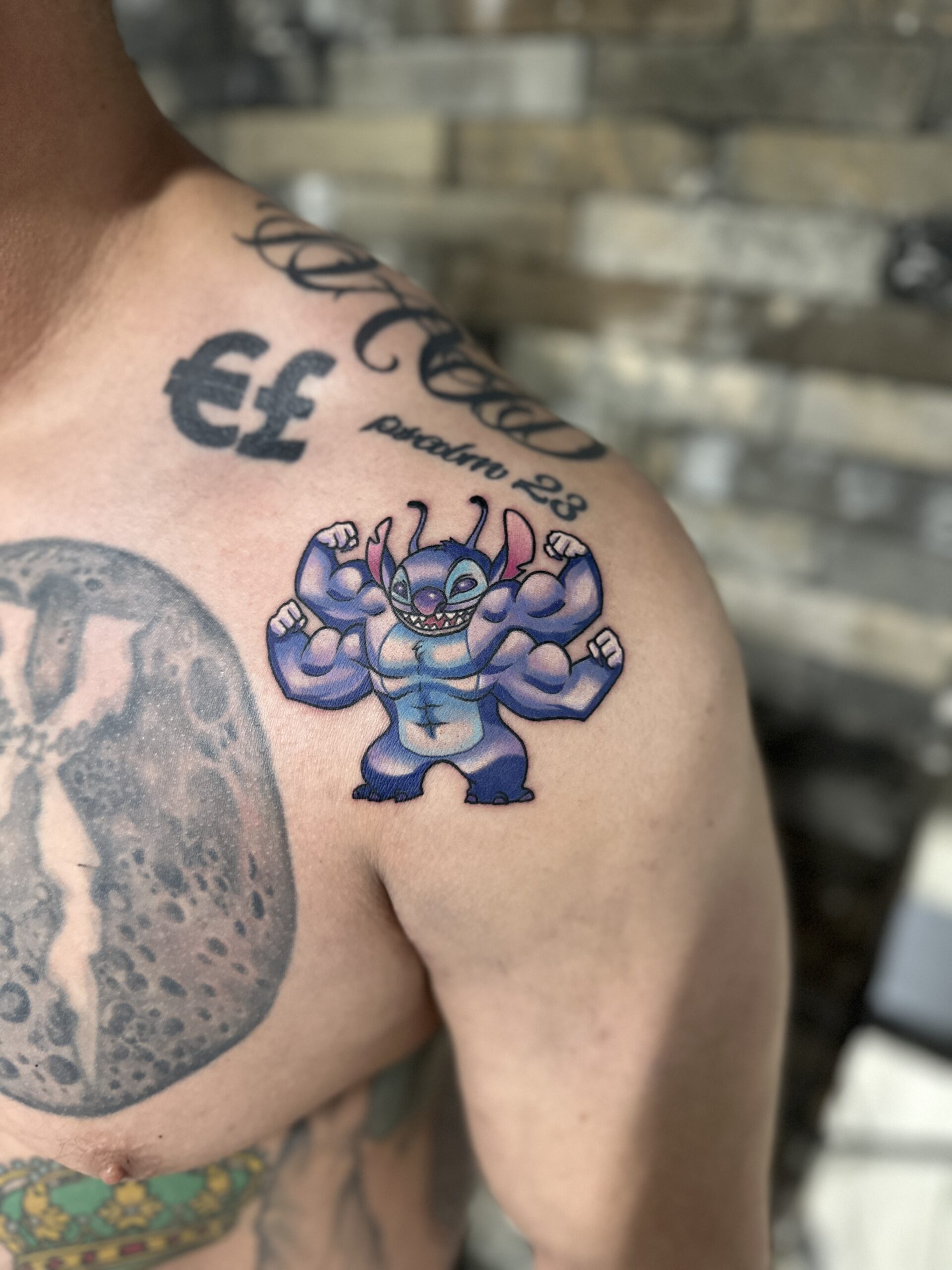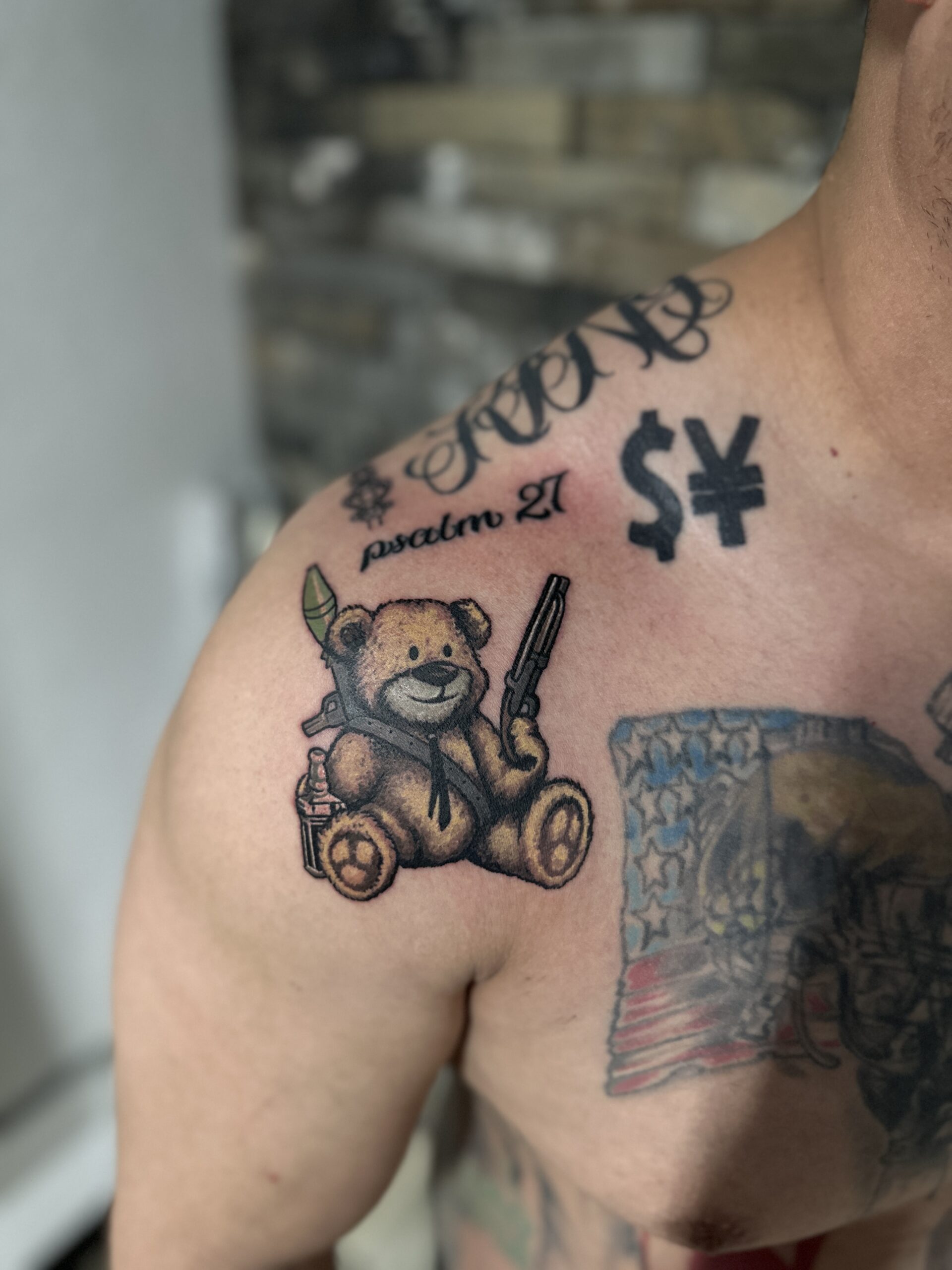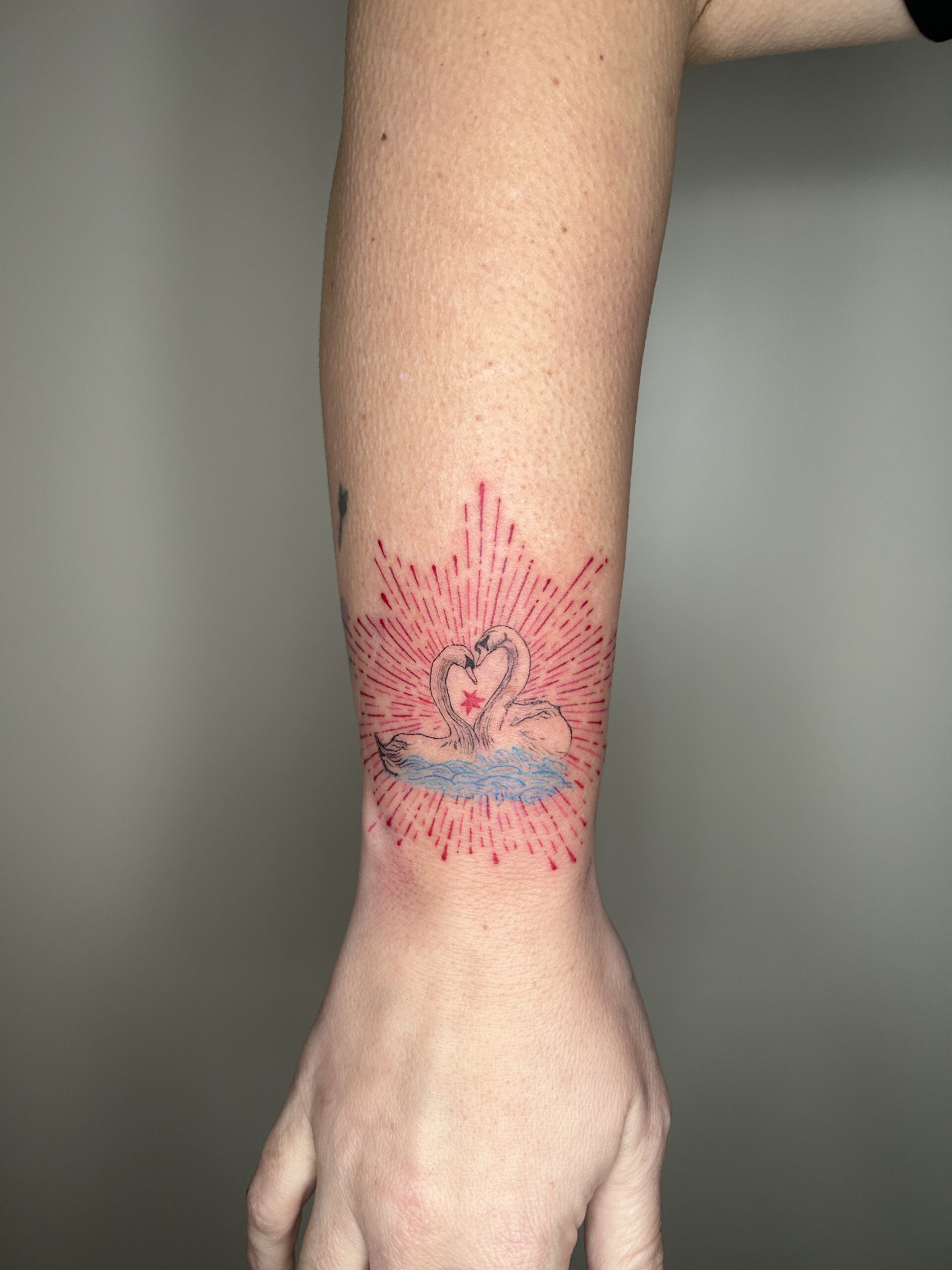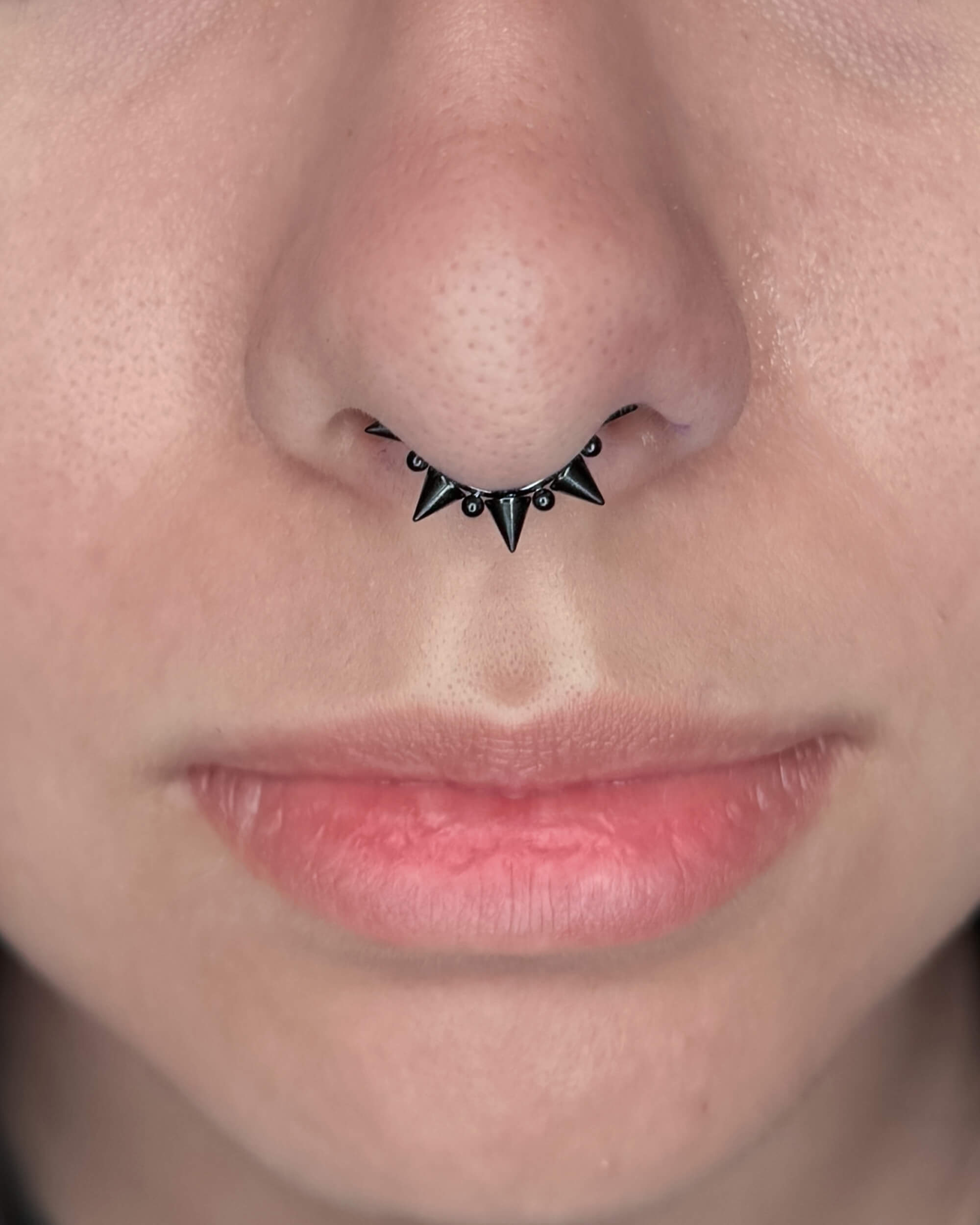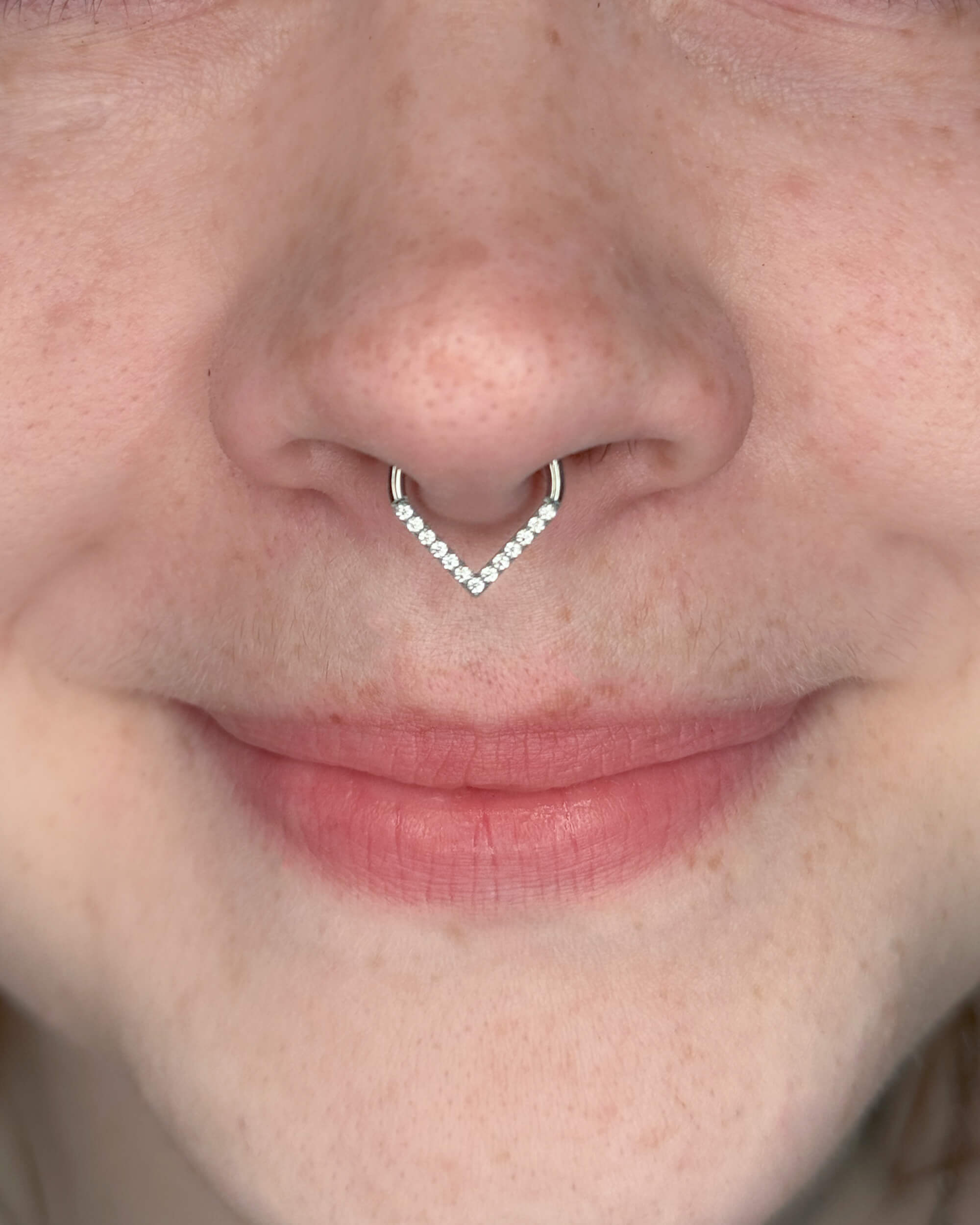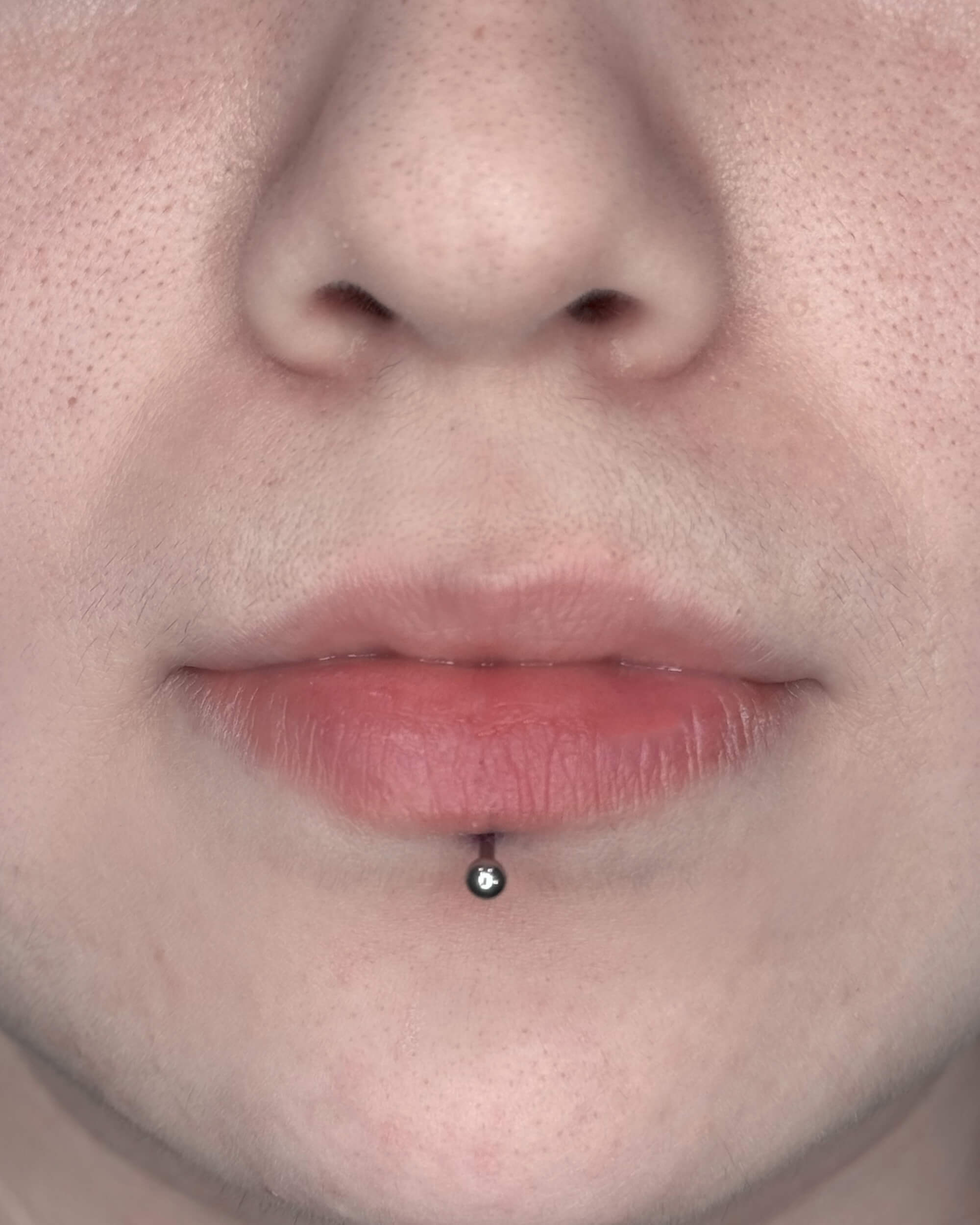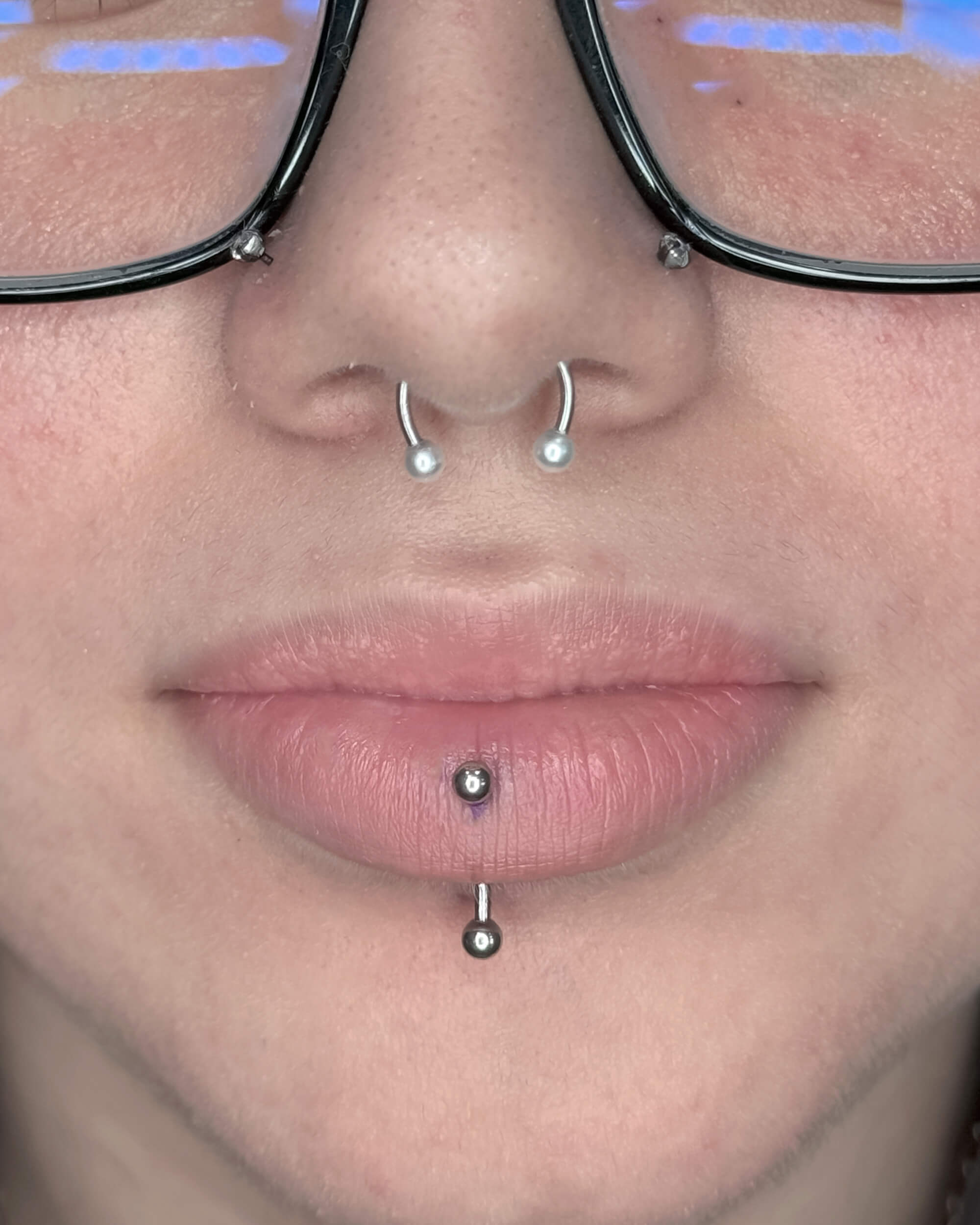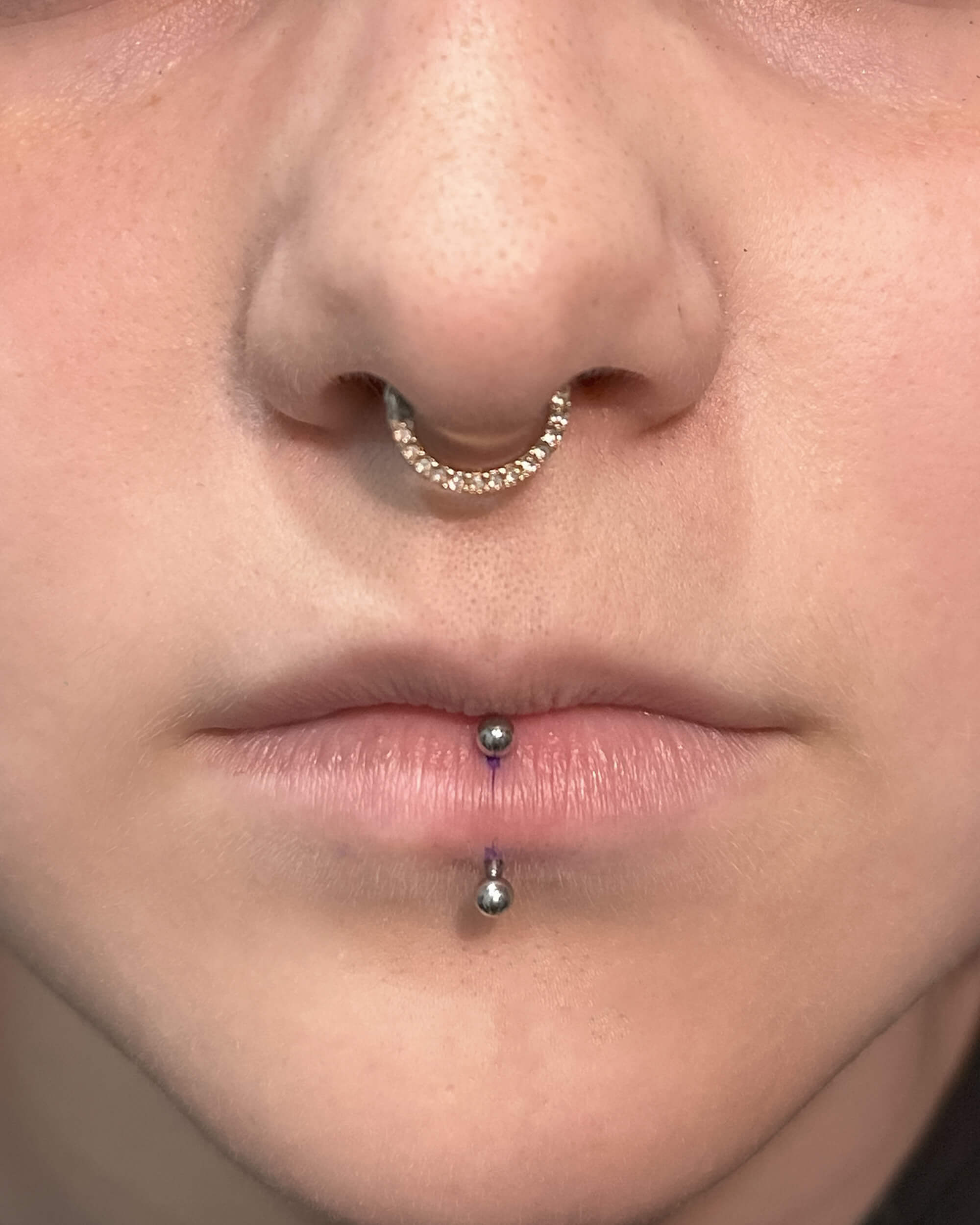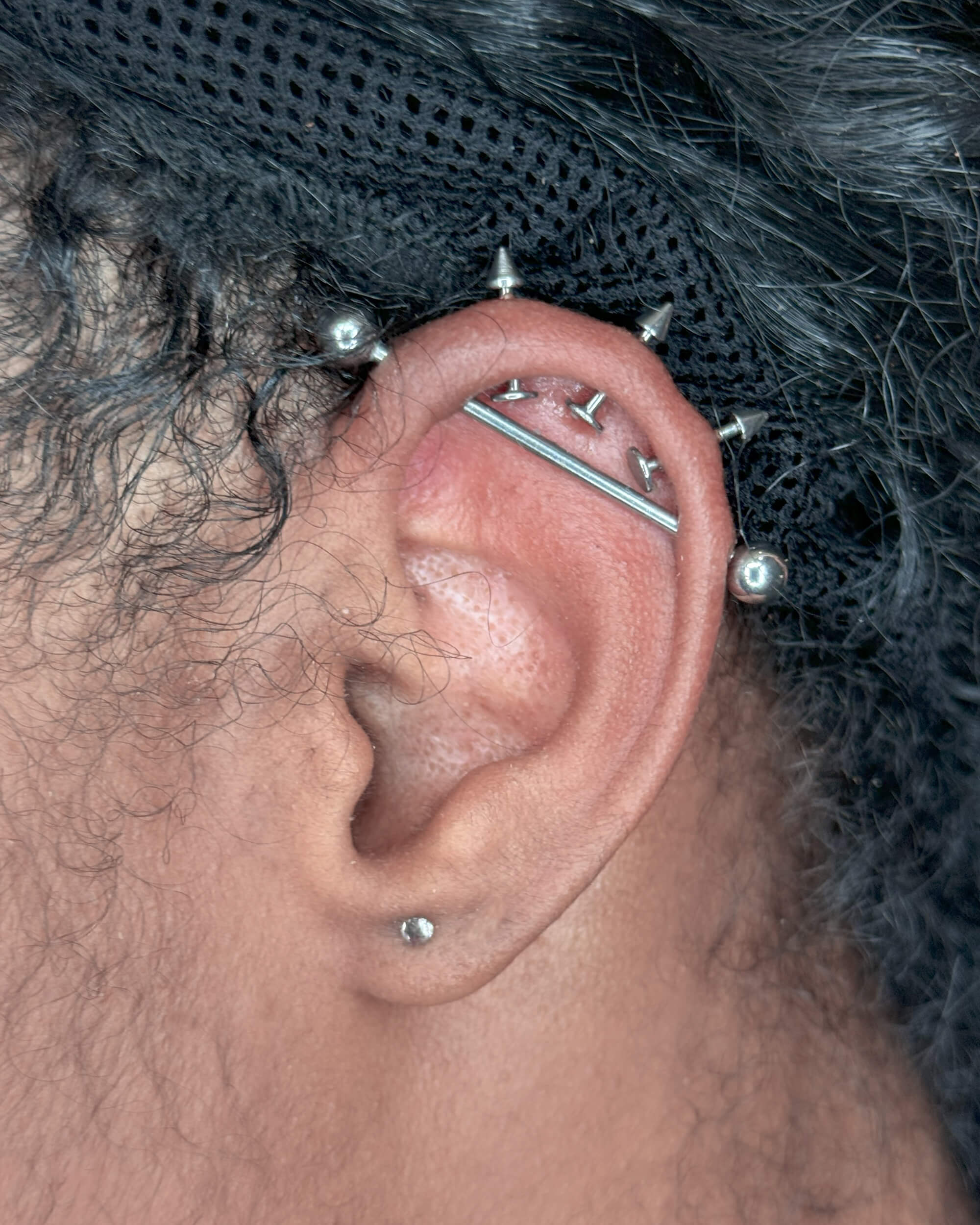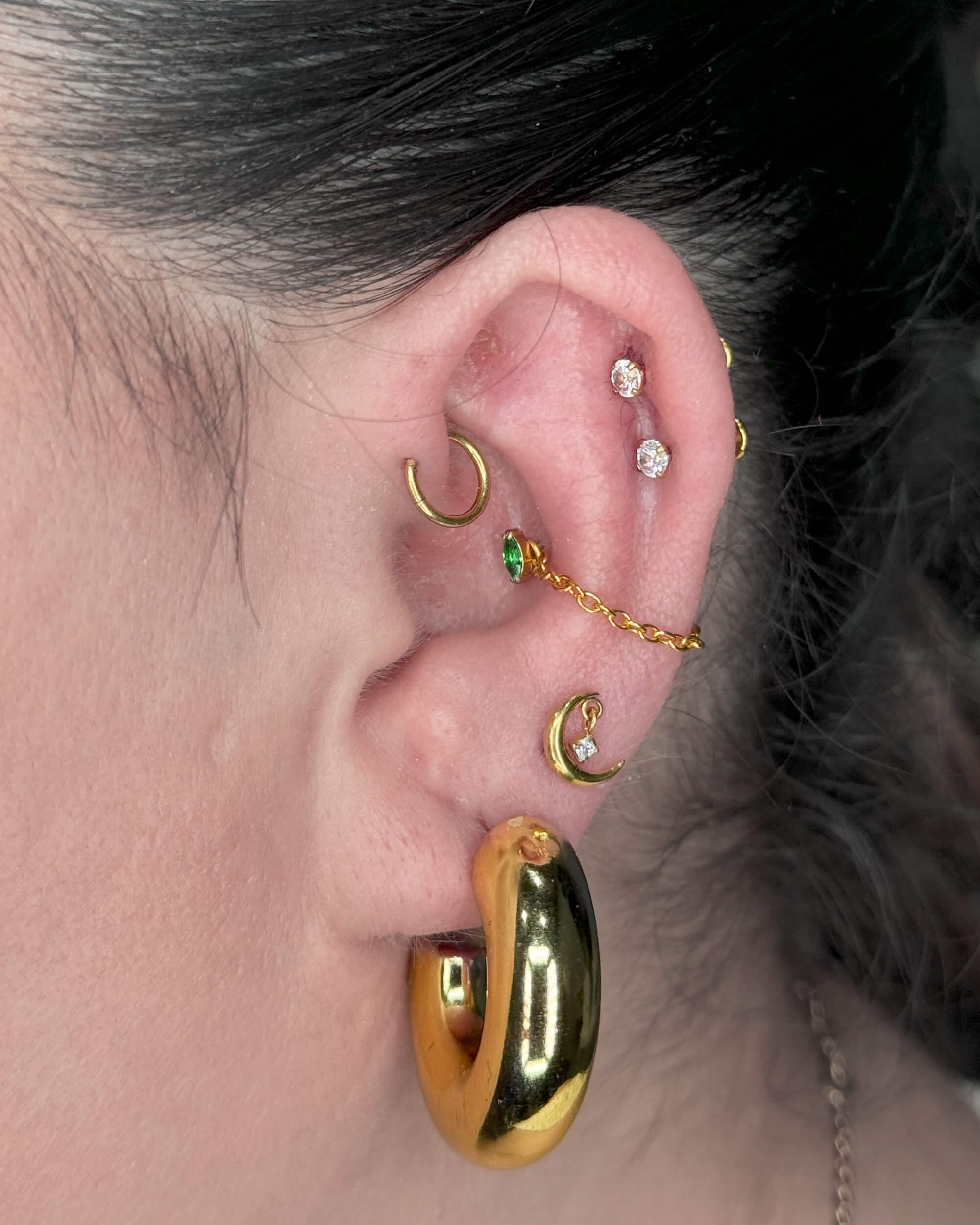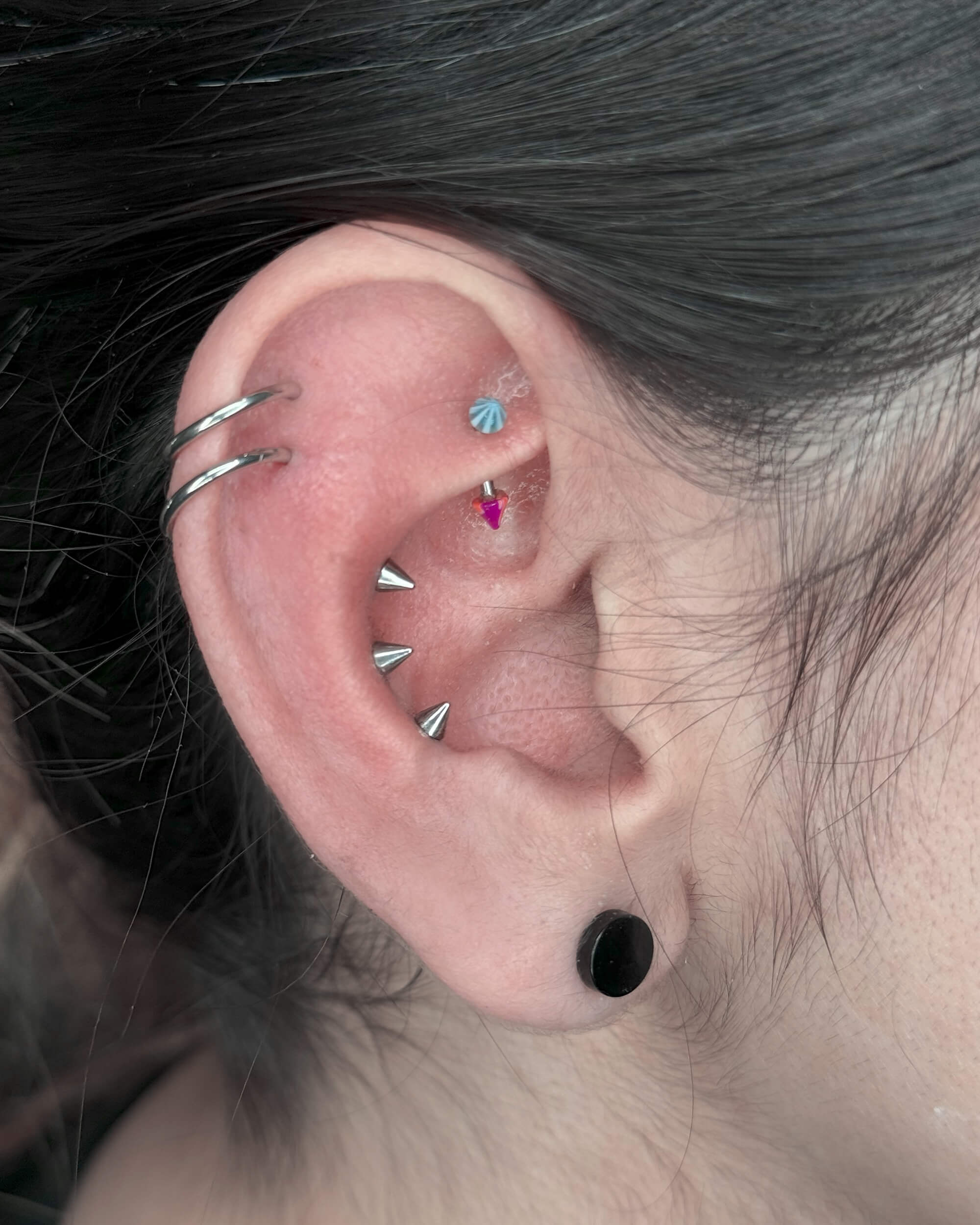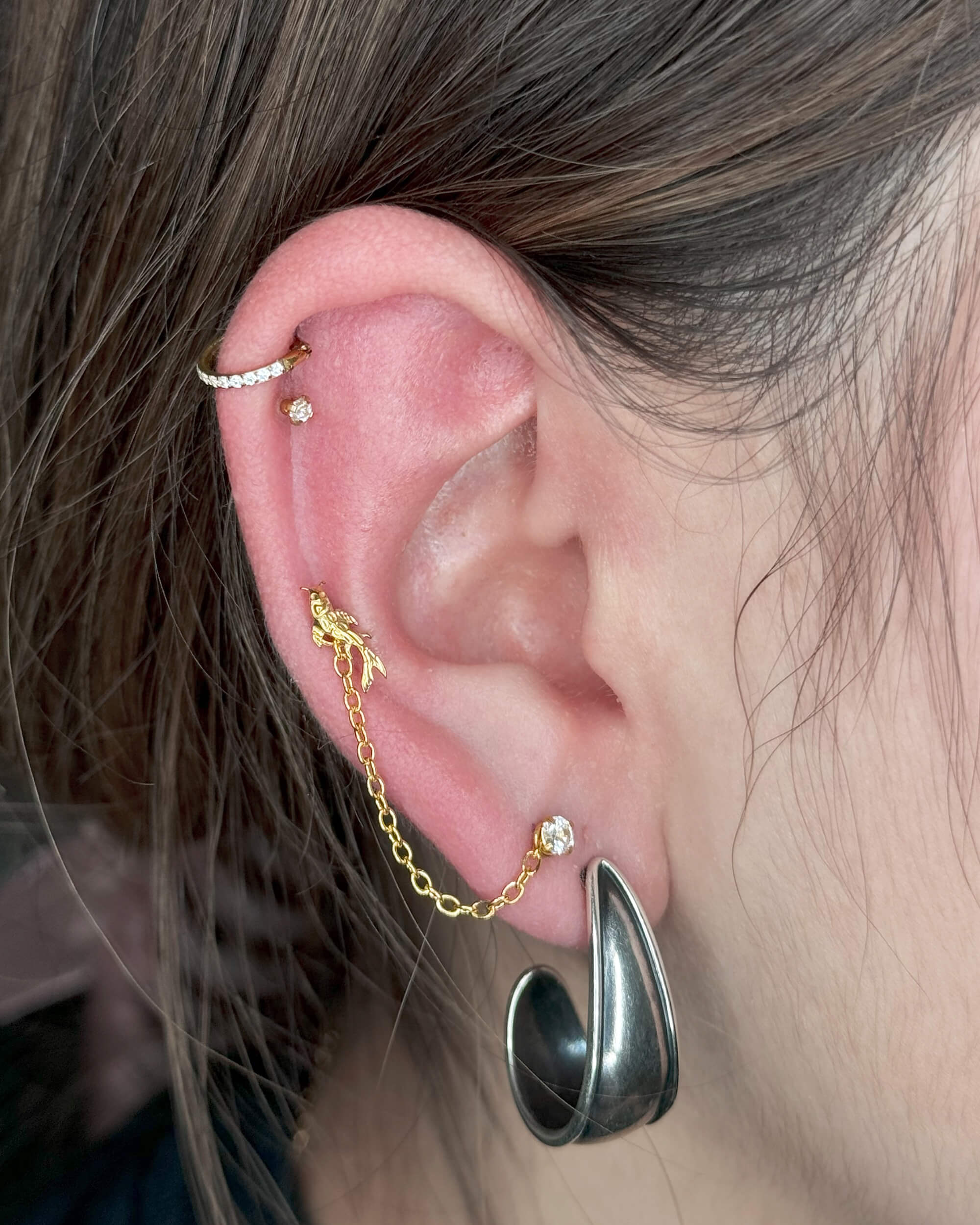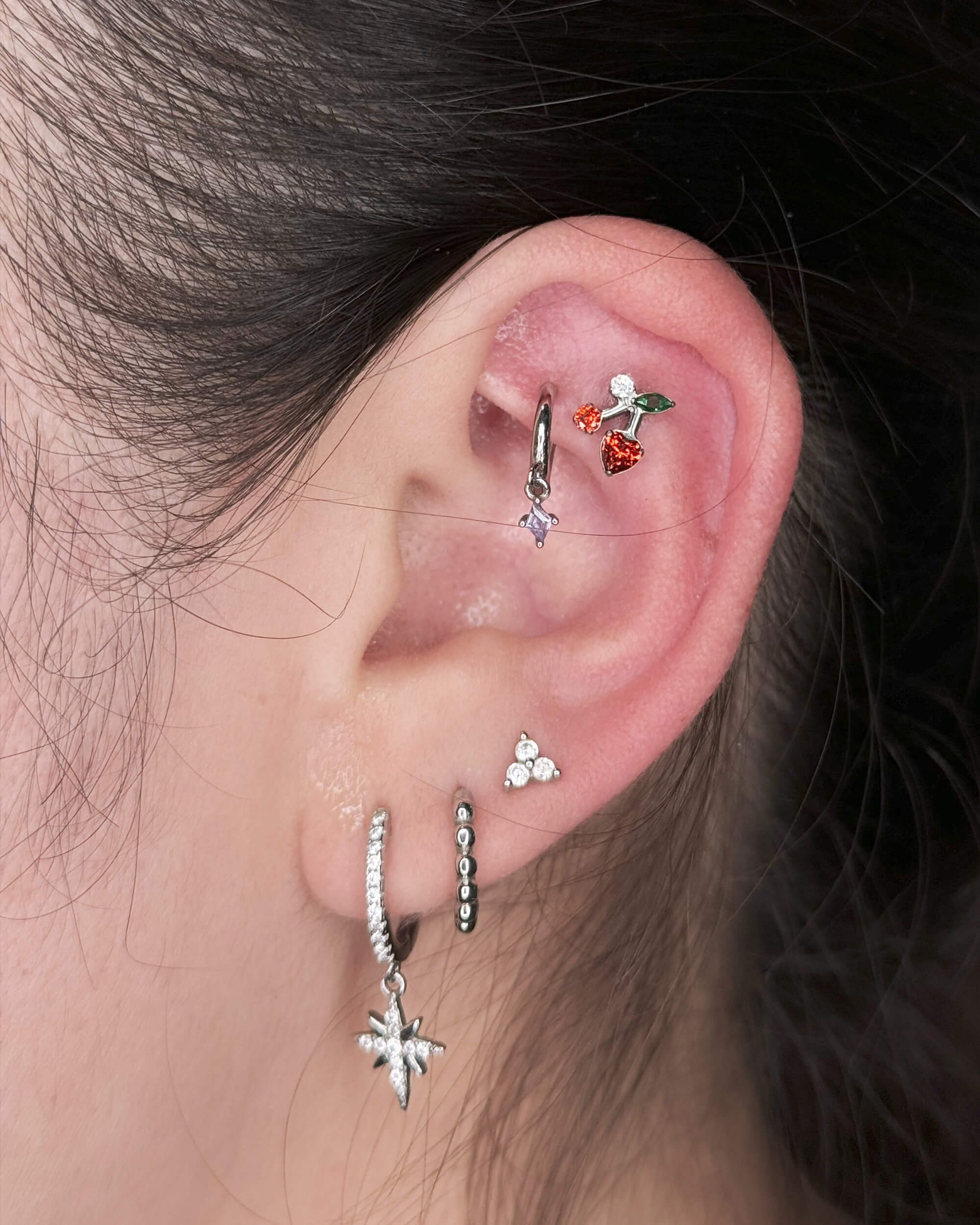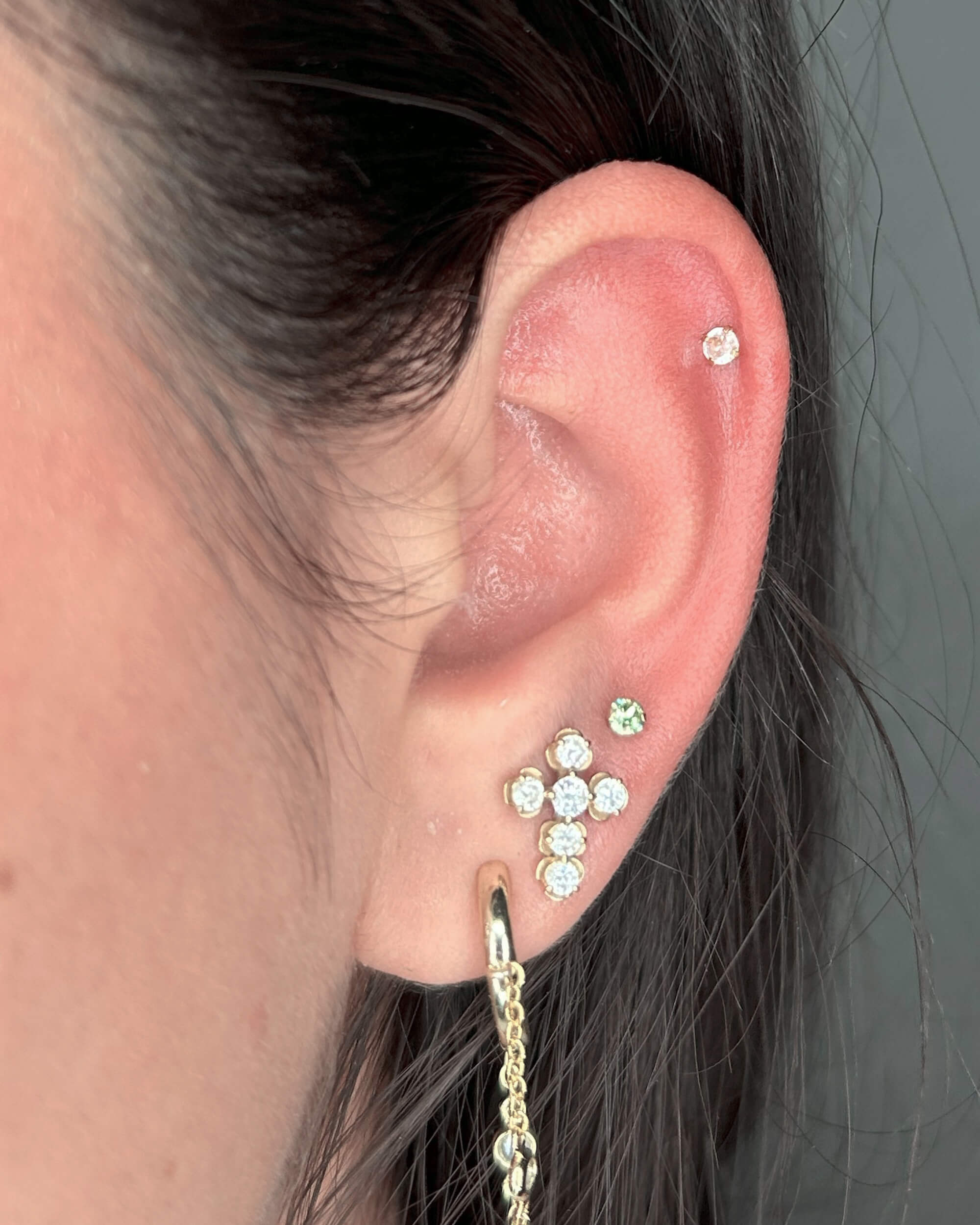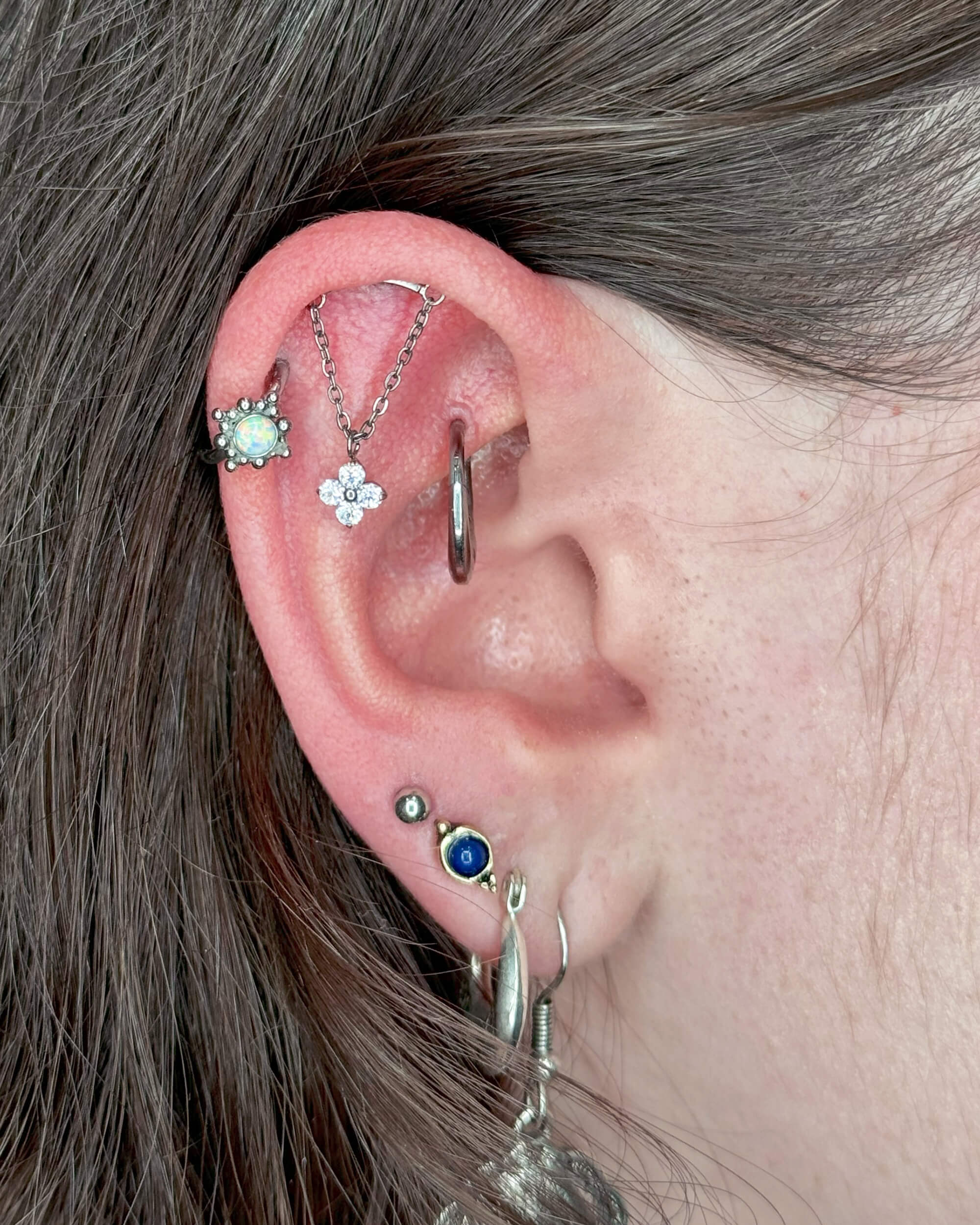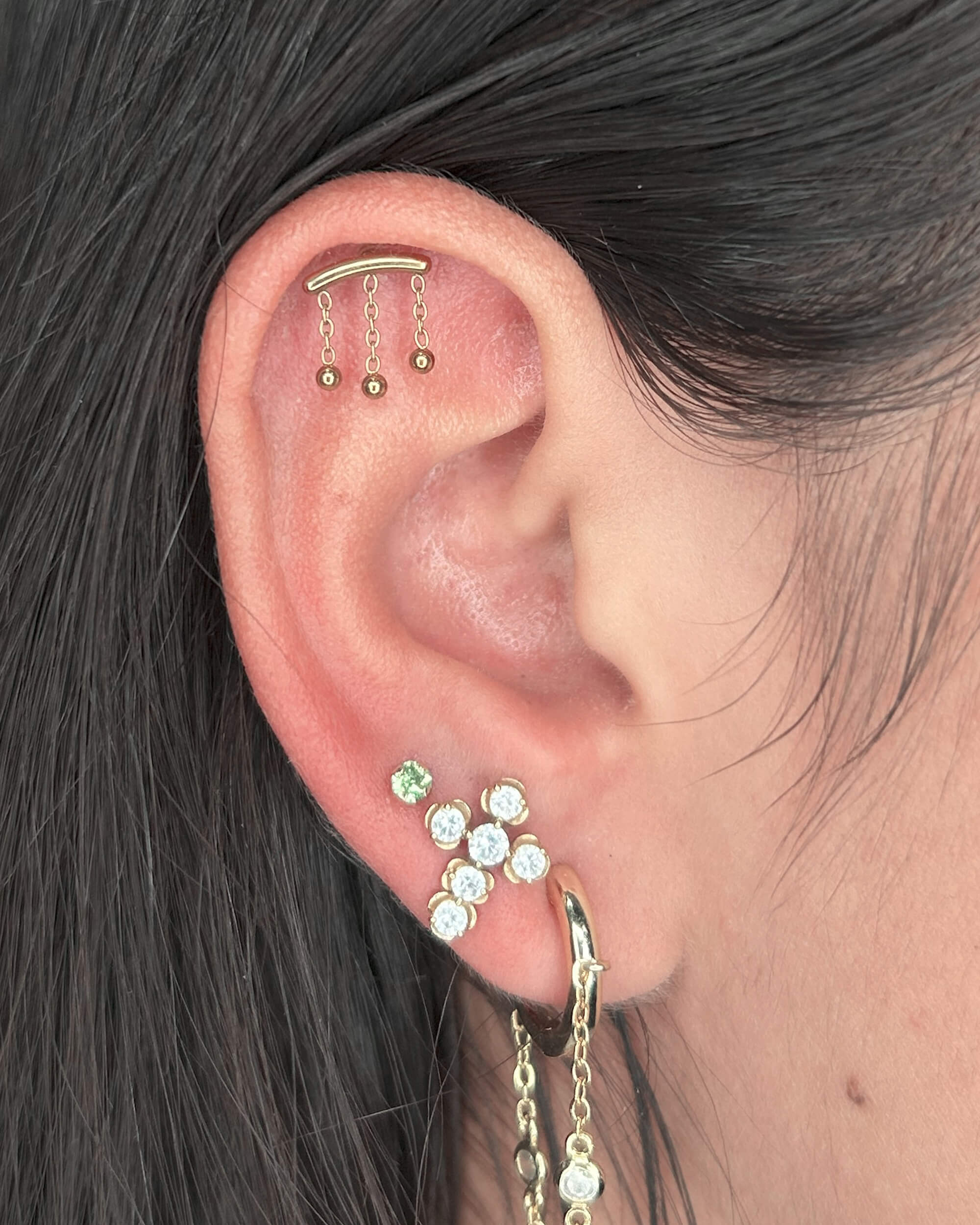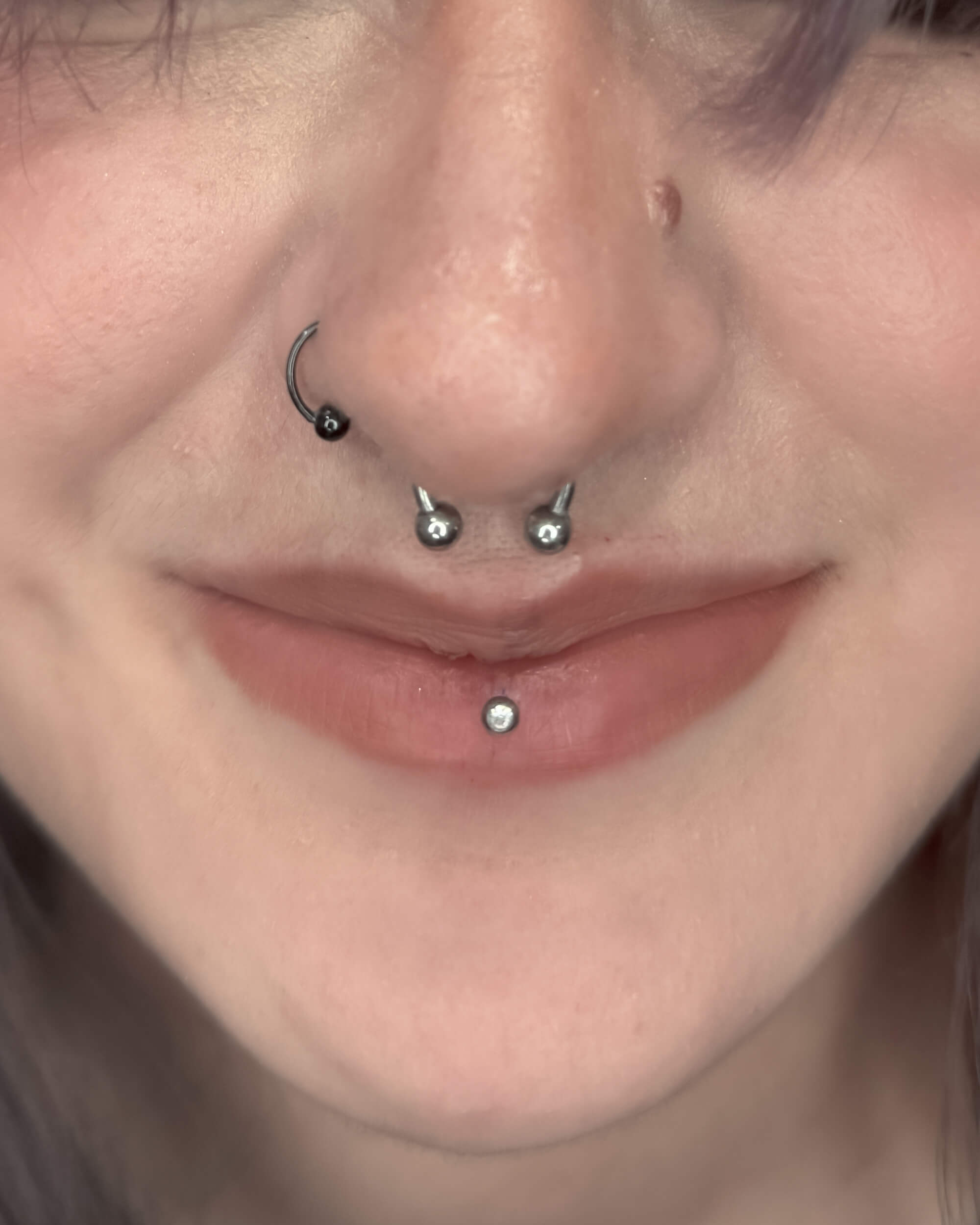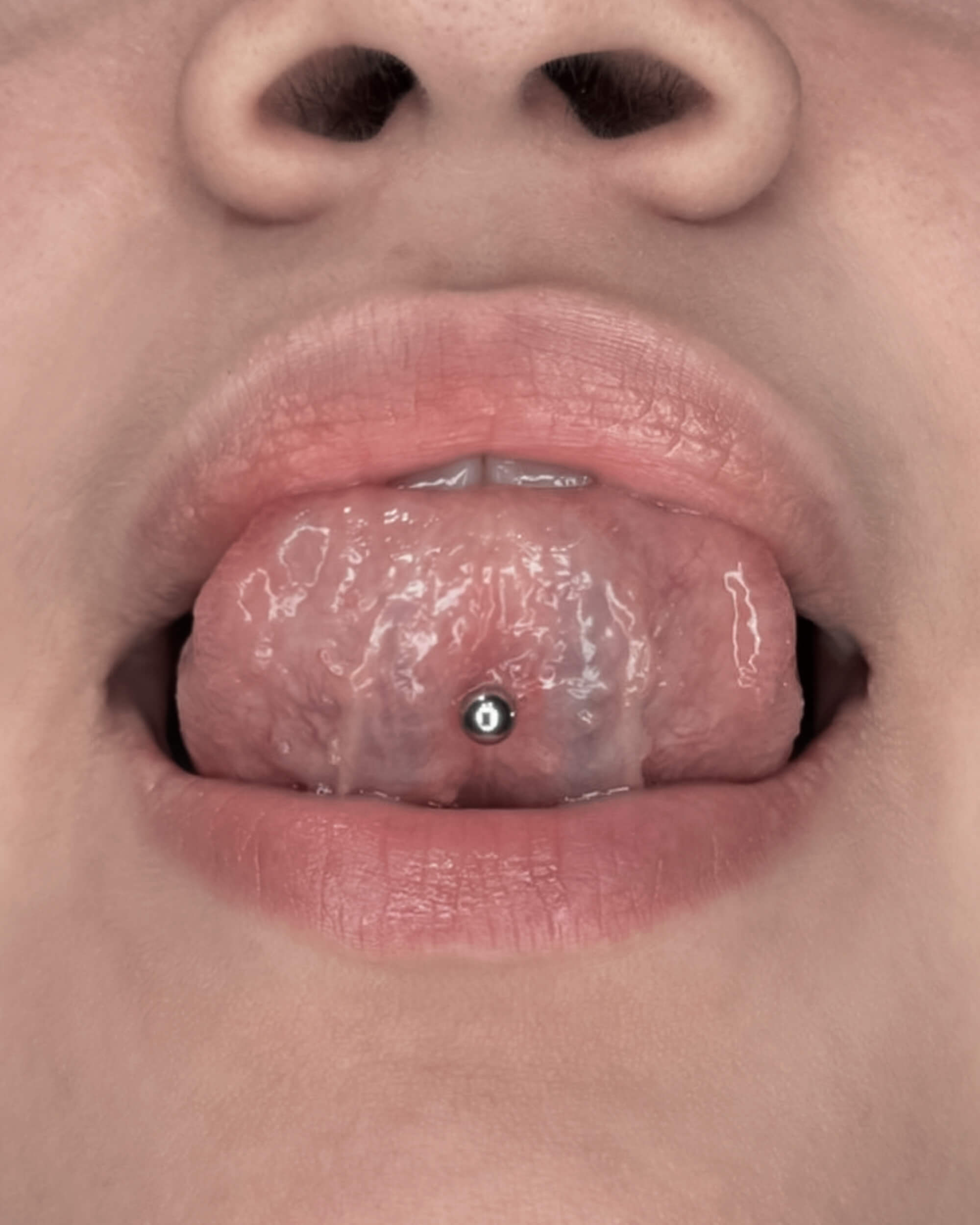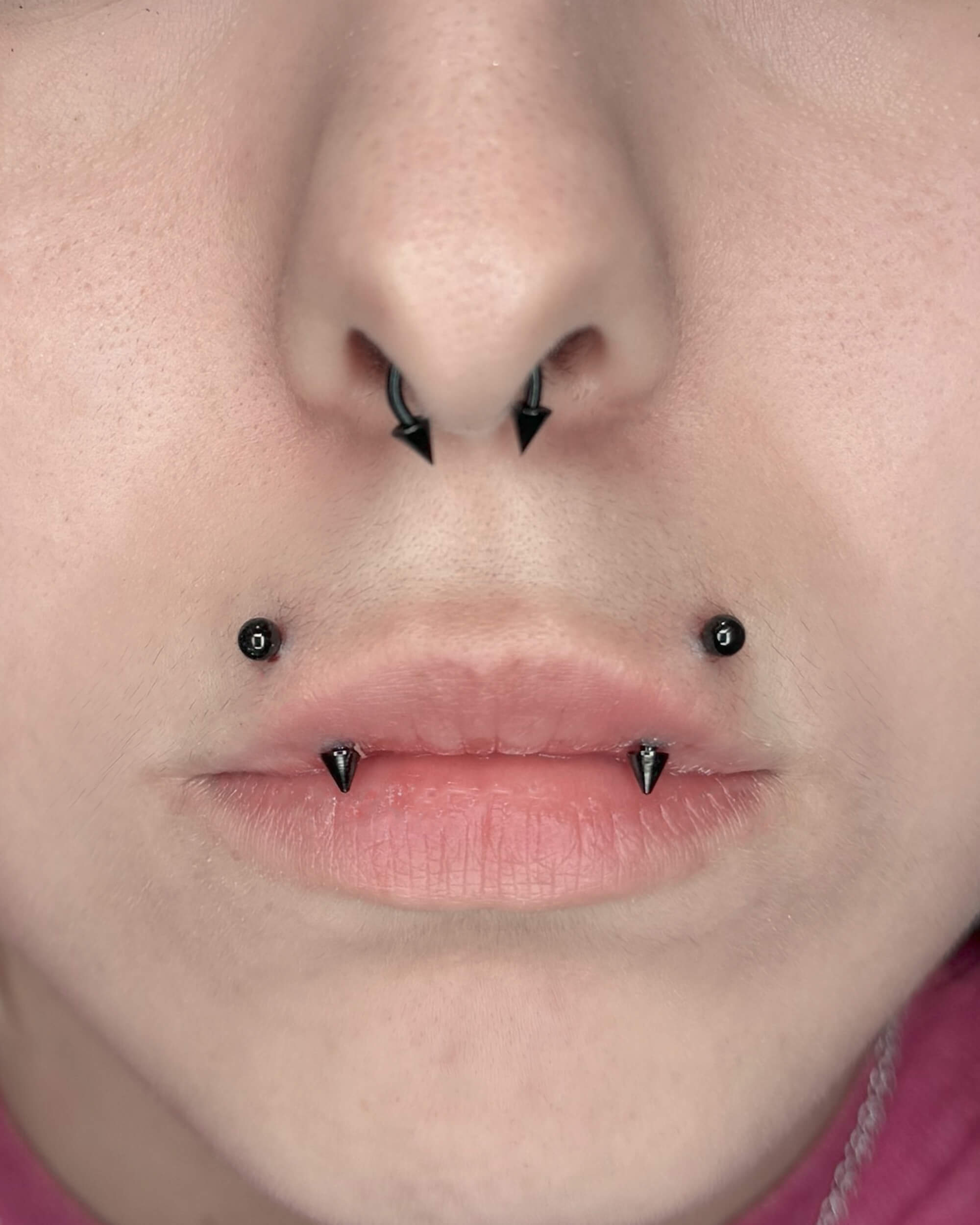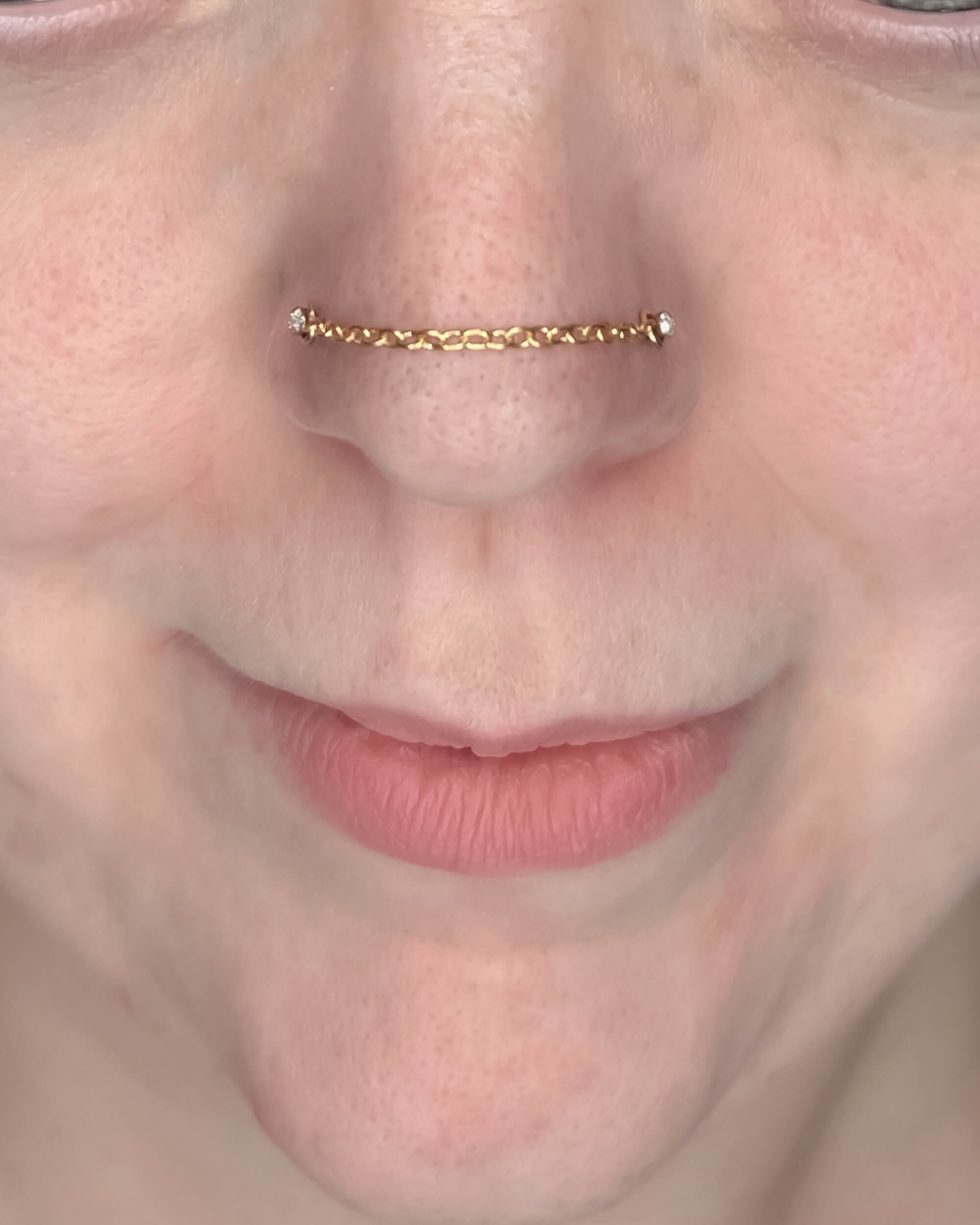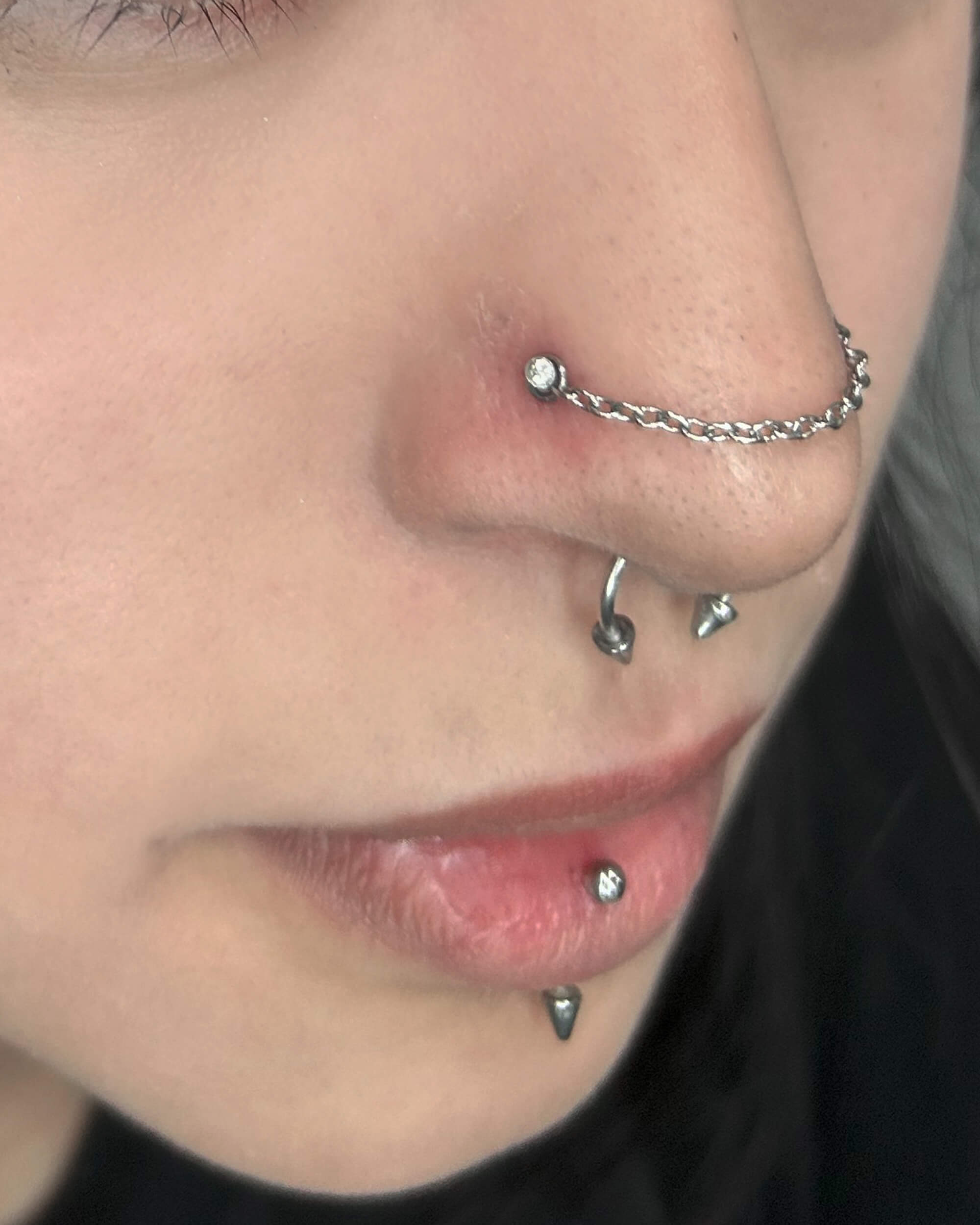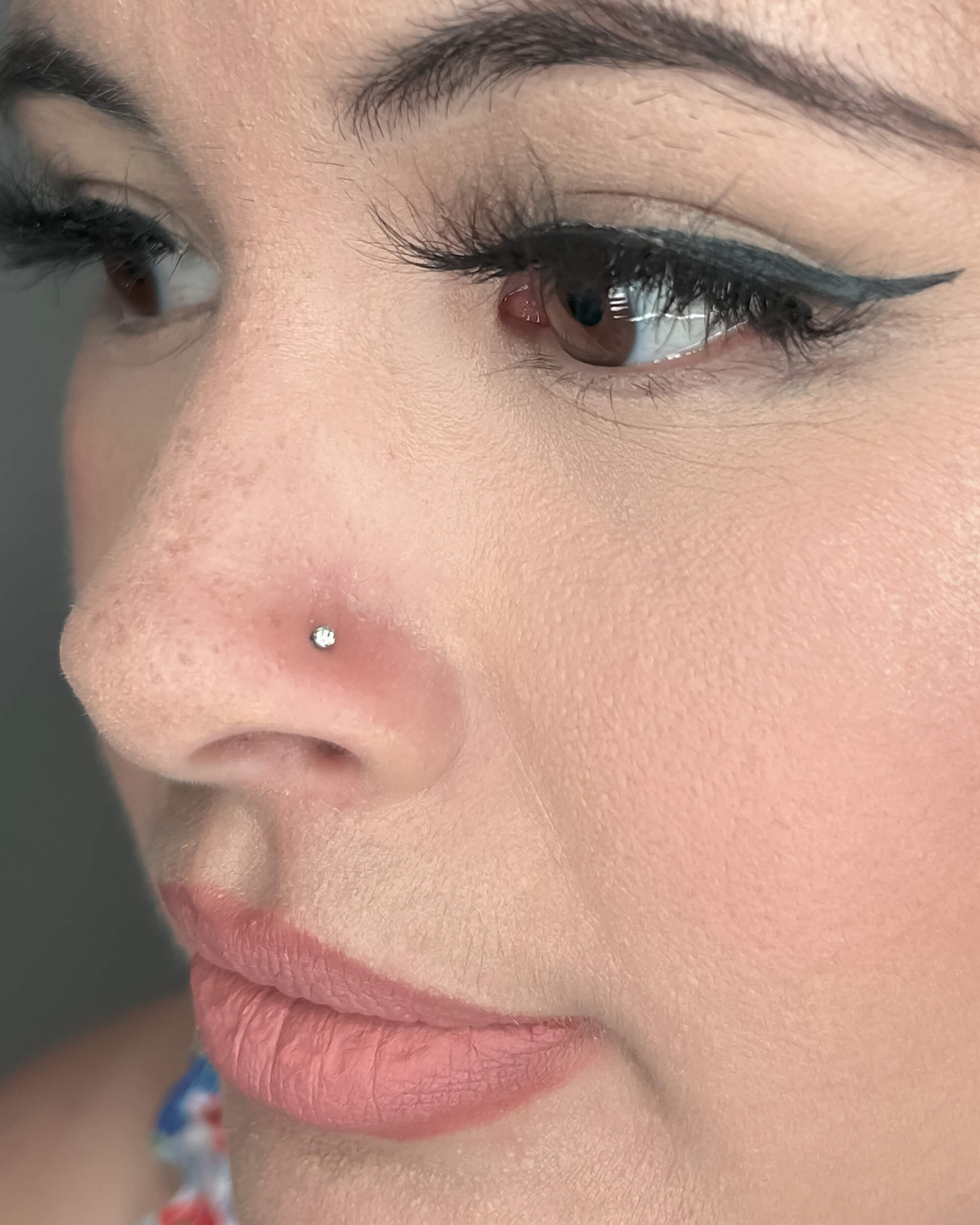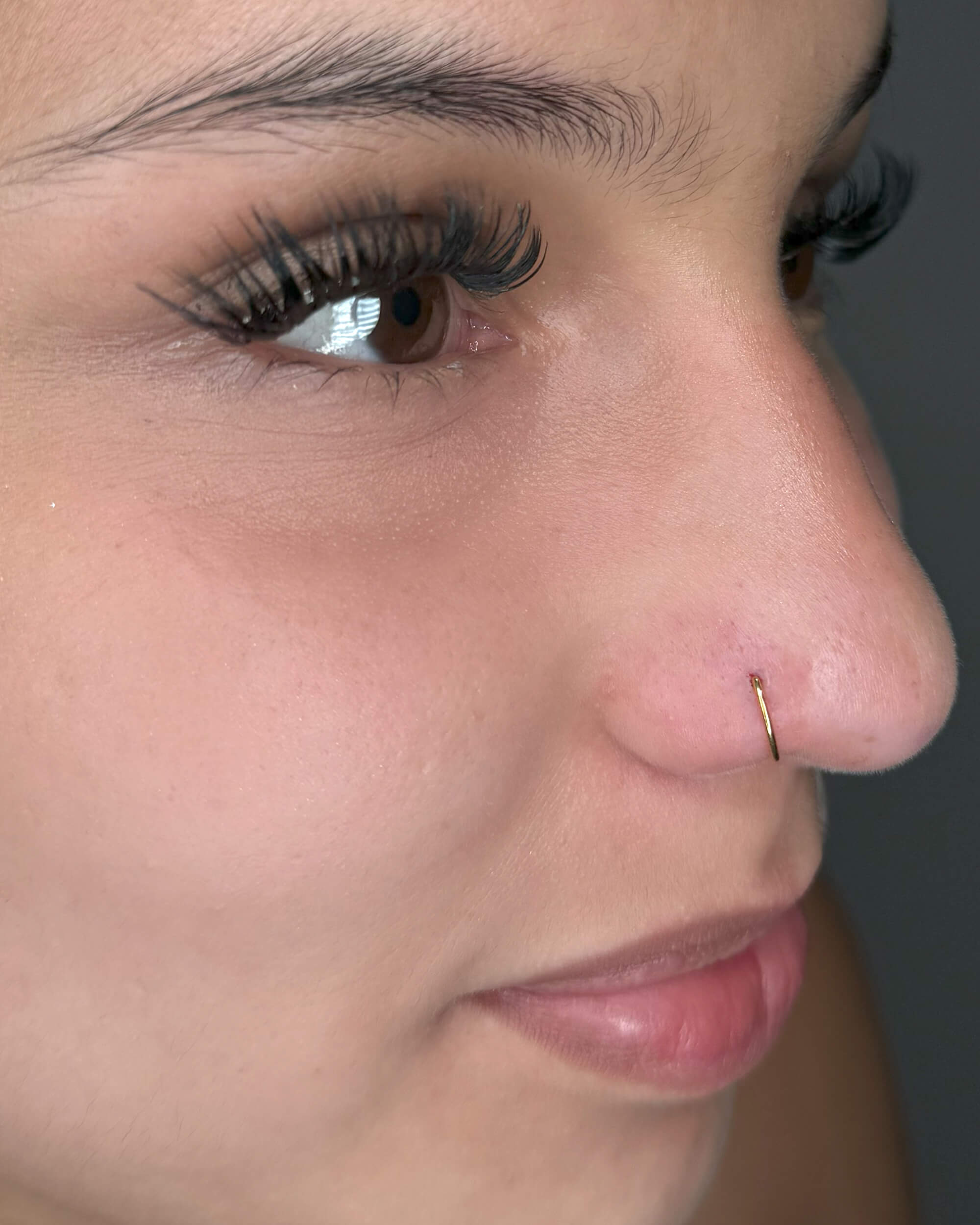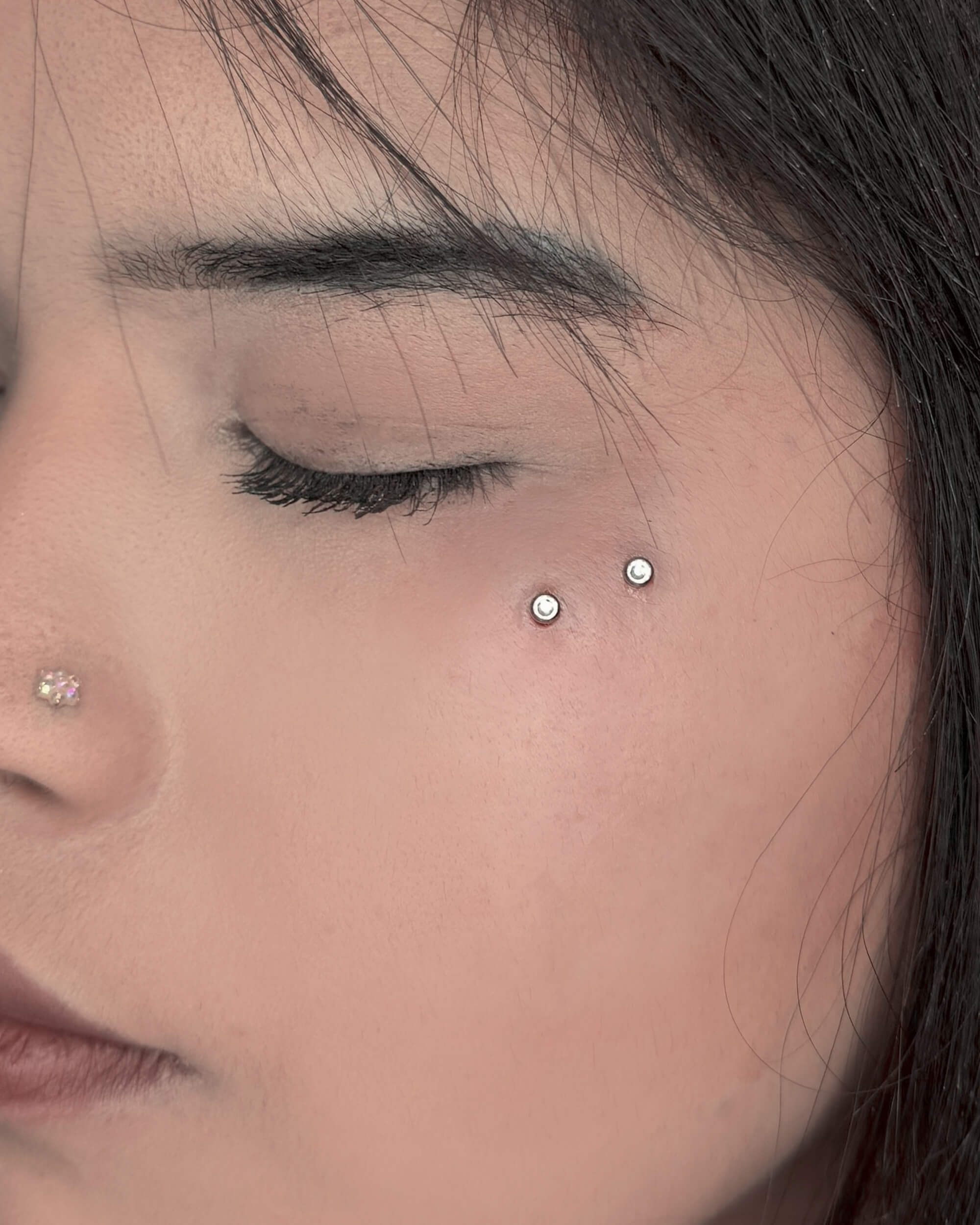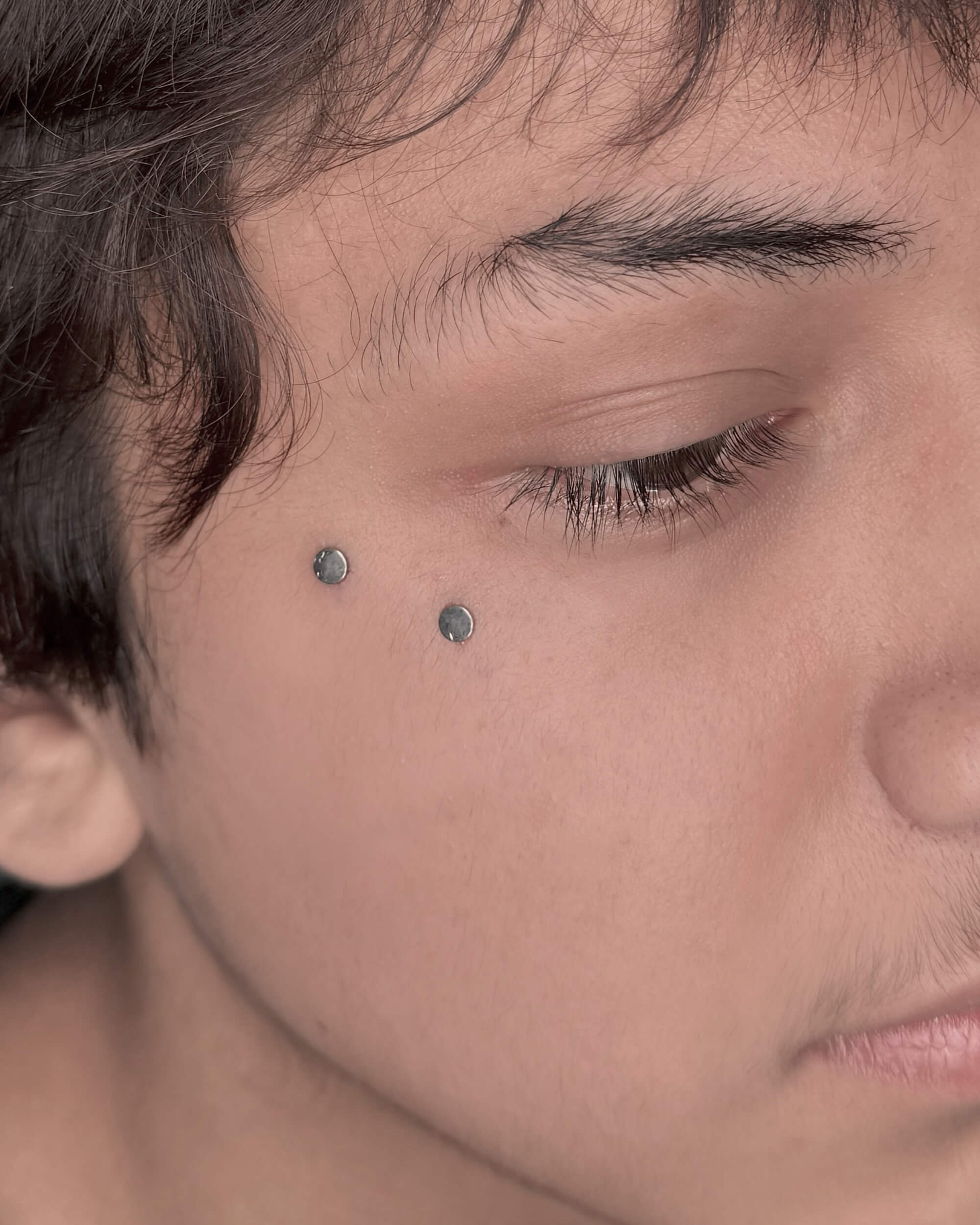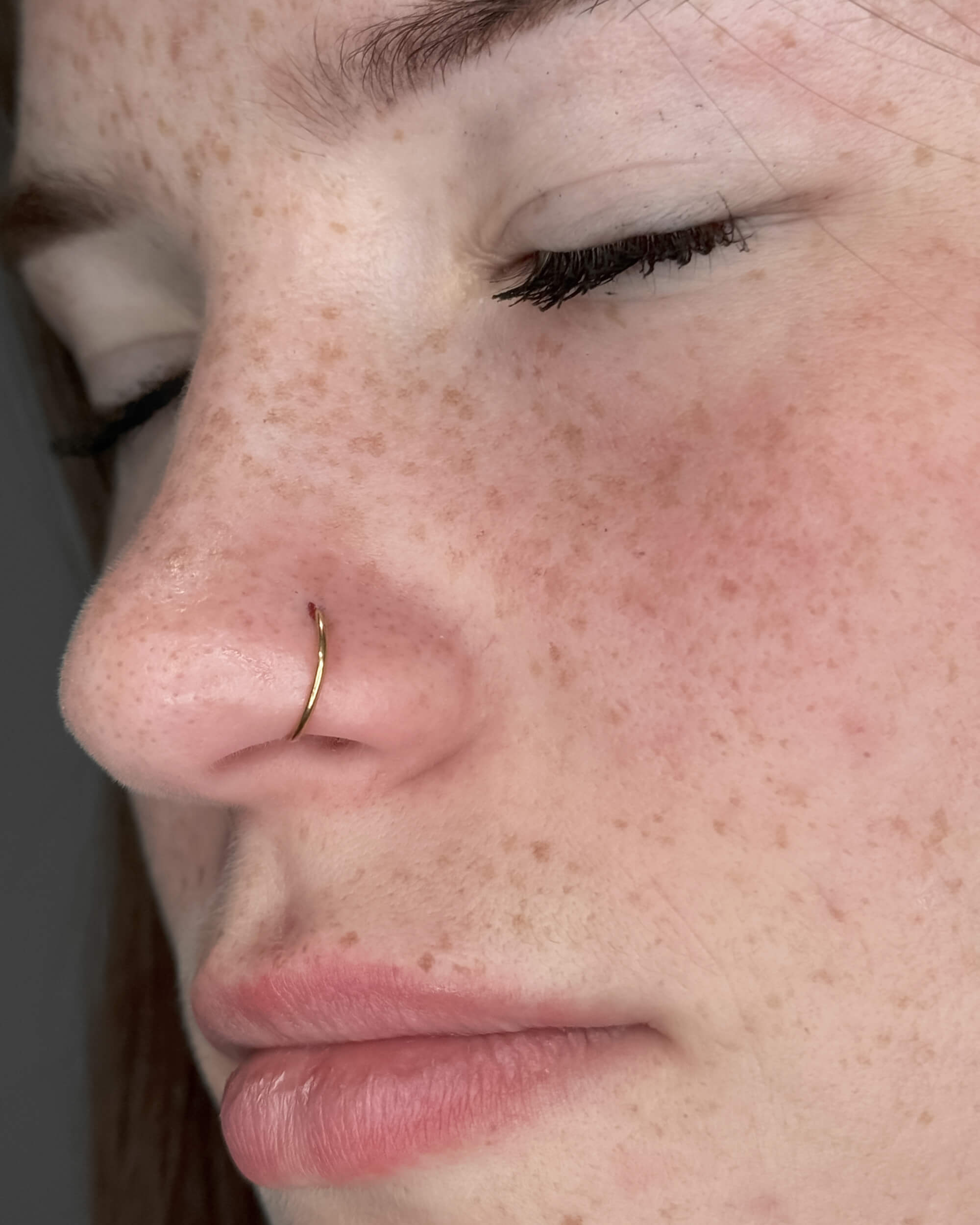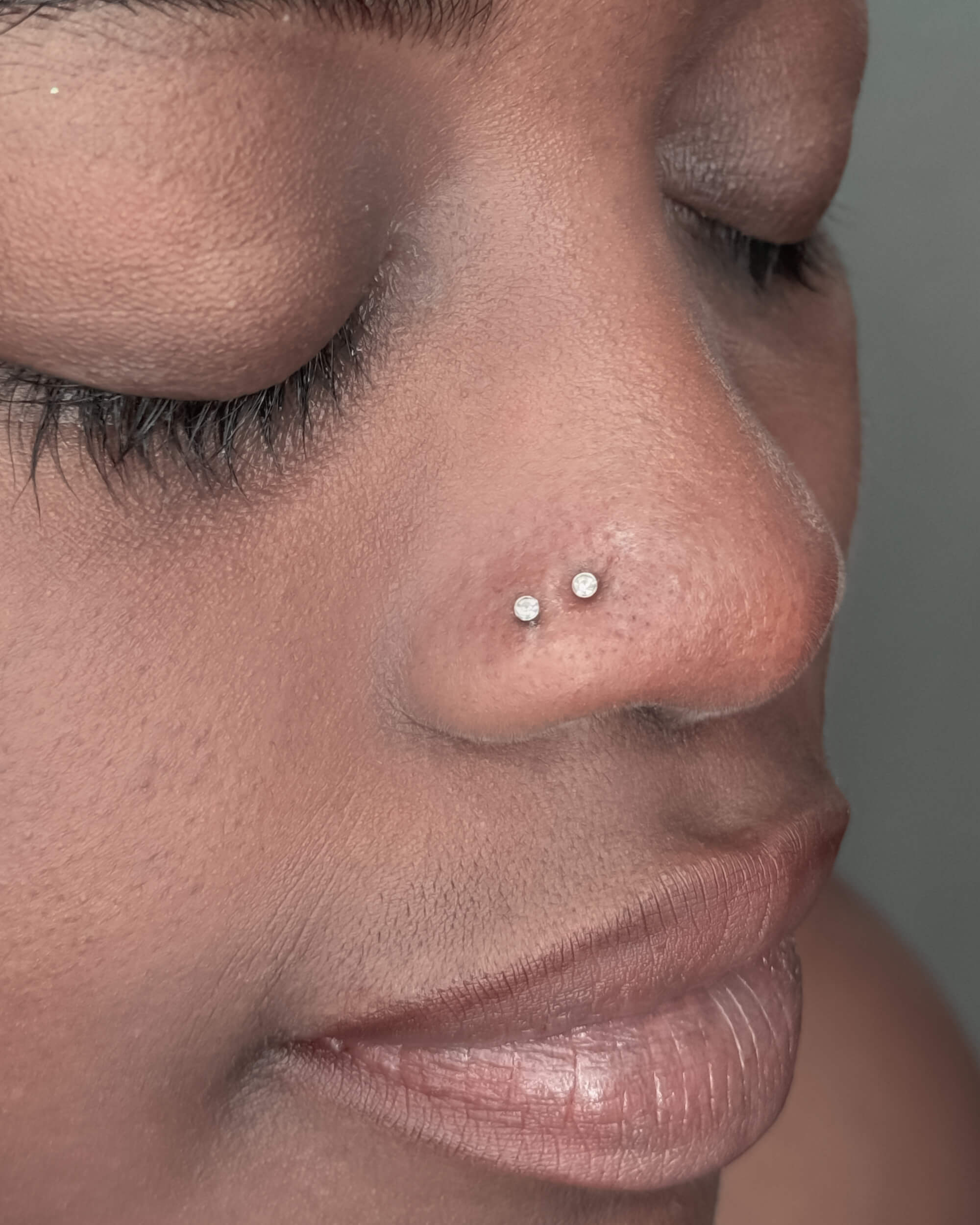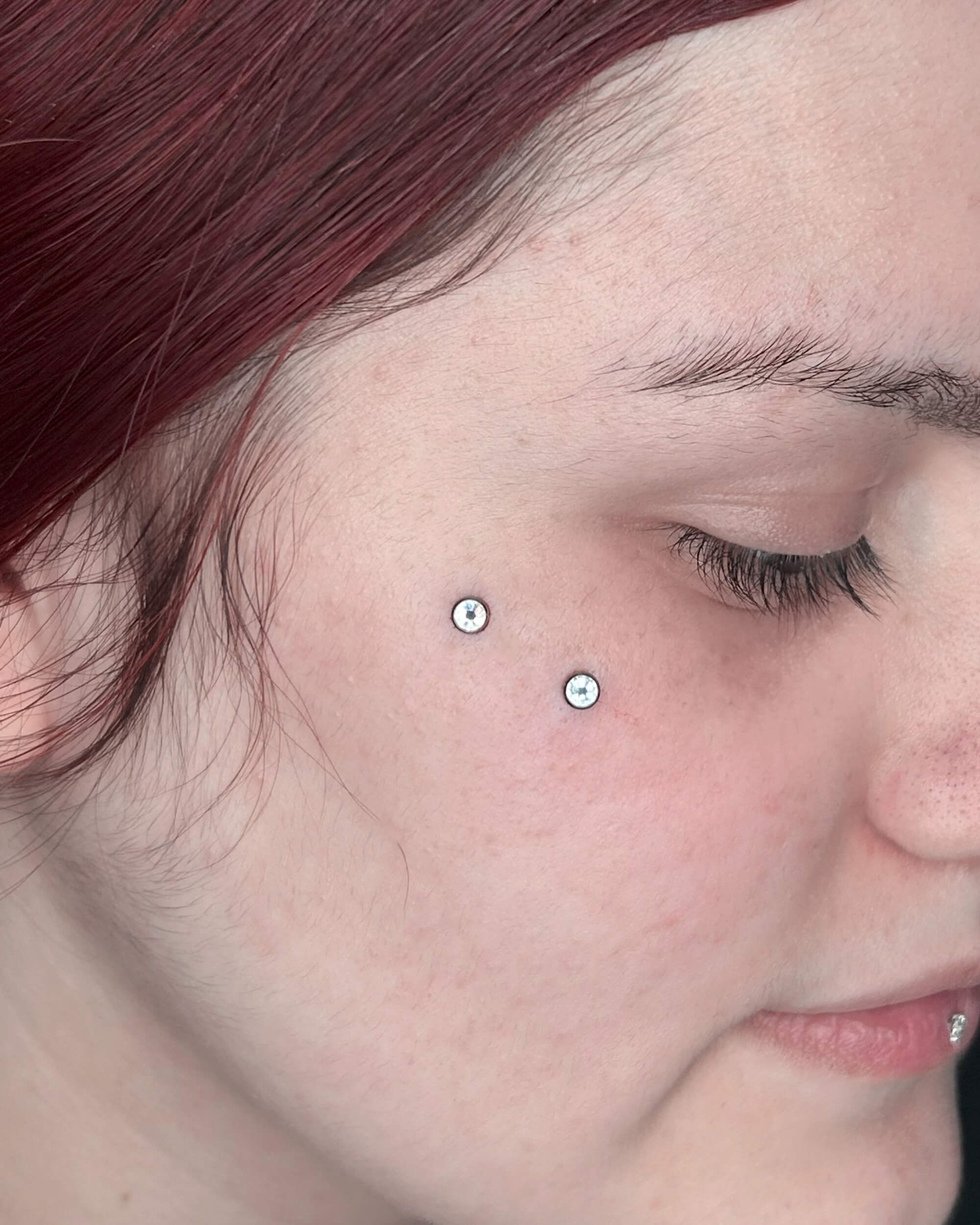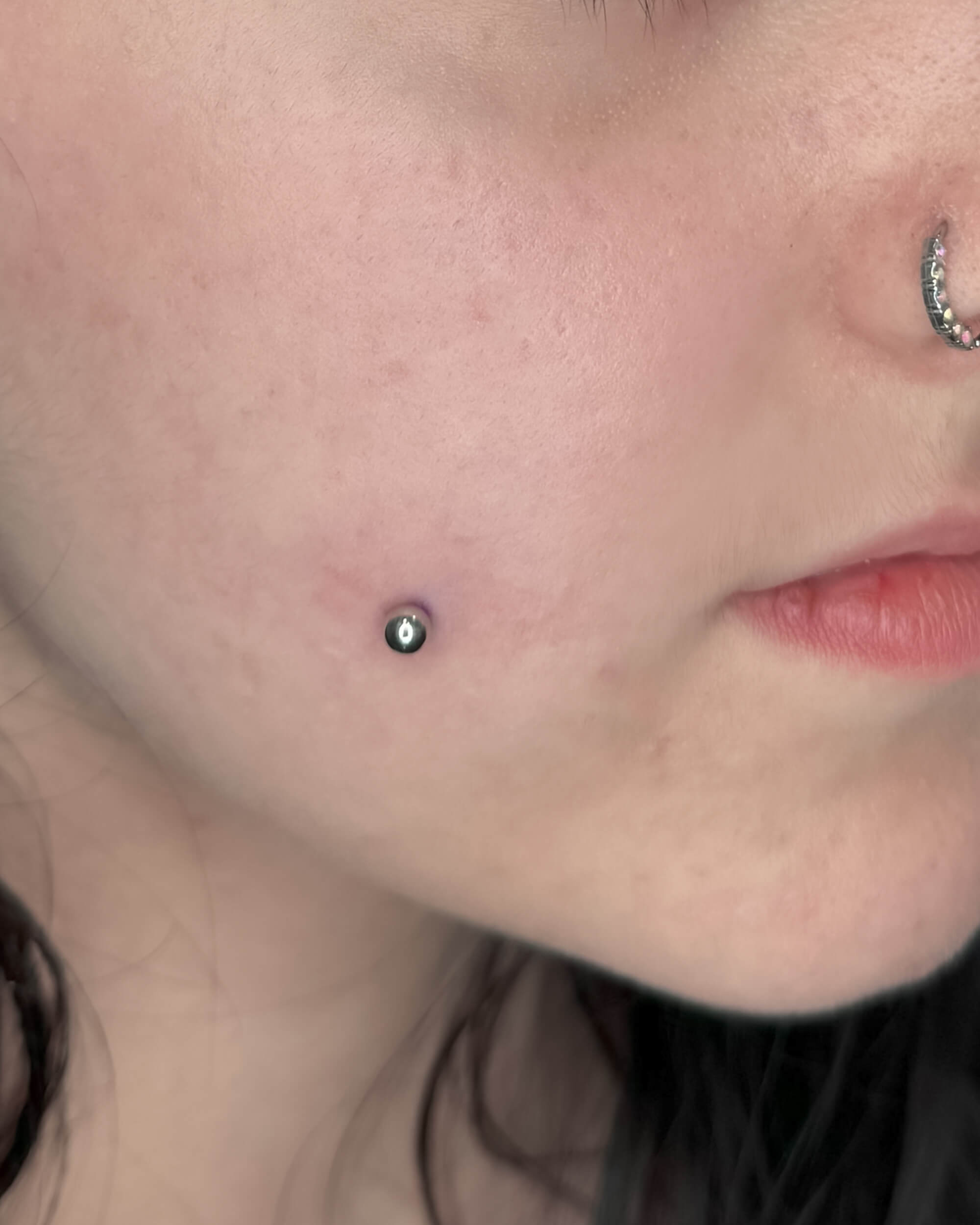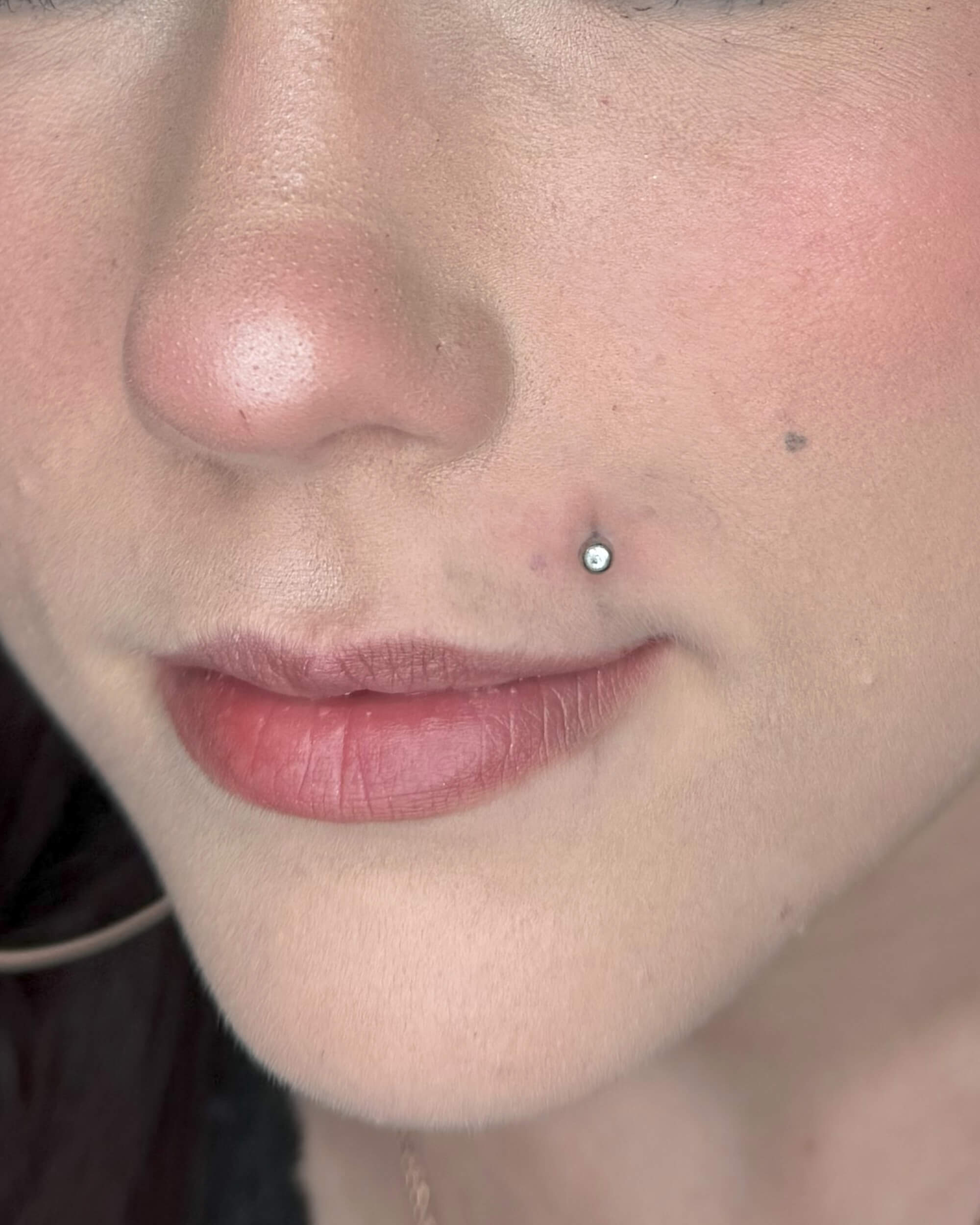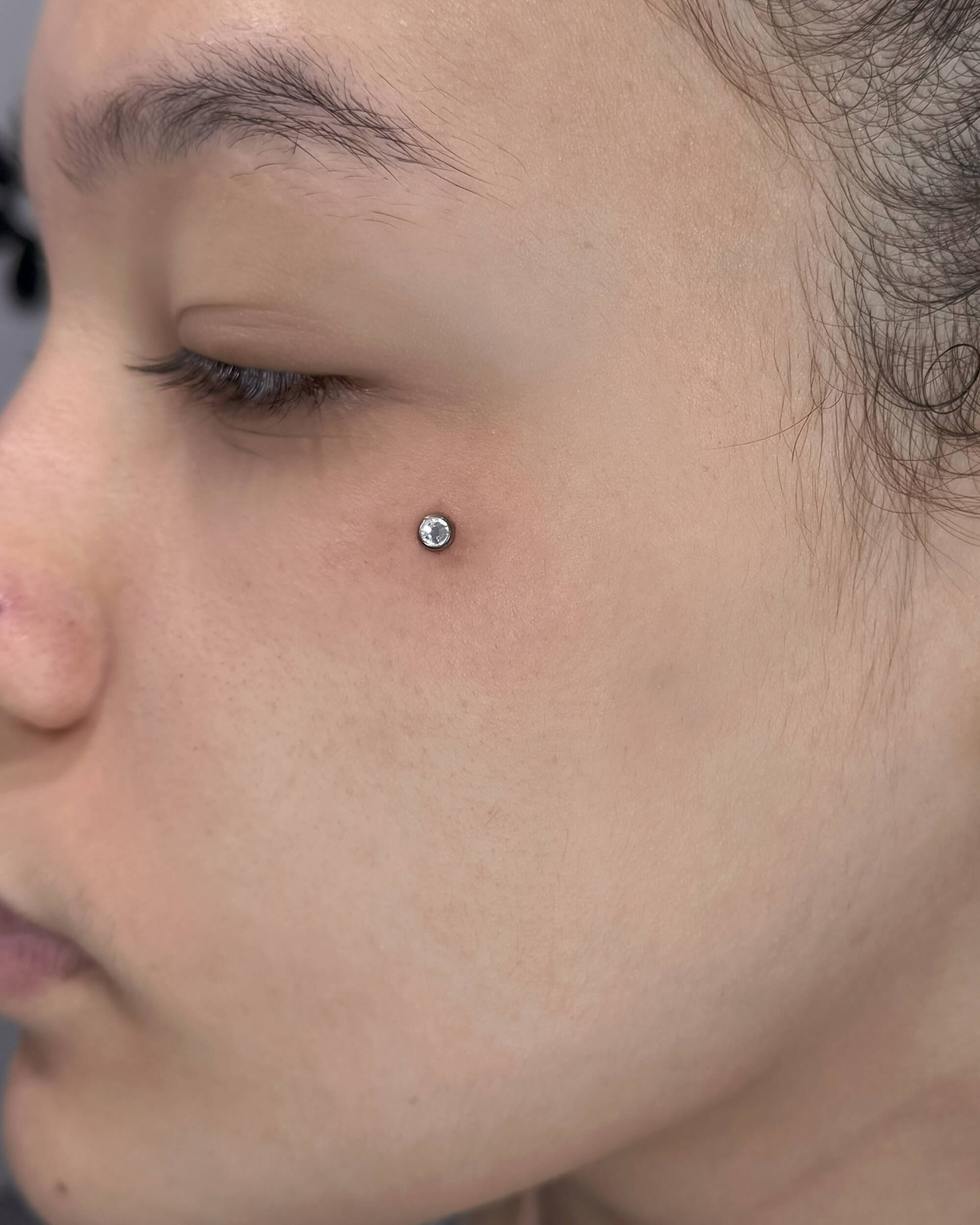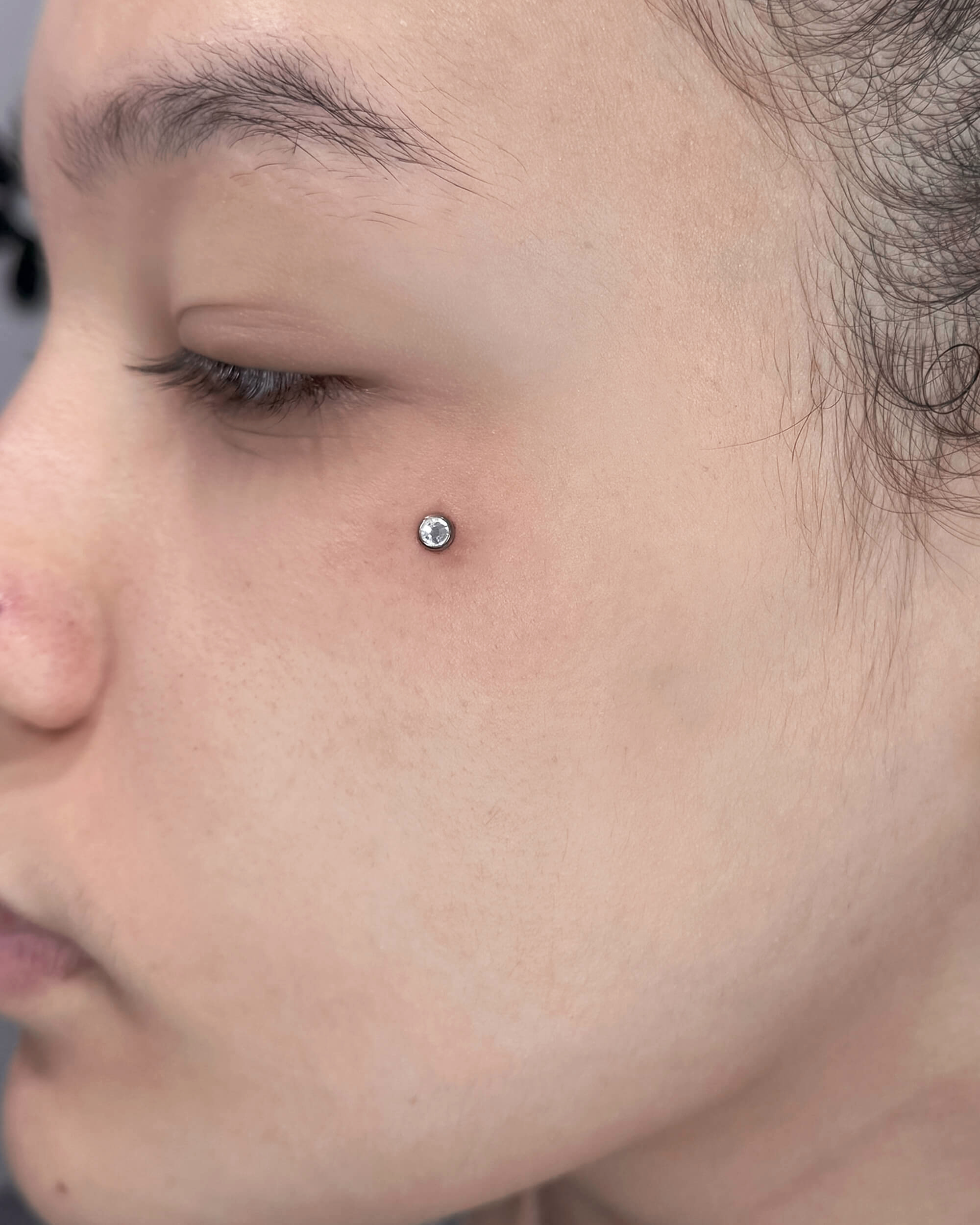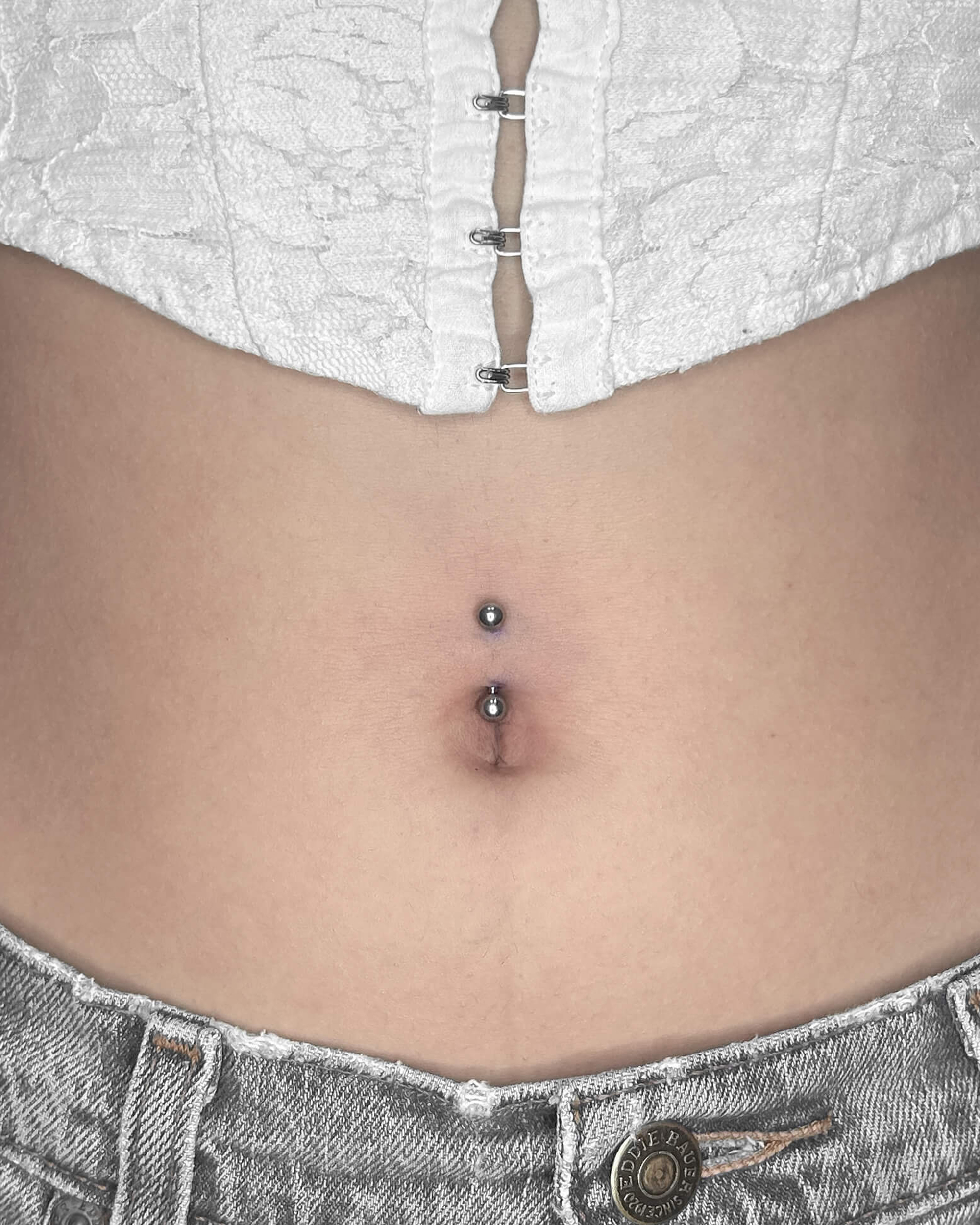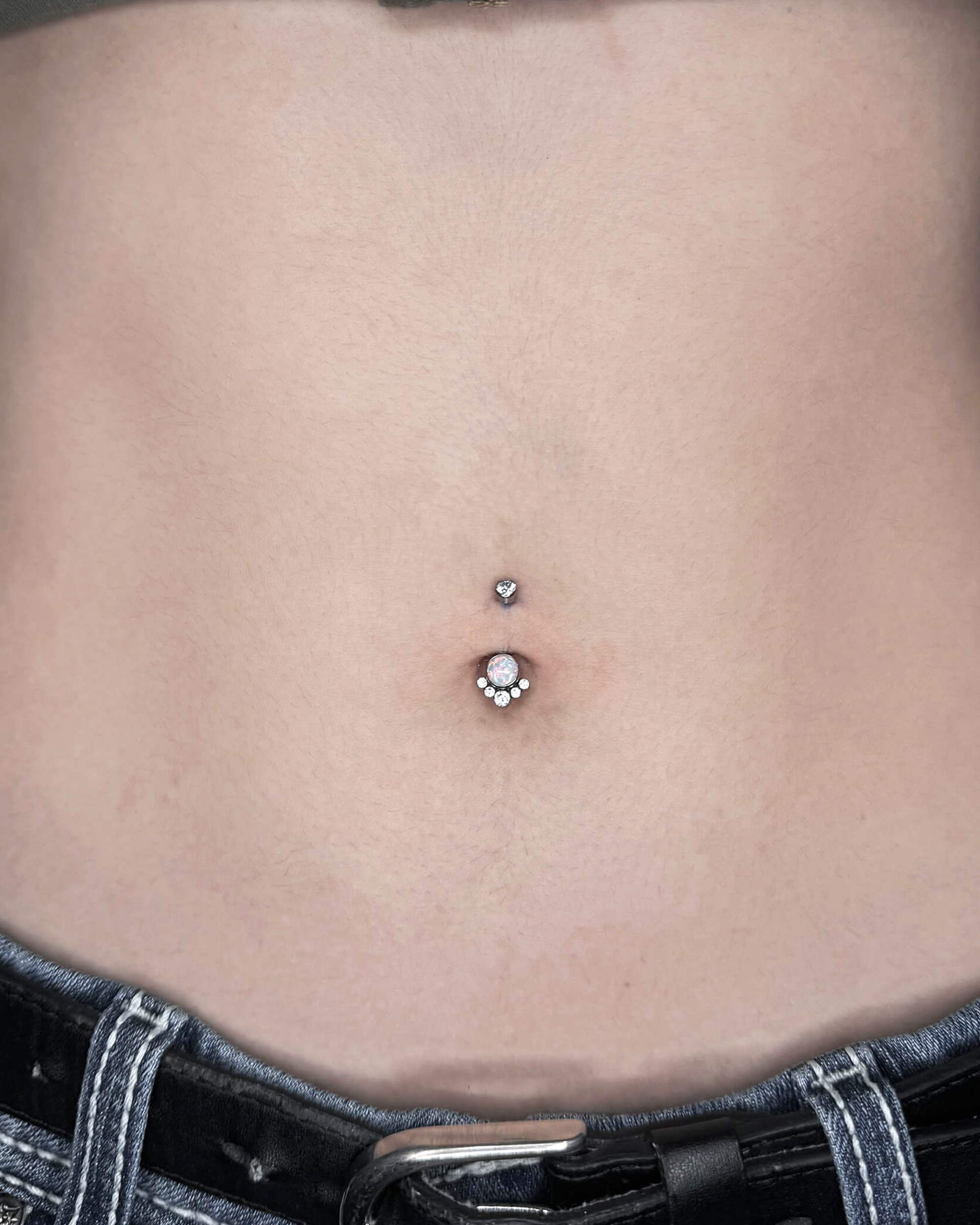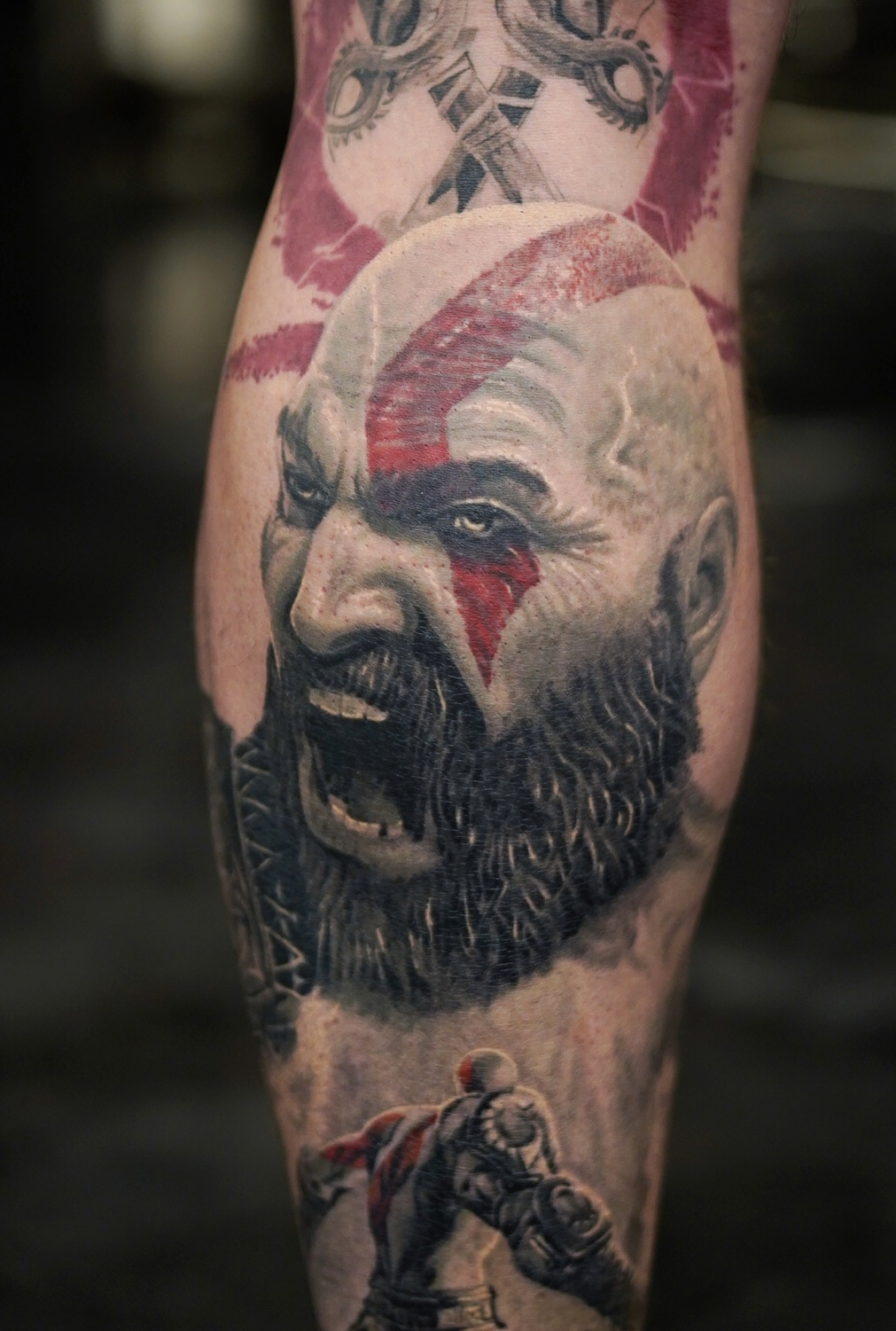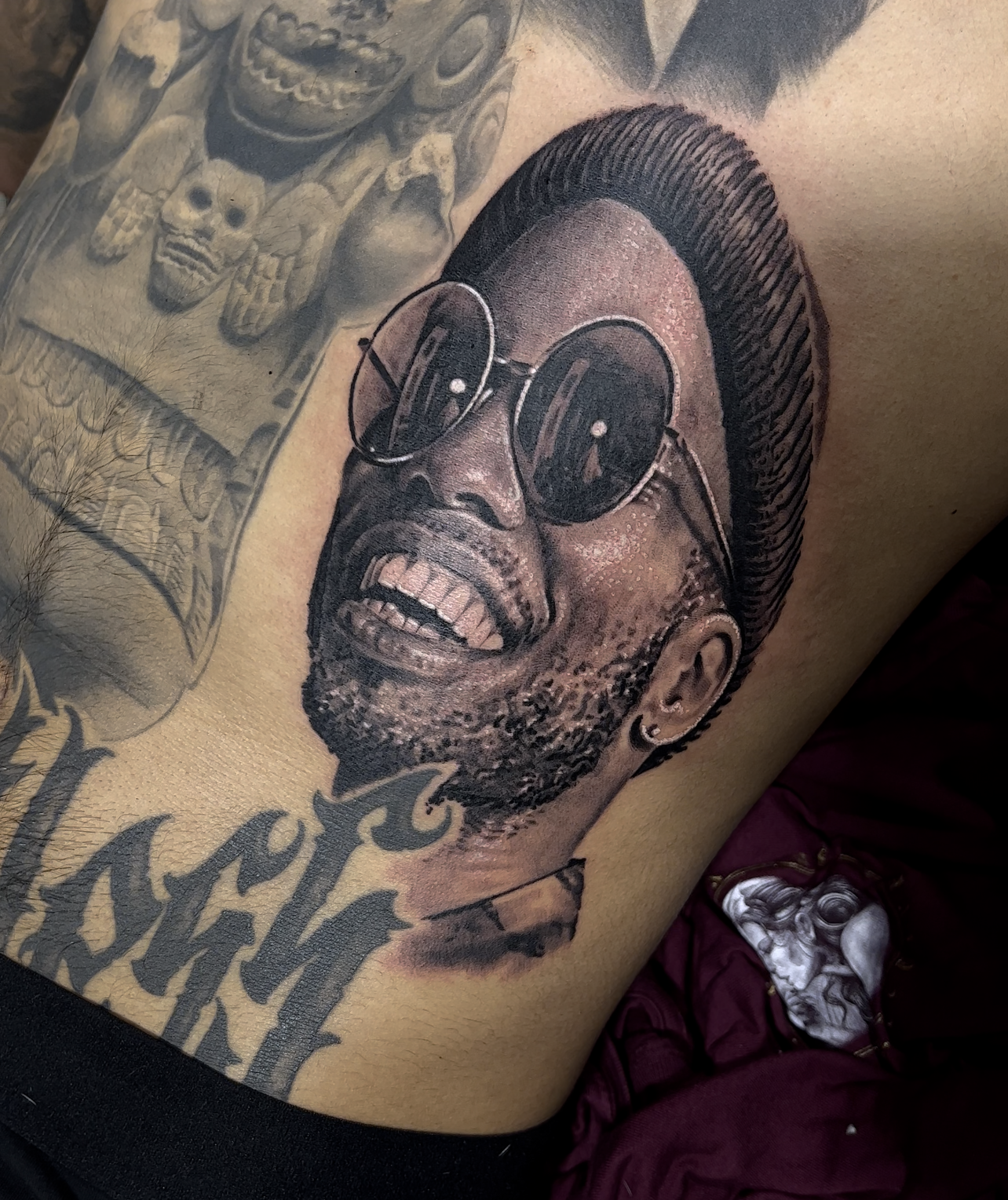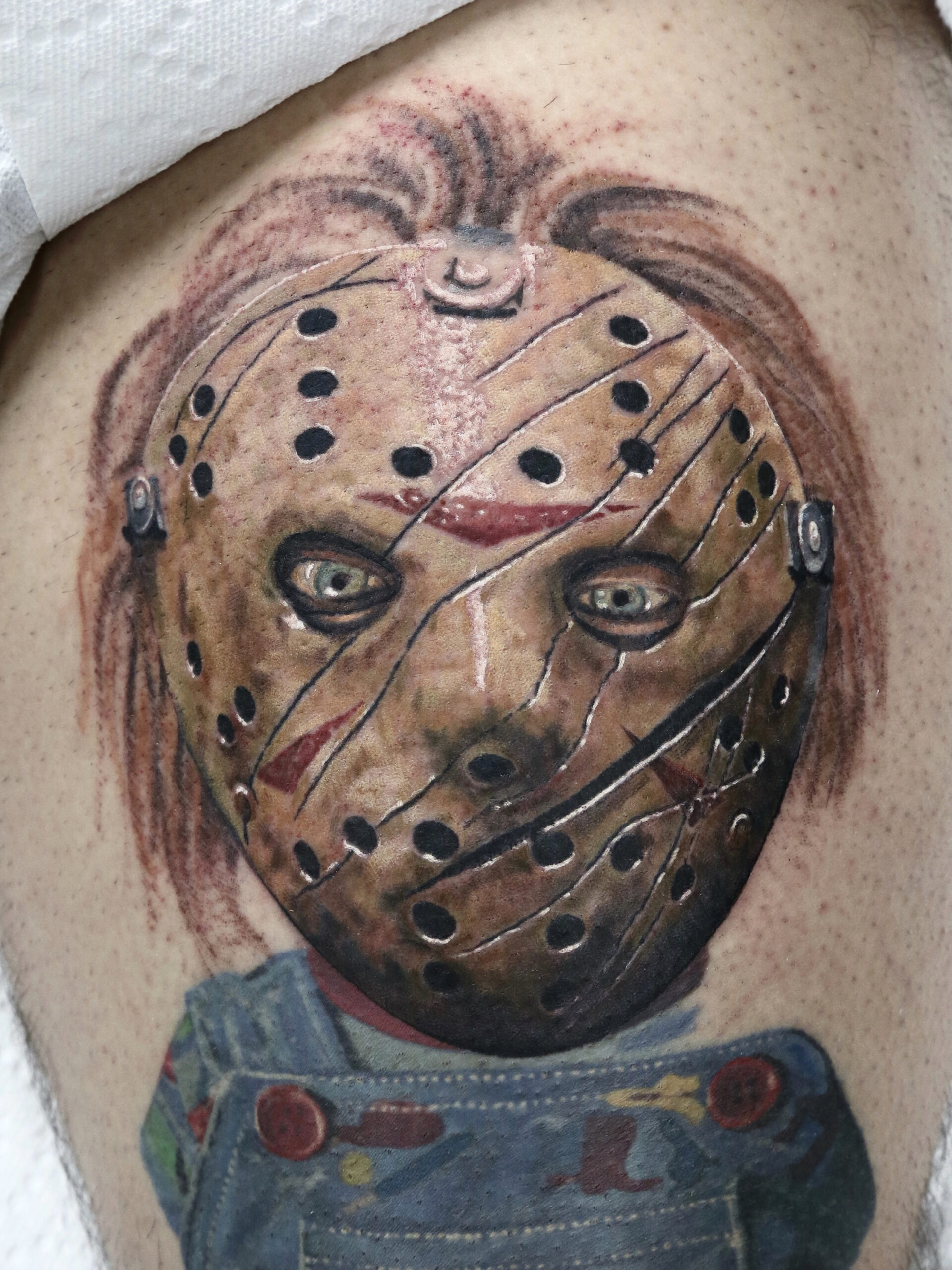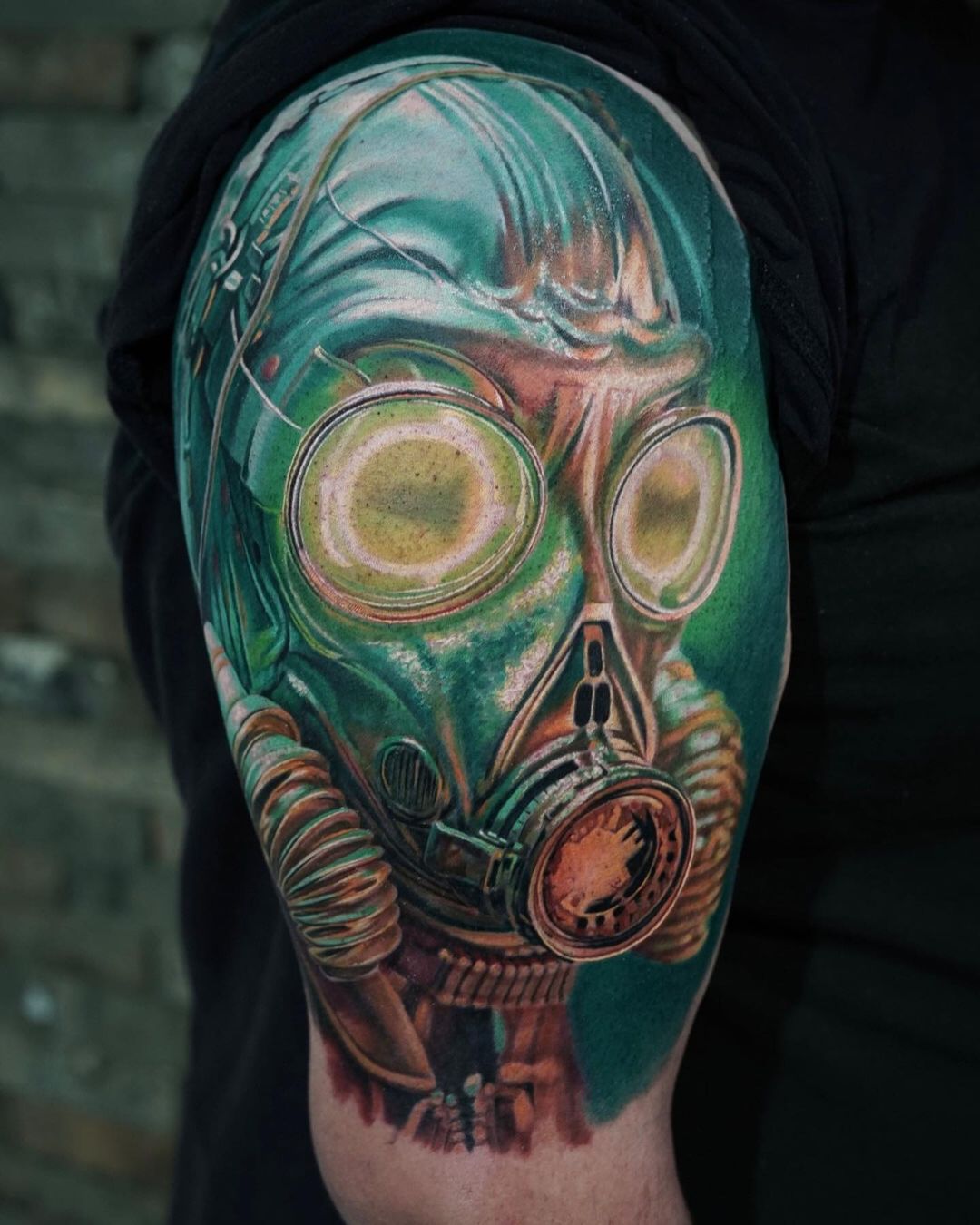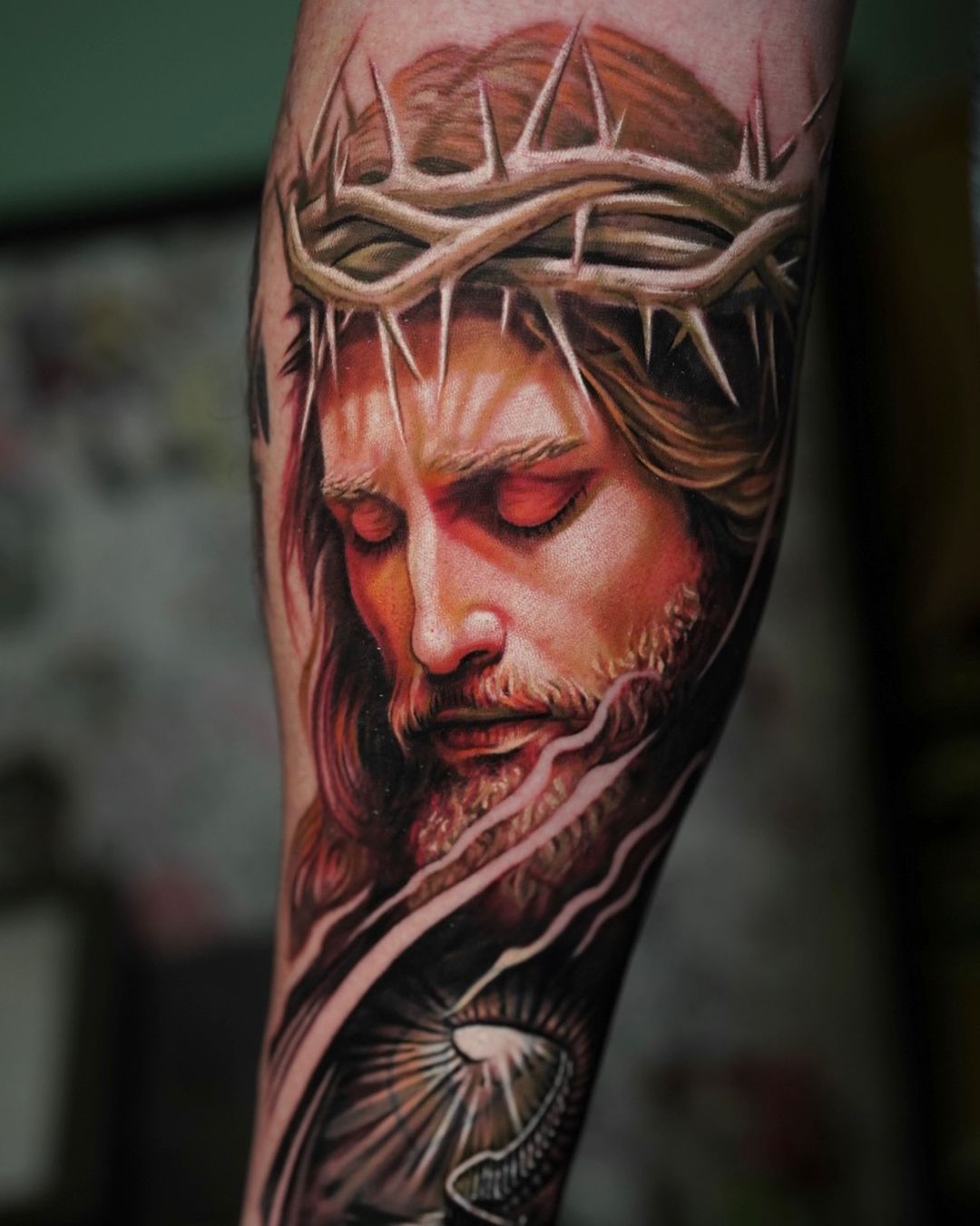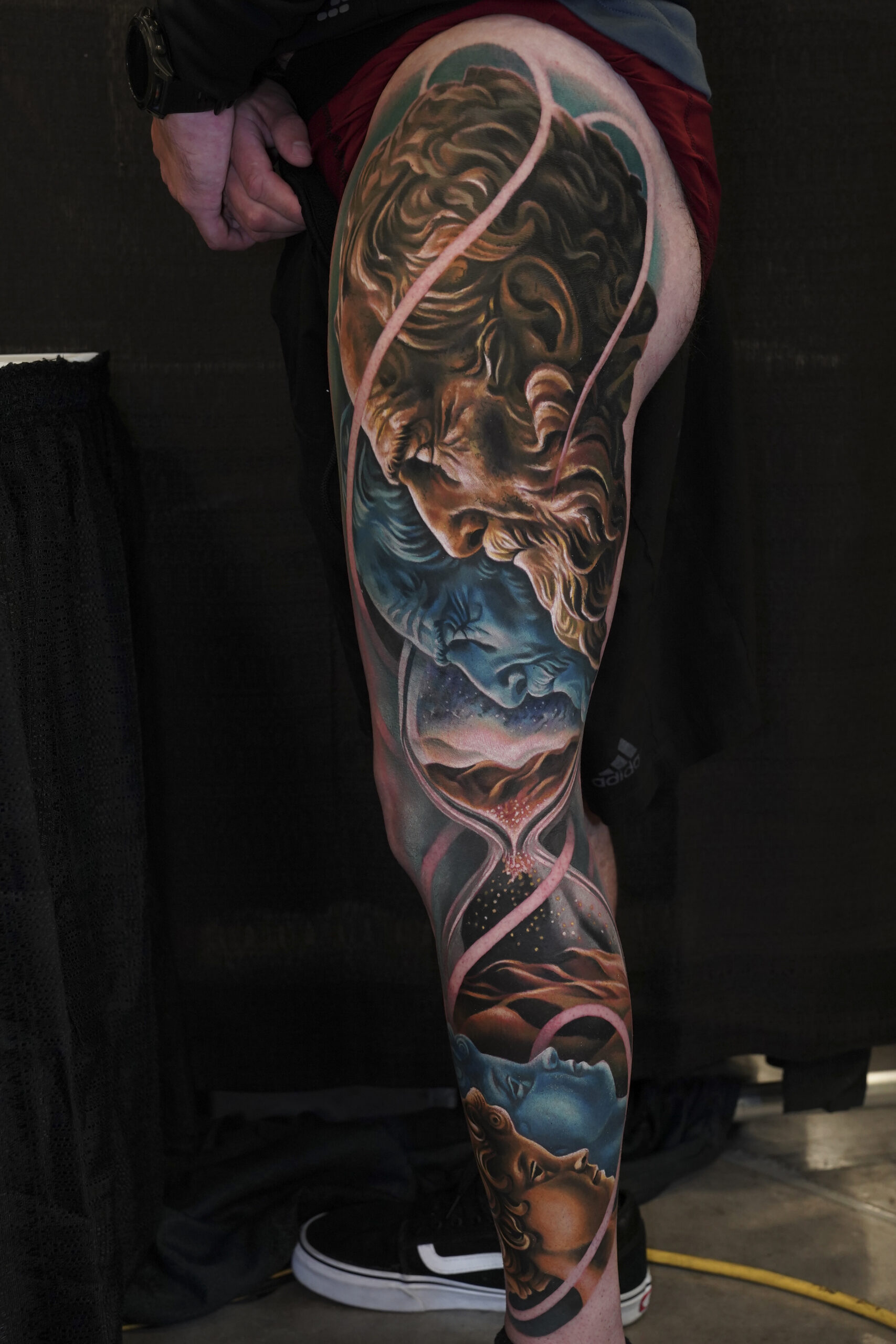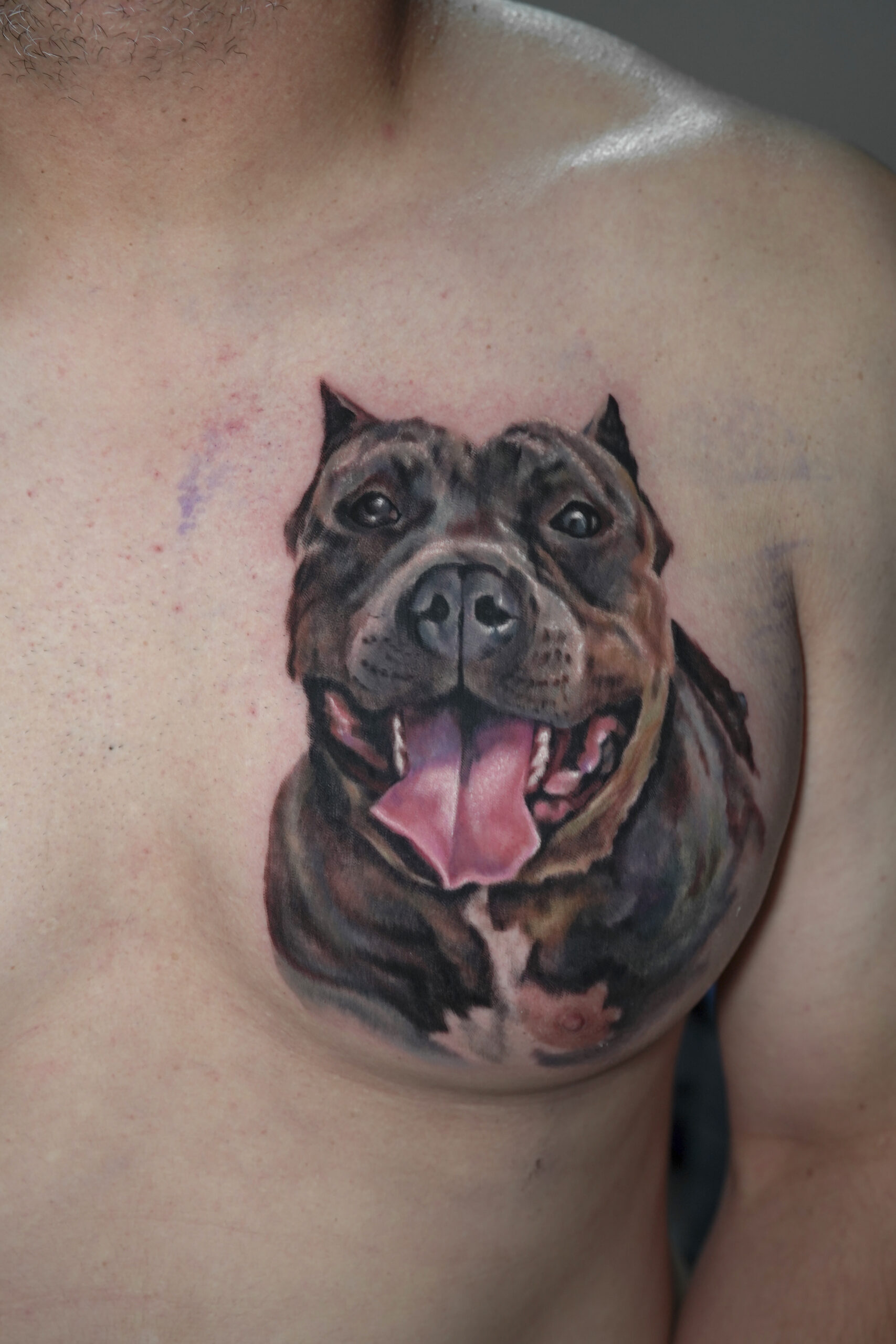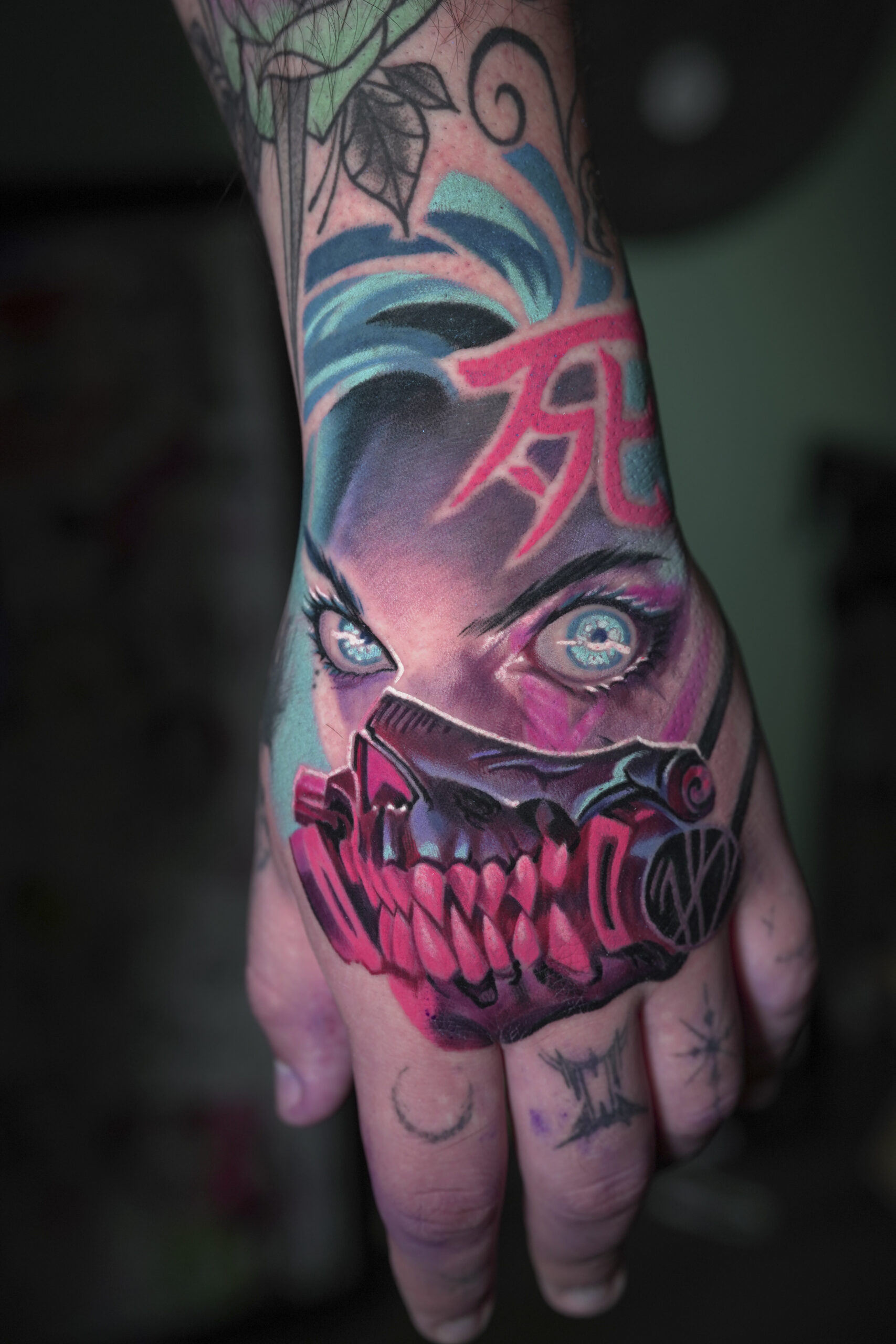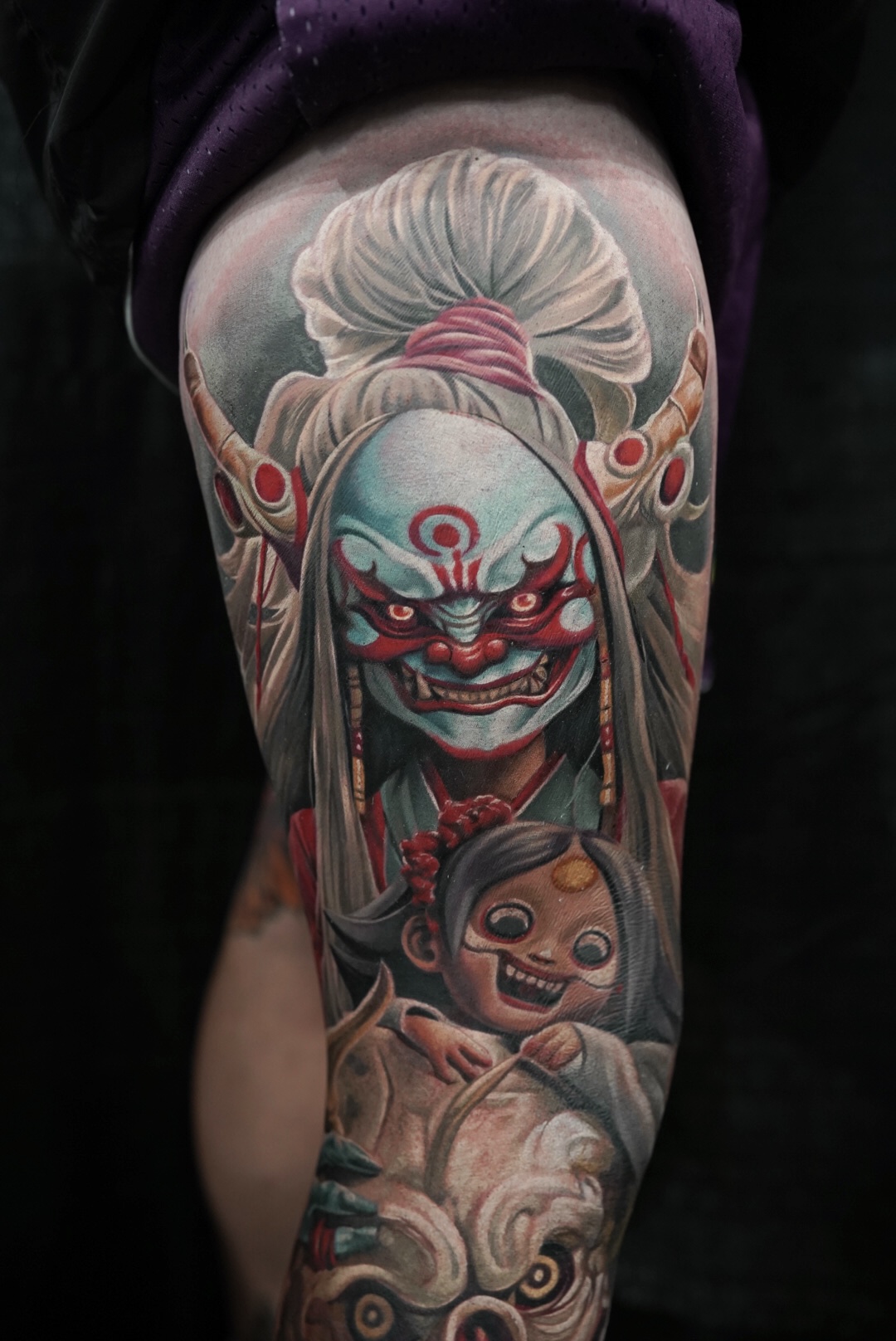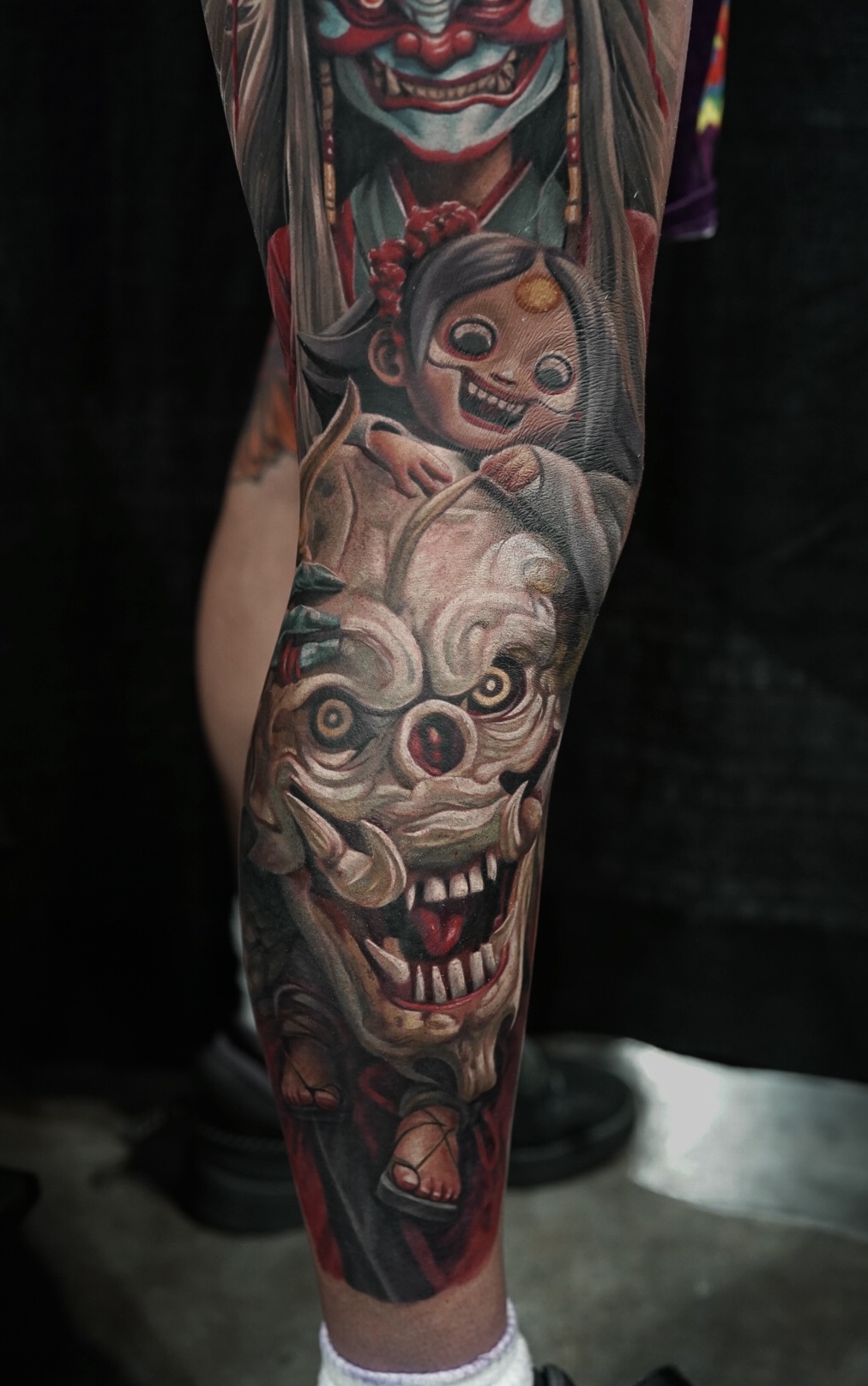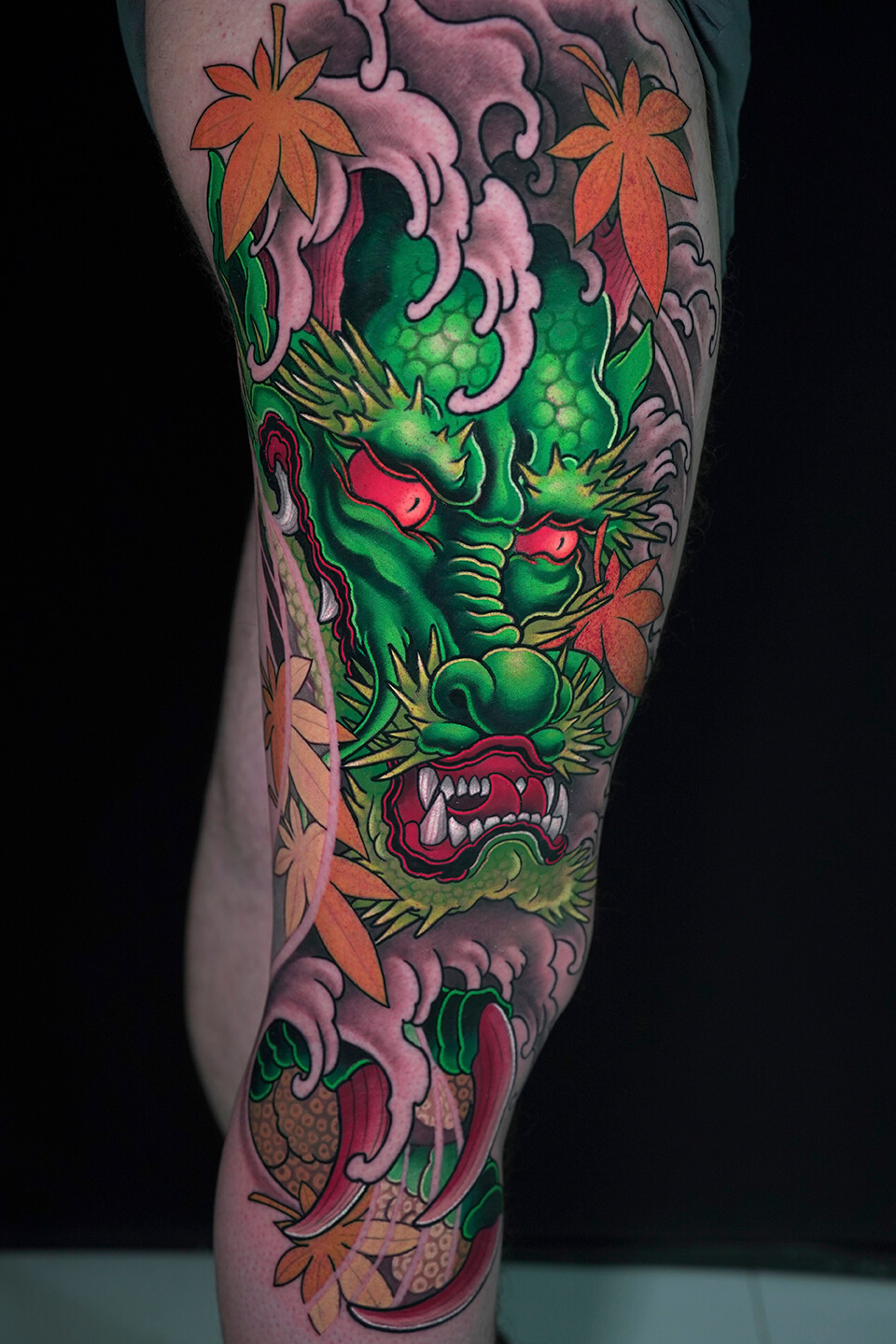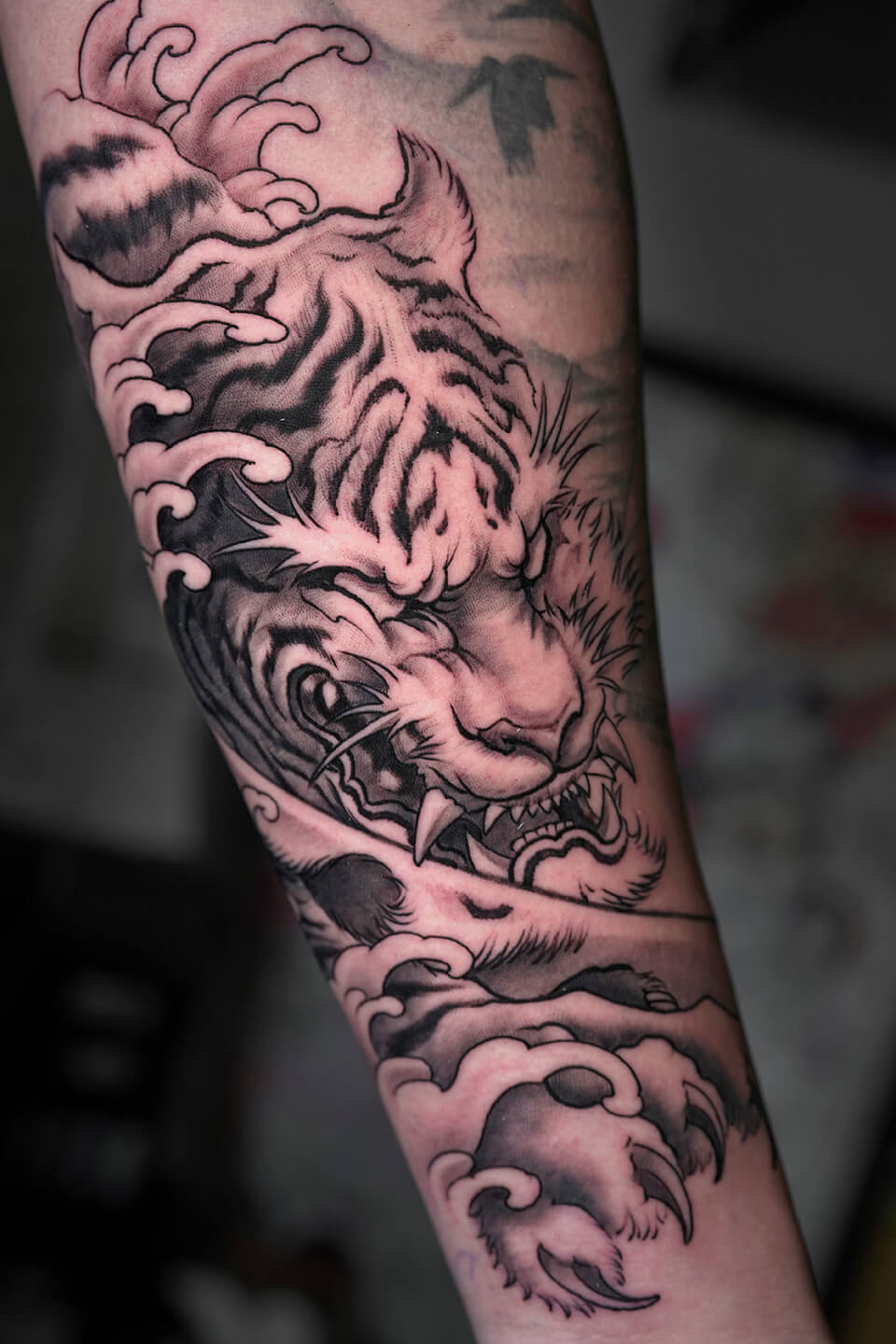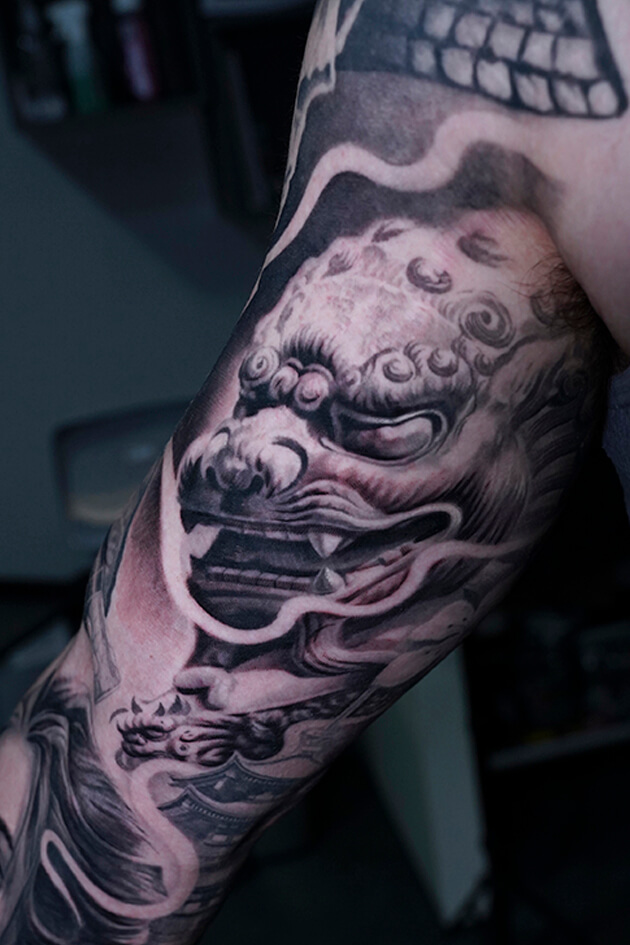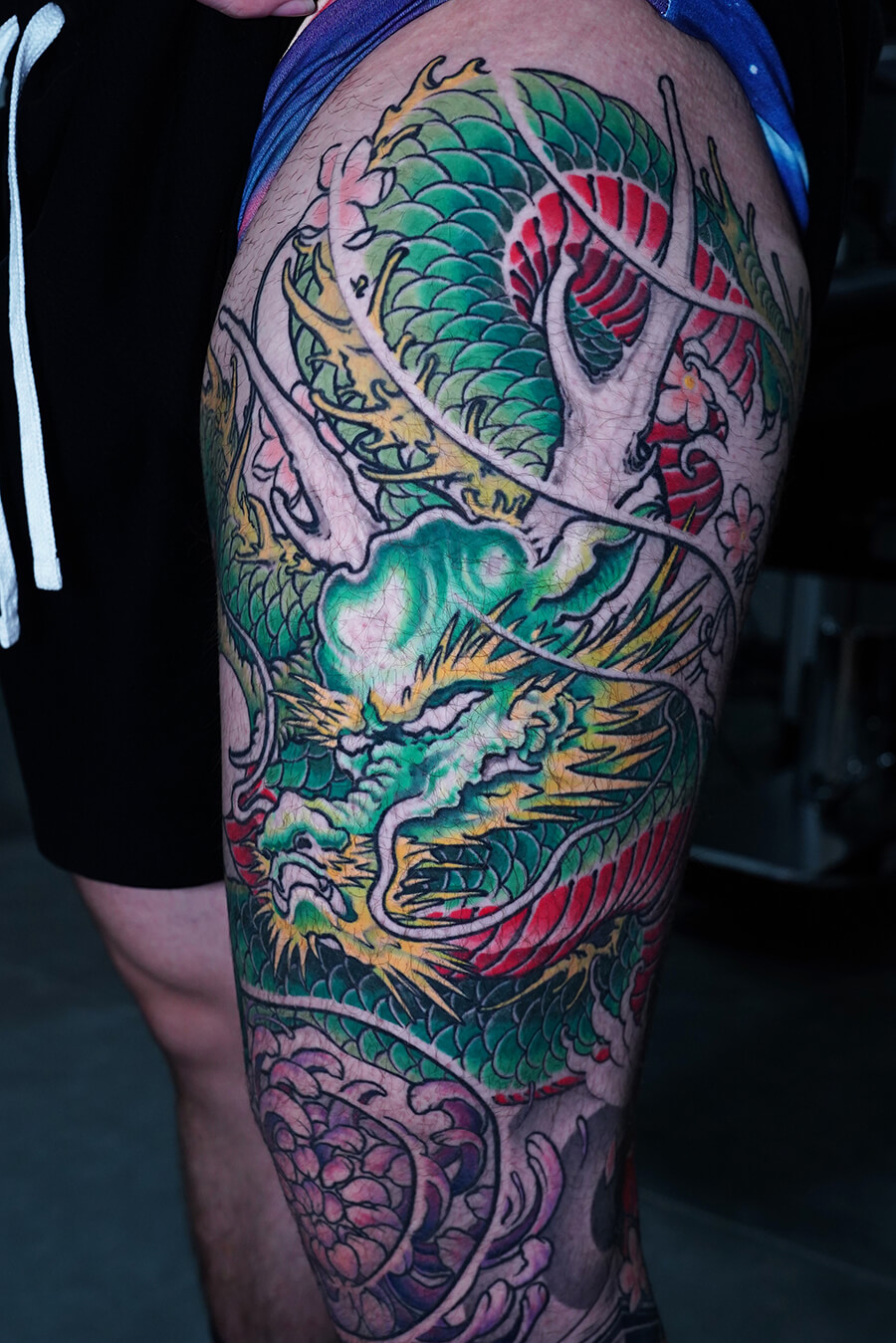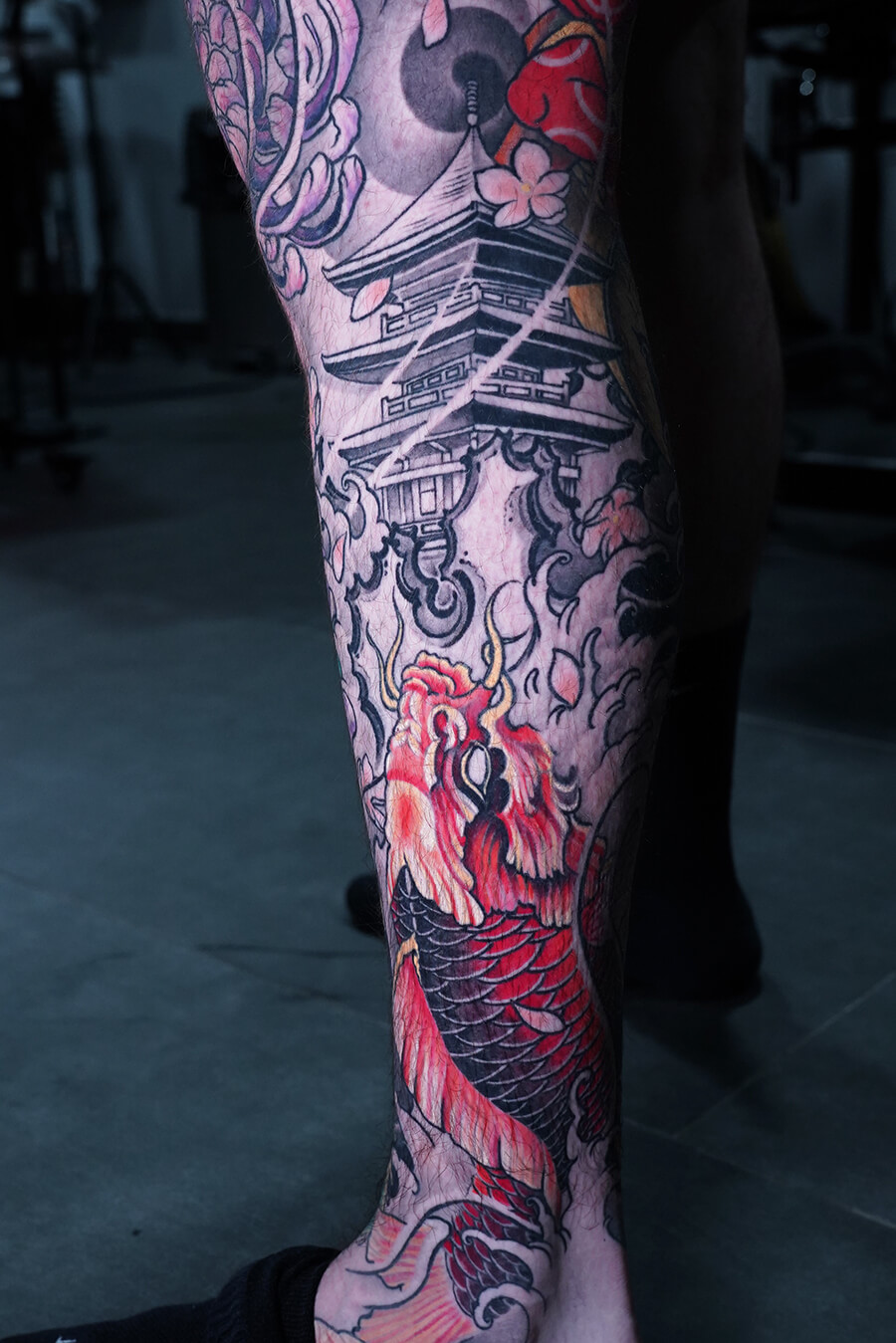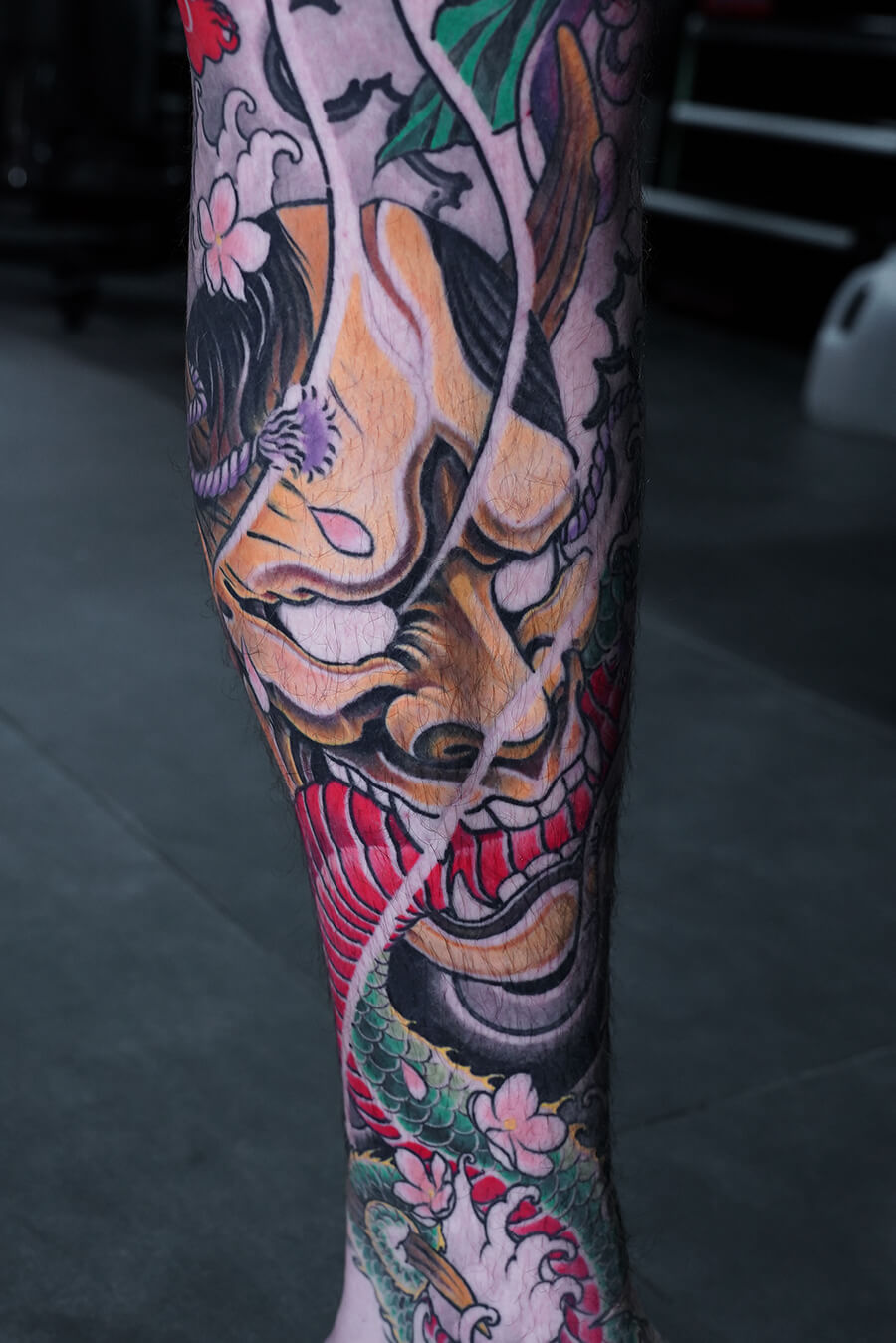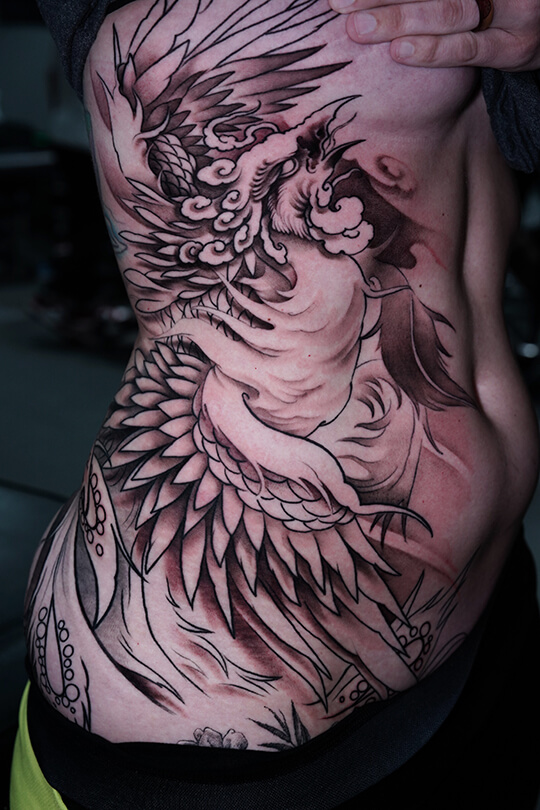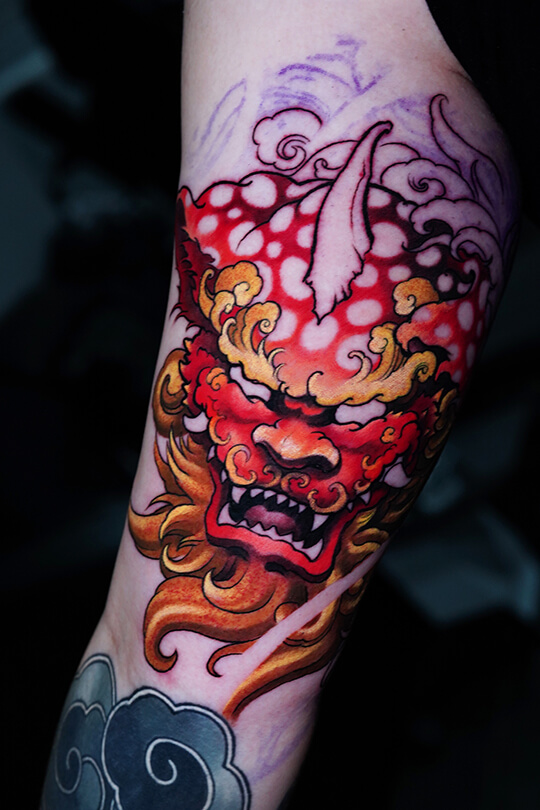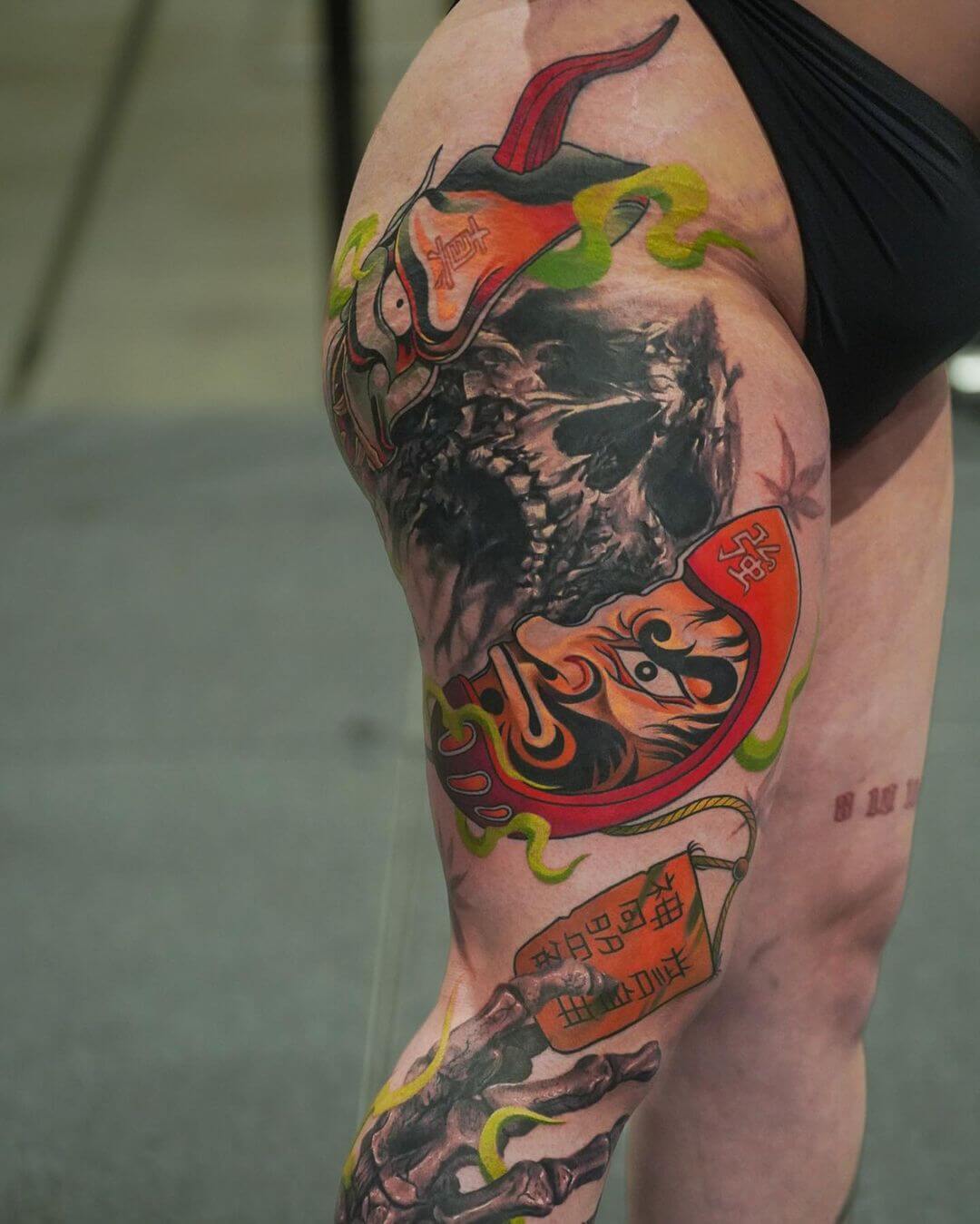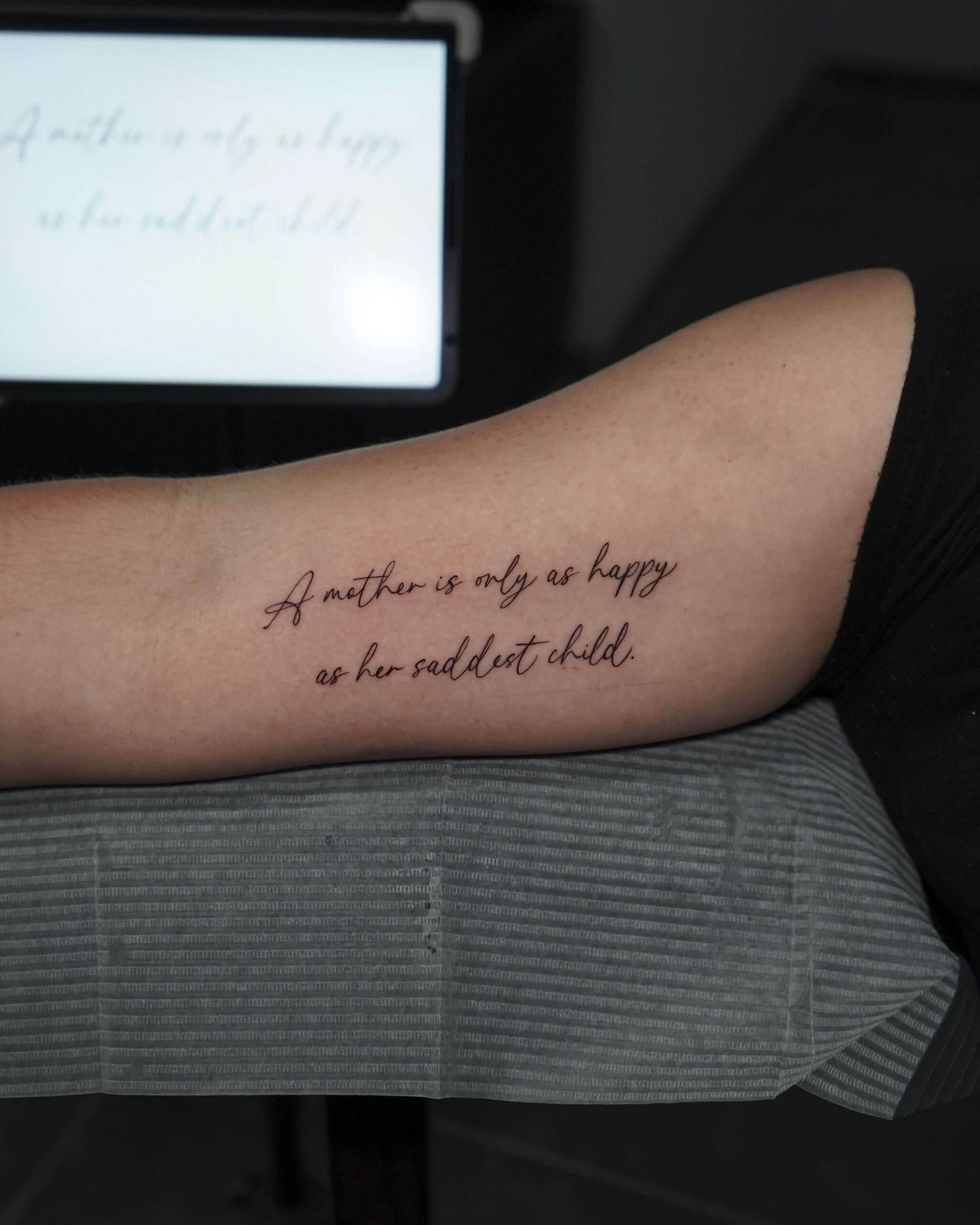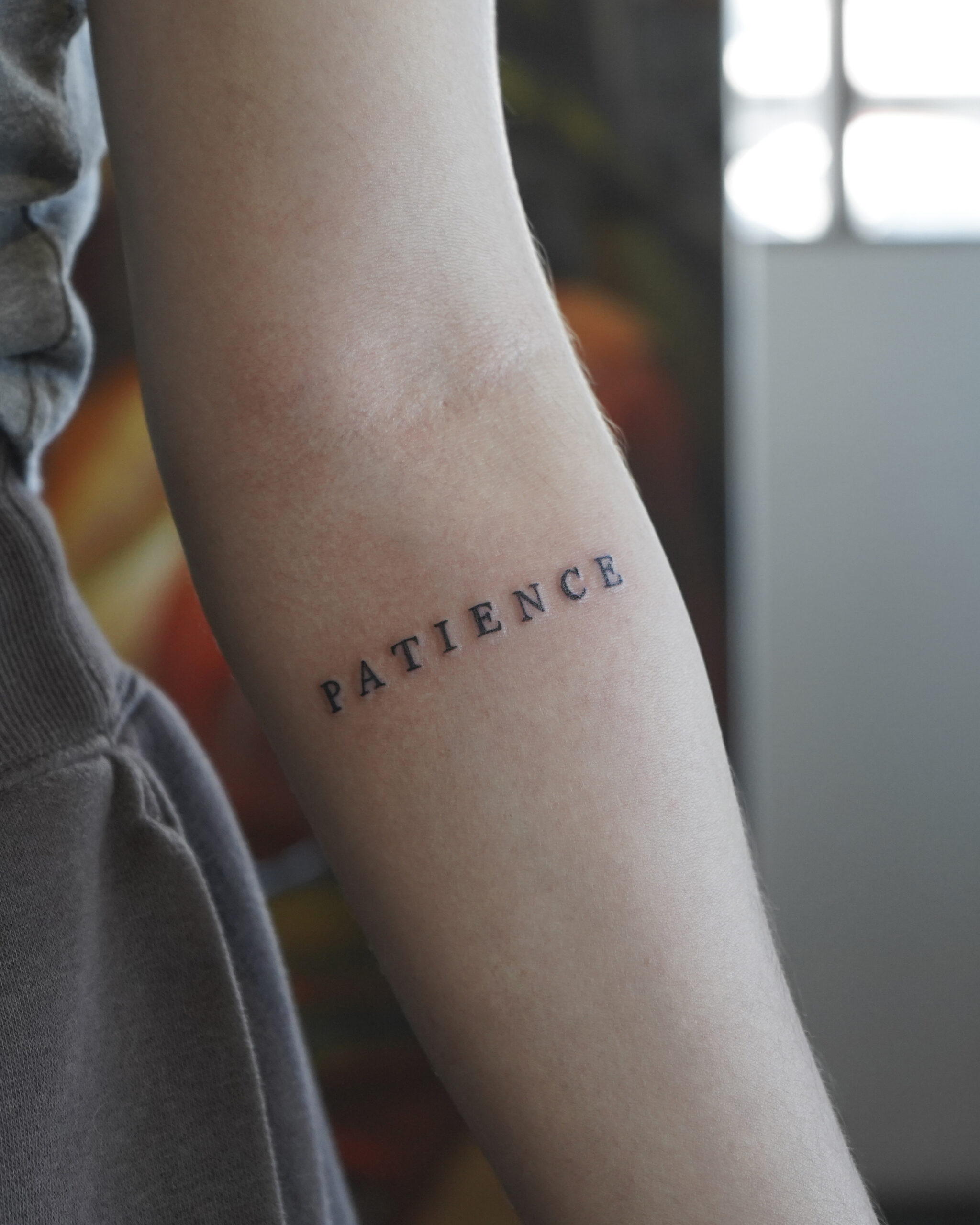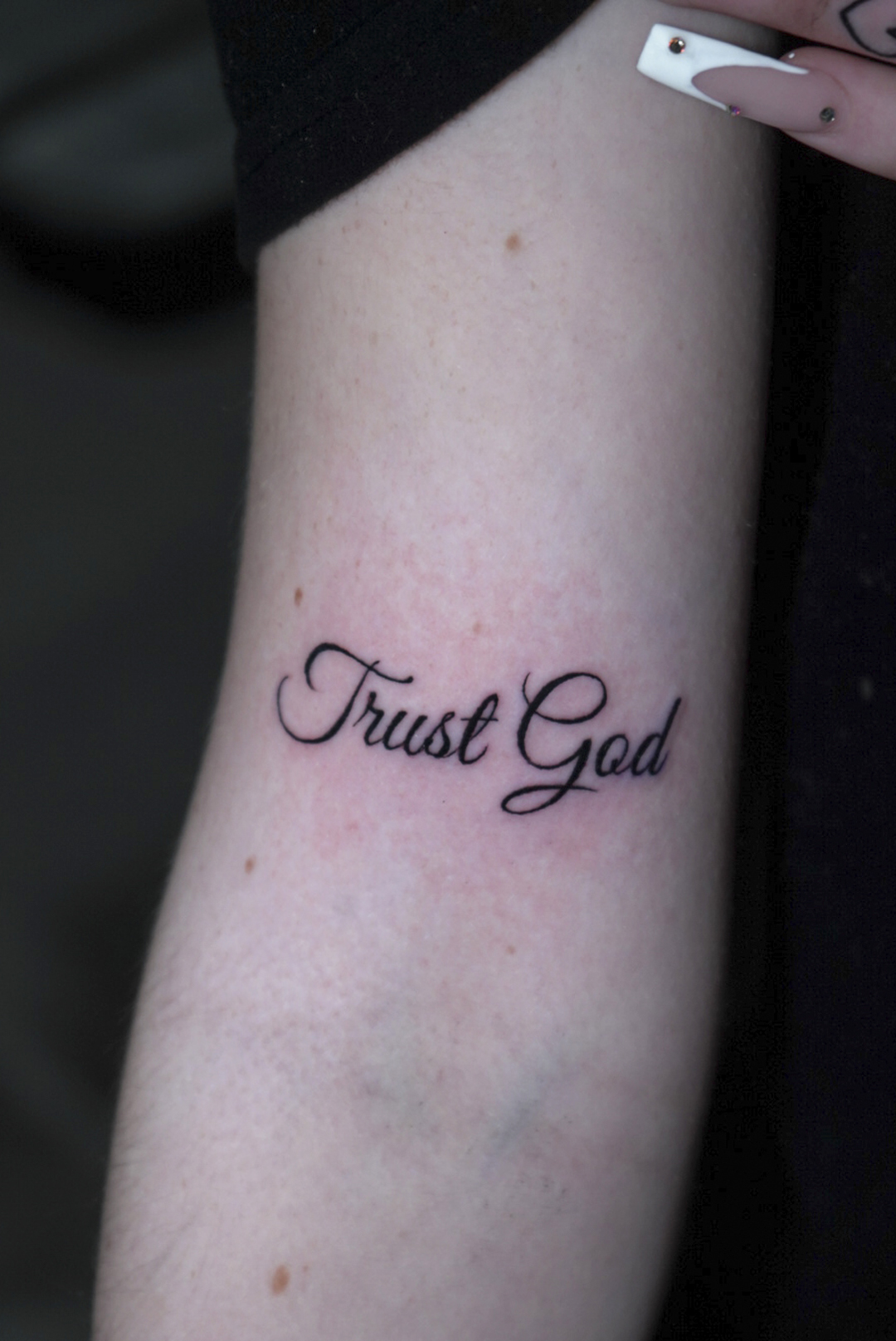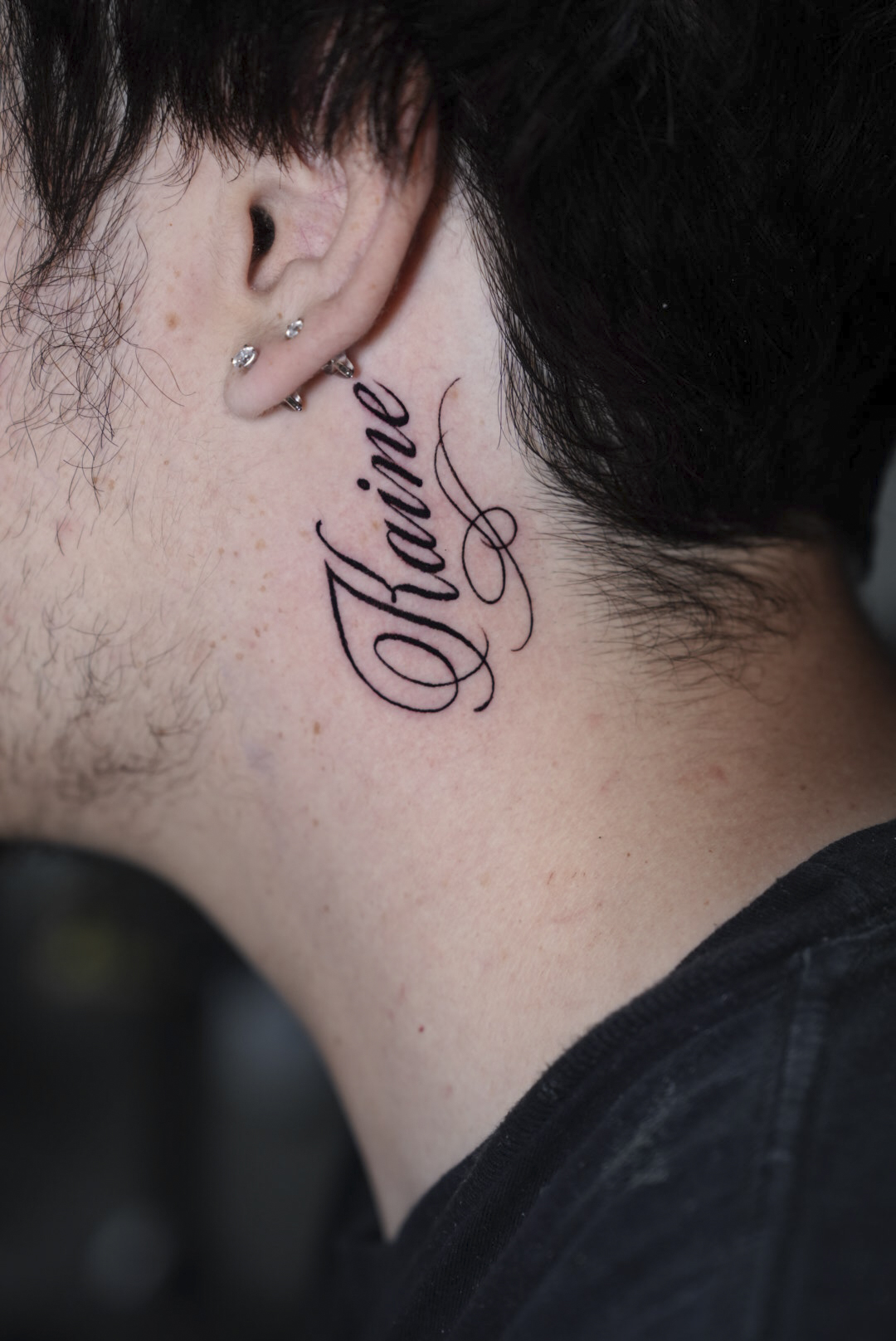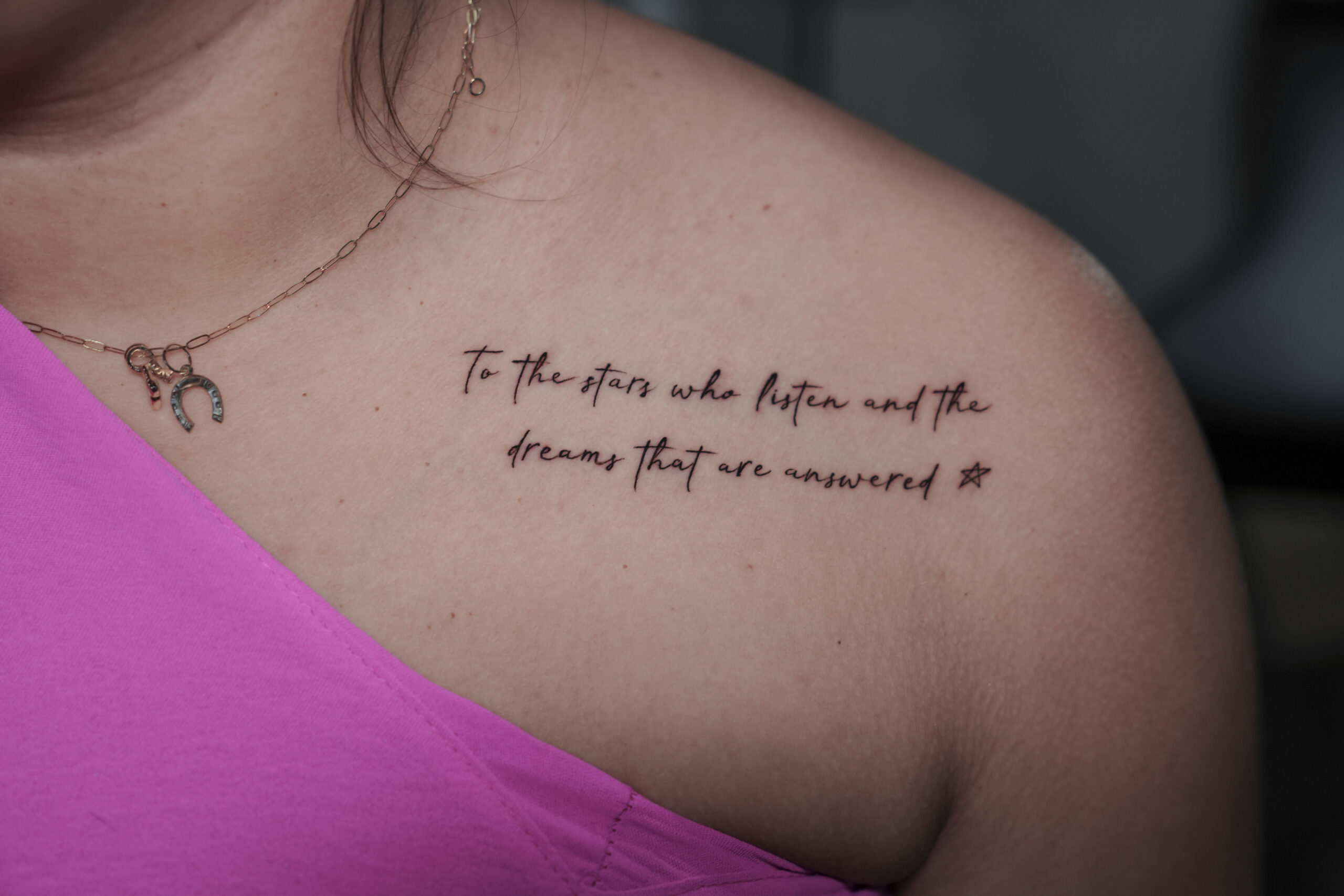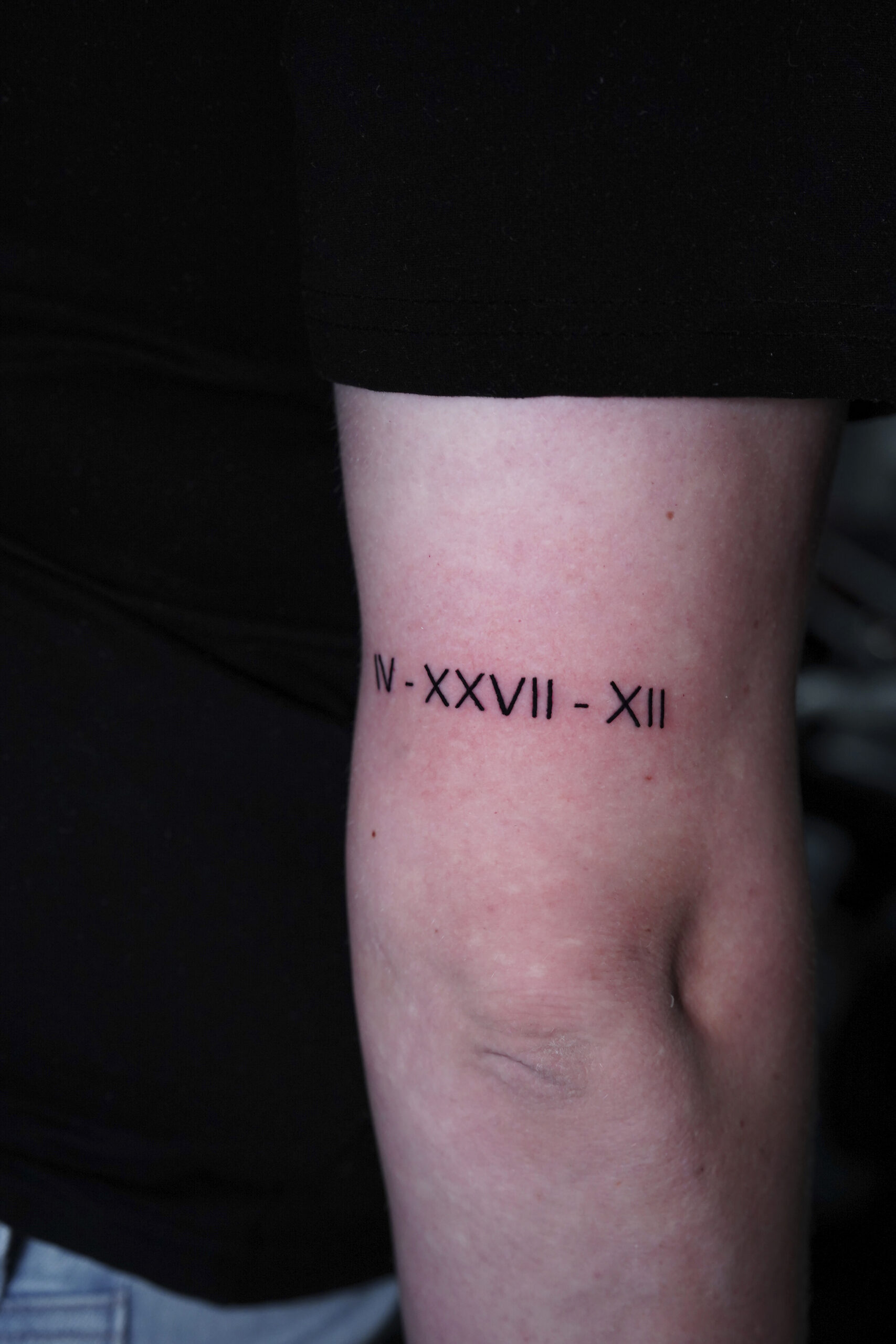Knowing how to message a tattoo artist effectively is absolutely essential because clear communication lays the foundation for bringing your vision to life accurately. It prevents misunderstandings about your design ideas, respects the artist’s valuable time, and sets a professional tone for your collaboration. Providing comprehensive details upfront—like your concept, desired size, placement, style preferences, and reference images—is incredibly important. This detailed approach avoids frustrating back-and-forth emails, allows the artist to quickly understand your request and determine if they’re the right fit, and ultimately streamlines the entire booking process. It saves time and ensures you and the artist are perfectly aligned from the very start.

What Information to Include When Messaging a Tattoo Artist?
As one of the best tattoo parlors in San Antonio, with over 15 years of experience, the best advice Hyper Inkers wants to give you is when you first contact a tattoo artist, think of it as providing a creative brief. The more relevant information you give, the better they can understand your needs. Here’s a checklist of essential details to include:
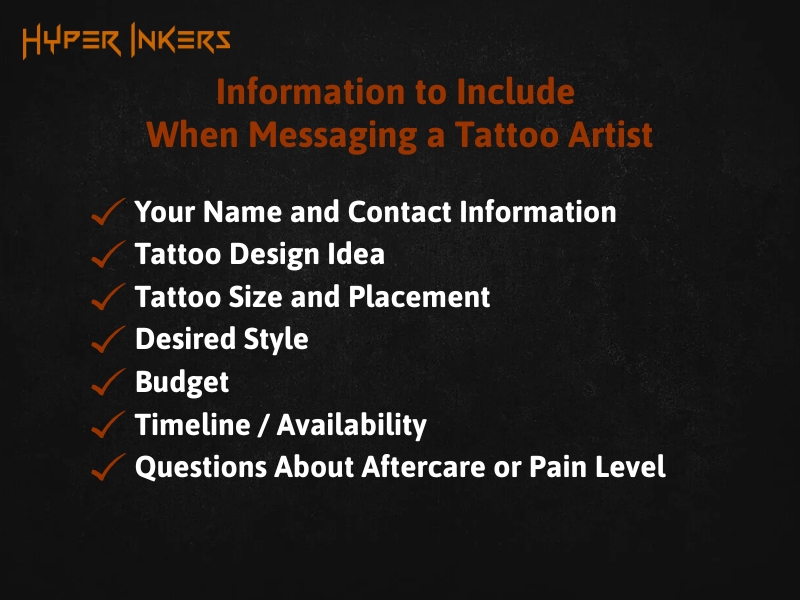
- Your Name and Contact Information: Start with the basics—your full name, preferred email address, and phone number so the artist can easily respond and manage your inquiry.
- Tattoo Design Idea: Briefly describe the main subject or concept of your desired tattoo. Explain the elements you want included and specify if you prefer black and grey or color. Attaching reference images that illustrate the concept, style, or specific elements is highly recommended.
- Tattoo Size and Placement: Be specific about the exact location on your body where you want the tattoo (e.g., “inner left forearm,” “right shoulder blade”). Provide the approximate size in inches or centimeters (e.g., “around 4×3 inches”). Including a clear photo of the placement area is very helpful, especially for complex areas or cover-ups.
- Desired Style: Clearly indicate the artistic style you envision for your tattoo. Examples include American traditional, realism, illustrative, watercolor, tribal, geometric, fine line, etc. Referencing the artist’s own work that matches your preferred style is also beneficial.
- Budget: Being upfront about your approximate budget or price range helps the artist determine feasibility and manage expectations. If you’re unsure, you can inquire about their hourly rate or minimum charge for appointments.
- Timeline / Availability: Mention your general availability for a consultation or the tattoo appointment itself. Include any specific date preferences or constraints, or state if your schedule is flexible.
- Questions About Aftercare or Pain Level: If you have specific questions about the healing process, recommended aftercare products, or concerns about pain levels for the chosen placement, feel free to include them politely in your initial message.
Learn more: The important questions to ask your tattoo artist?
Crafting Your Message
Crafting tattoo inquiry messages requires 4 specific components: clear subject lines, professional greetings, detailed design descriptions, and budget discussions to secure appointments. Details below:
Writing a Clear Subject Line
Your subject line is the first thing the artist sees. Make it informative and easy to scan. A vague subject like “Tattoo” or “Hi” can easily get lost in a busy inbox. The best approach is to be direct and include key information.
Format: Tattoo Inquiry – [Your Name] – [Brief Description/Placement]
Examples:
- Tattoo Inquiry – Jane Doe – Floral Sleeve Concept
- Booking Request – John Smith – Black & Grey Lion on Forearm
- Tattoo Consultation – Alex Ray – Cover-up on Ankle
This format immediately tells the artist who you are and the basic nature of your request, helping them organize inquiries efficiently.
Greeting and Introduction
Start with a polite and professional greeting. Addressing the artist by name shows you’ve done your research.
Example:
Dear [Artist’s Name],
Hello [Artist’s Name],
Briefly introduce yourself and state the purpose of your message clearly.
Example:
My name is [Your Name], and I’m writing to inquire about booking a tattoo appointment with you. I’ve been following your work on [platform, e.g., Instagram] and really admire your [specific style/aspect, e.g., fine line work or vibrant color style].
Describing Your Tattoo Idea
This is the core of your message. Elaborate on the details you gathered earlier. Describe the subject matter, style, size, and placement clearly. Explain the concept or meaning behind the tattoo if it’s relevant. Remember to mention if it’s black and grey or color. Be detailed but concise—avoid overly long or rambling descriptions. Refer to the reference images you’ve attached.
Example:
I’m interested in getting a tattoo of a [subject, e.g., barn owl in flight] on my [placement, e.g., outer right forearm]. I’m looking for a size of approximately [size, e.g., 5 inches tall by 3 inches wide]. I love your illustrative style with detailed line work and would prefer this piece in black and grey. I’ve attached a few reference images for the owl’s pose and the general aesthetic I like. The idea is to represent wisdom and vigilance.
Learn more: Understanding the process of getting a tattoo will help you communicate more effectively about your expectations and timeline.
Discussing Budget and Timeline
Address budget and scheduling directly but politely. If you’re unsure, ask about their process.
Example:
My budget for this piece is around [budget range, e.g., $400–$600], but I’m flexible depending on the final design and sizing. Could you please let me know if this aligns with your rates or provide information on your hourly pricing? Regarding scheduling, I’m generally available on [days of the week/specific dates] but can adjust for the right appointment.
Learn more: What is a tattoo consultation? to helps you prepare for this discussion, as consultations allow artists to provide accurate quotes based on your specific requirements
Closing the Message
End your message politely. Thank the artist for their time and consideration. Reiterate your contact information and express your enthusiasm for working with them.
Example:
Thank you for taking the time to review my request. I’ve attached the reference images mentioned above. Please let me know if you require any further information. I’m excited about the possibility of working with you and look forward to hearing from you soon.
Best regards,
[Your Name] [Your Email] [Your Phone Number (optional)] [Link to Instagram/portfolio (optional)]Common Mistakes to Avoid When Messaging a Tattoo Artist
To communicate effectively with your tattoo artist, it’s crucial to know the common mistakes to avoid and a big part of that is knowing what not to ask your tattoo artist. This ensures your inquiry will be received professionally and helps streamline the consultation process.
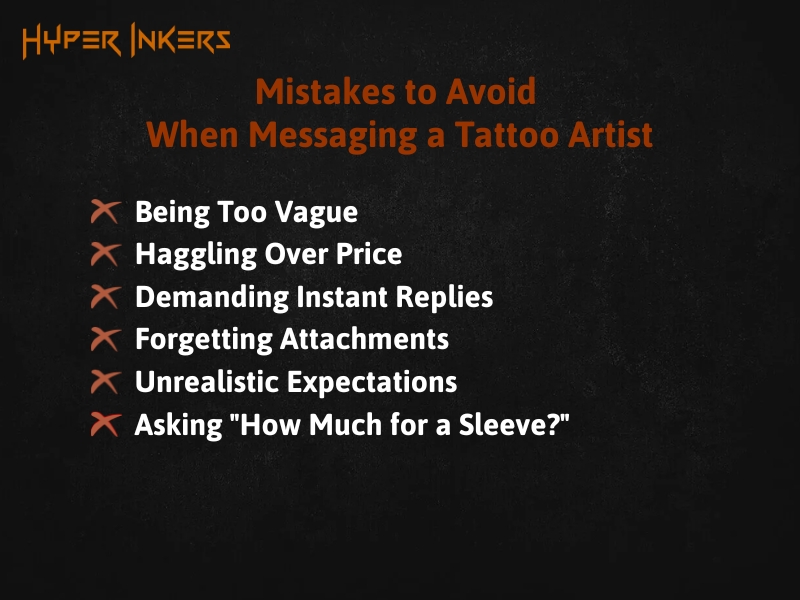
- Being Too Vague: Messages like “I want a cool tattoo, what can you do?” are too unclear. Provide specifics.
- Haggling Over Price: Respect the artist’s rates. Polite budget discussion is fine, but aggressive negotiation is unprofessional.
- Demanding Instant Replies: Artists are often busy. Give them a reasonable amount of time to respond.
- Mass Messaging Artists: Don’t copy-paste the same generic message to multiple artists. Personalize your message.
- Forgetting Attachments: Double-check that you’ve actually attached reference images you mention.
- Unrealistic Expectations: Understand that tattoos are interpretations. Artists won’t duplicate others’ work exactly.
- Asking “How Much for a Sleeve?”: Large projects require consultation. Begin by sharing your concept instead.
FAQs
Should I Email a Tattoo Artist to Book in With Them?
Yes. Email is often the preferred method for detailed inquiries. It allows you to include reference images and a written record. Always check the artist’s preferred contact method, which is usually listed on their website or social profiles.
What if I don’t get a reply from the tattoo artist?
Don’t worry—artists are often very busy. It’s okay to send a polite follow-up after 1–2 weeks. Keep it short and friendly. If there’s still no response after that, they may be too booked or not the right fit, and it’s okay to reach out to another artist respectfully.
Learn more: How to choose the right tattoo artist to turn your ideas into reality
Mastering the art of messaging a tattoo artist is fundamental to transforming your tattoo concept into reality. Adherence to the principles outlined in this guide—providing comprehensive details regarding your design, size, placement, style, and budget—ensures clarity and professionalism. This meticulous approach respects the artist’s expertise and schedule, streamlines the consultation process, and establishes a solid foundation for a collaborative and successful tattooing experience. Effective communication is the critical first step toward acquiring a piece of art that you will value.


